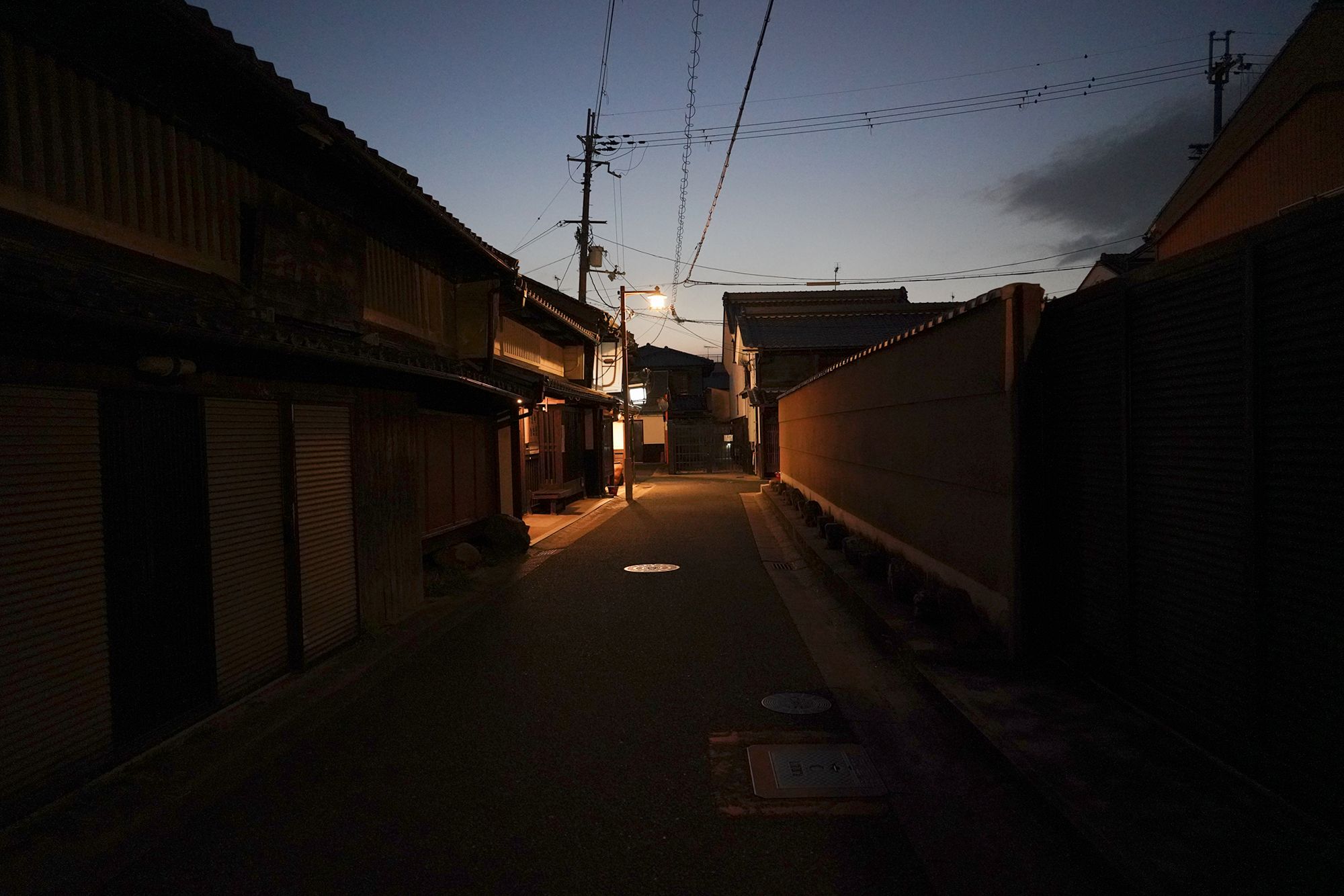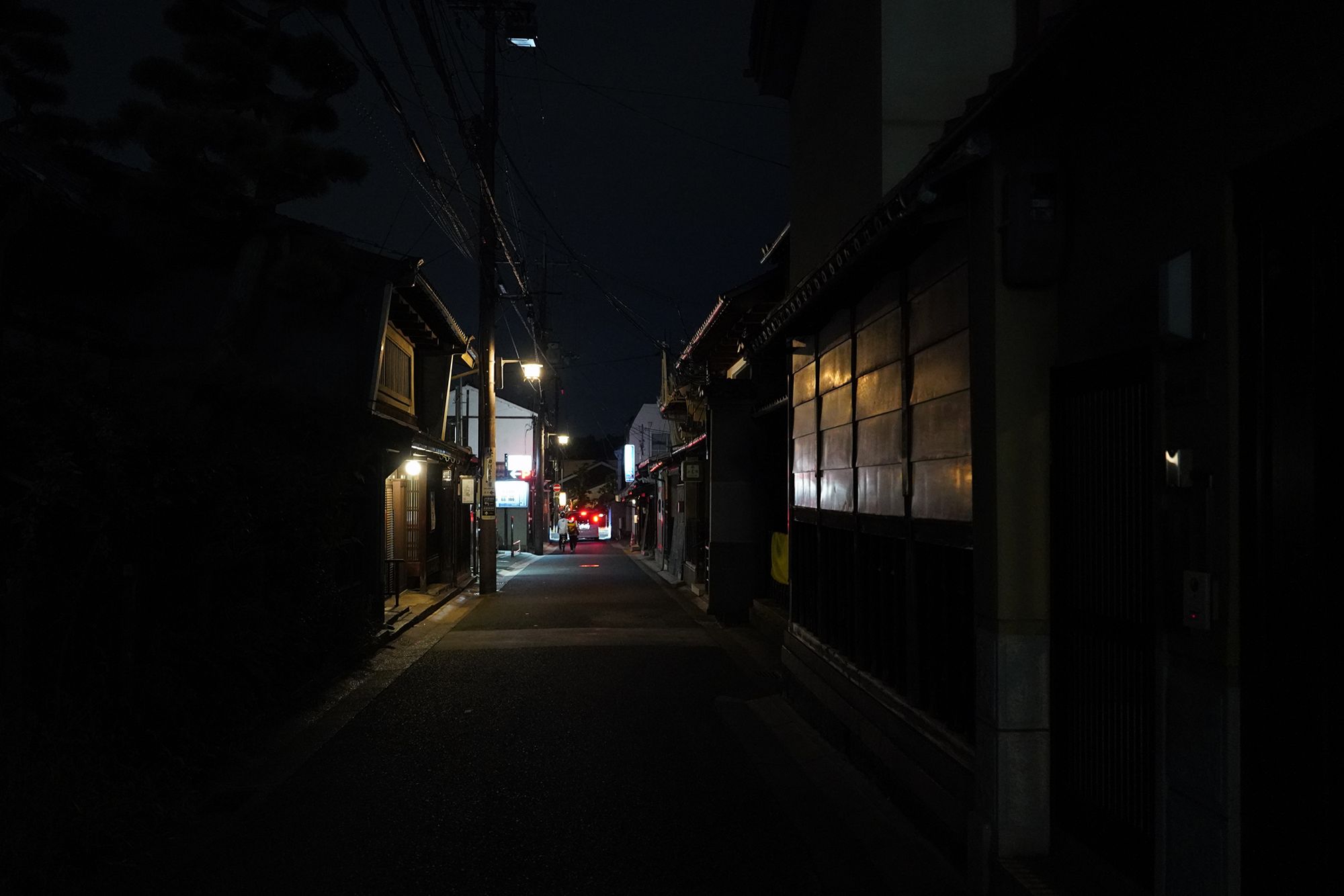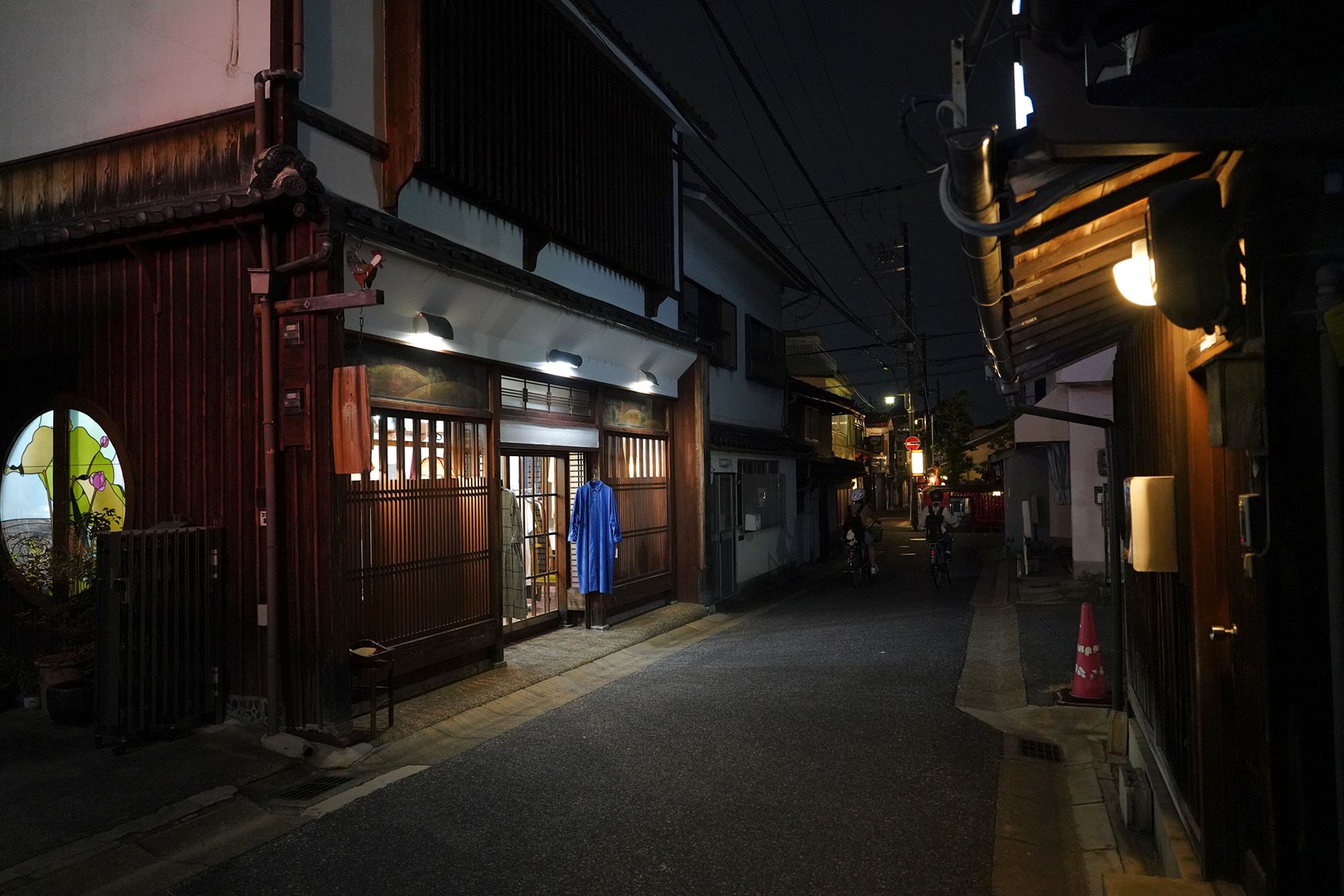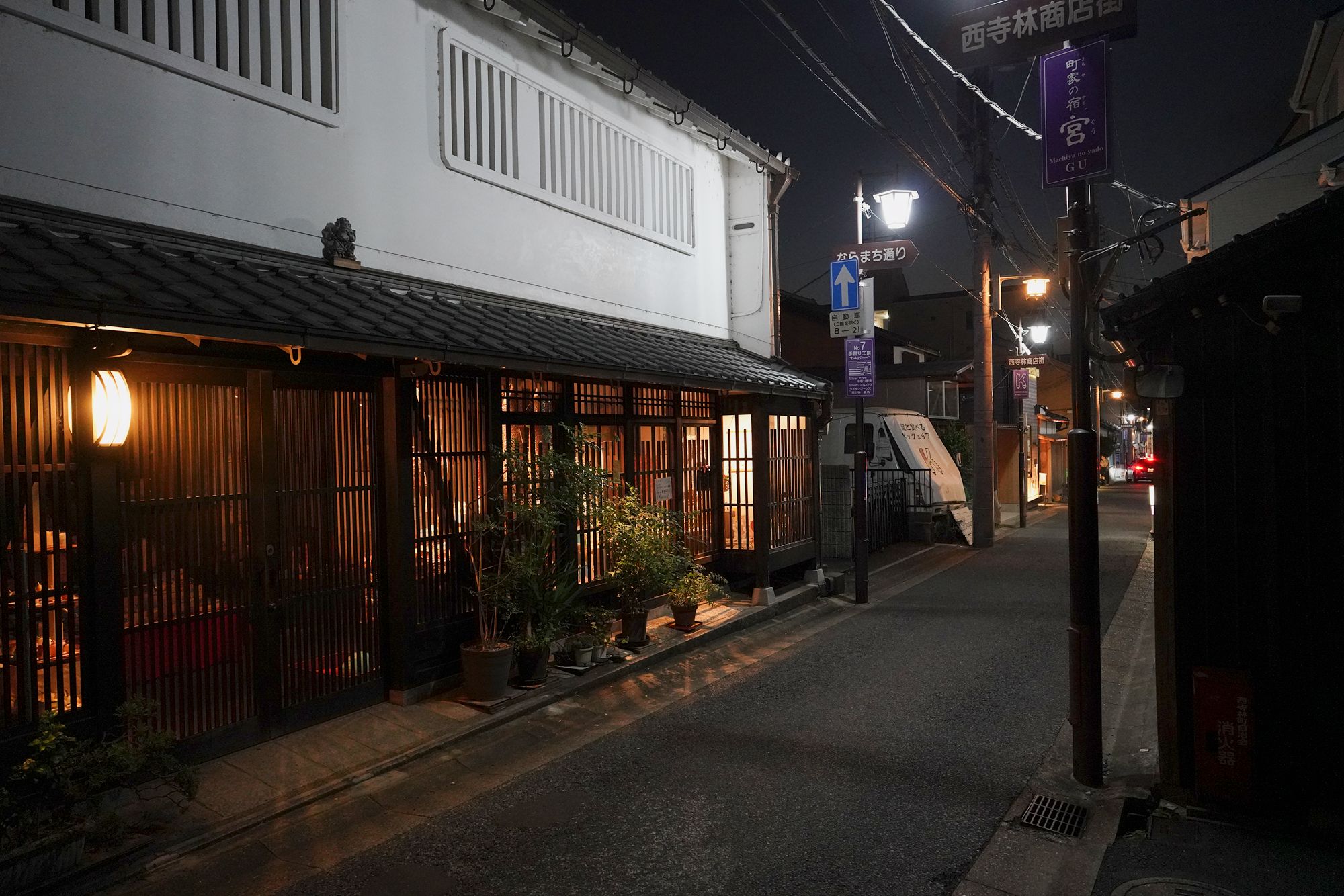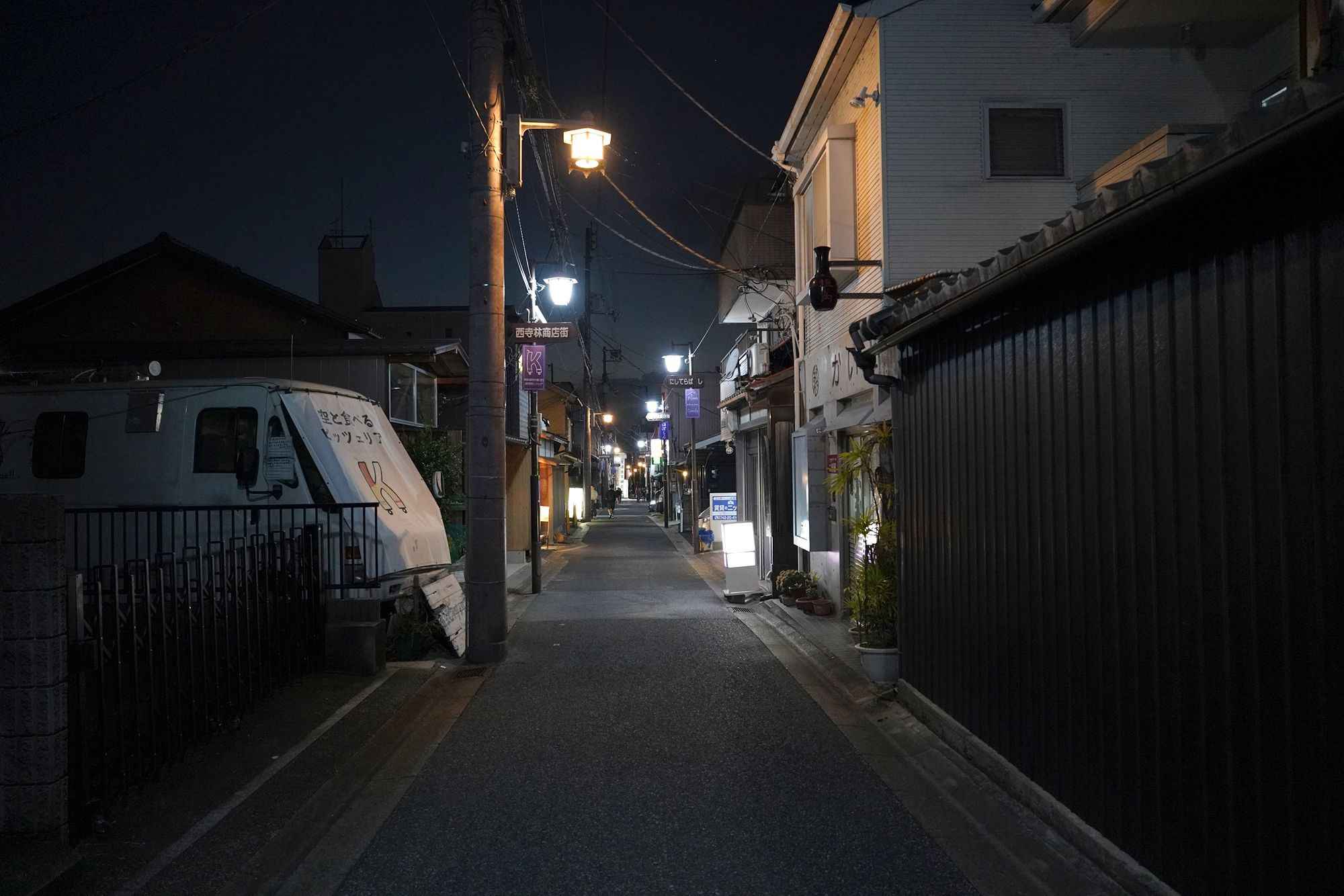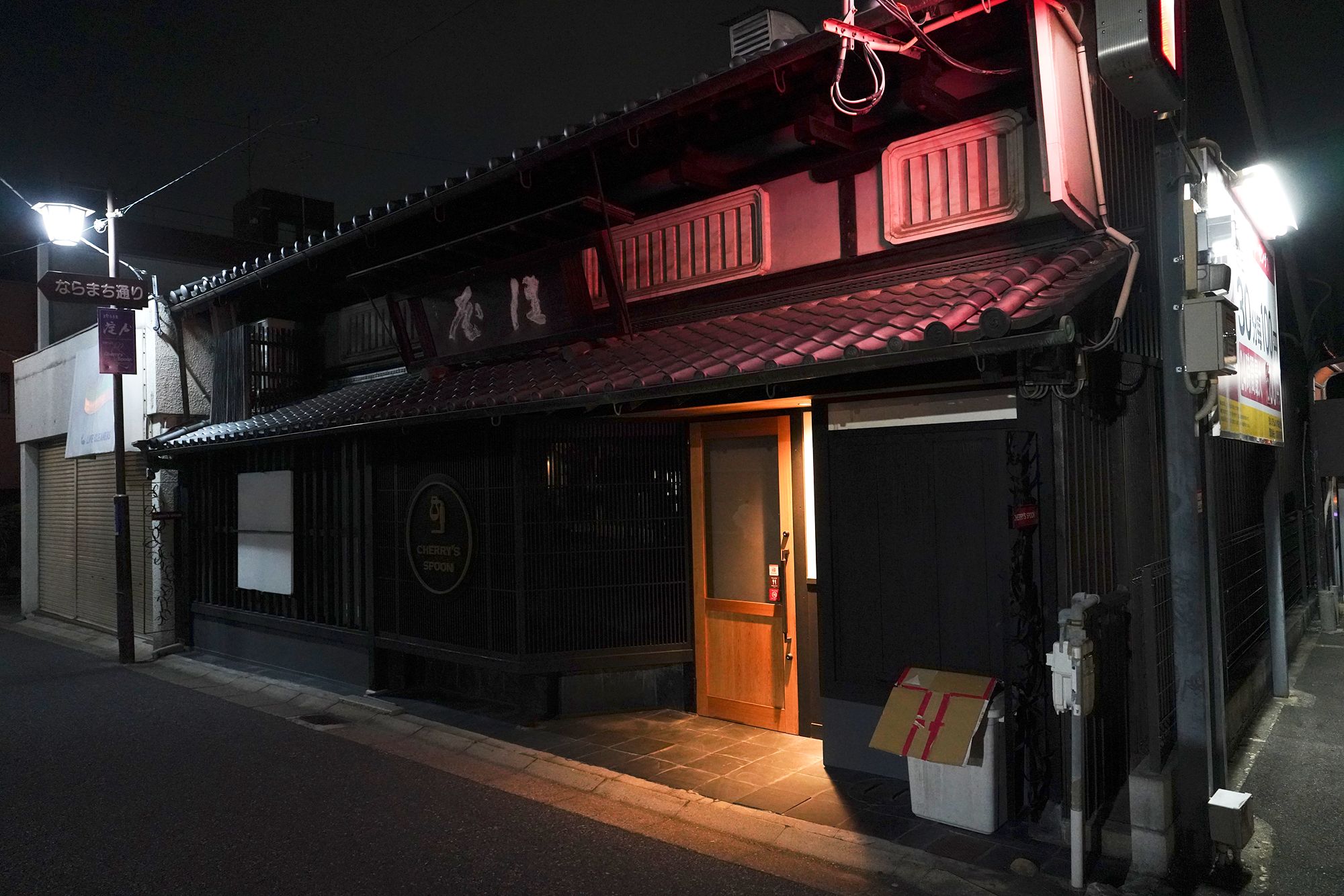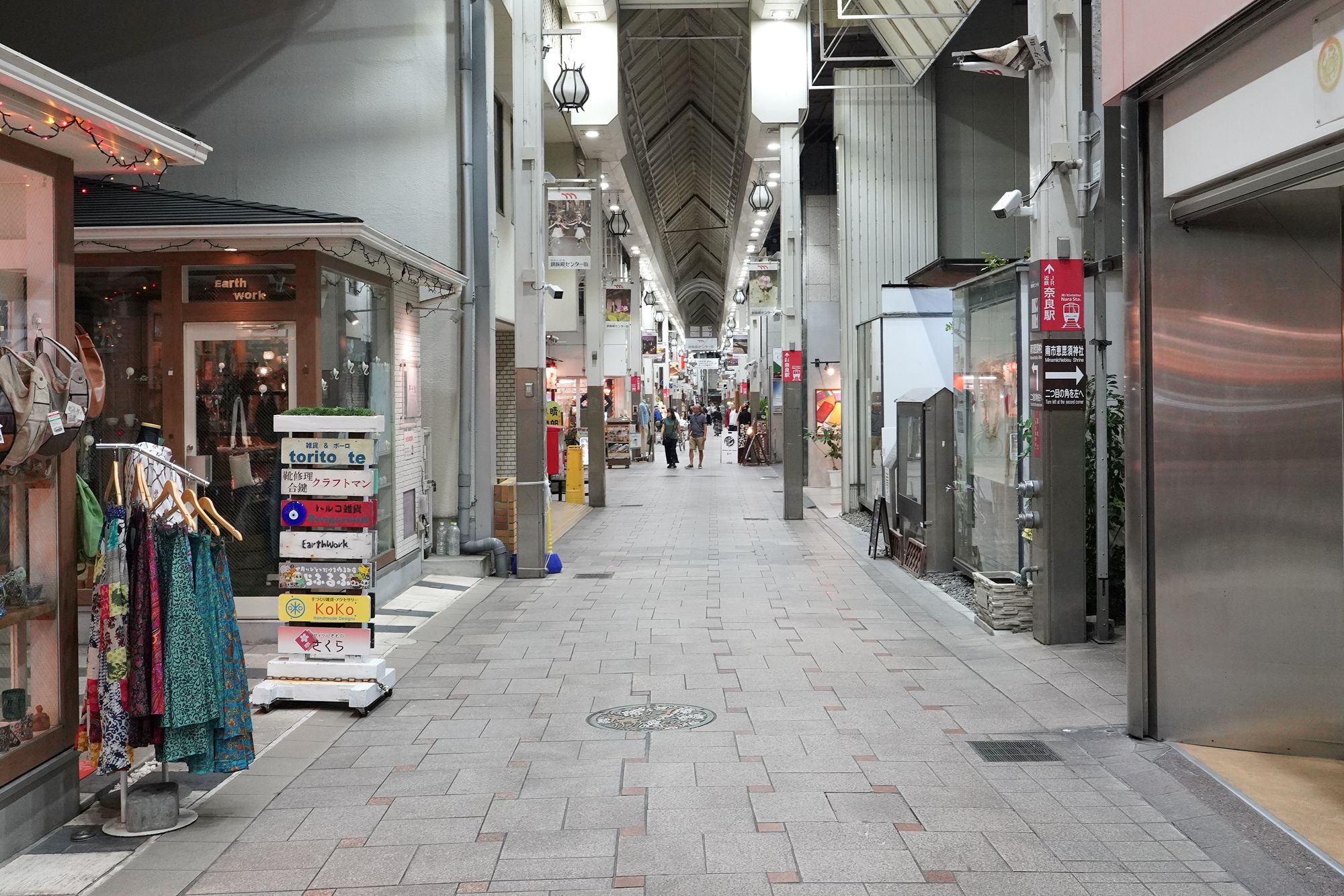Nara Day Trip from Osaka, Japan
Nara, Japan, is an ancient city known for its historic temples, deer-filled parks, and role as the country’s first permanent capital. 995
Nara Park: Nara, Japan
Yoshikien Garden: 60-1 Noboriojicho, Nara, 630-8213, Japan
Tōdai-ji Temple: 406-1 Zoshicho, Nara, 630-8587, Japan
Kasugataisha Shrine: 160 Kasuganocho, Nara, 630-8212, Japan
The Naramachi district: 5 Nakanoshinyacho, Nara, 630-8333, Japan
Date Picture Taken: September, 2024
Nara, Japan’s first capital, is conveniently accessible by train, making it a perfect day trip from Osaka. I arrived in Nara by train and walked from the station to the historic Nara area.
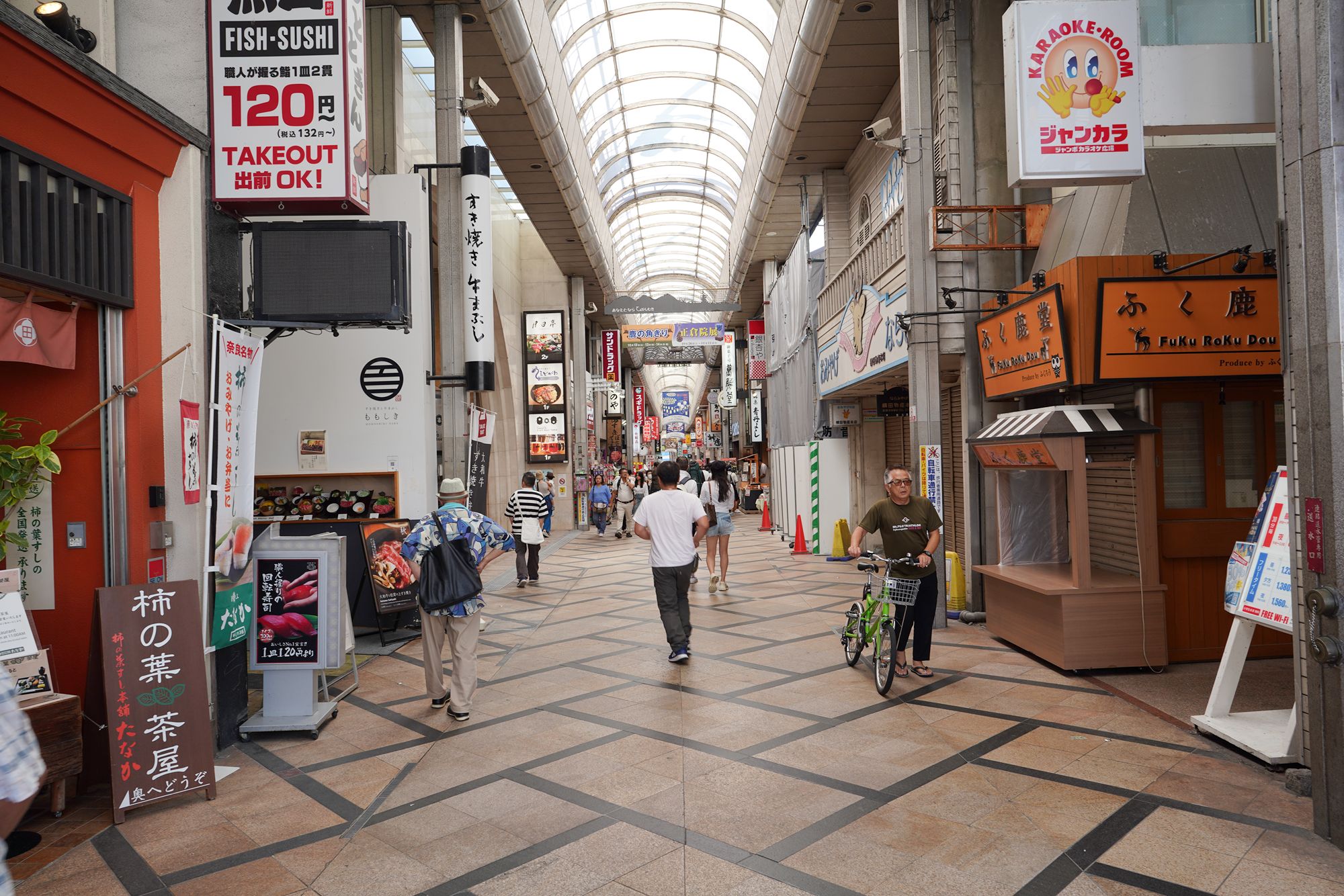
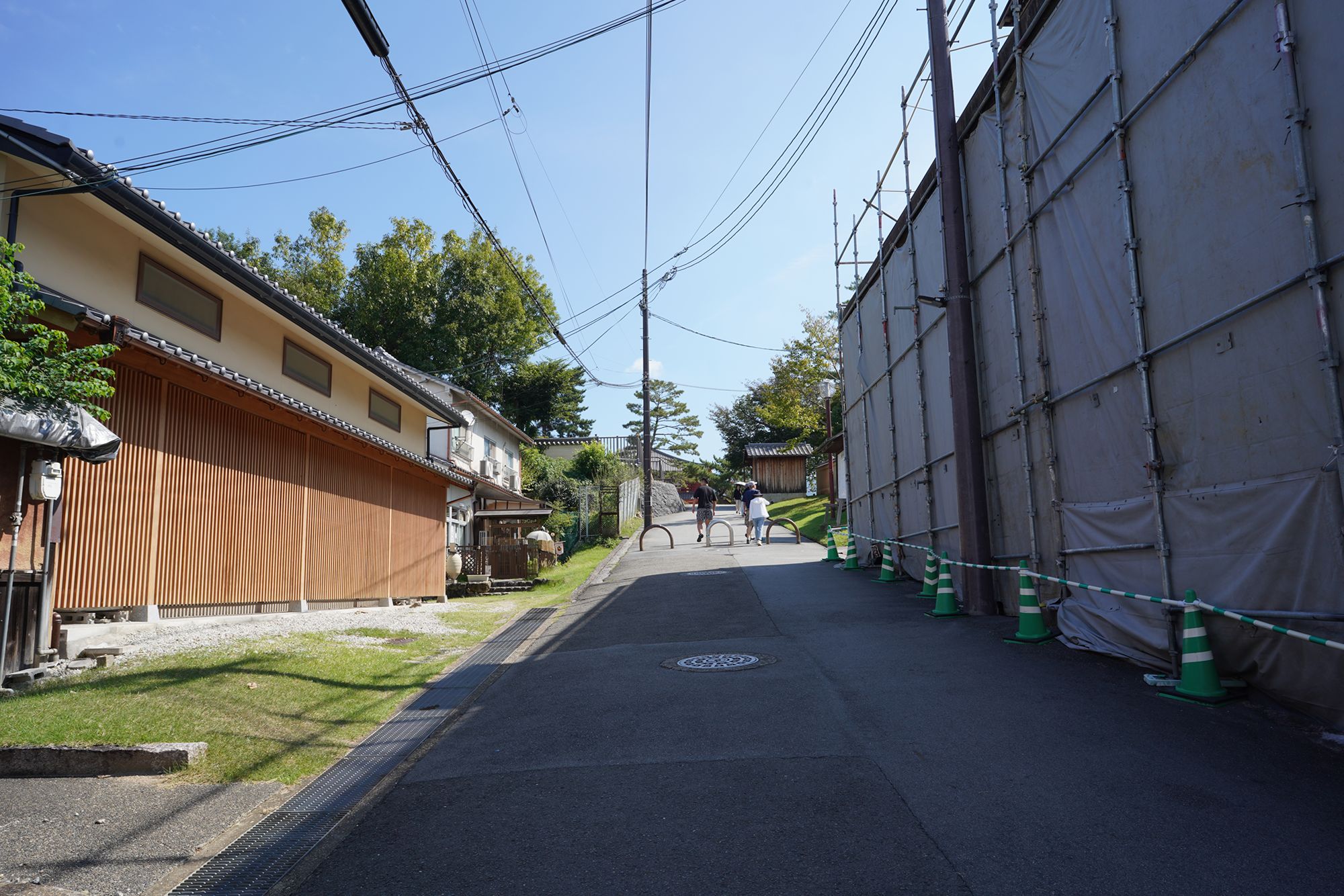
The first place I visited was the Kofuku-ji Temple (興福寺). It is one of Nara’s most iconic and historically significant Buddhist temples. Established in 710 CE by the influential Fujiwara clan, it is part of the UNESCO World Heritage Site “Historic Monuments of Ancient Nara.”
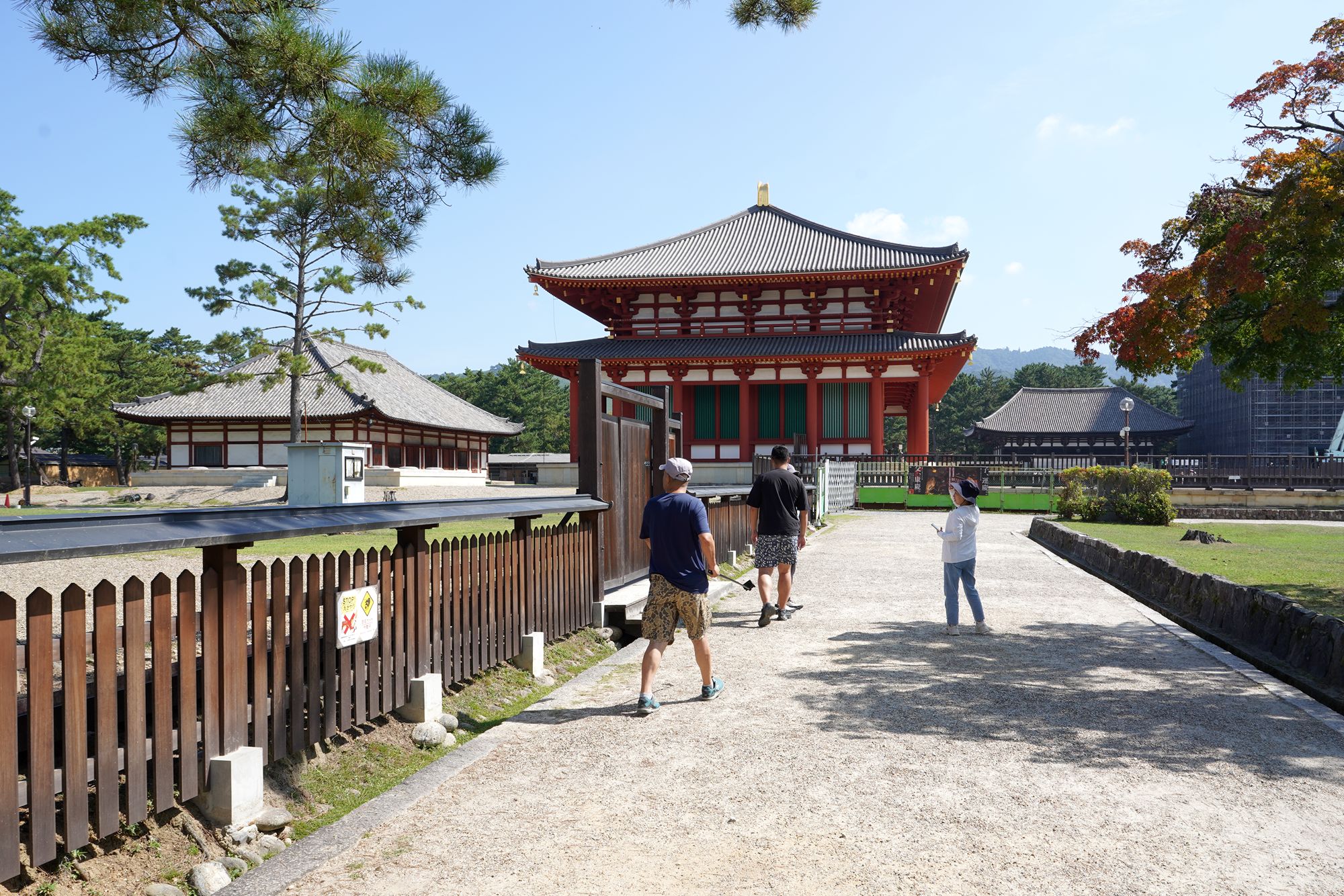
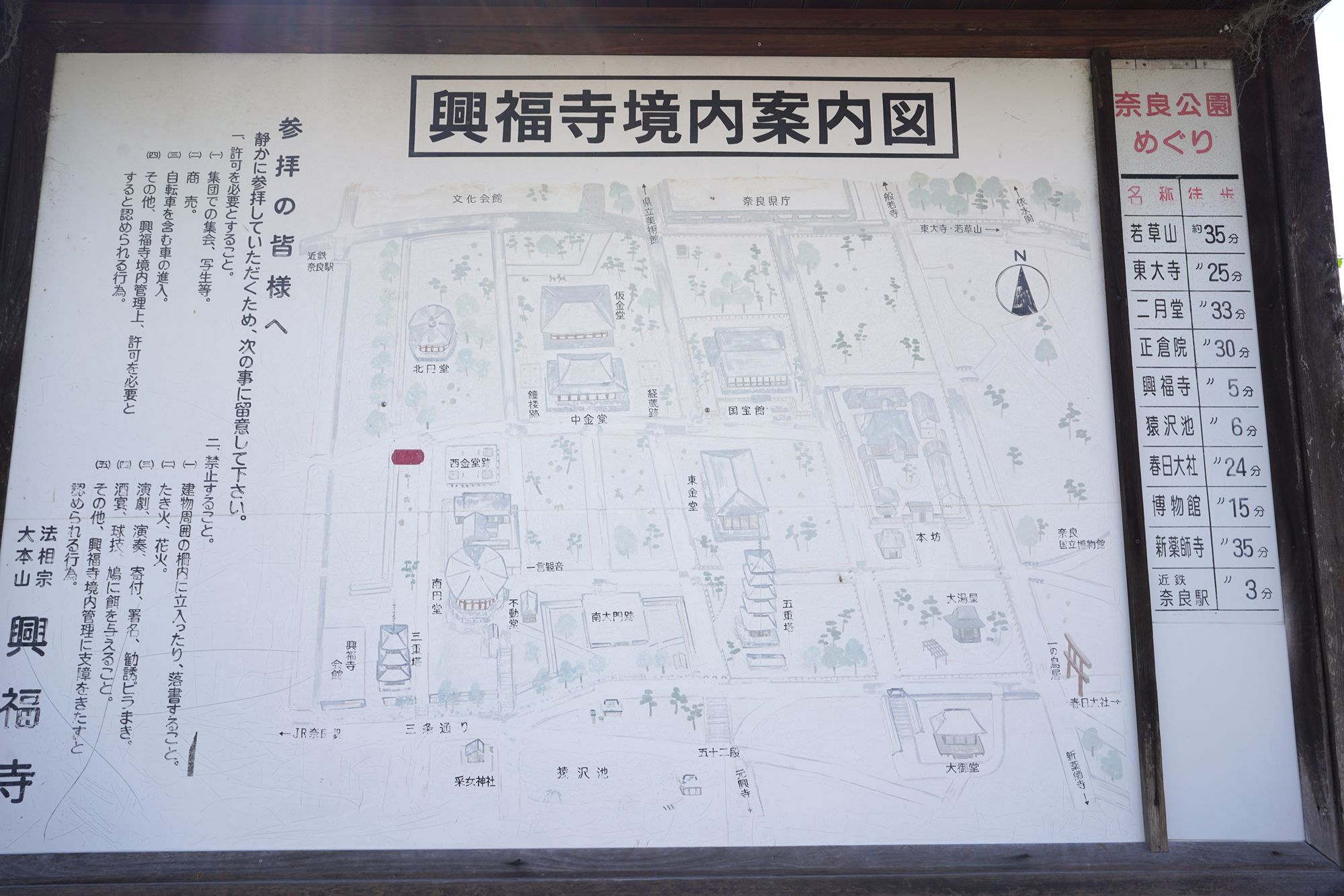
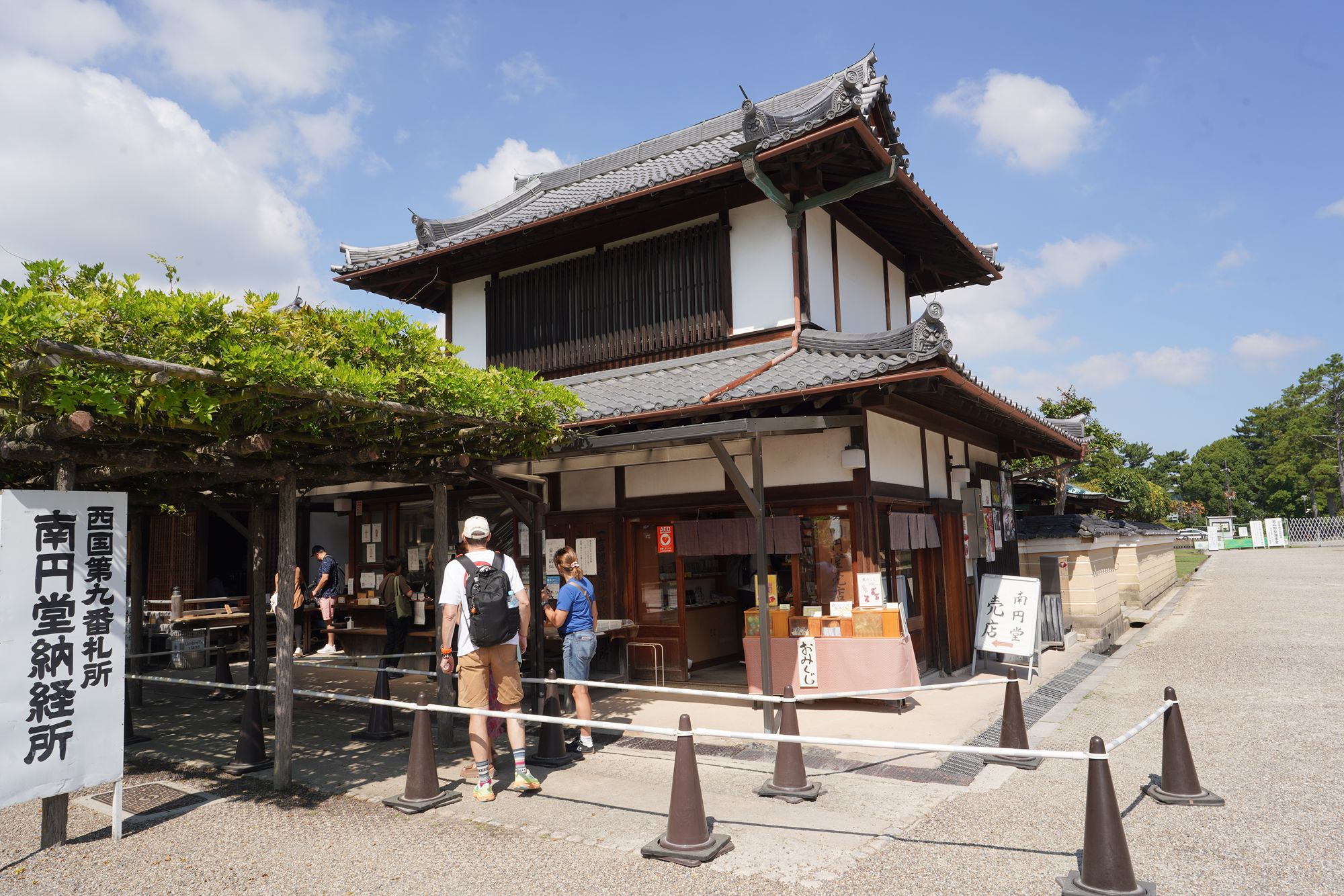
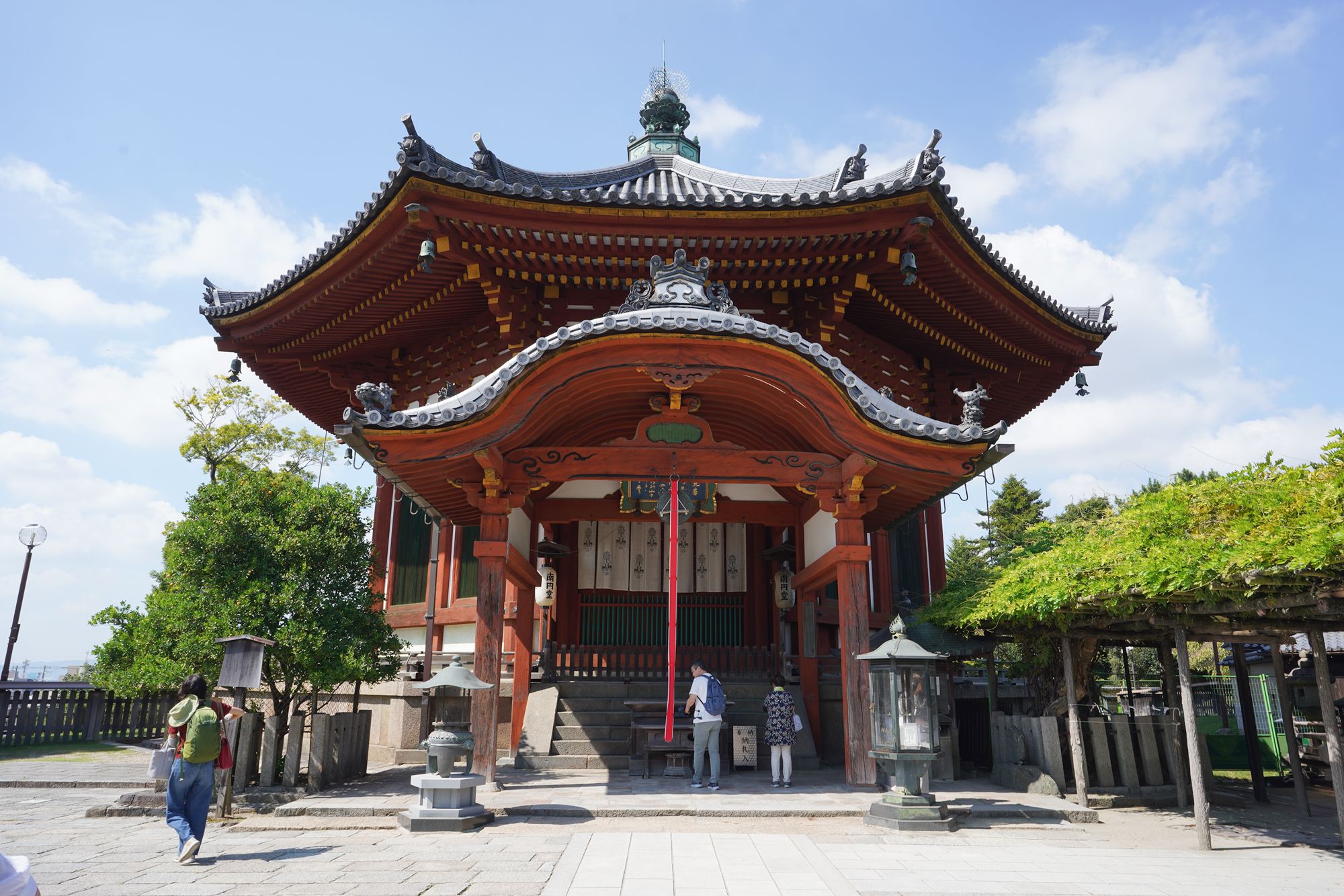
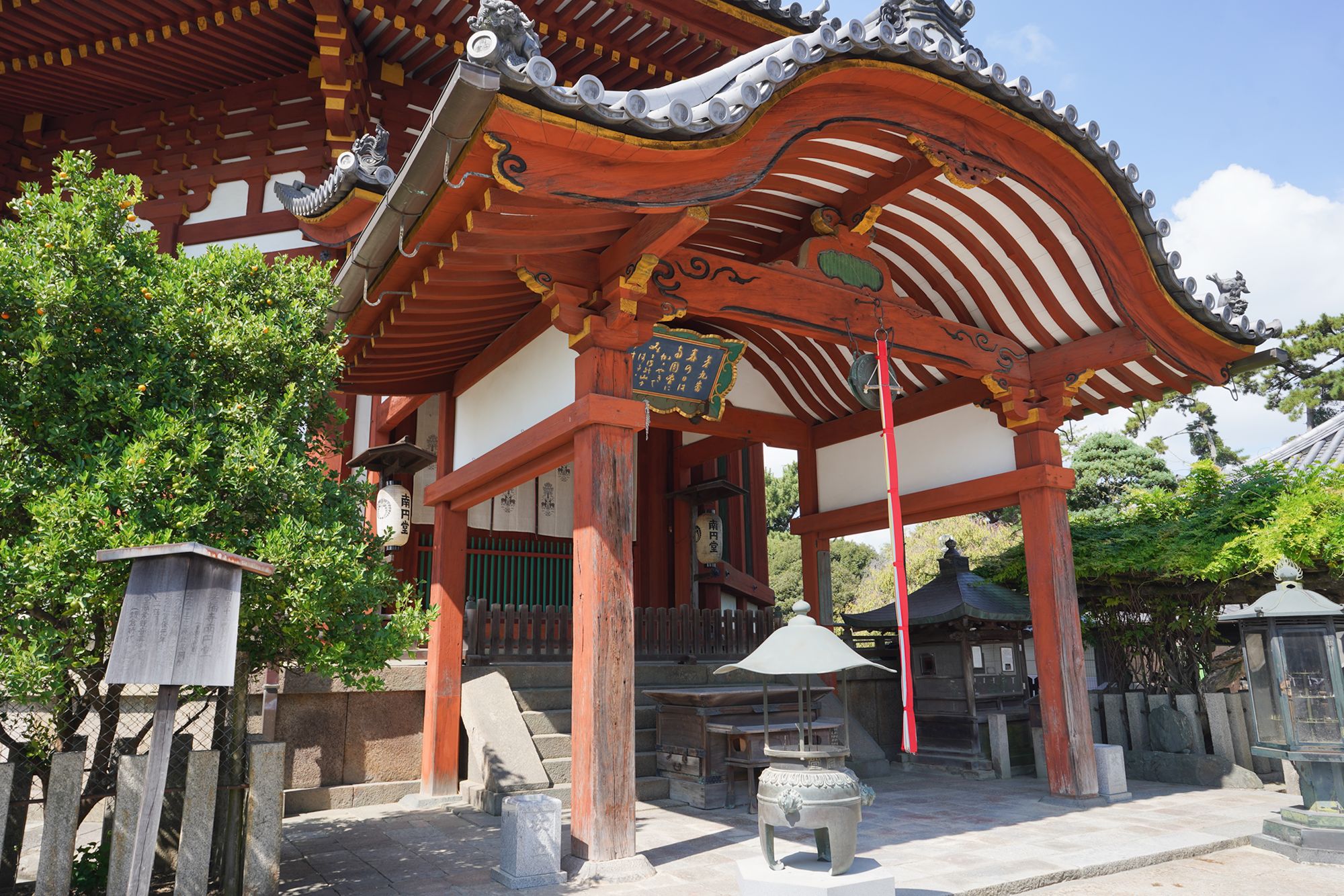
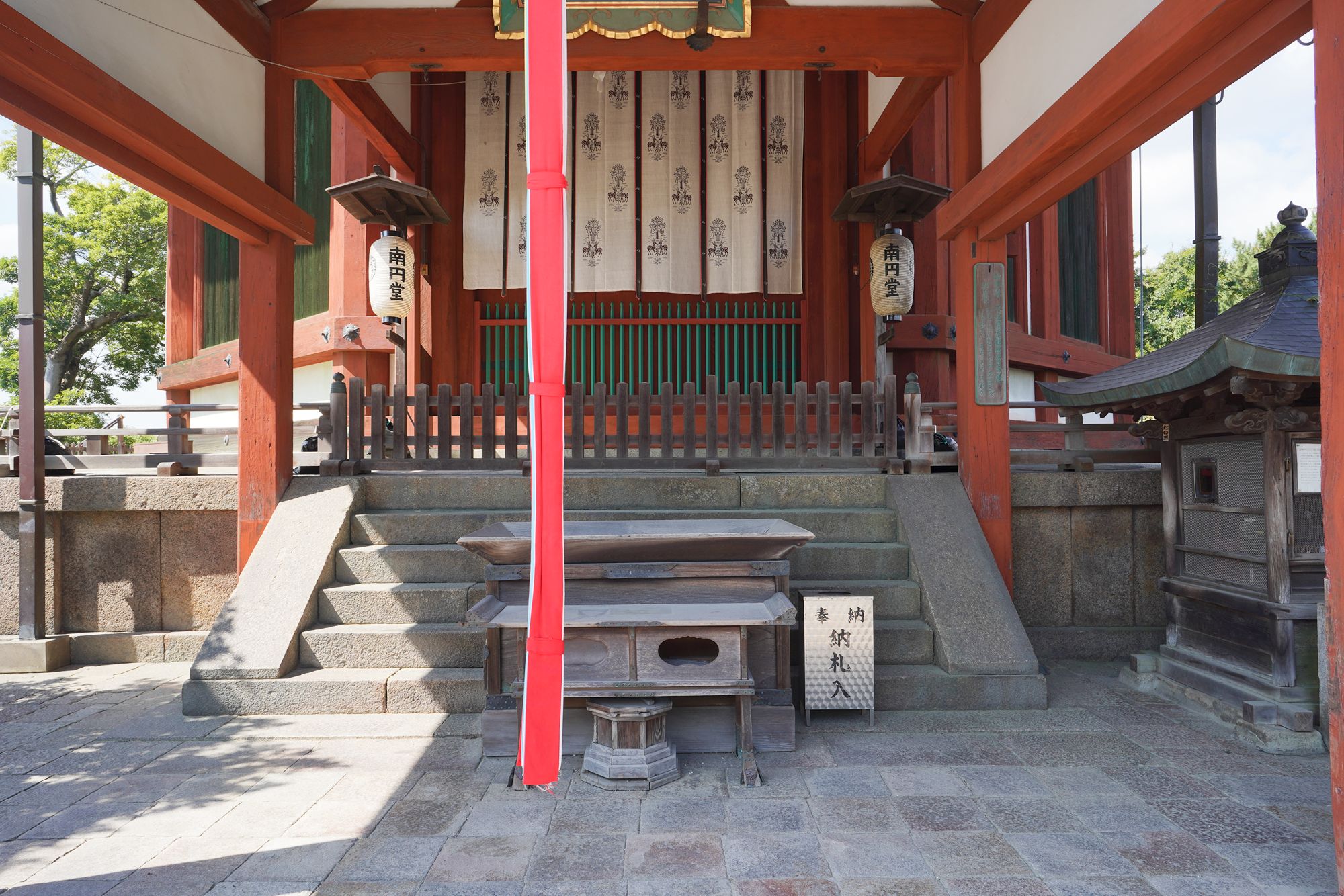
Founded as a family temple by the powerful Fujiwara clan, Kofuku-ji played a central role in the political and cultural life of ancient Japan.
It served as a hub for Buddhism during the Nara period and beyond.
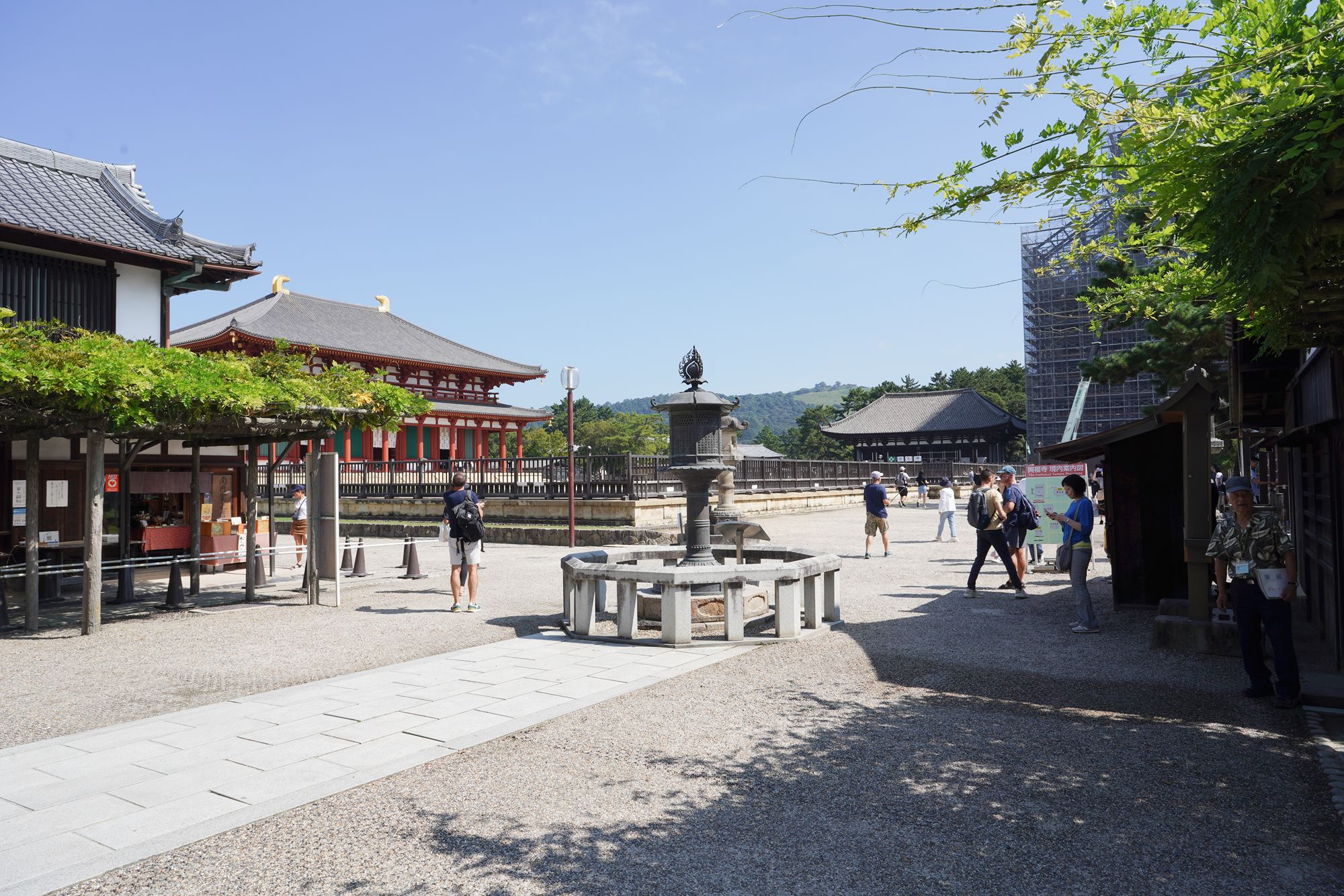
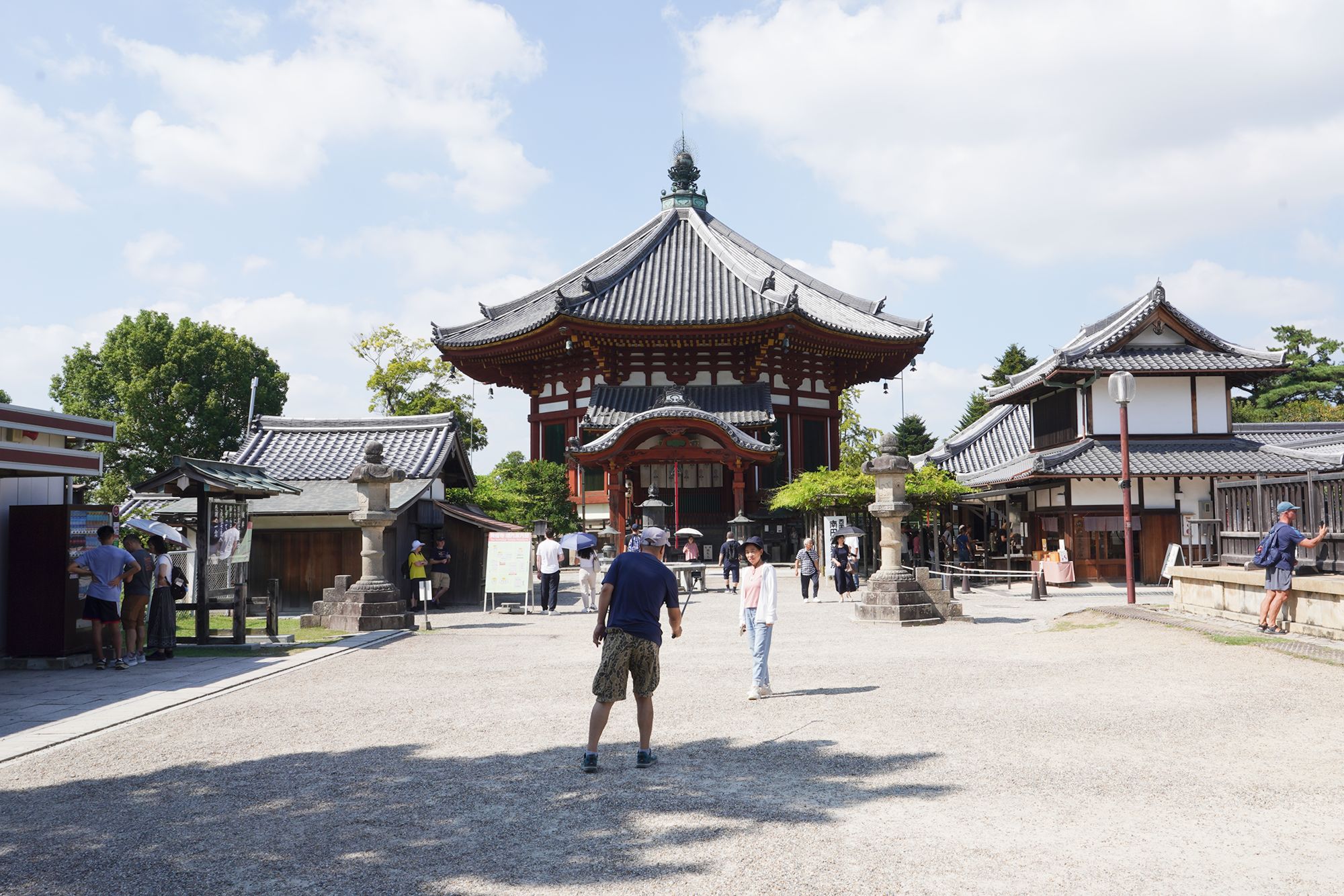
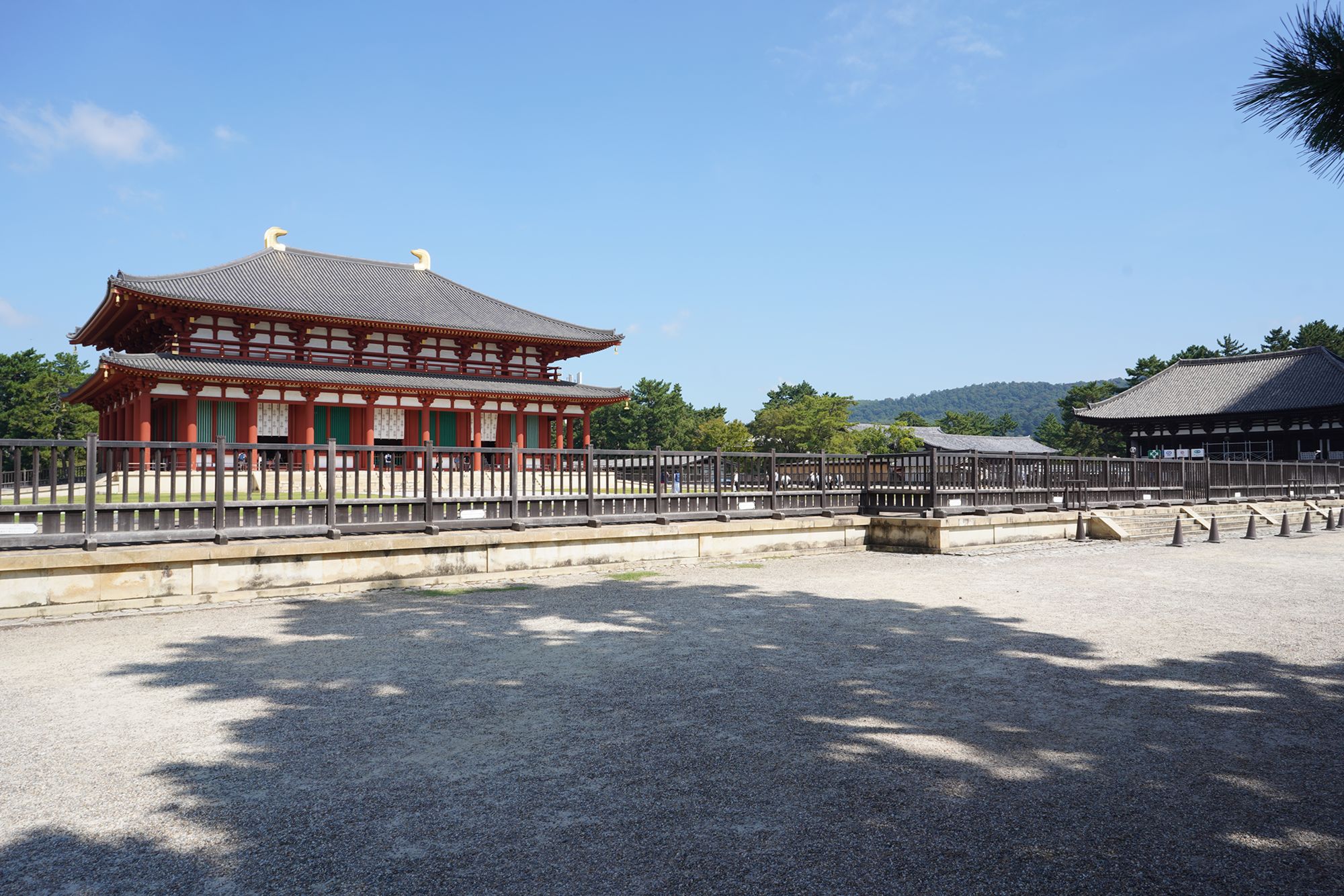
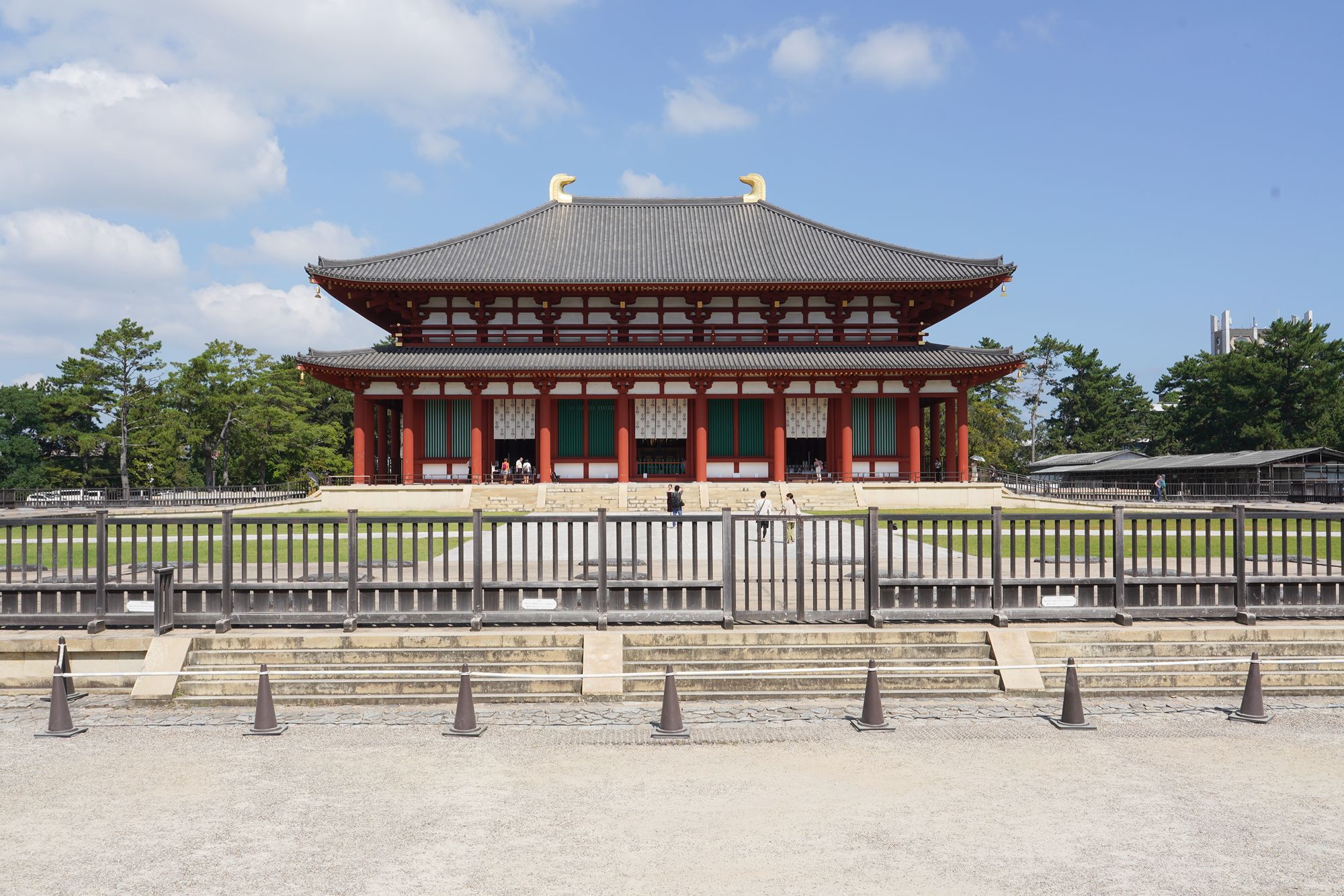
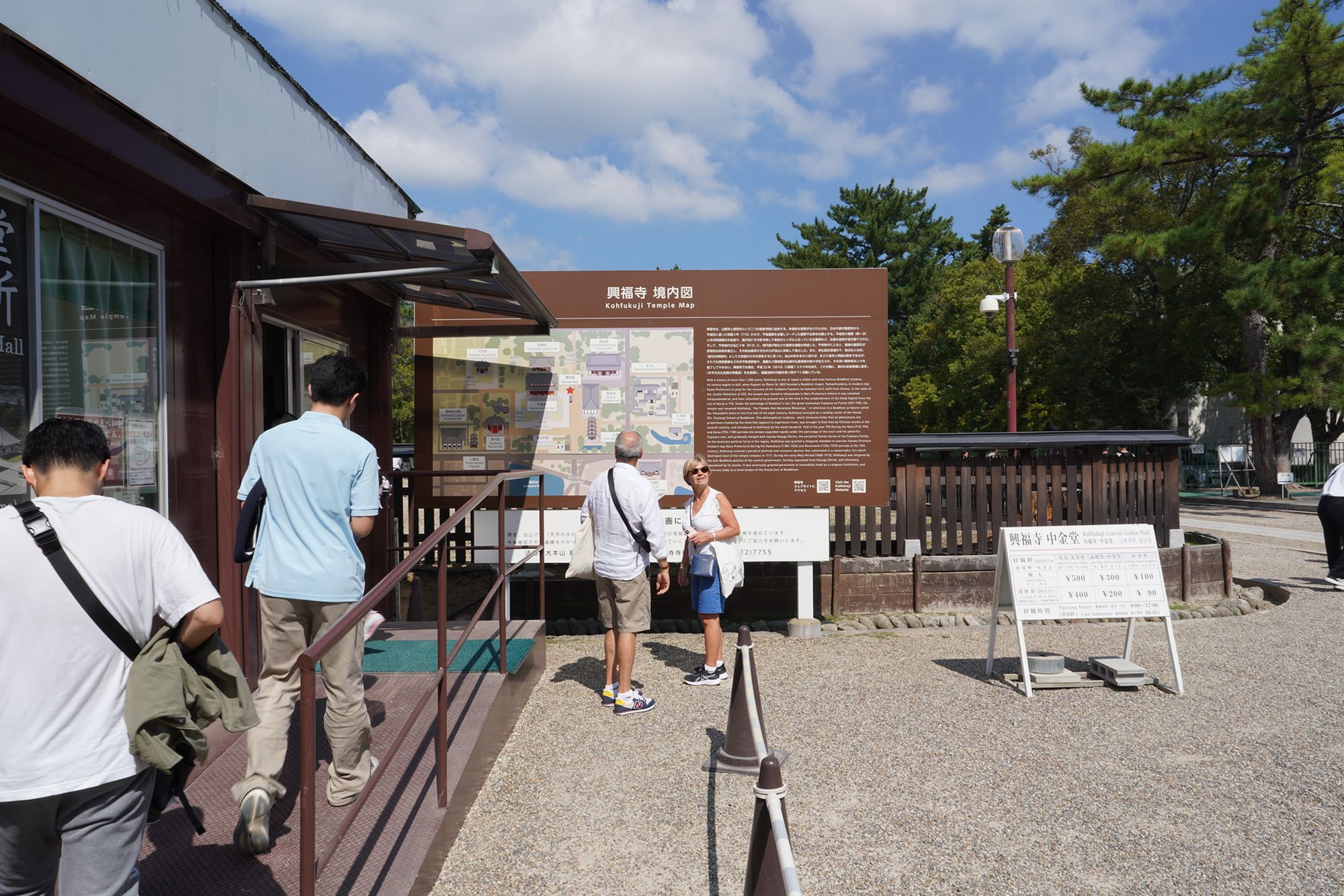
Central Golden Hall
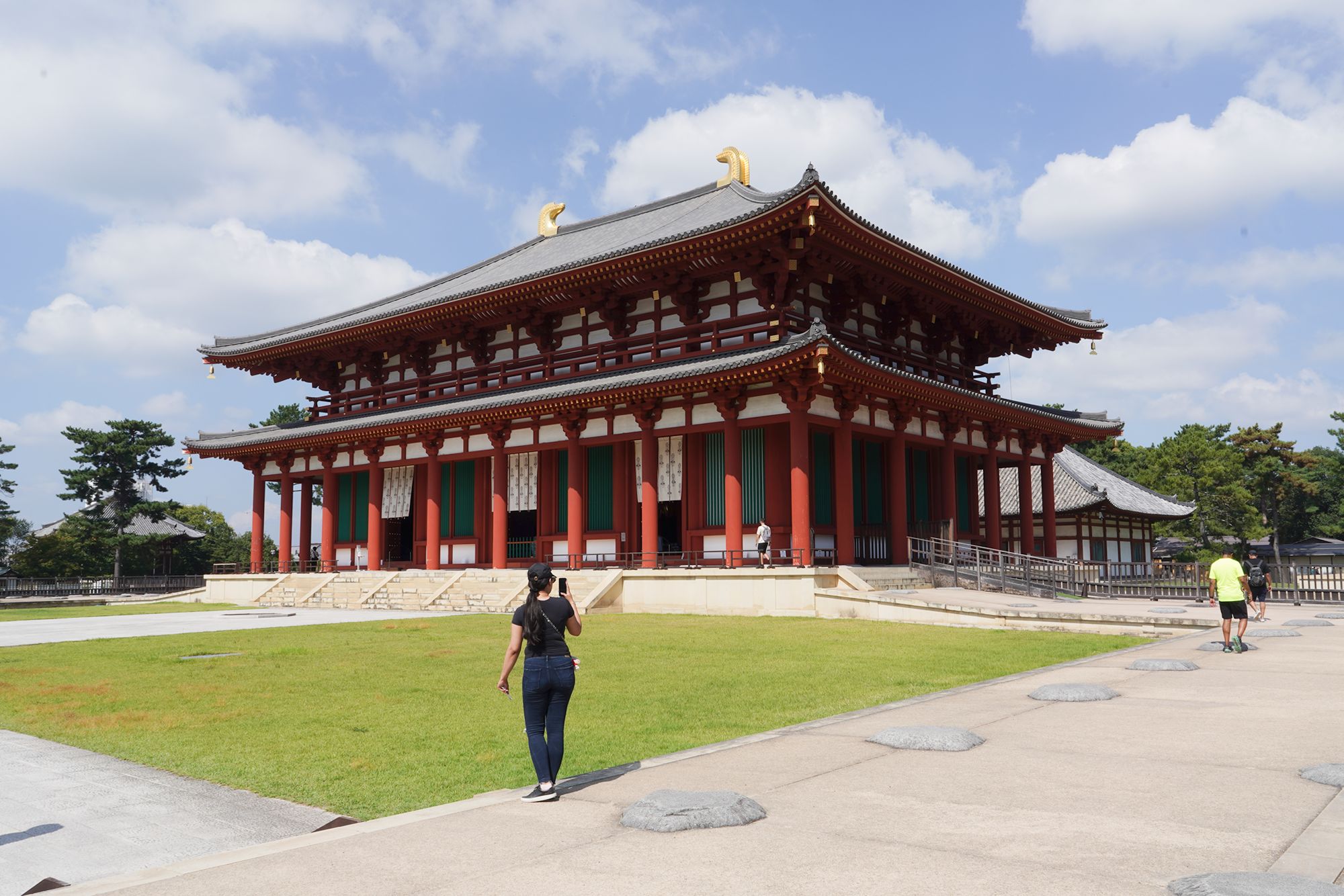
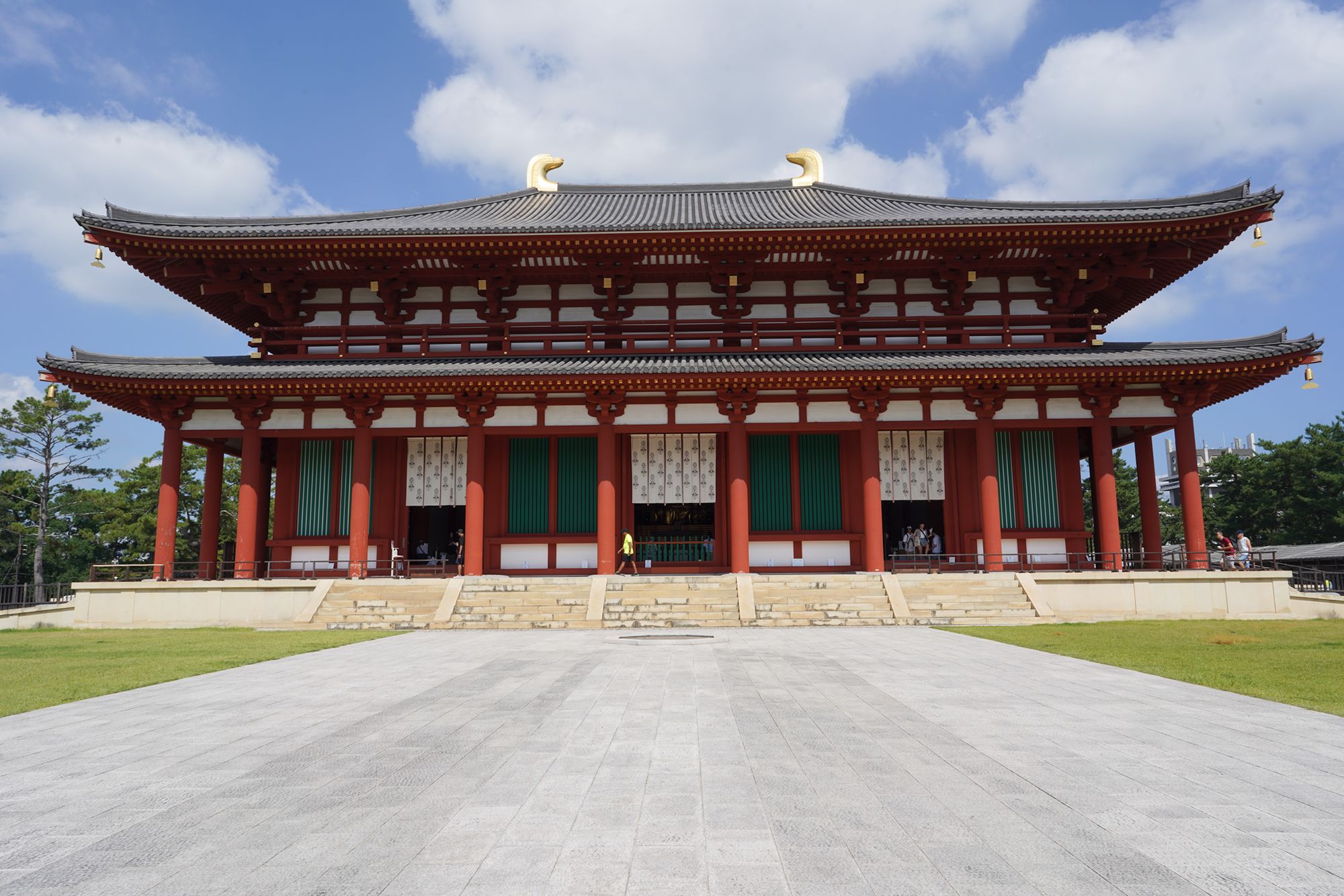
A short walk from the temple is Nara Park. Established in 1880, Nara Park (奈良公園) is a sprawling public park in Nara, Japan, renowned for its cultural landmarks and free-roaming deer. It spans approximately 502 hectares and is home to some of Japan’s most famous historical sites.
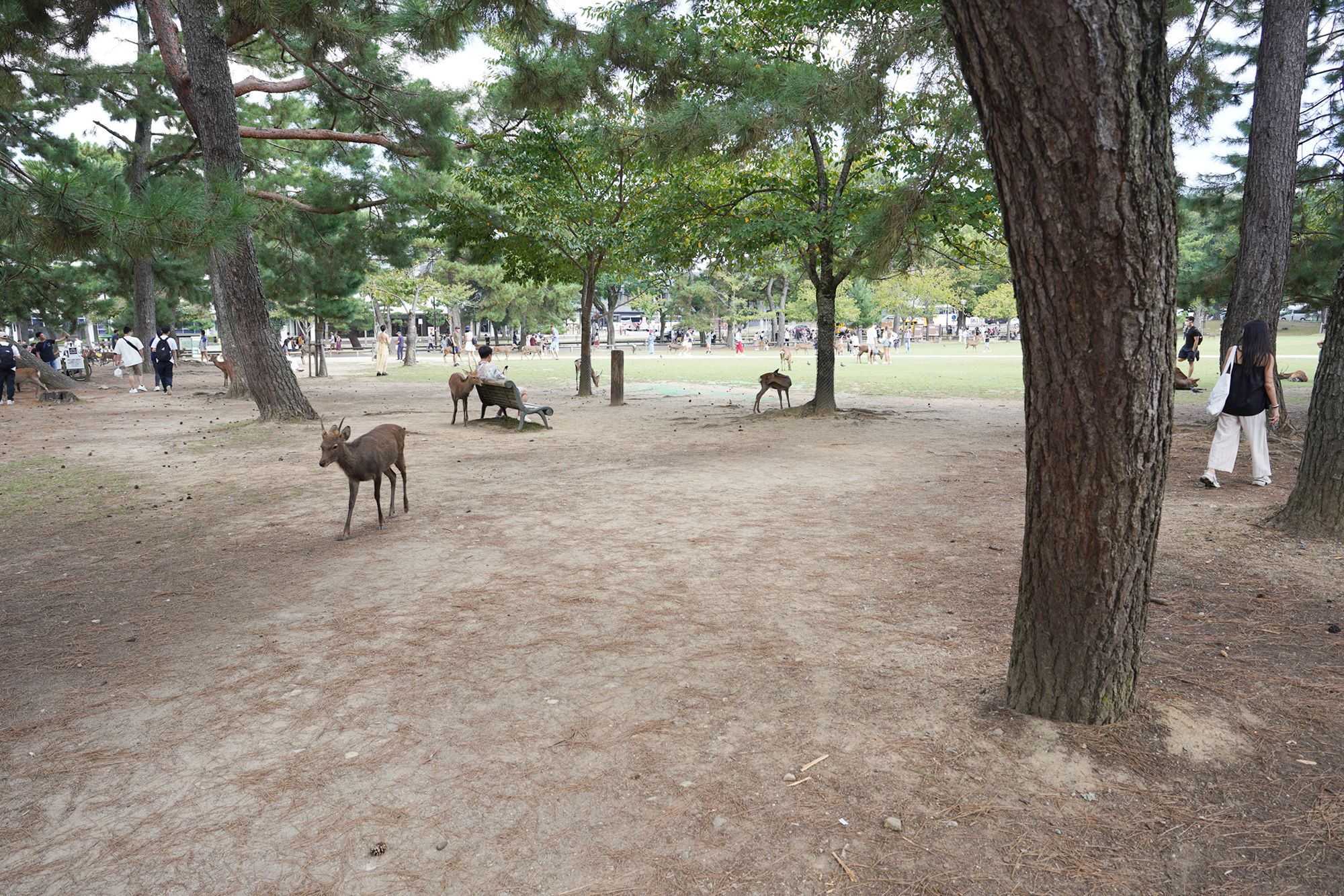
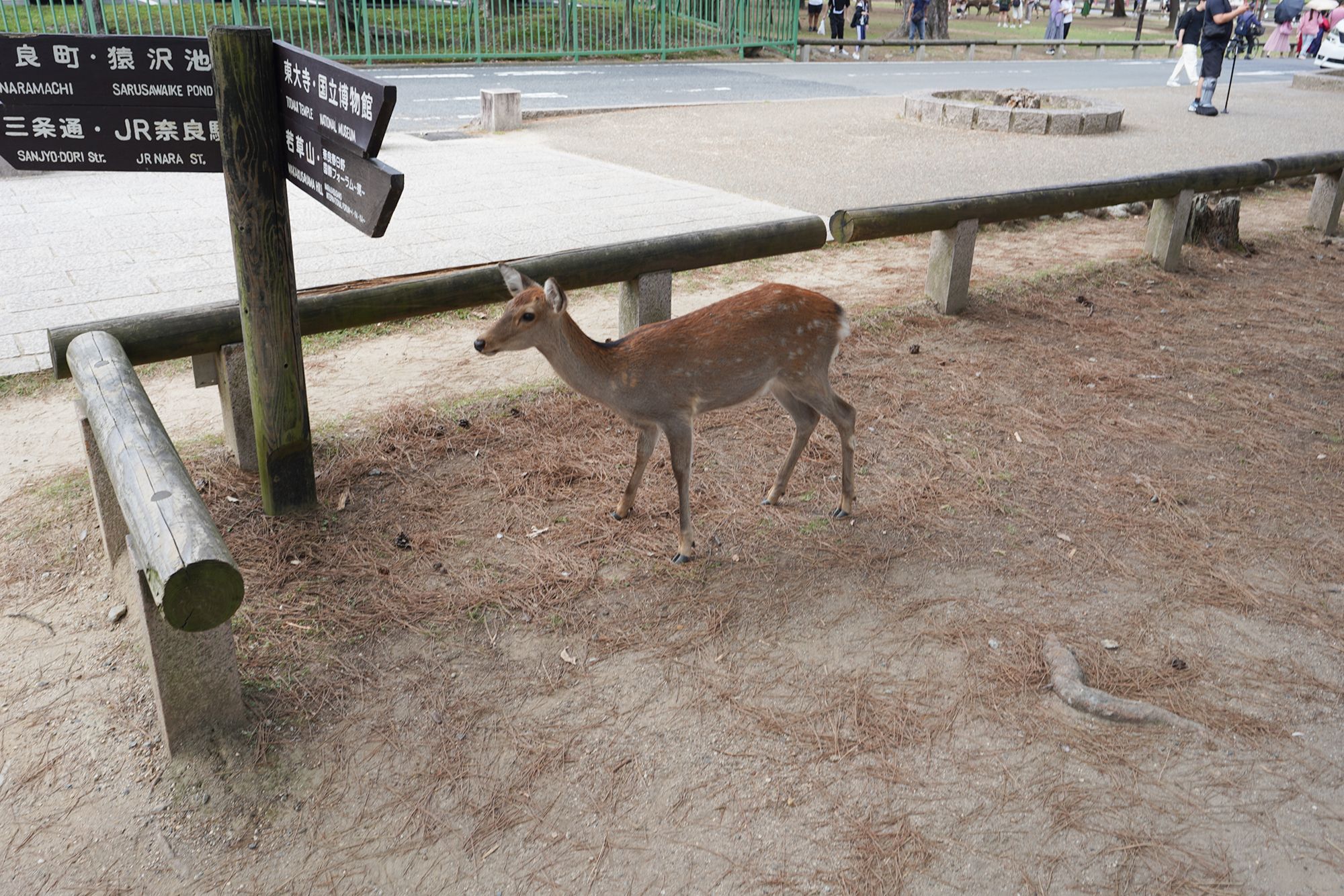
Free-Roaming Deer
Over 1,000 wild sika deer inhabit the park, considered sacred messengers of the gods in Shinto belief.
Visitors can interact with the deer and purchase deer crackers (shika senbei) to feed them. The deer are friendly but can be playful or persistent when food is involved!
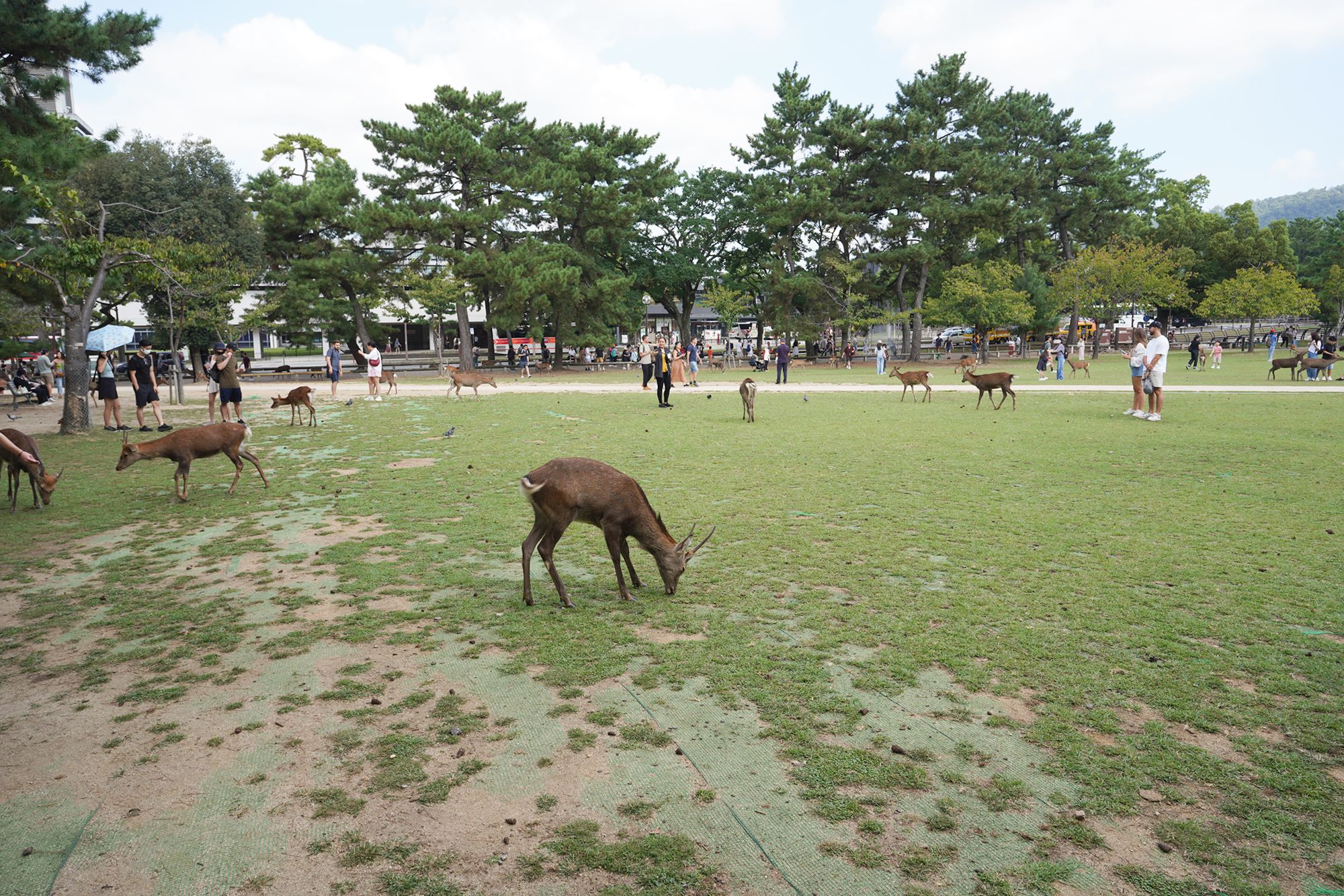
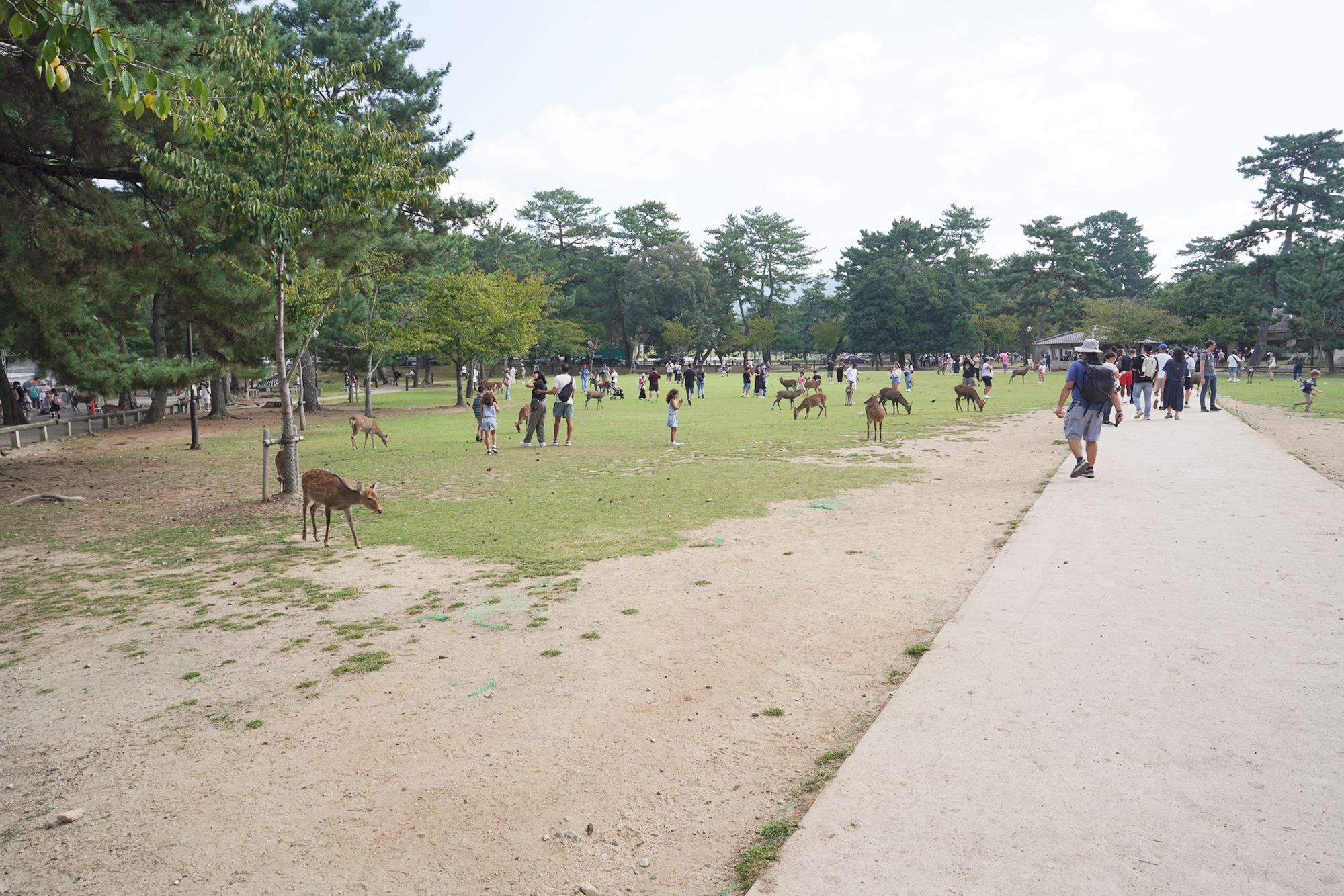
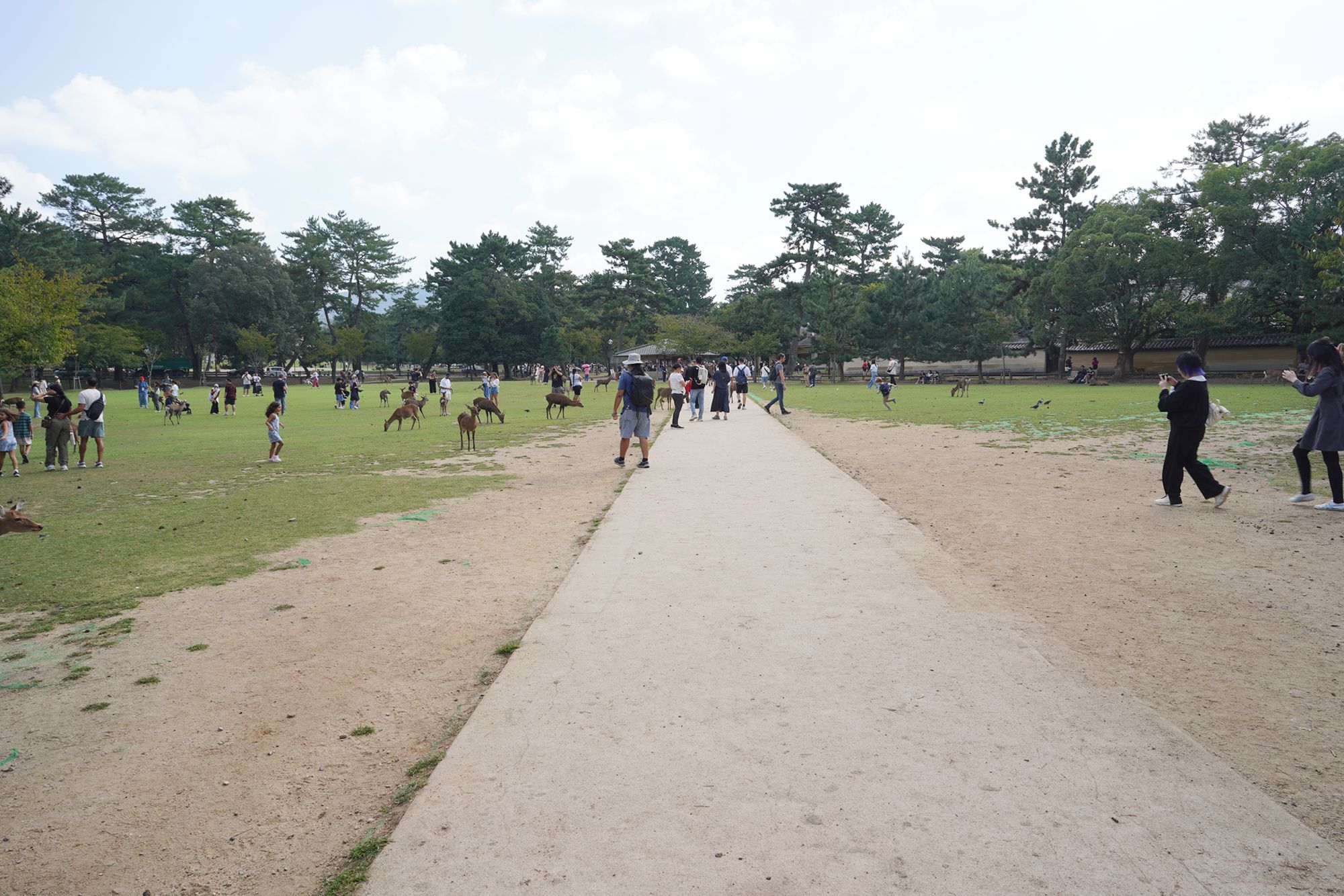
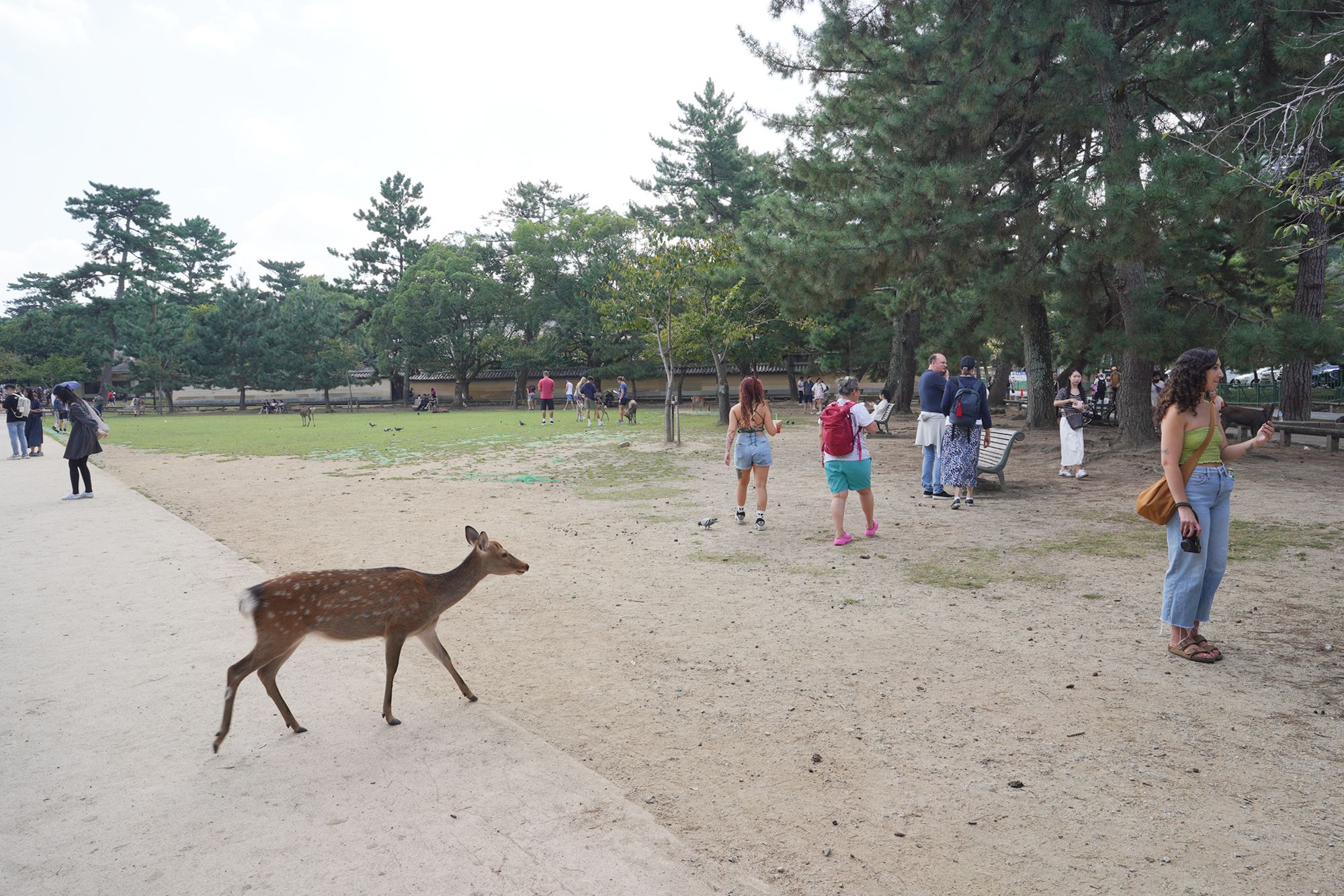
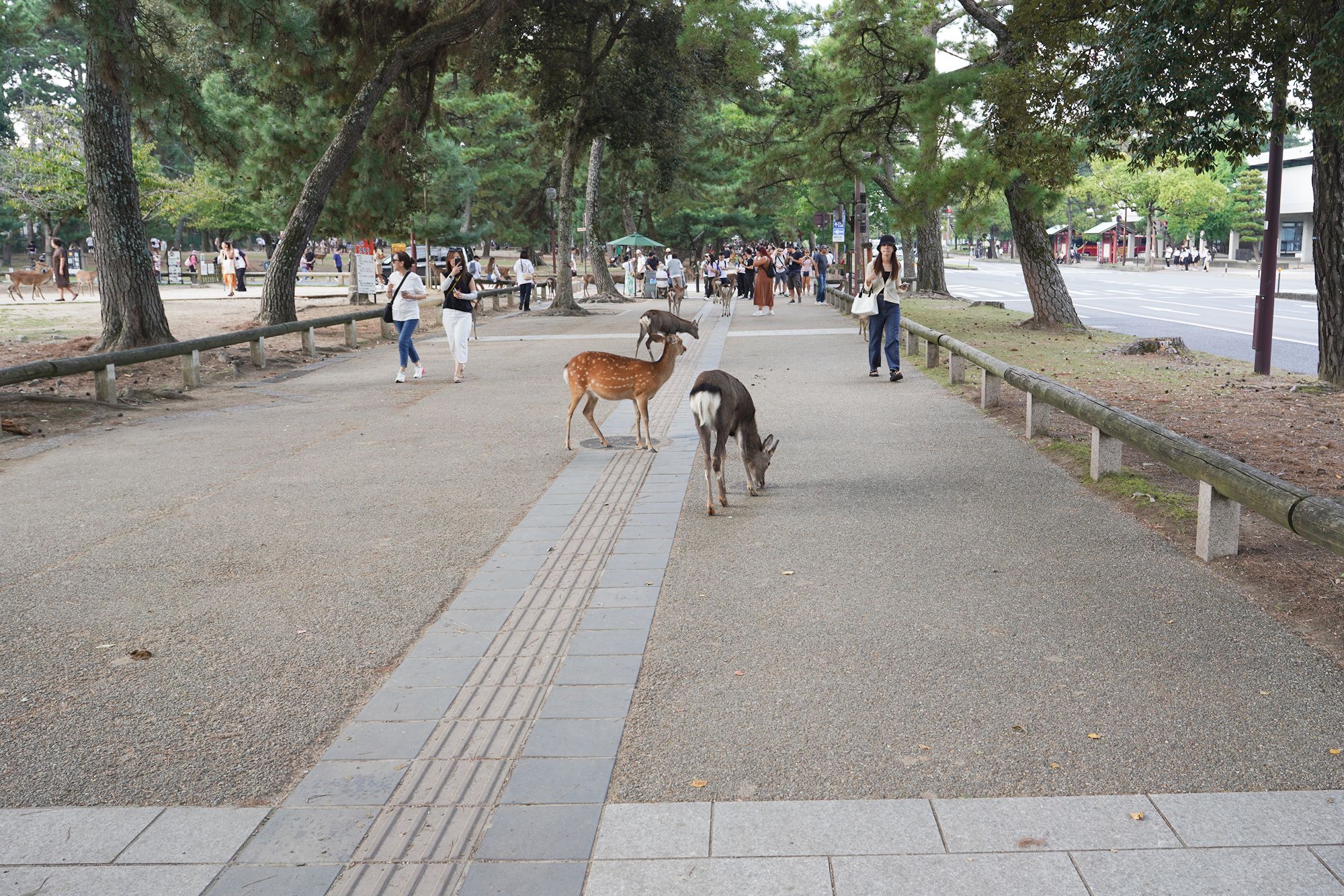
Another short walk from the park is Isuien Garden
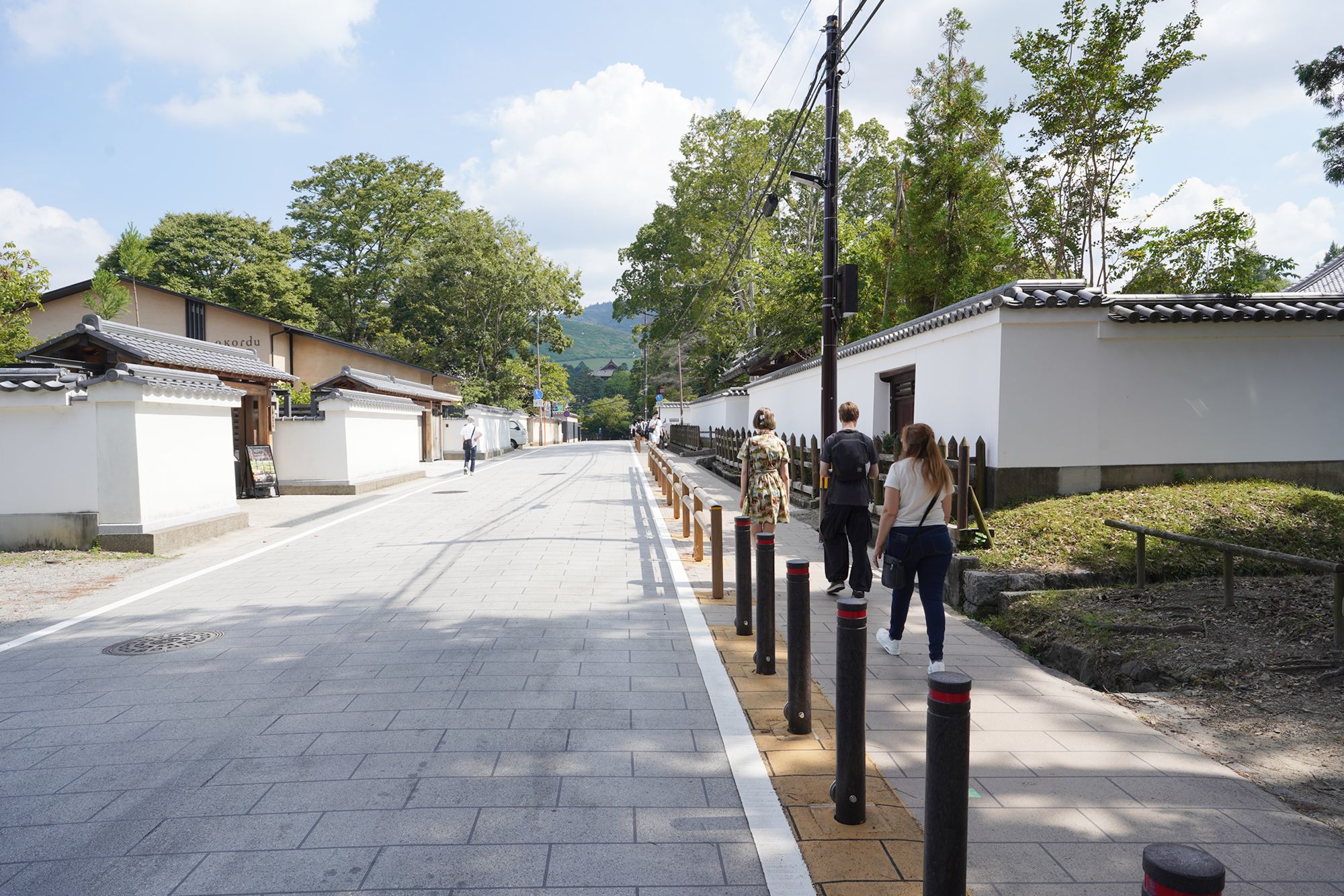
A brief peek into a small temple in the area
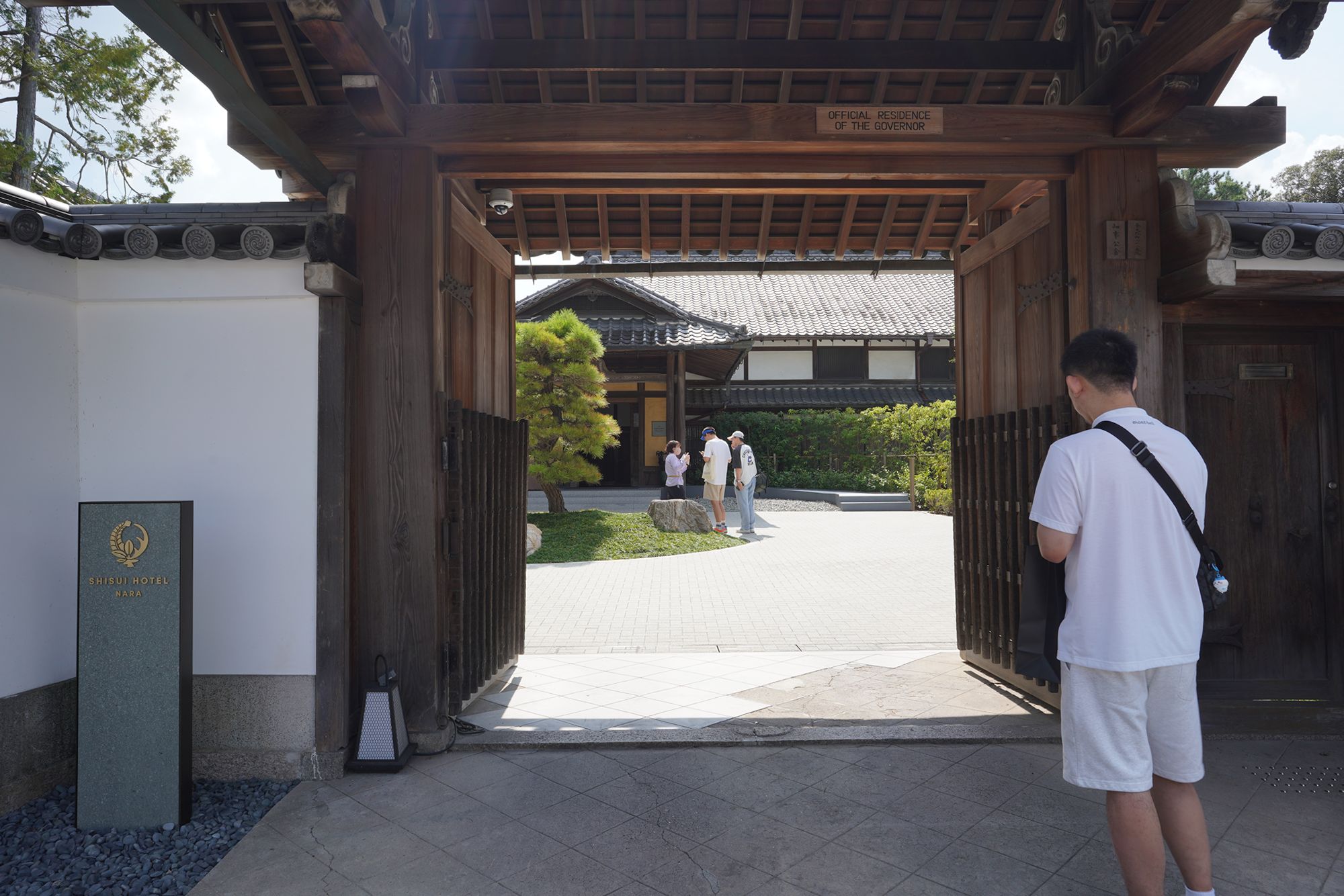
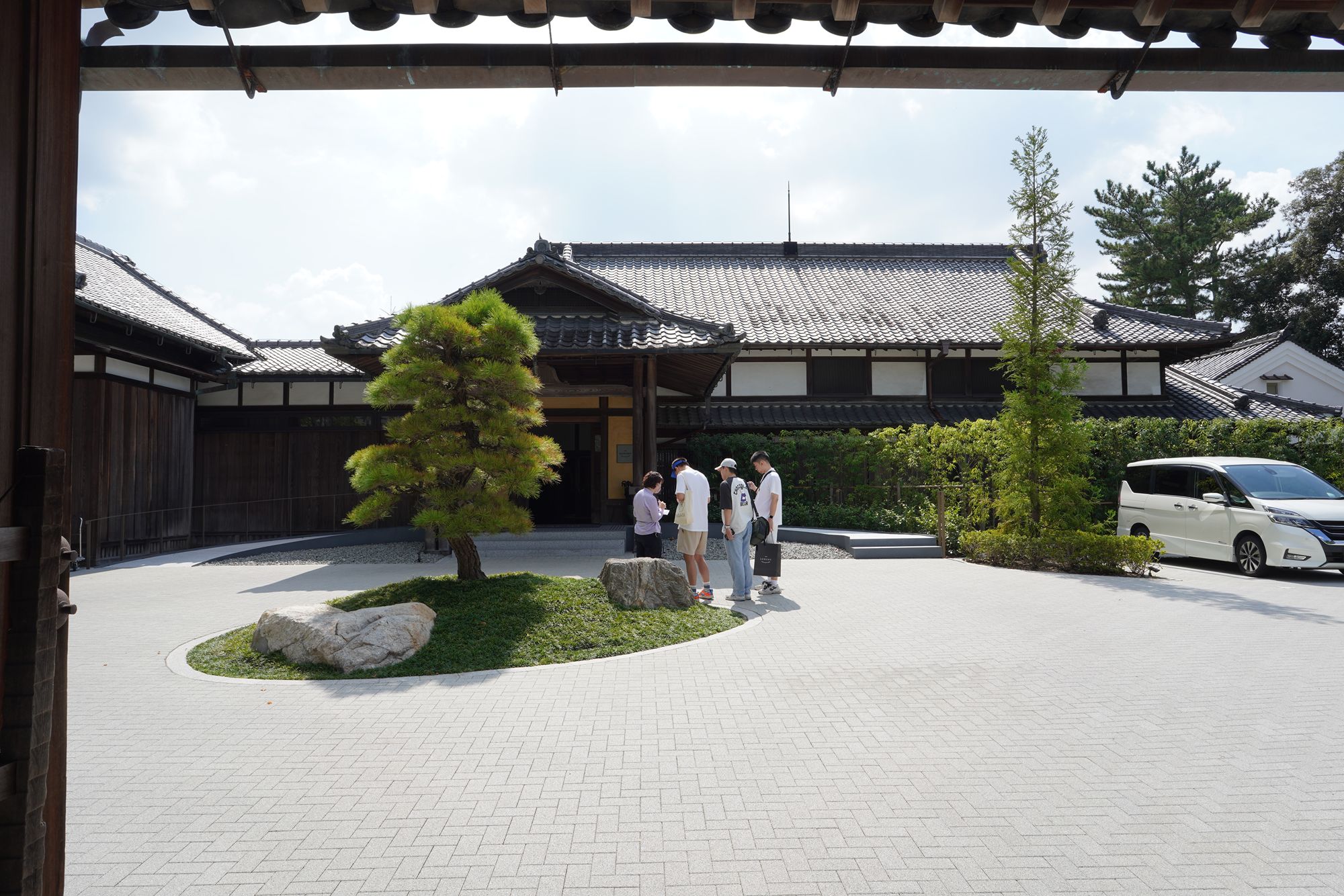
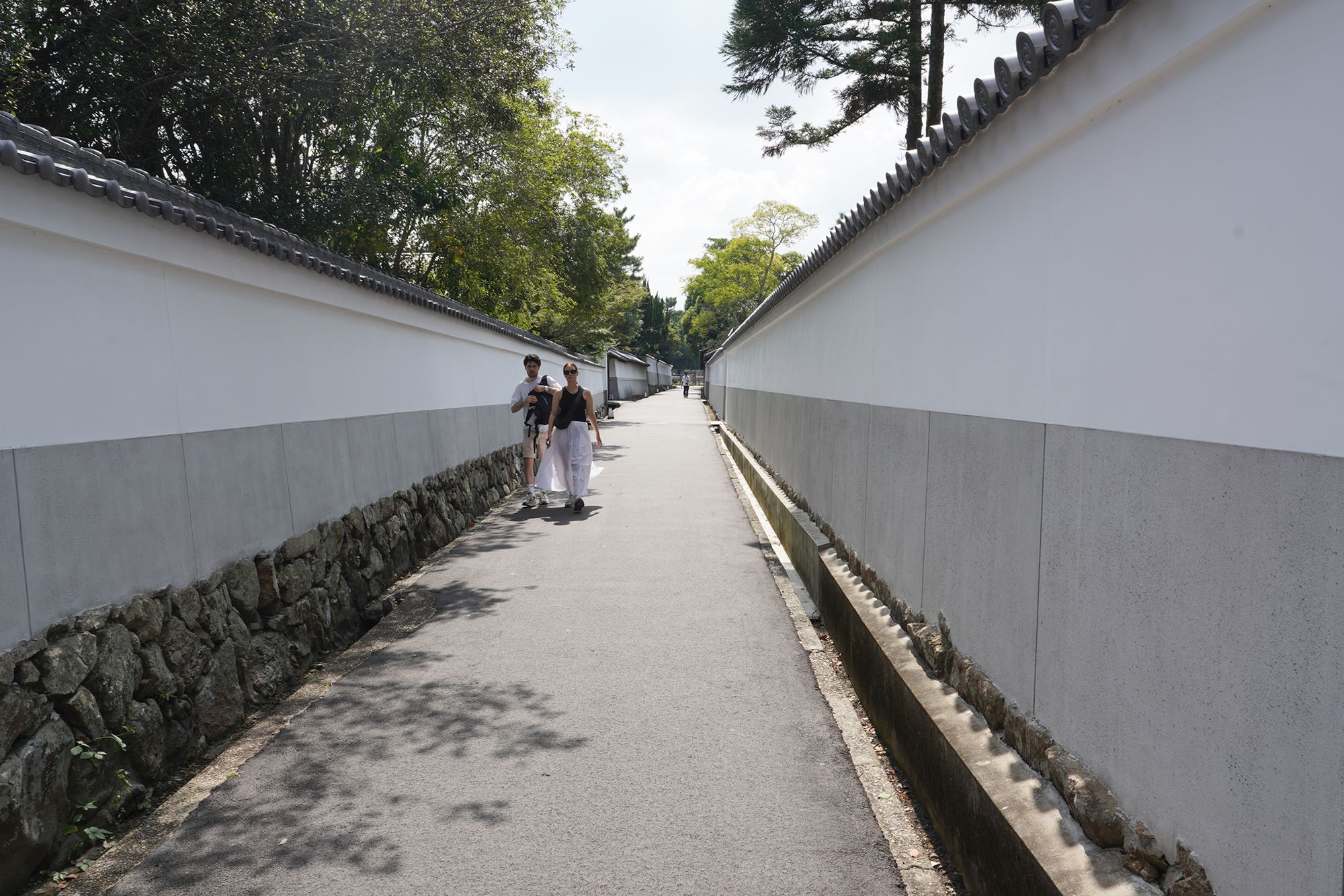
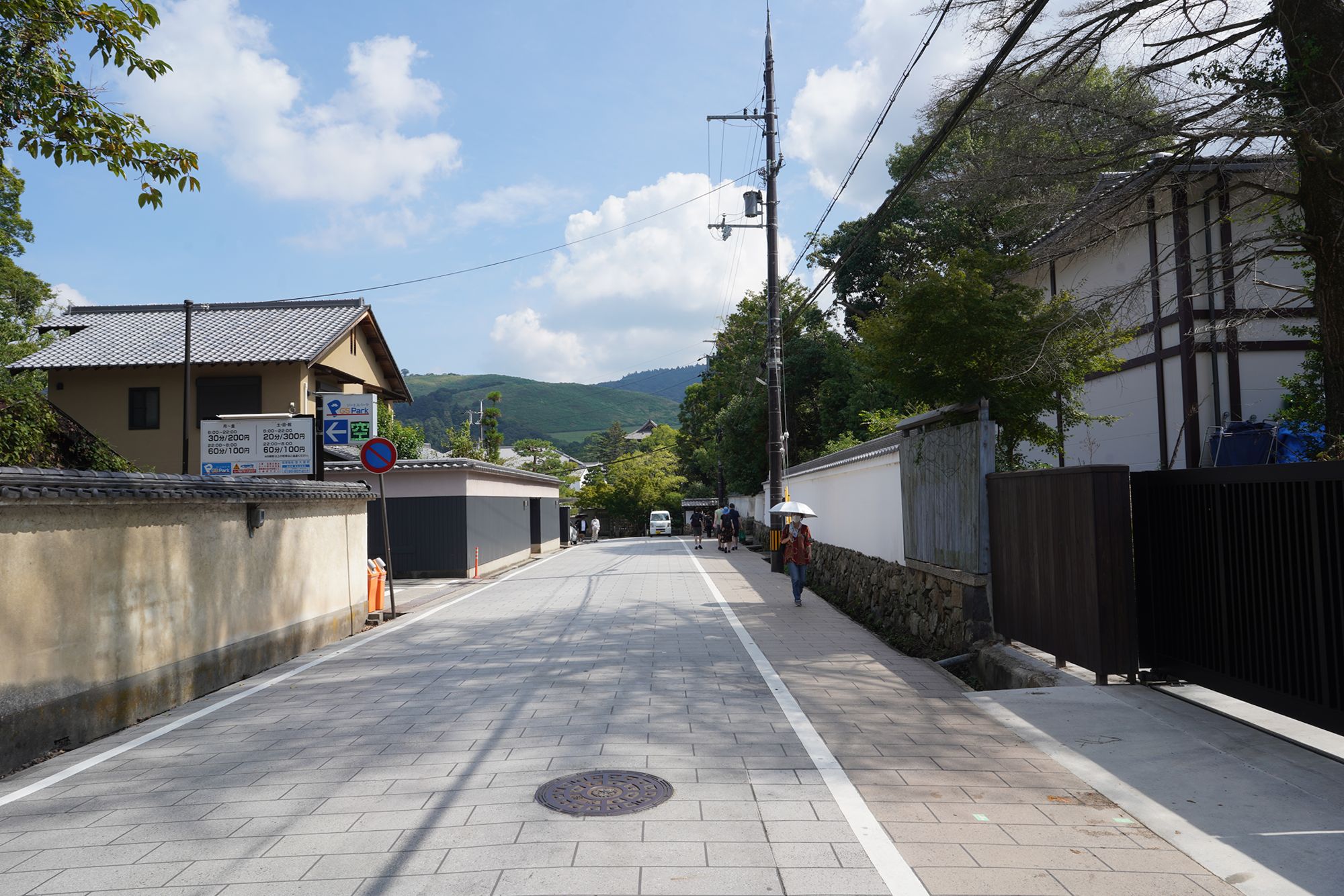
Unfortunately, Isuien Garden was closed for the day, but there was another garden next to it, the Yoshikien Garden.
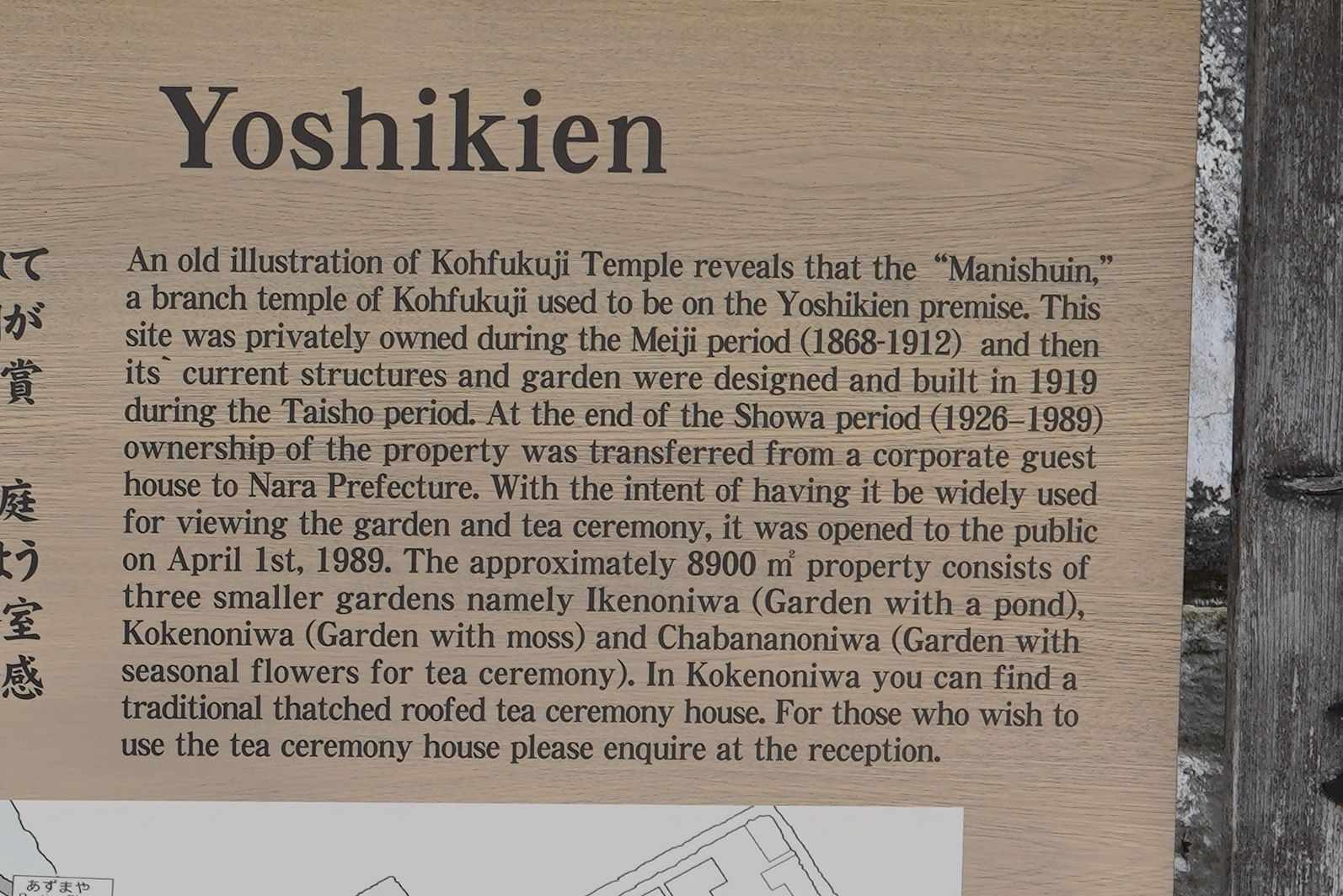
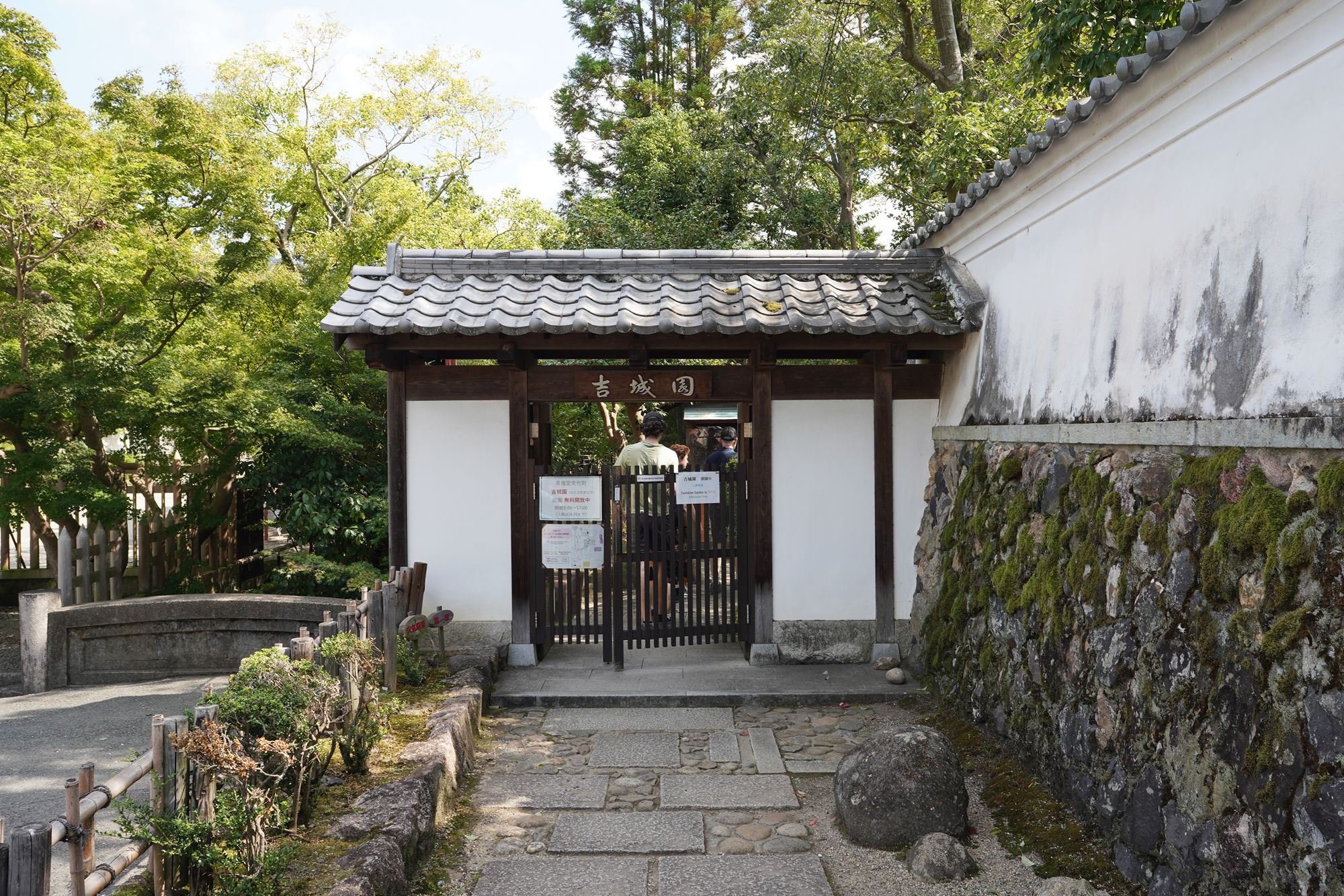
Yoshikien Garden (吉城園) is a serene and picturesque traditional Japanese garden located in Nara, Japan, near Nara Park. It offers a tranquil escape and a beautiful representation of Japanese landscaping, making it a popular spot for visitors seeking peace and natural beauty.
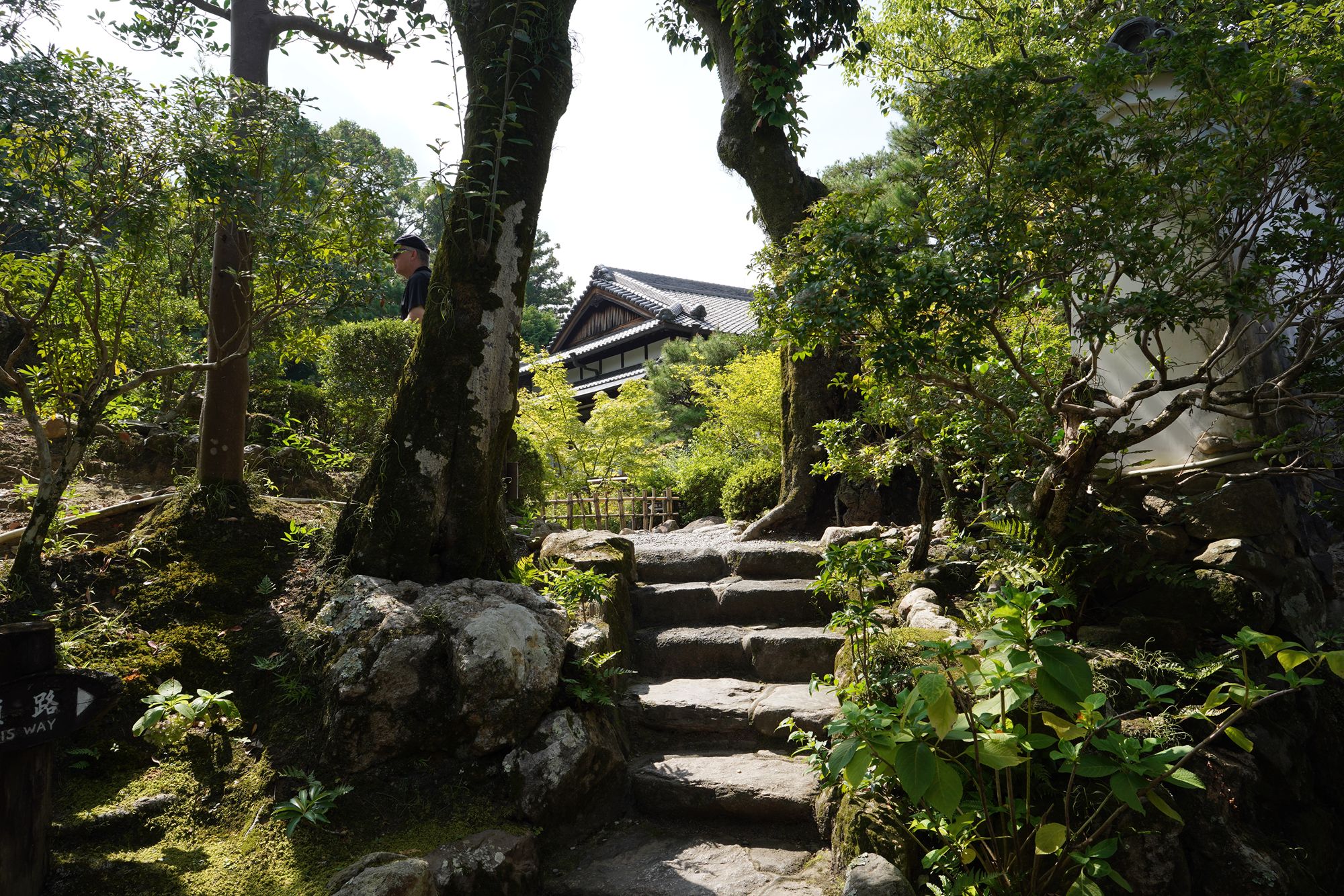
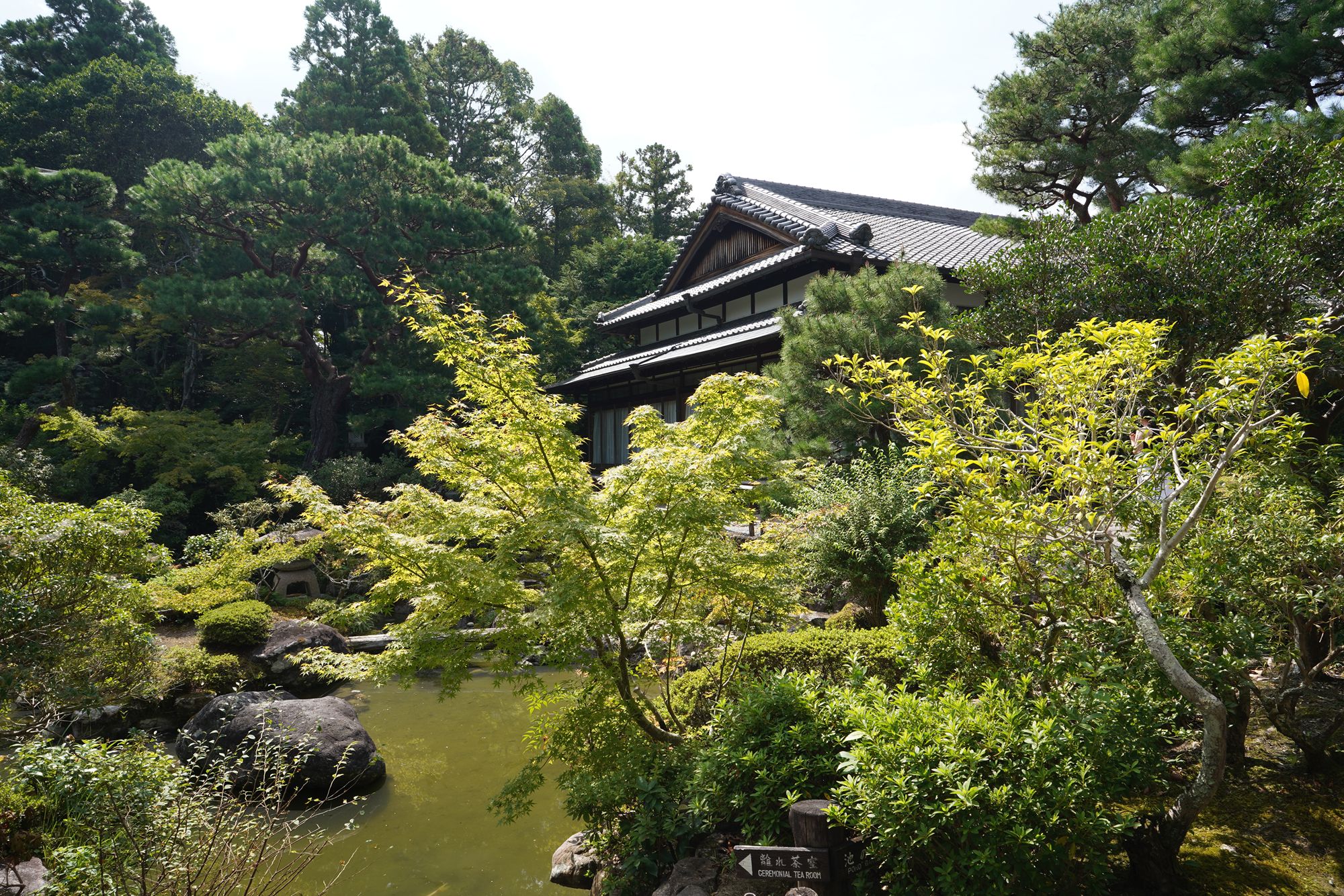
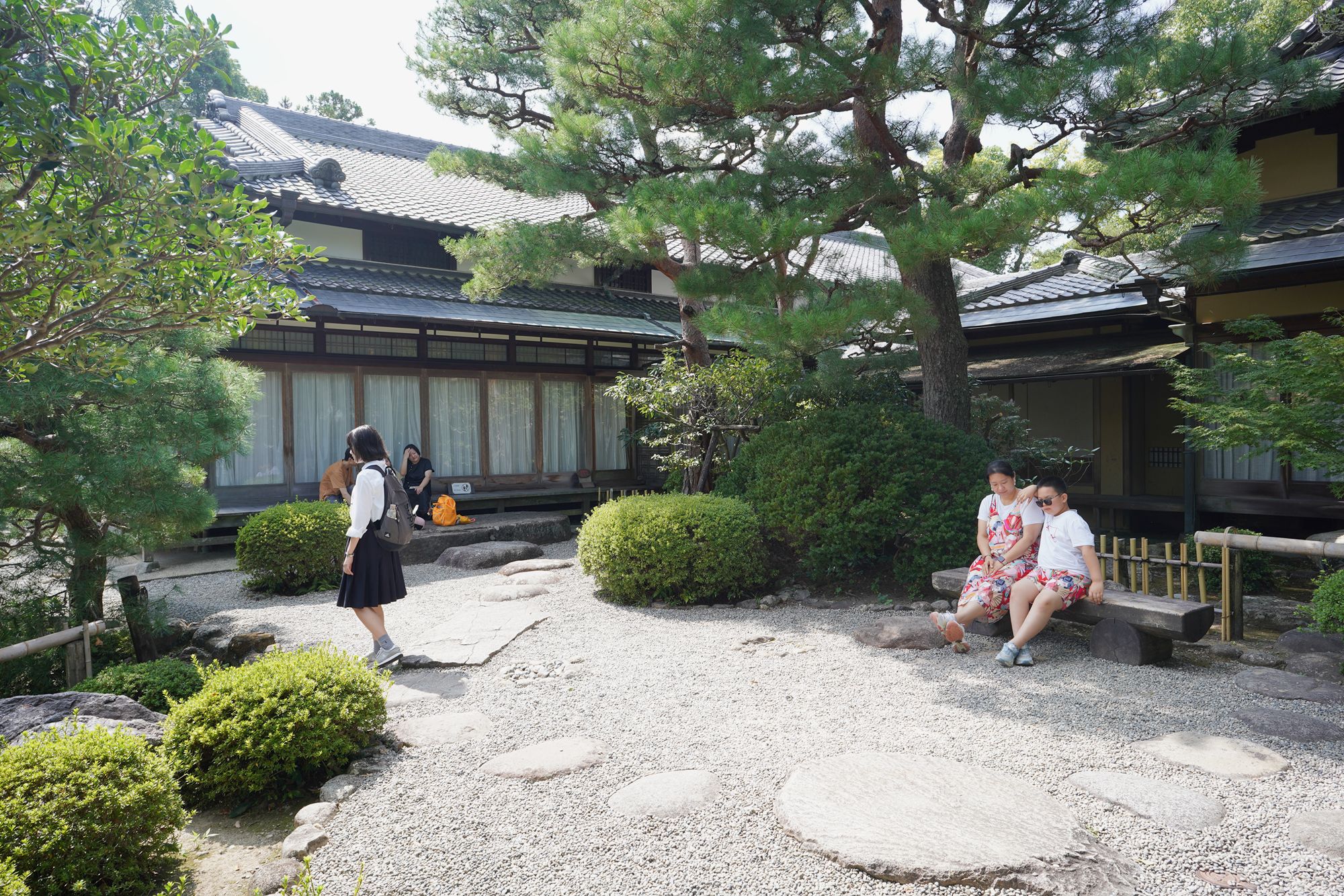
Named after the Yoshikigawa River, which flows nearby, the garden was originally part of a temple complex.
Today, it is preserved as a public garden showcasing classic Japanese garden design.
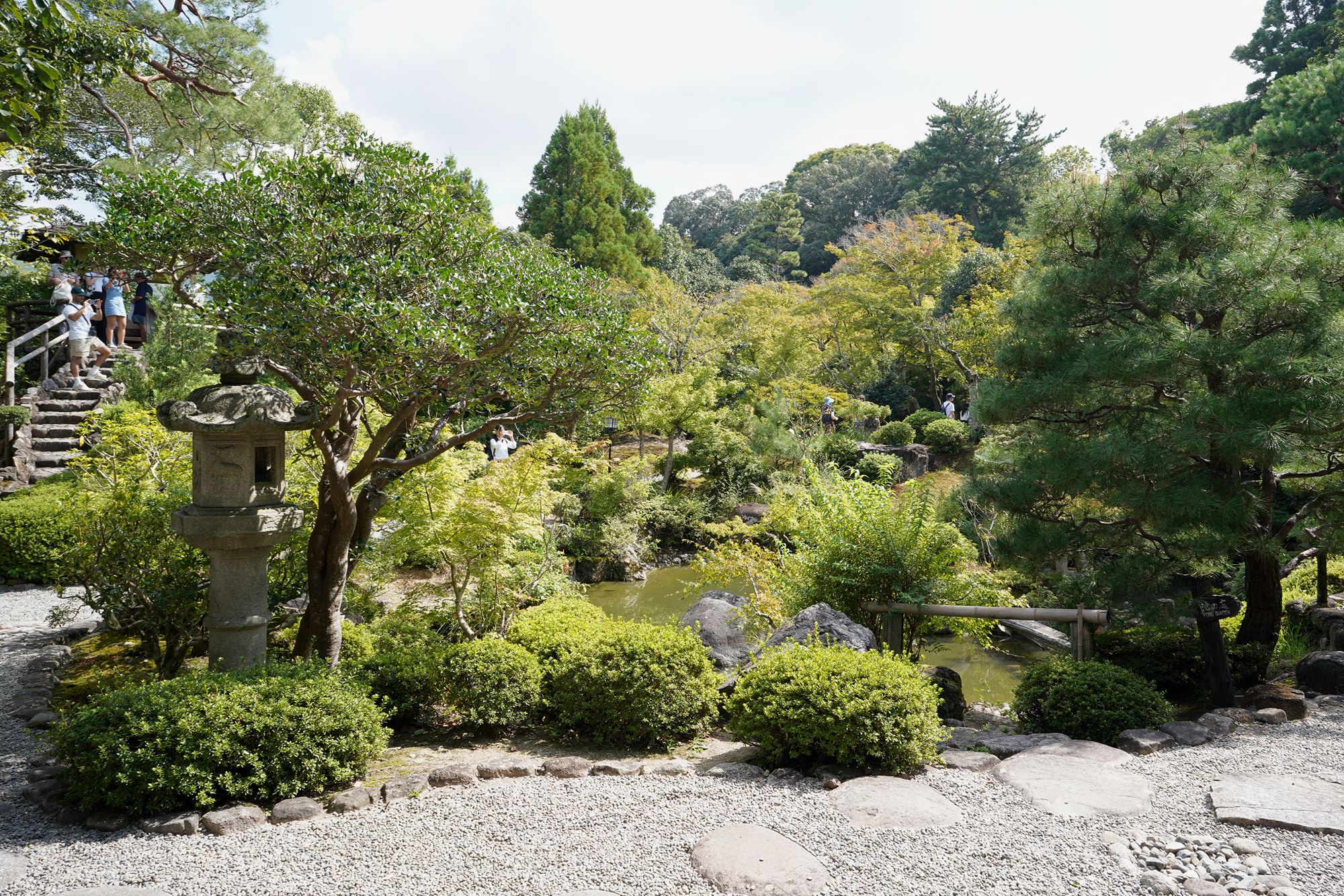
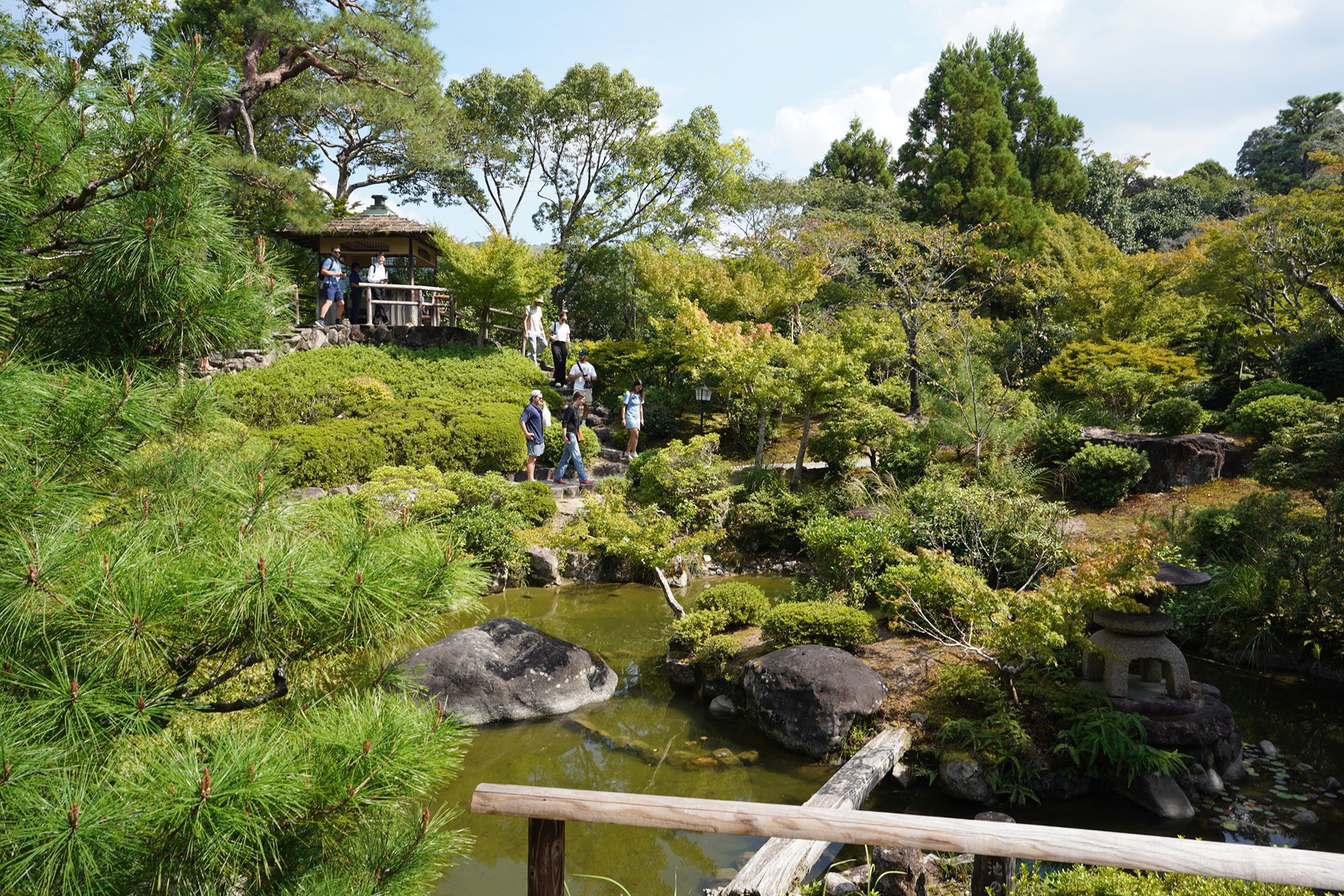
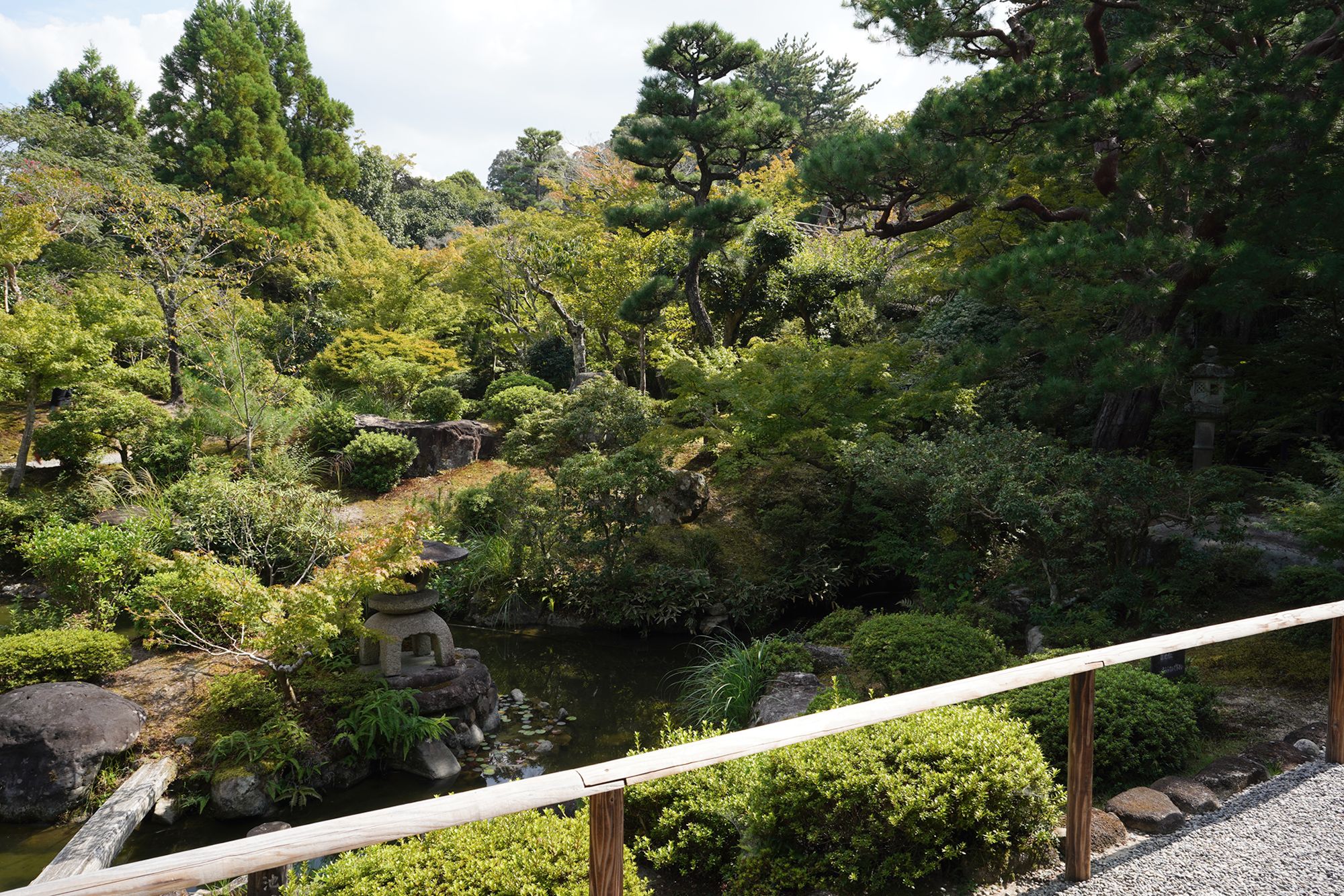
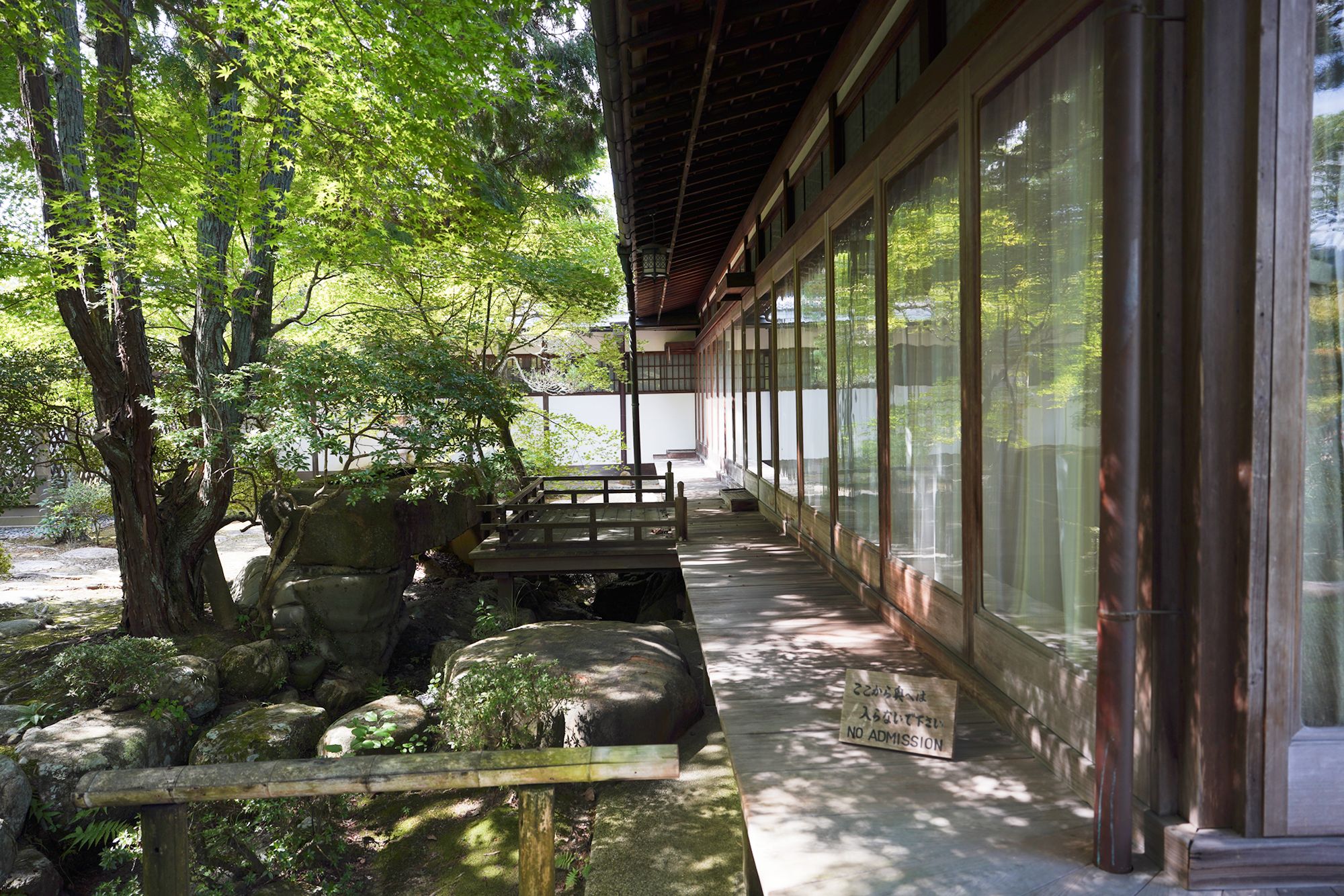
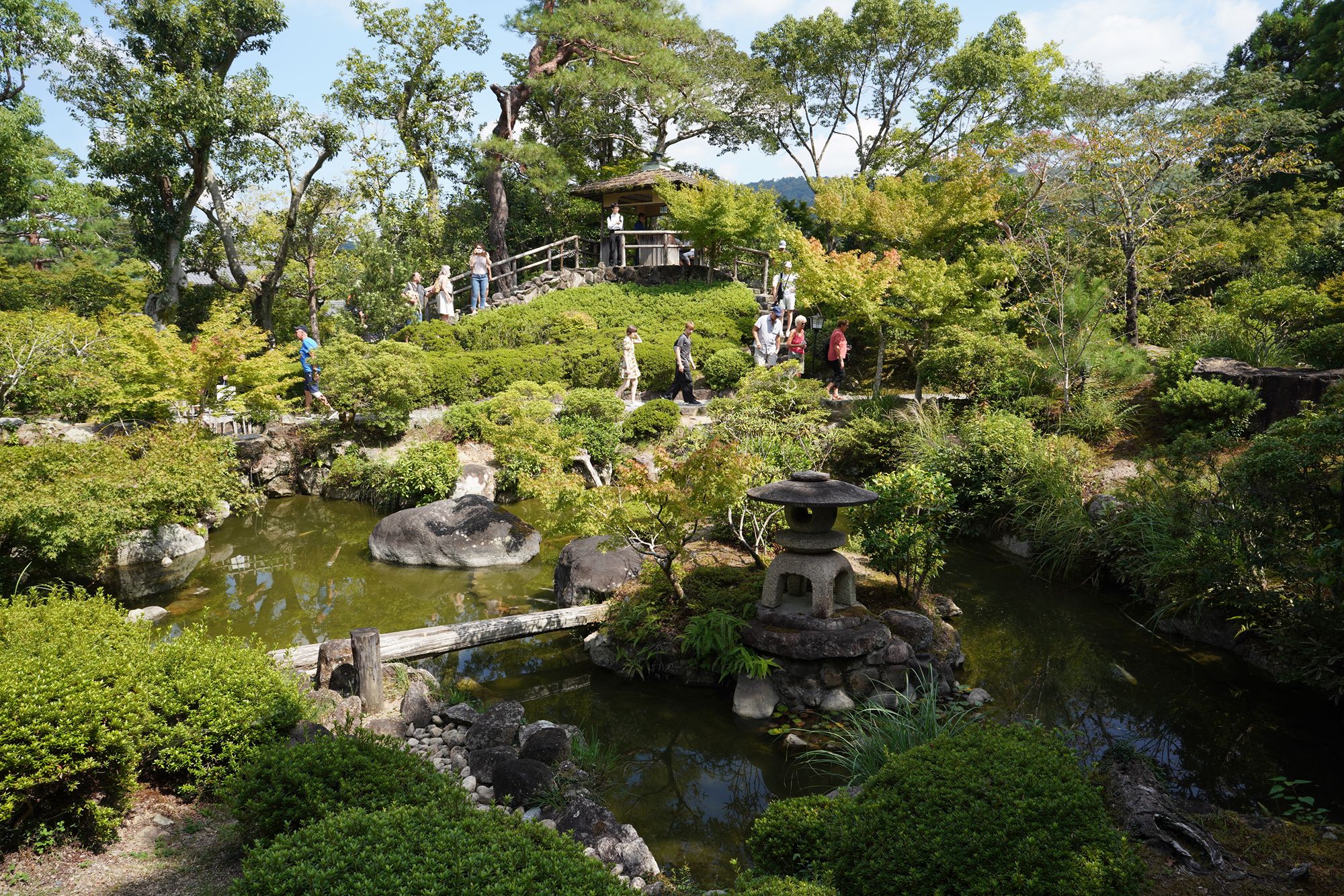
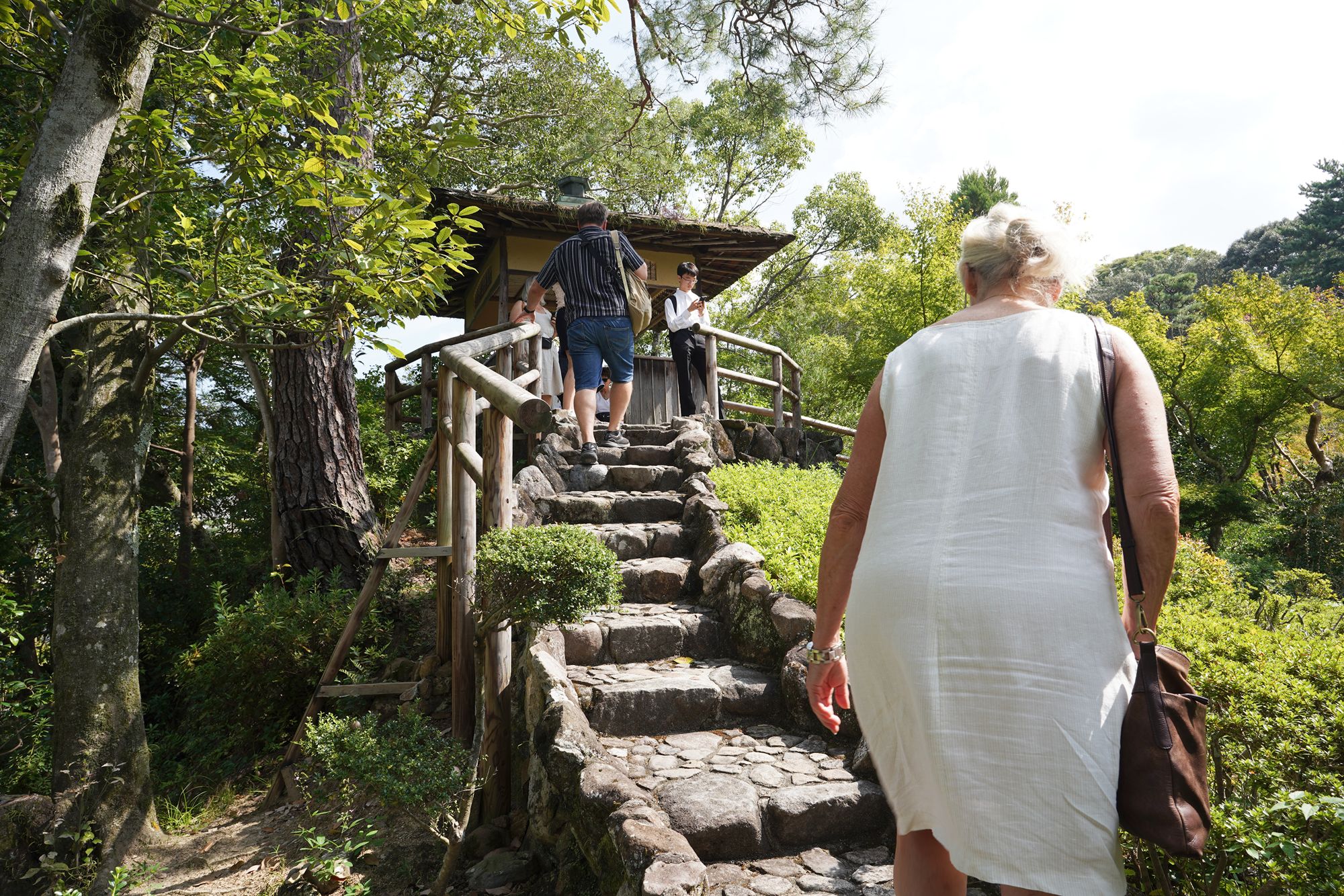
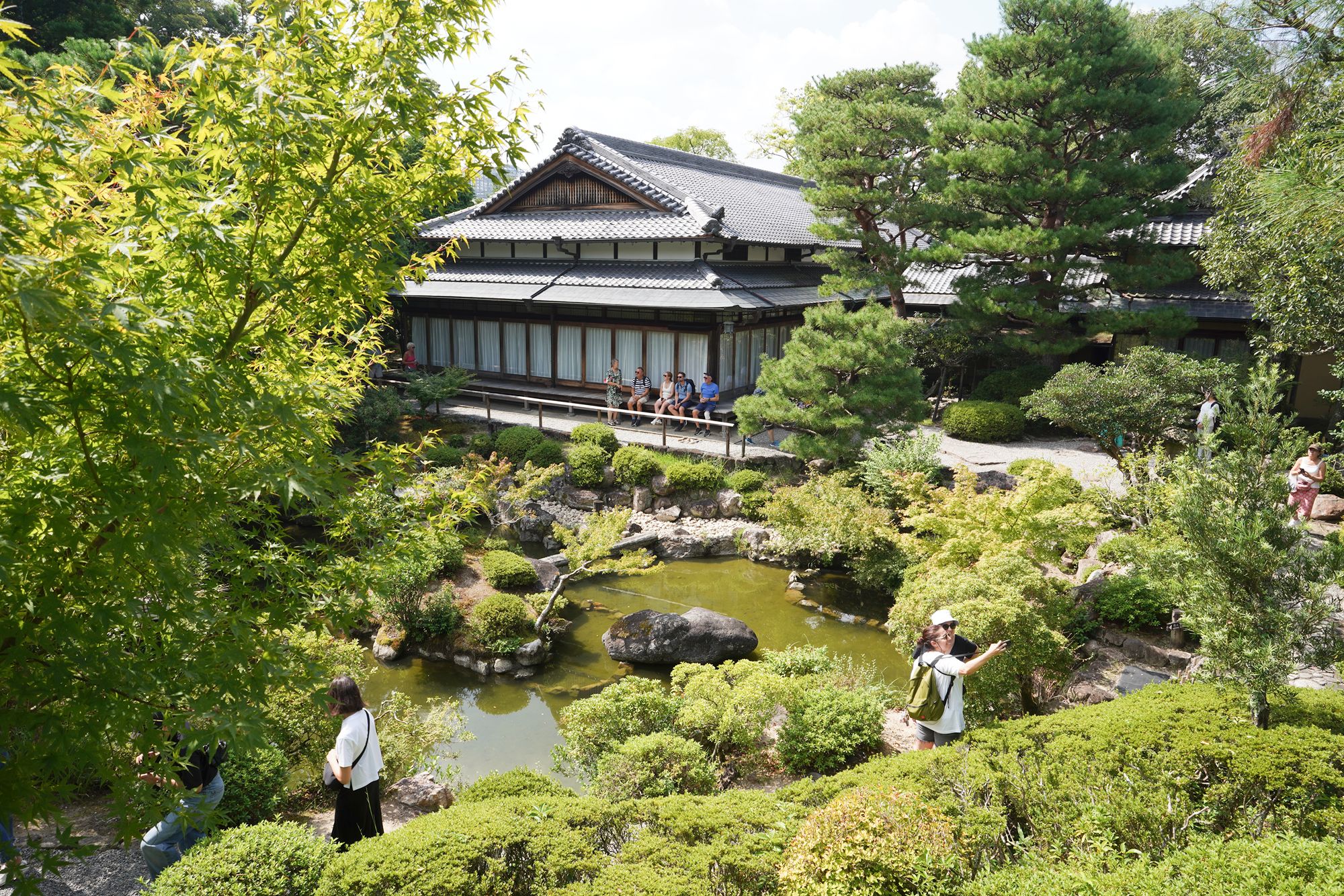
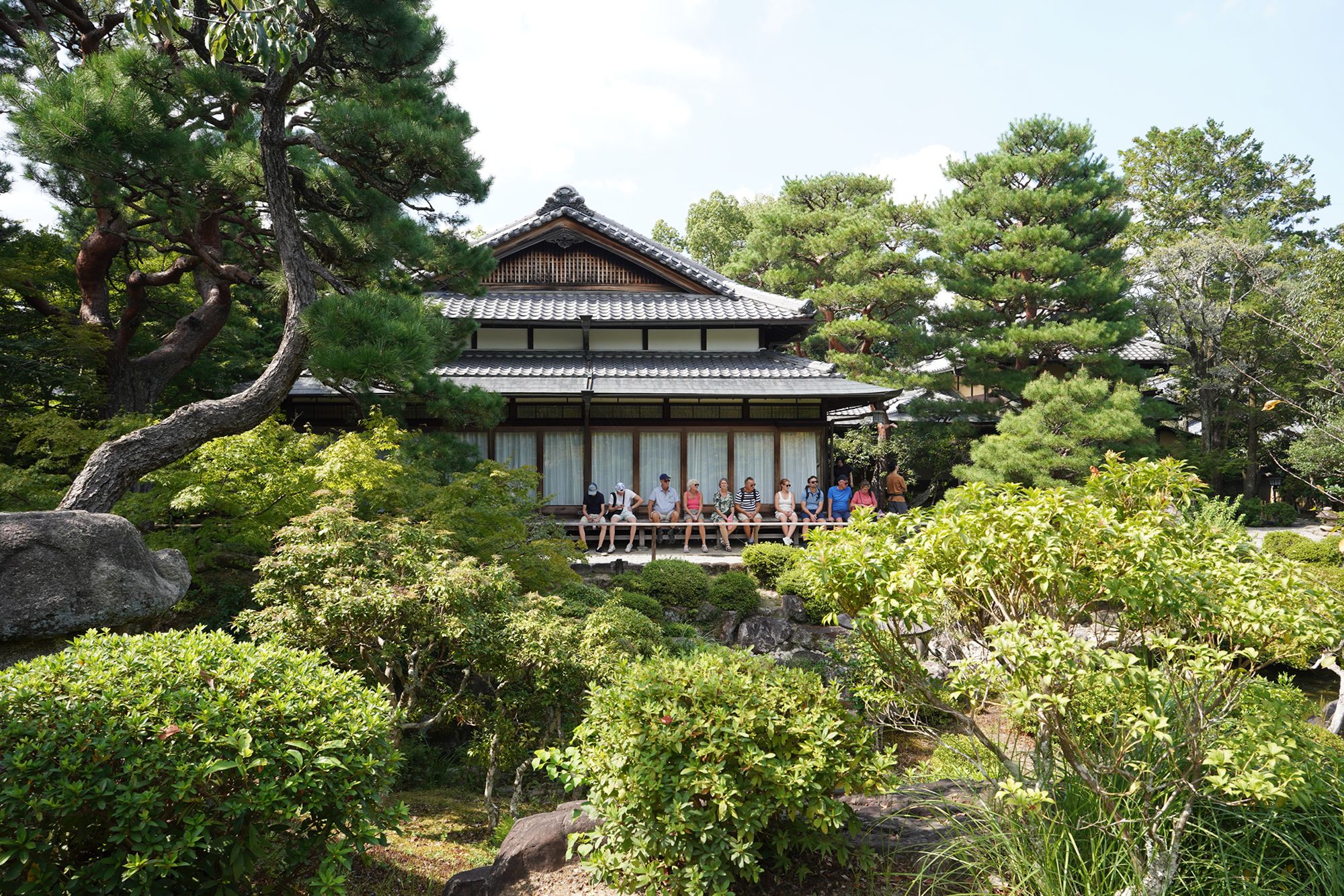
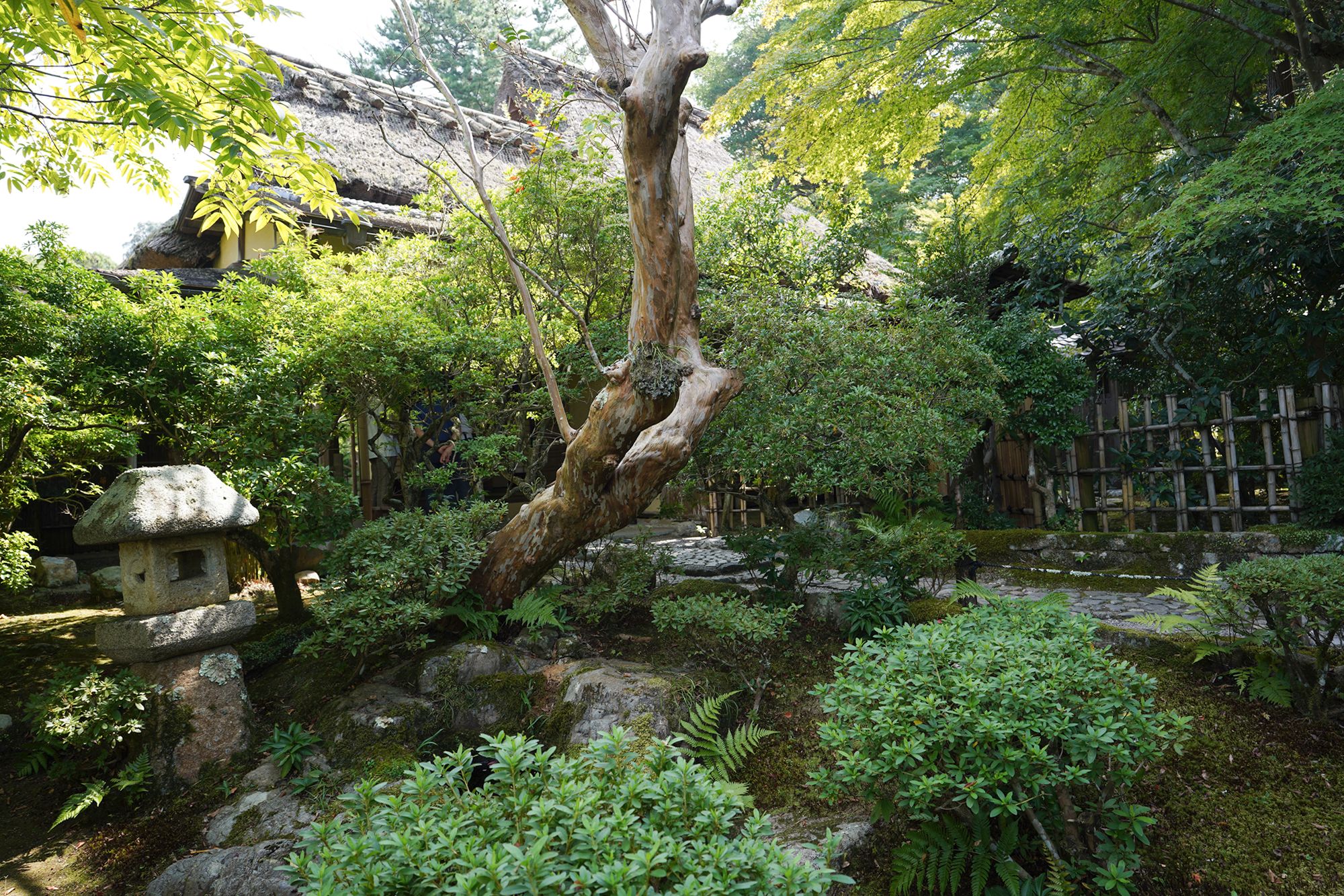
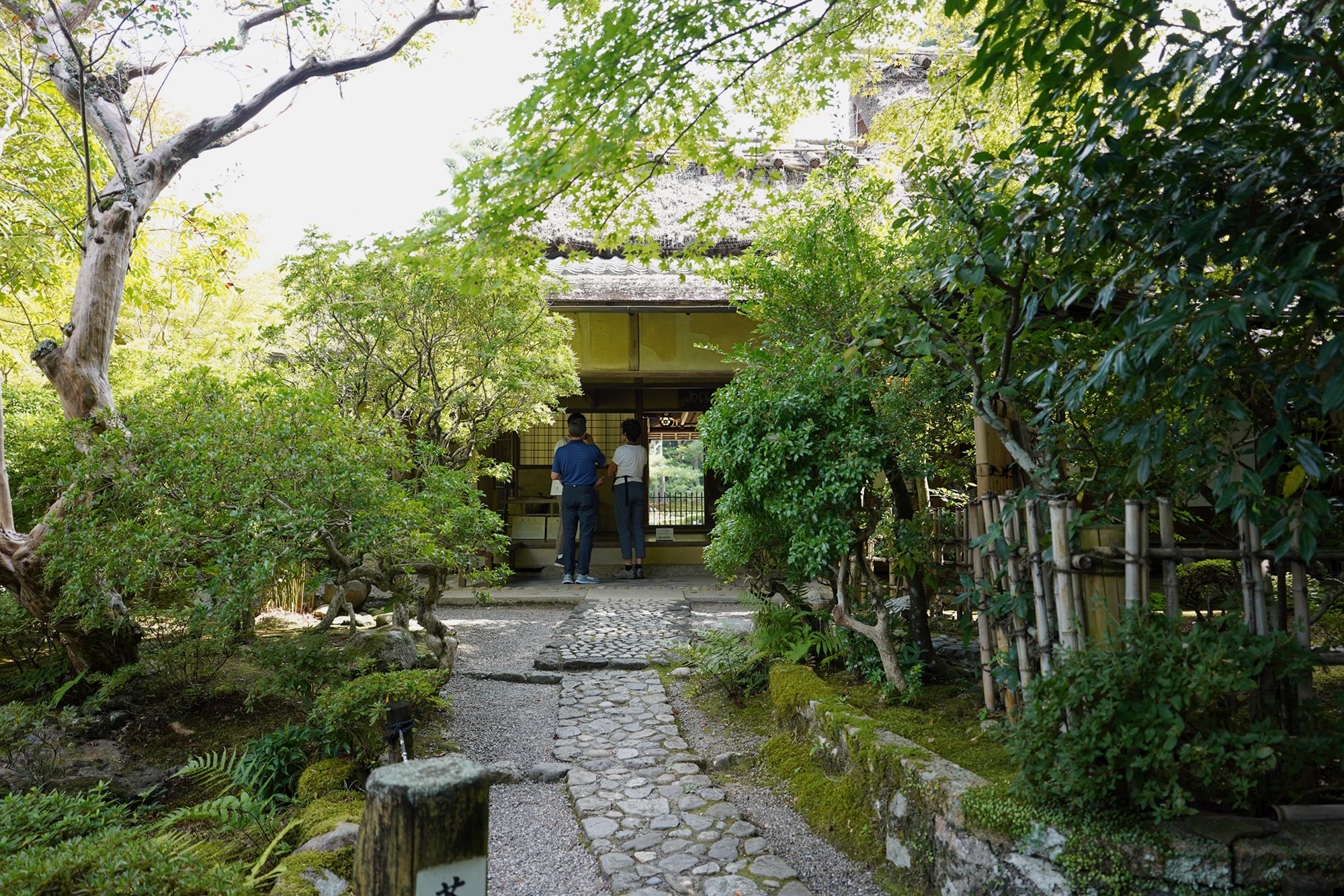
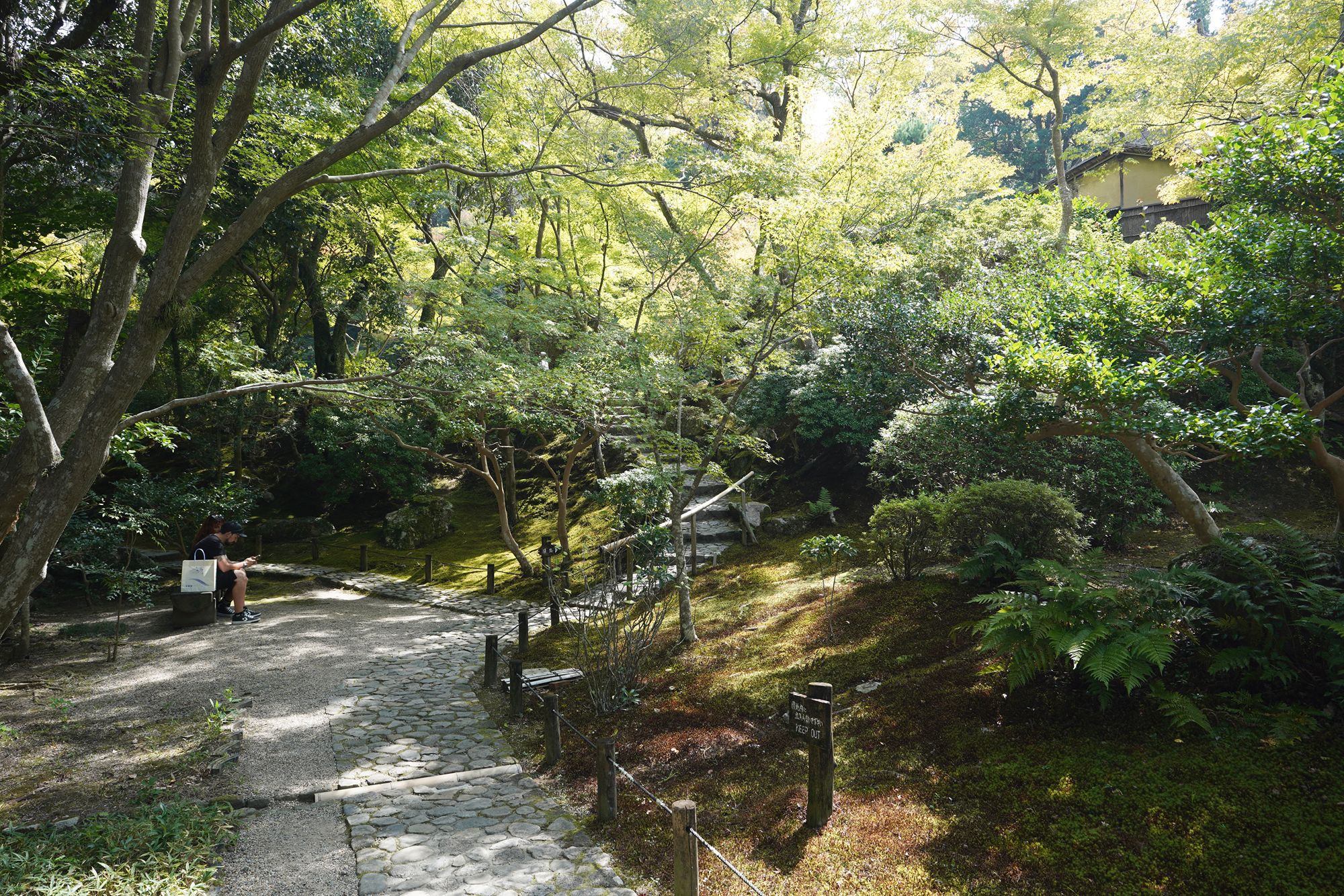
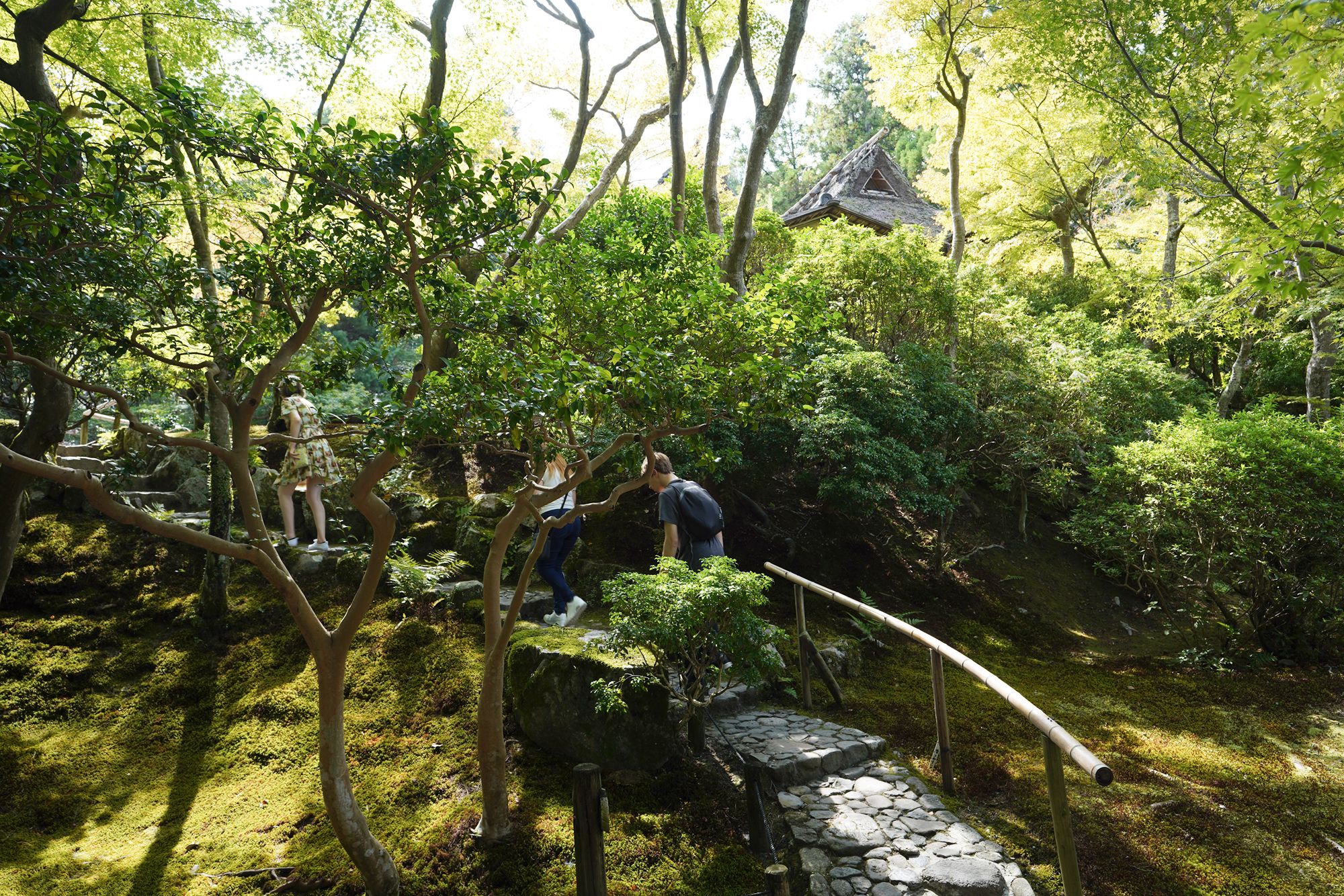
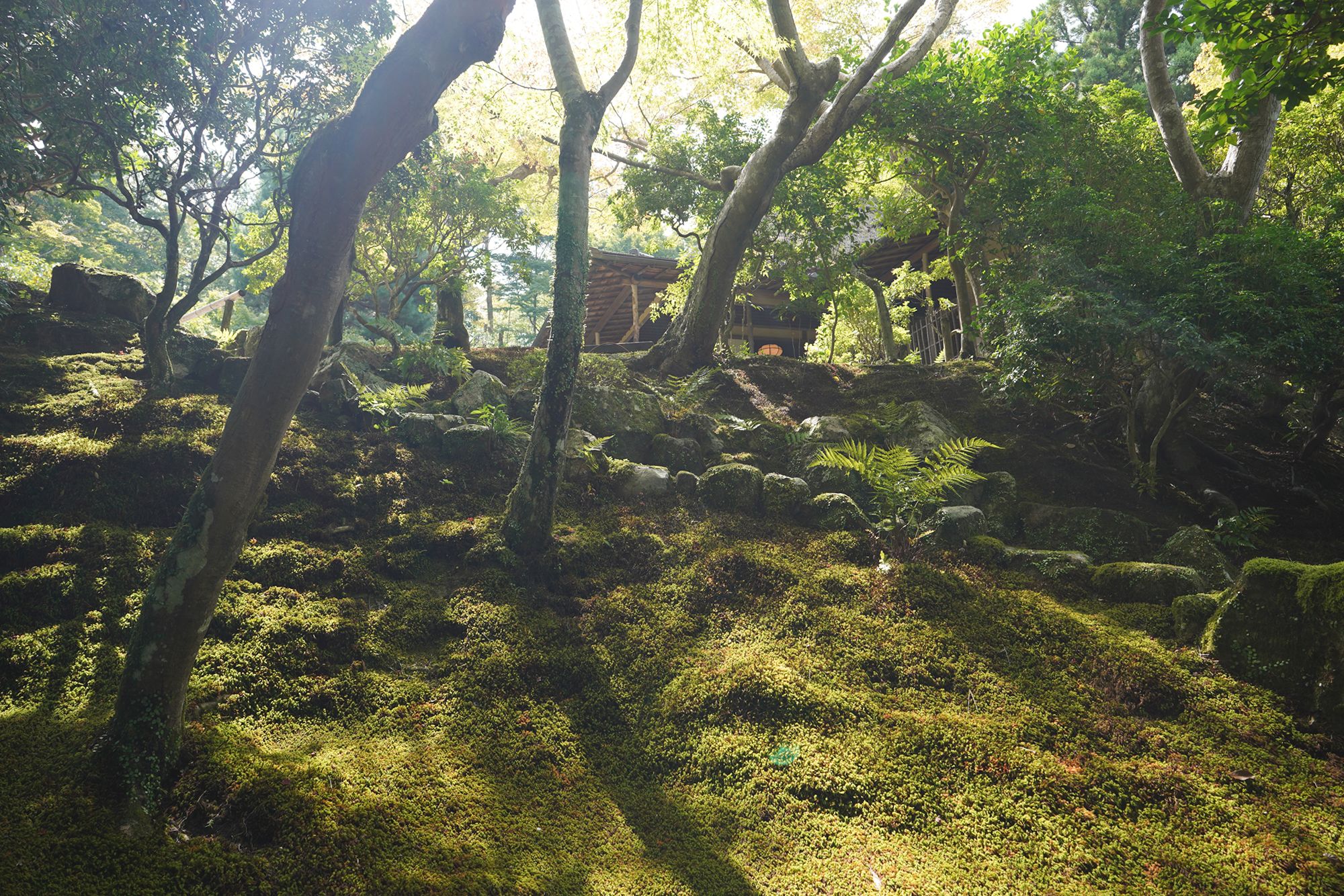
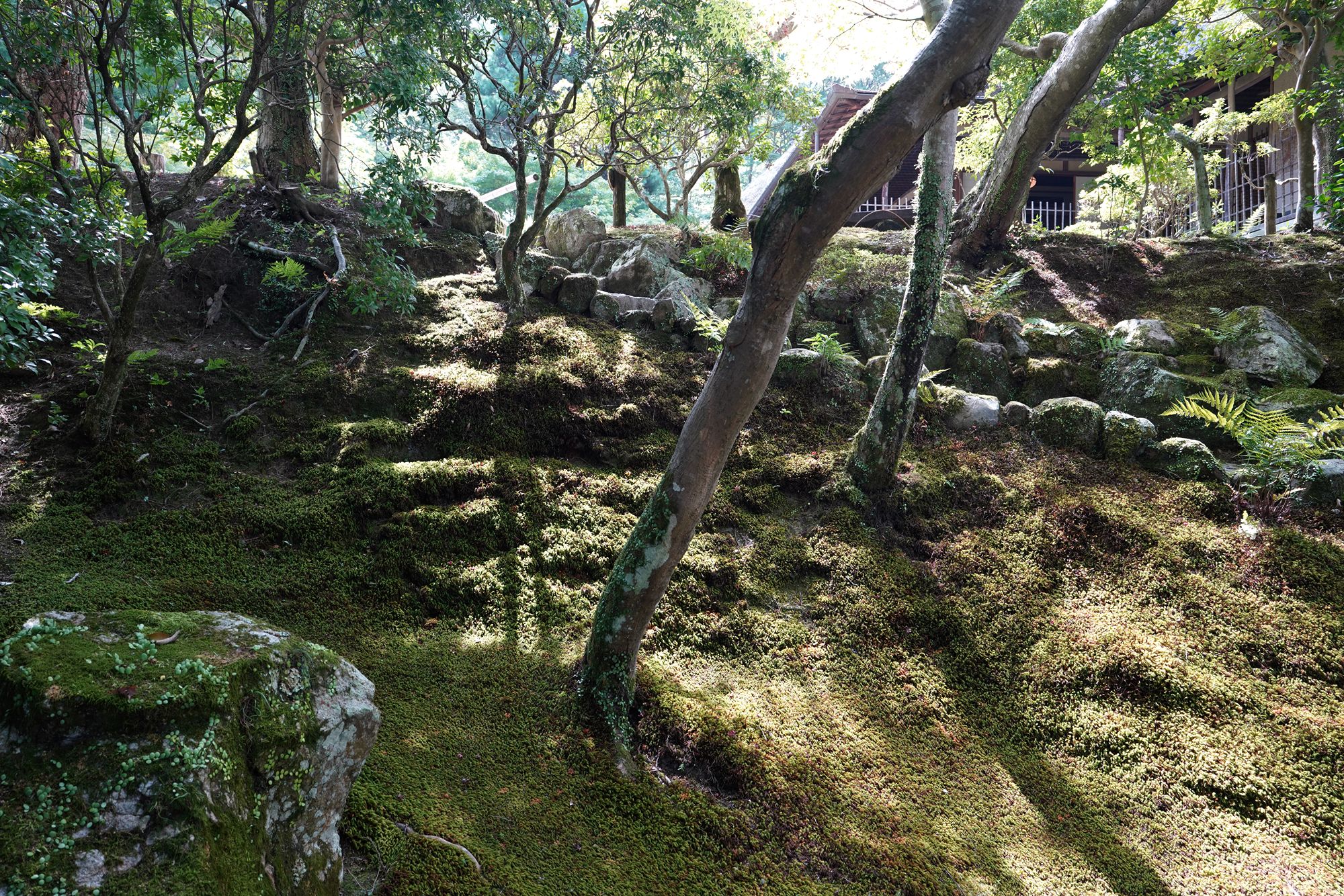
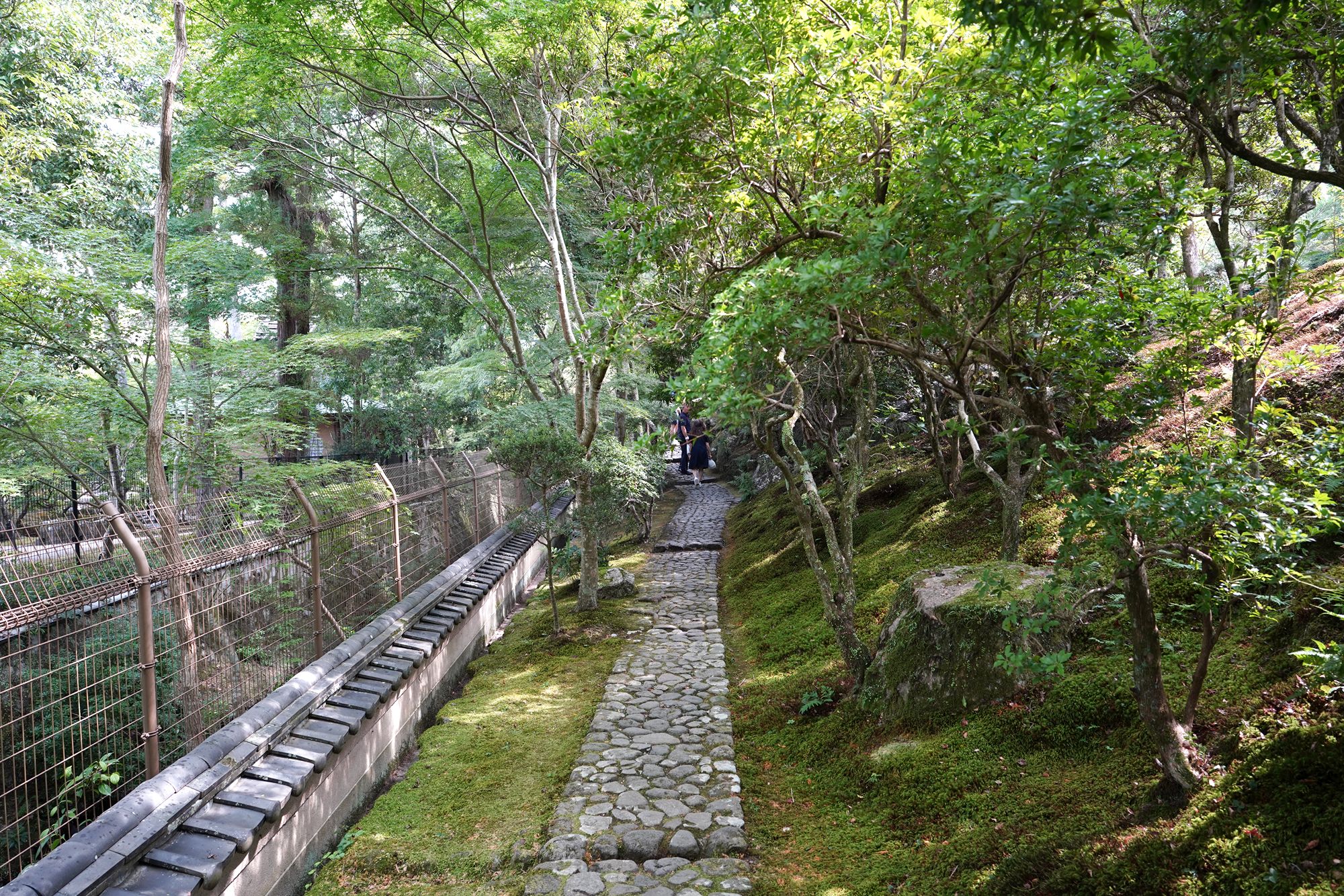
Three Distinct Sections
Pond Garden: Features a picturesque pond surrounded by well-manicured trees and plants, creating a harmonious and reflective atmosphere.
Moss Garden: A lush, green area covered with moss, offering a soft and calming visual experience.
Tea Ceremony Garden: Designed for traditional Japanese tea ceremonies, this area includes a tea house and pathways that emphasize simplicity and elegance.
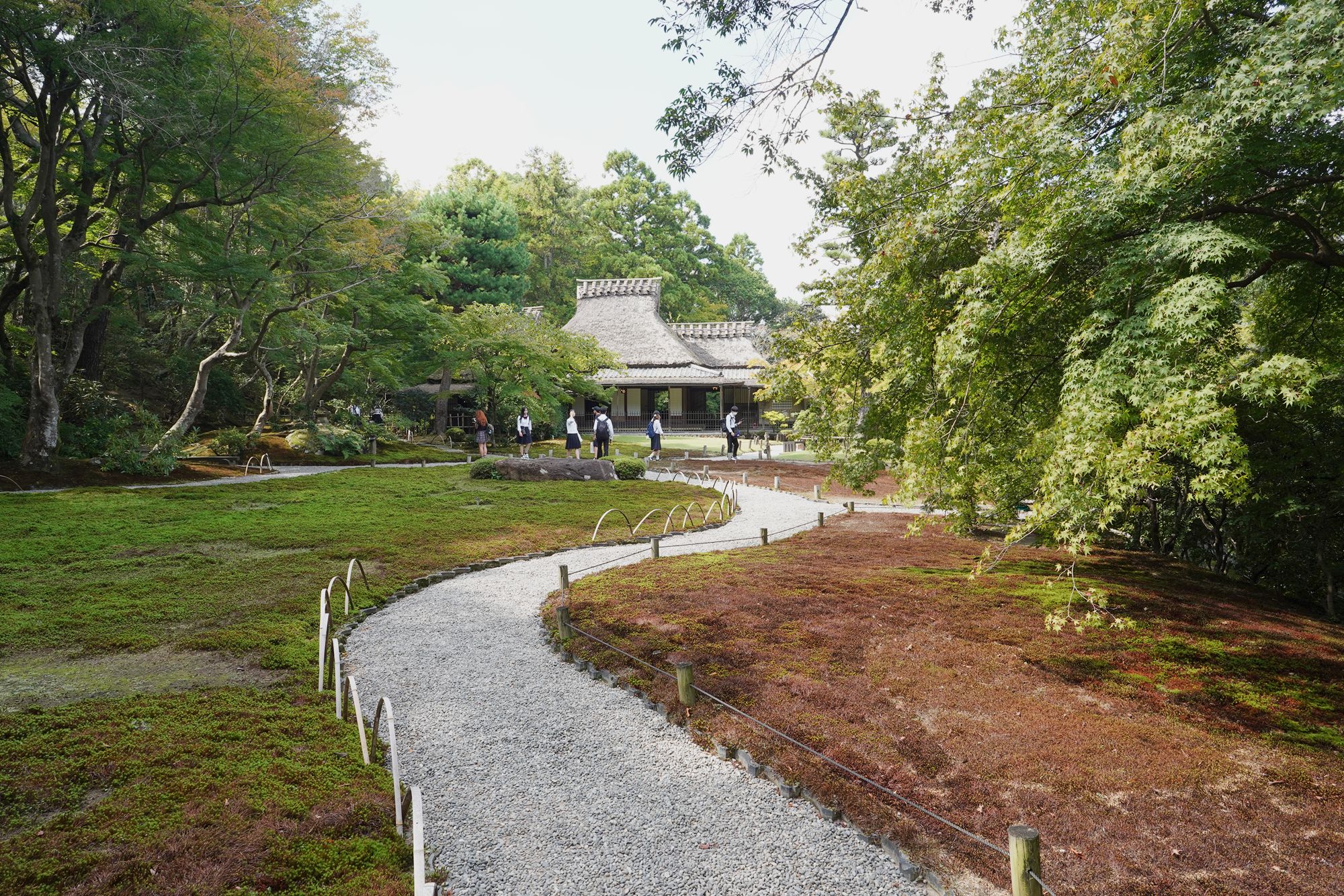
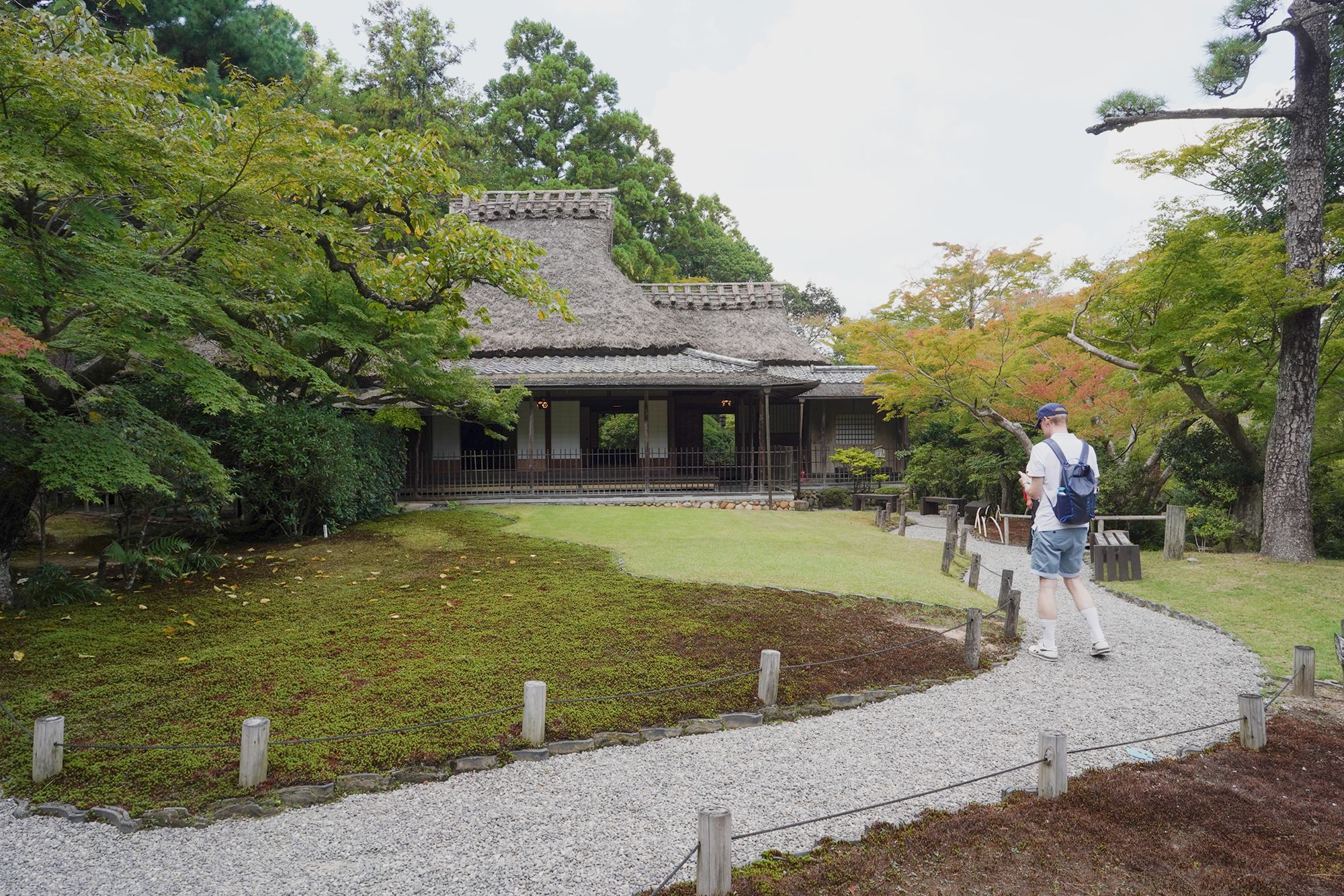
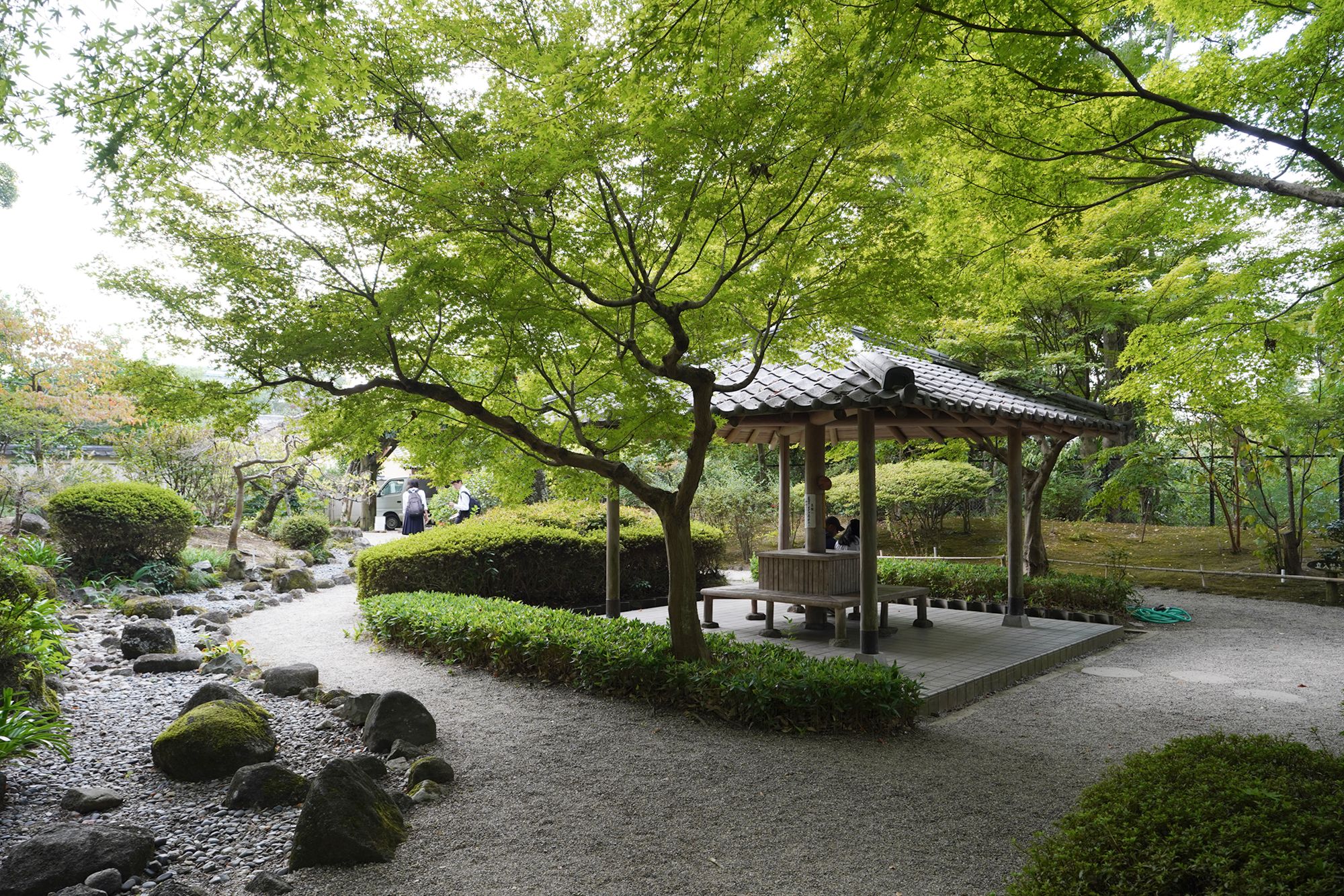
The map of Isuien Garden. The garden was next to Yoshikien Garden, but it was closed.
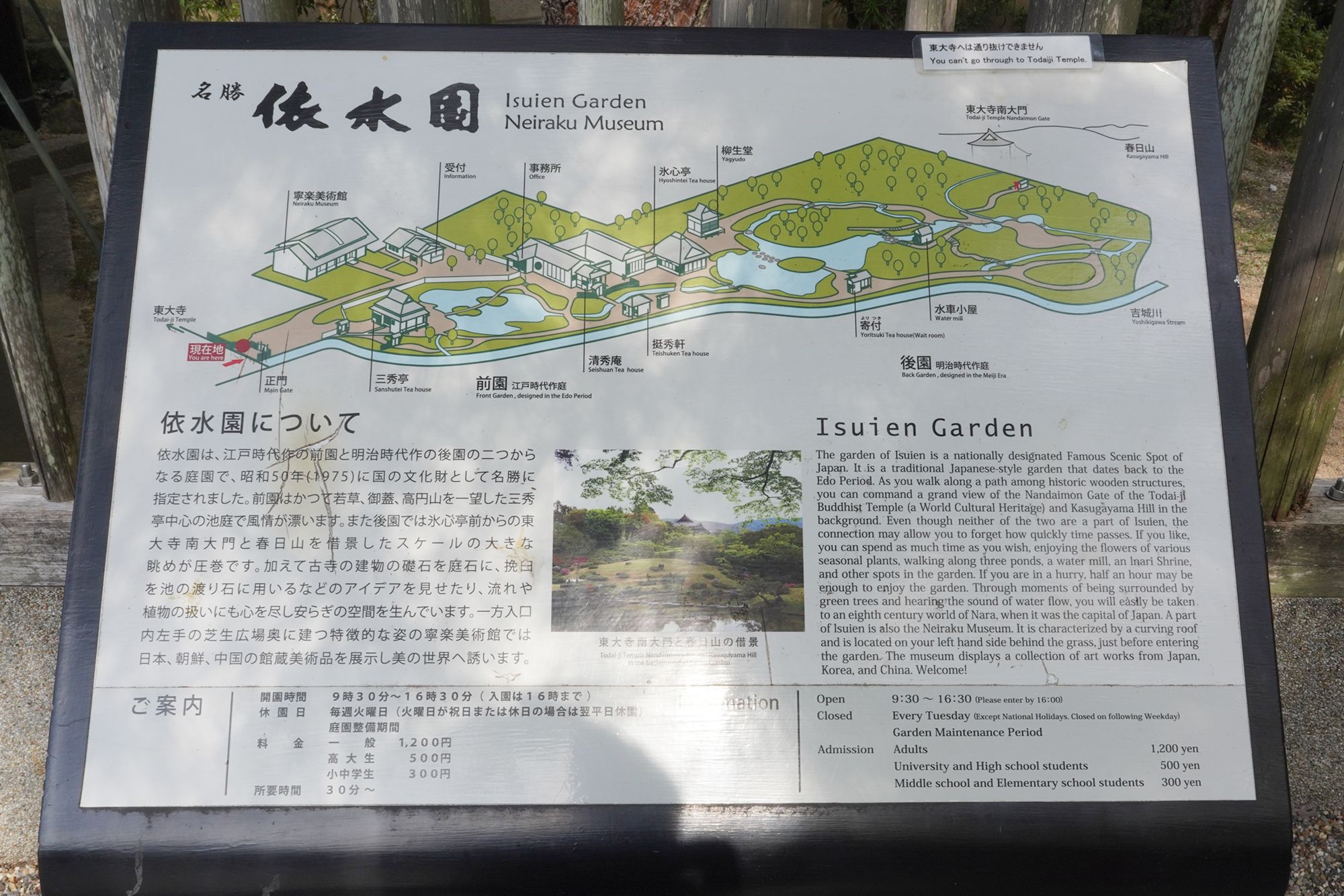
A peek into Isuien Garden
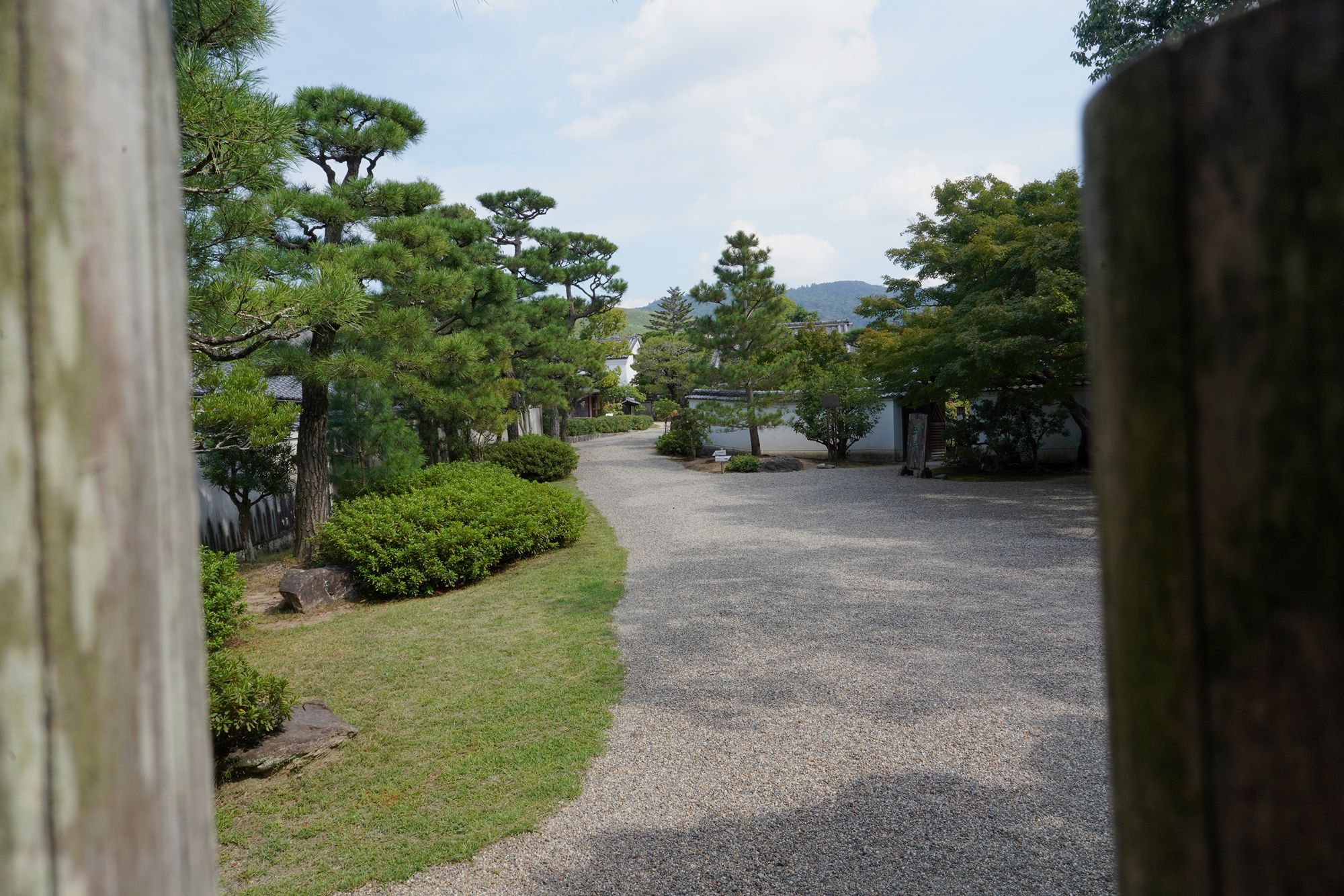
From the garden, I headed to Tōdai-ji temple.
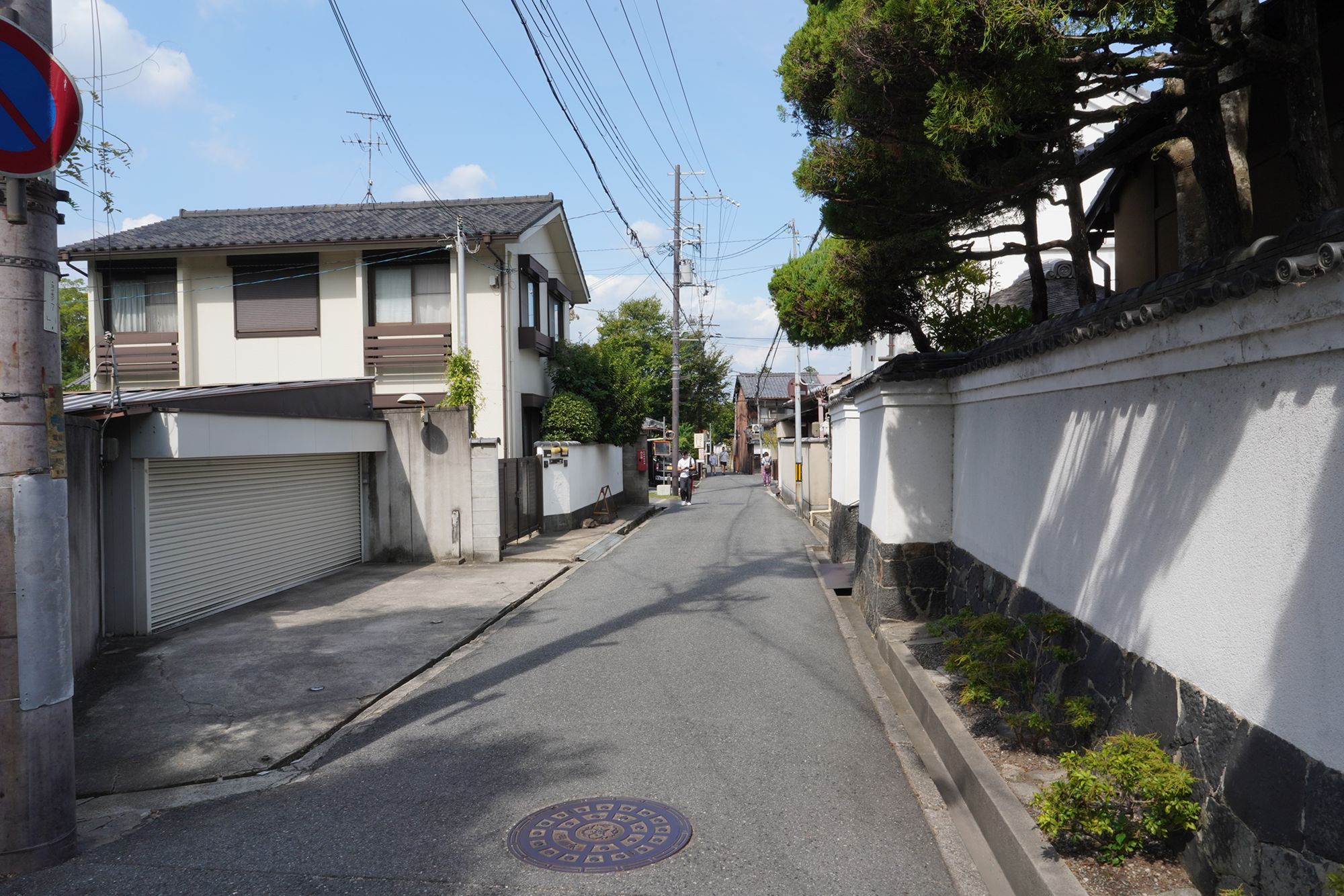
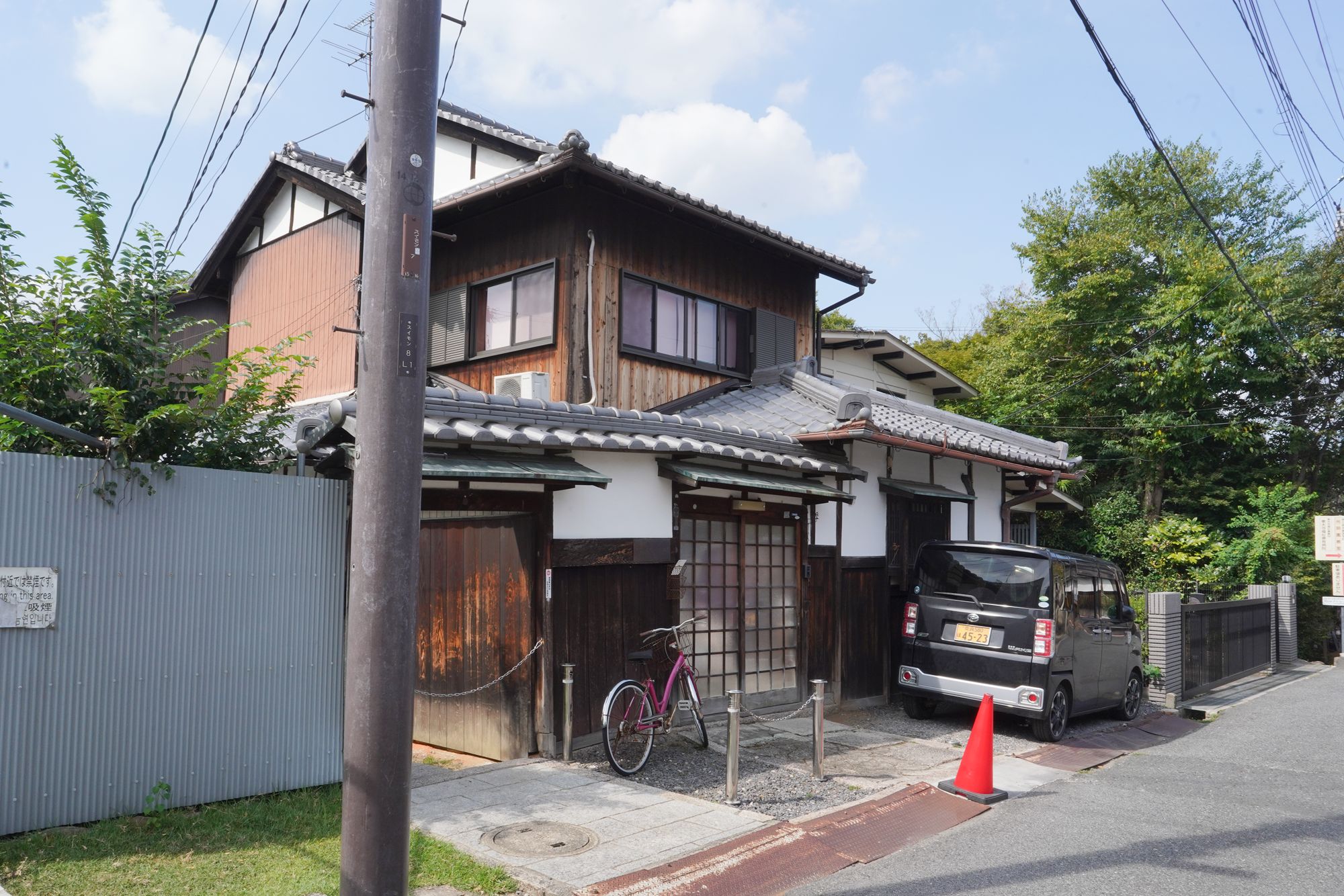
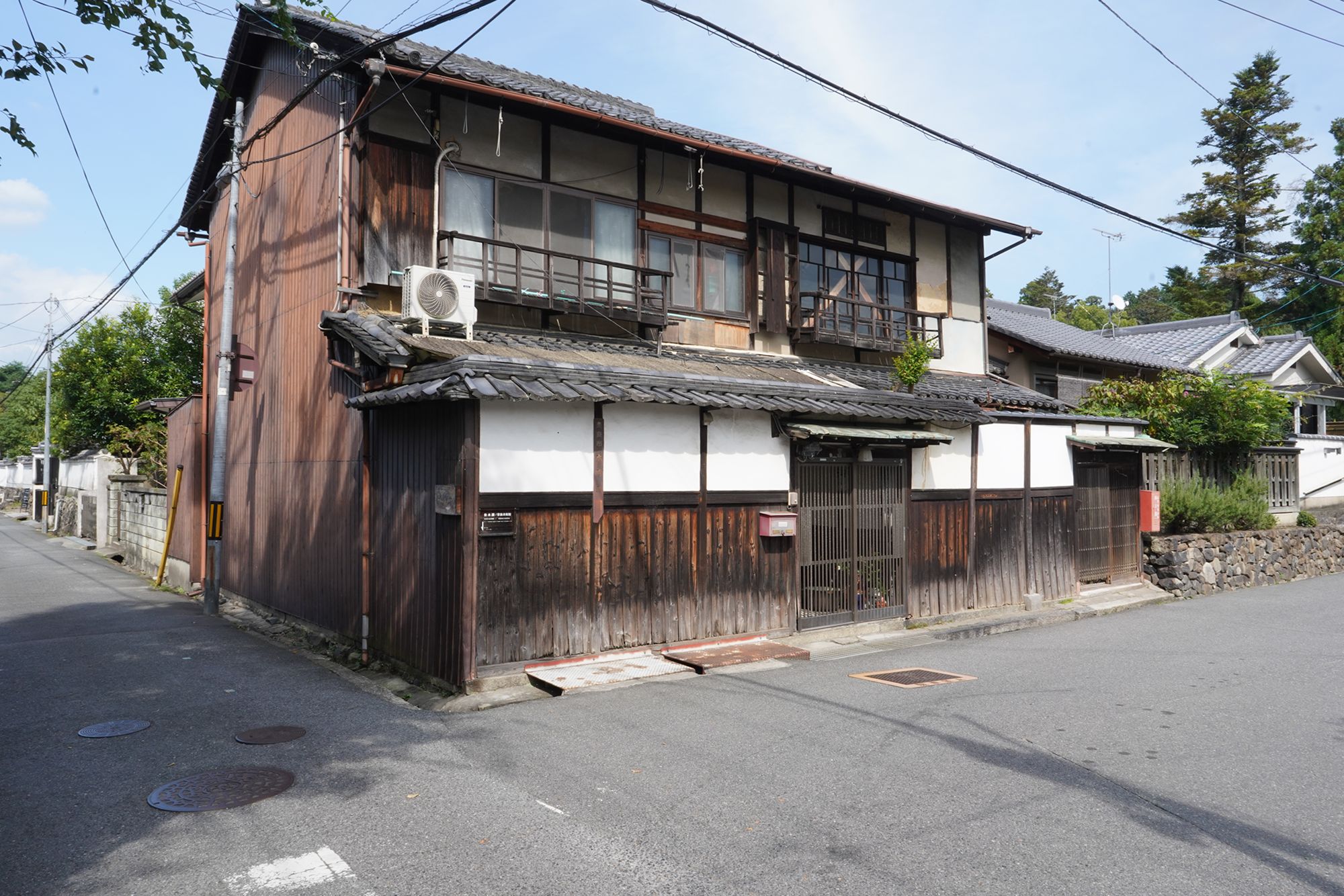
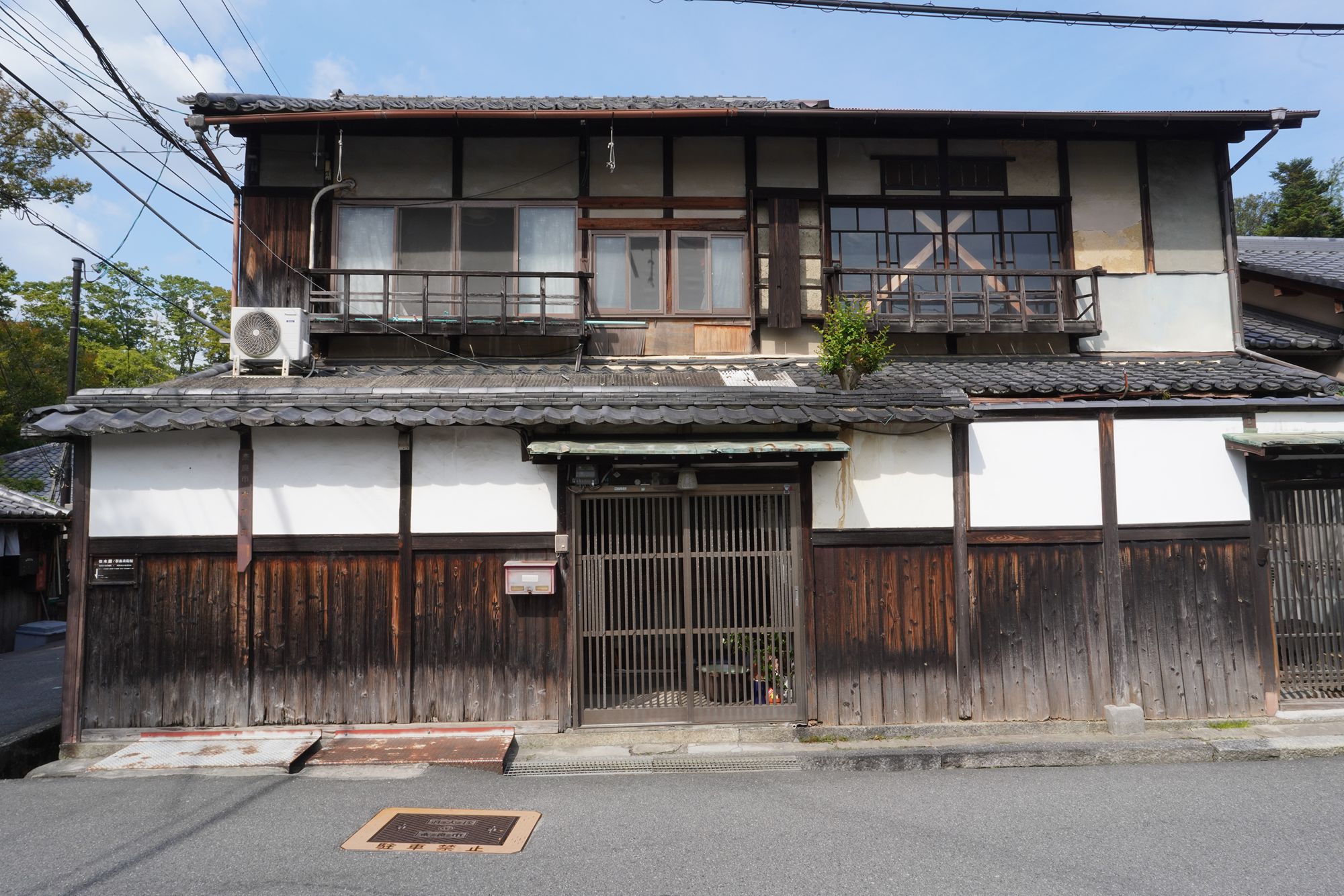
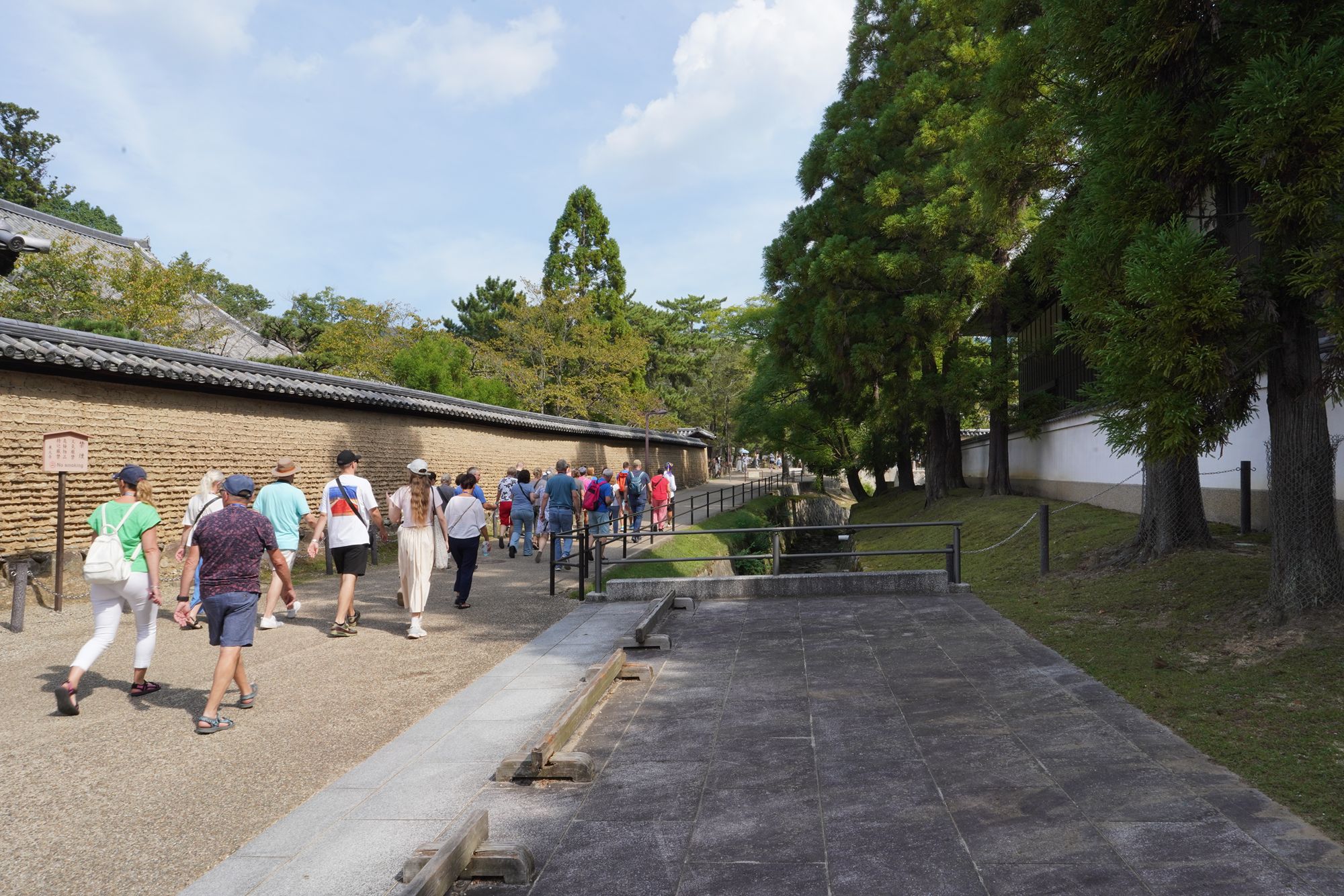
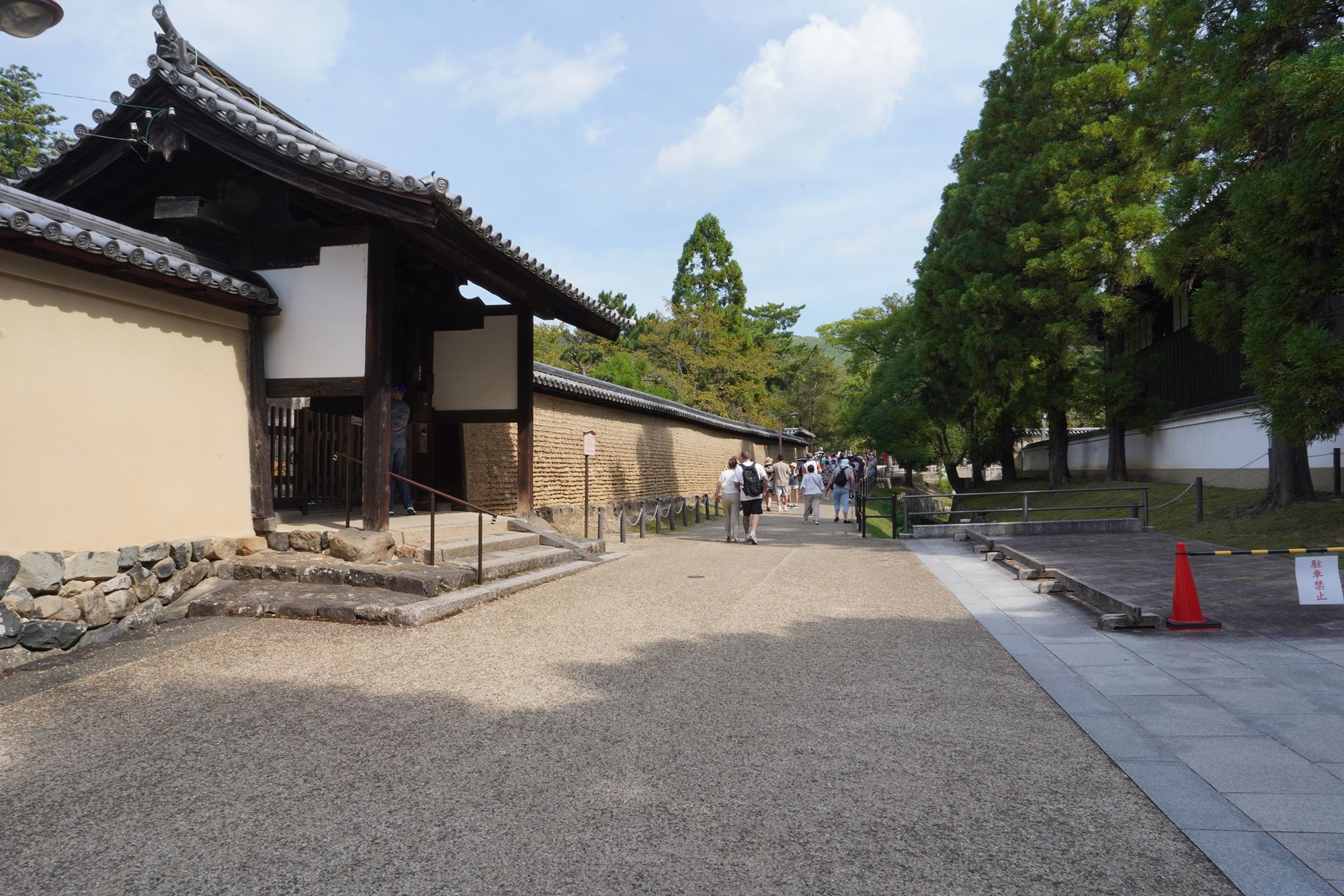
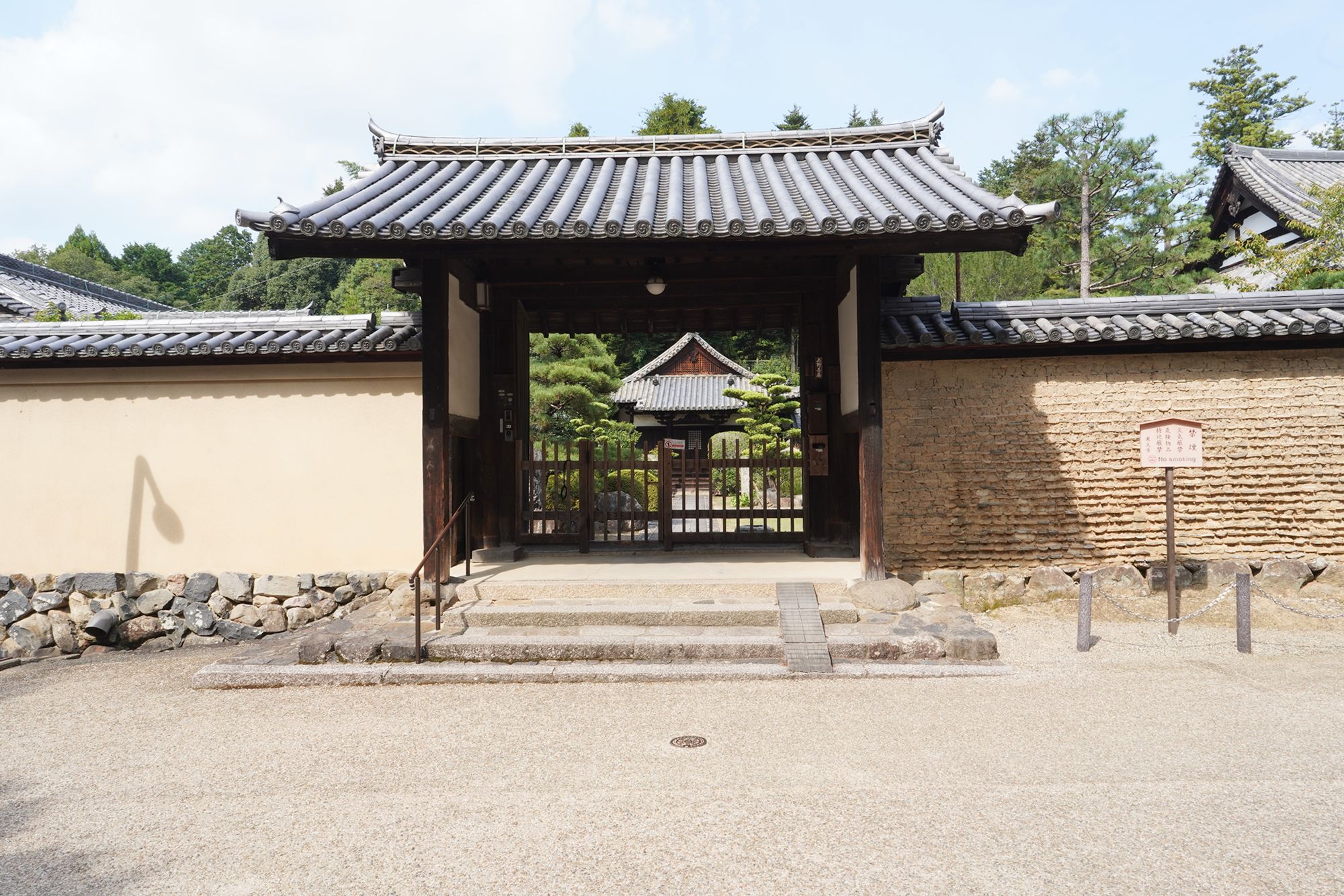
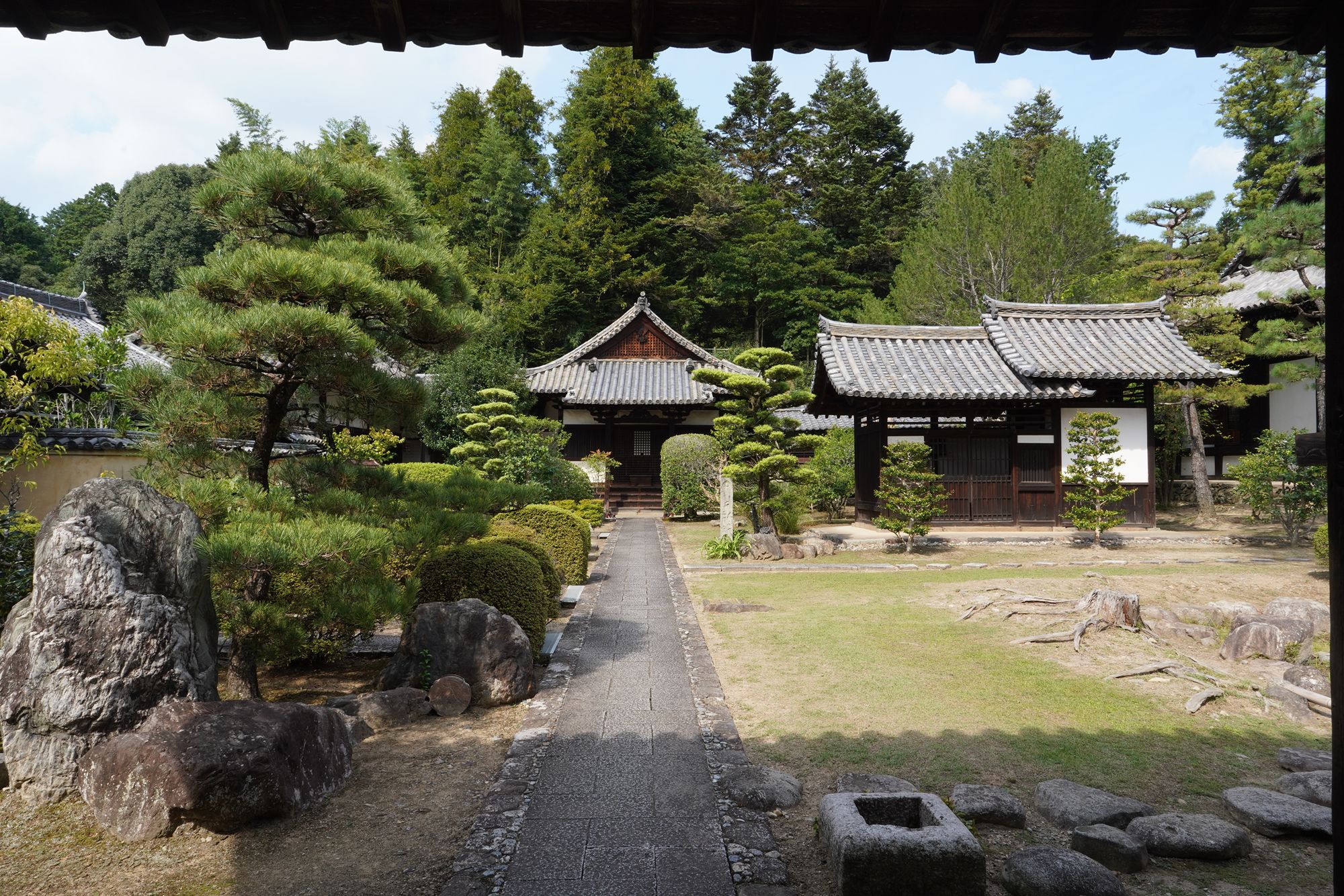
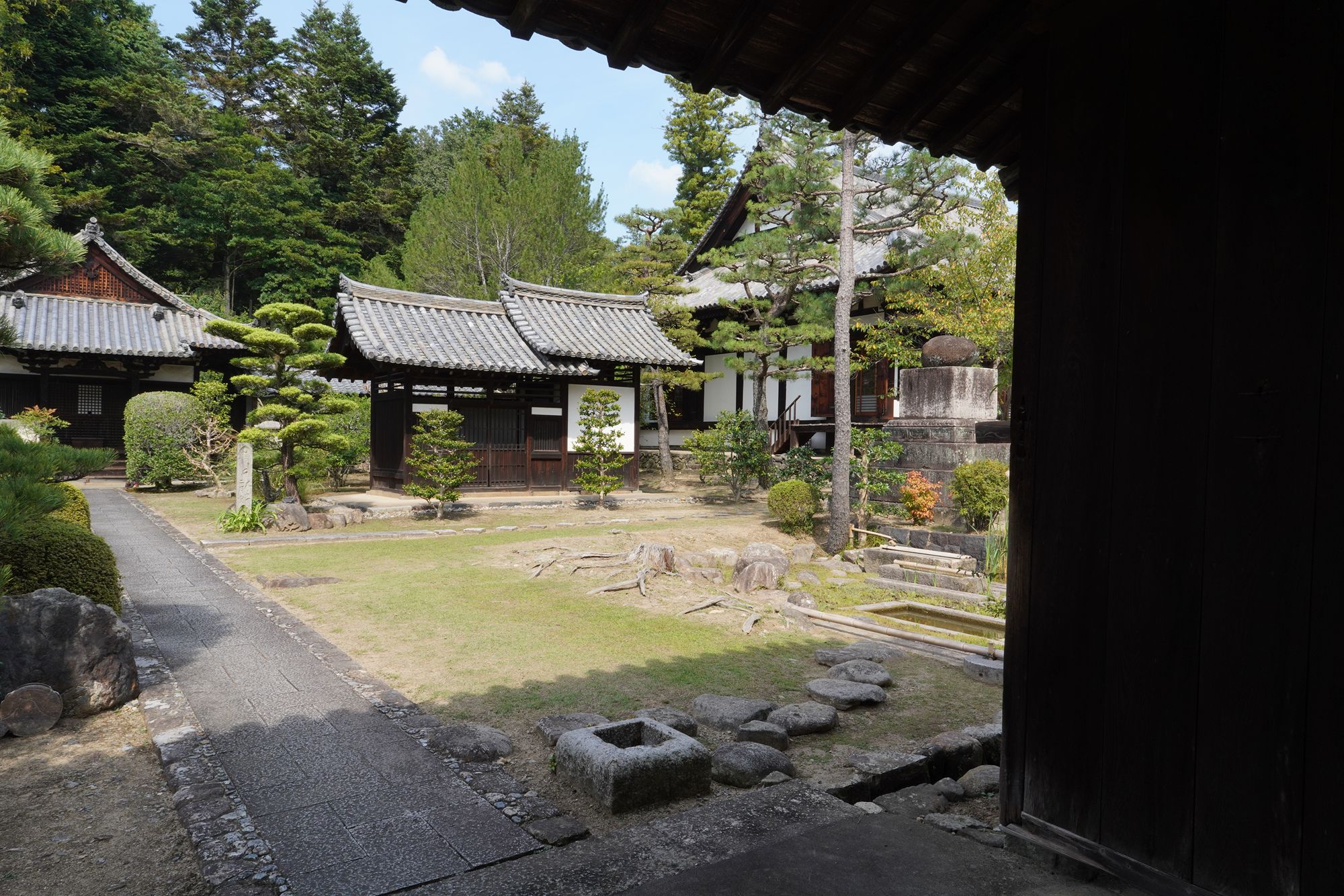
Todai-ji Temple
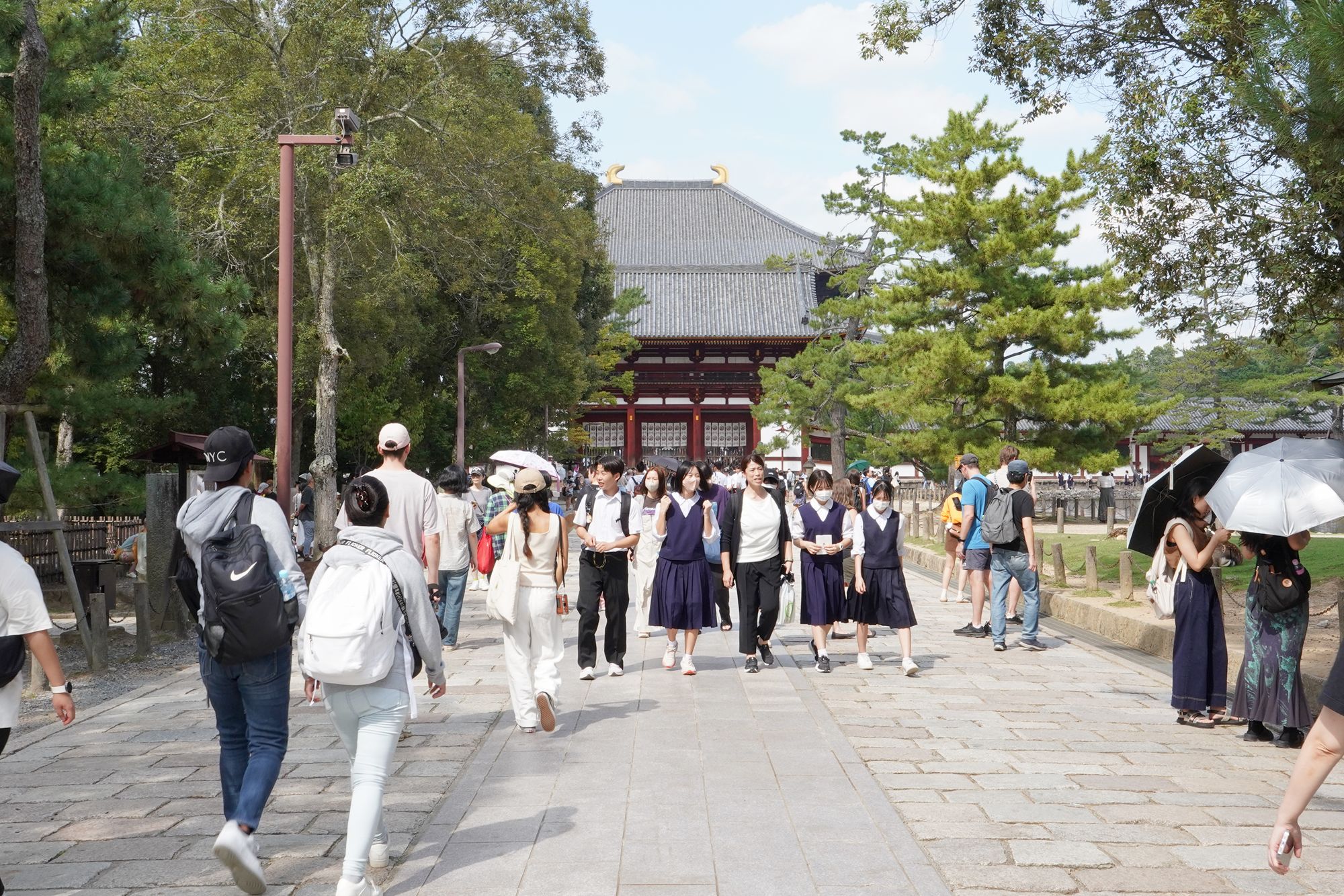
Back side
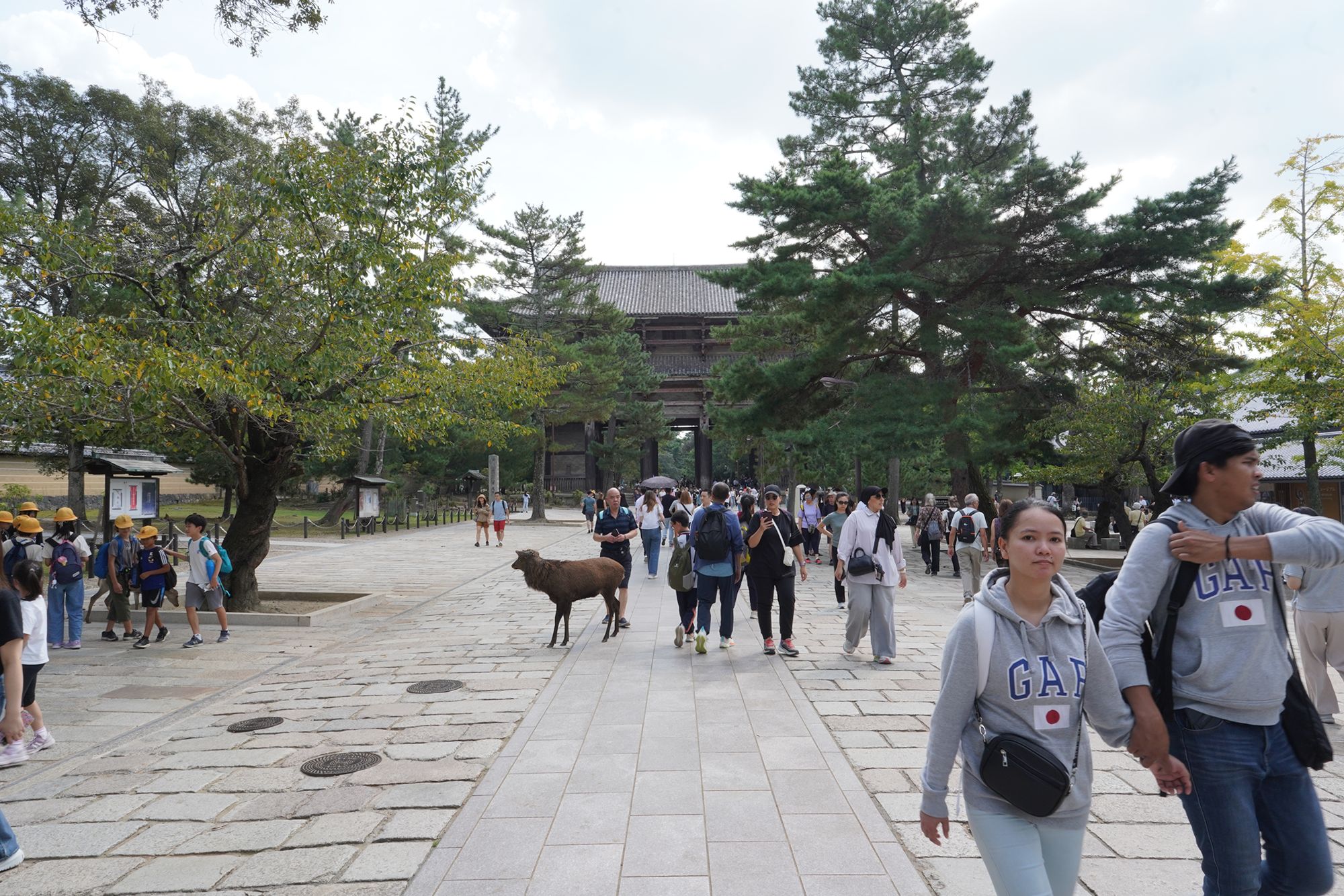
Tōdai-ji Temple (東大寺) is one of Japan’s most iconic and historically significant temples, located in Nara. Established in 752 CE, it serves as the headquarters of the Kegon school of Buddhism and is part of the UNESCO World Heritage Site “Historic Monuments of Ancient Nara.”
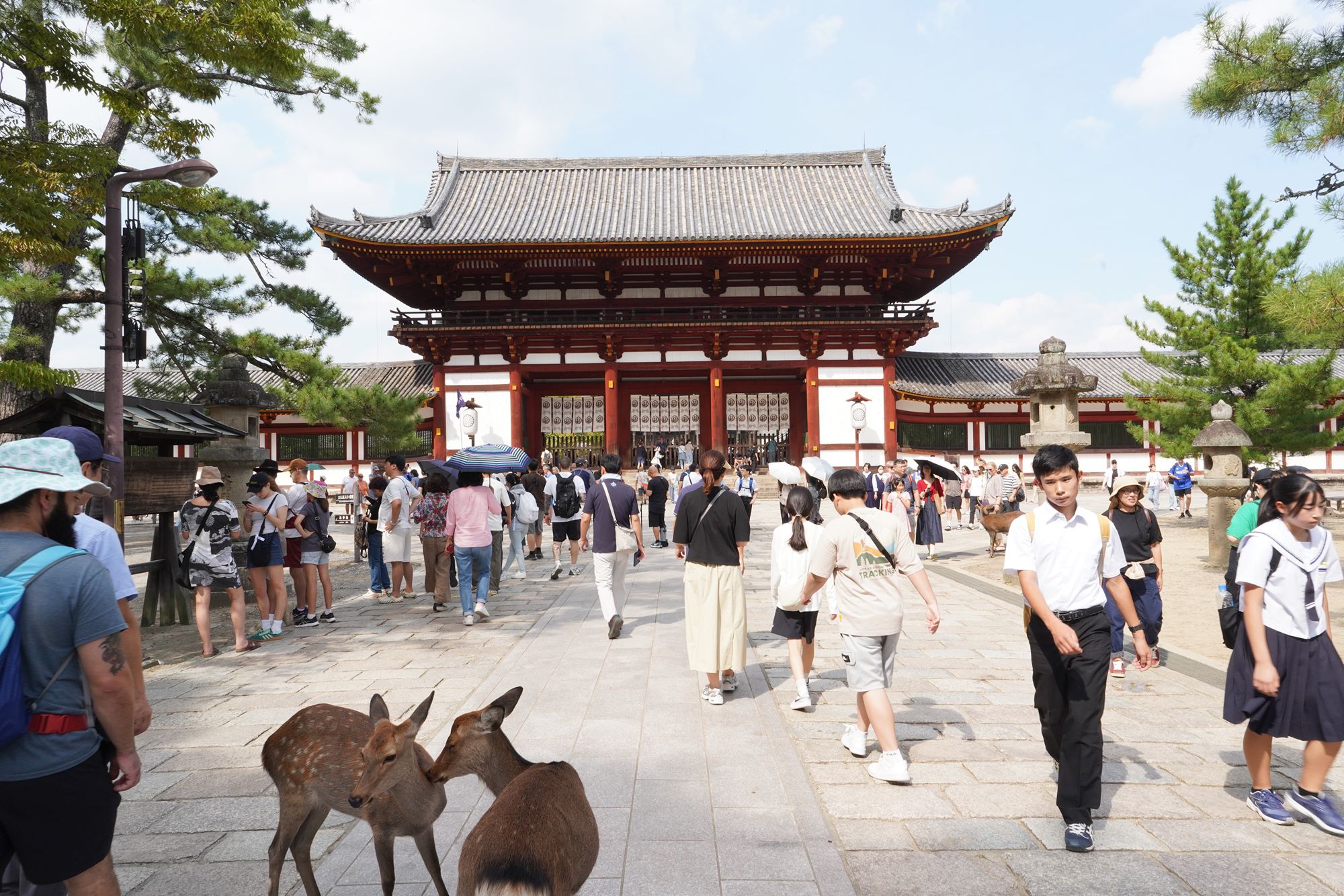
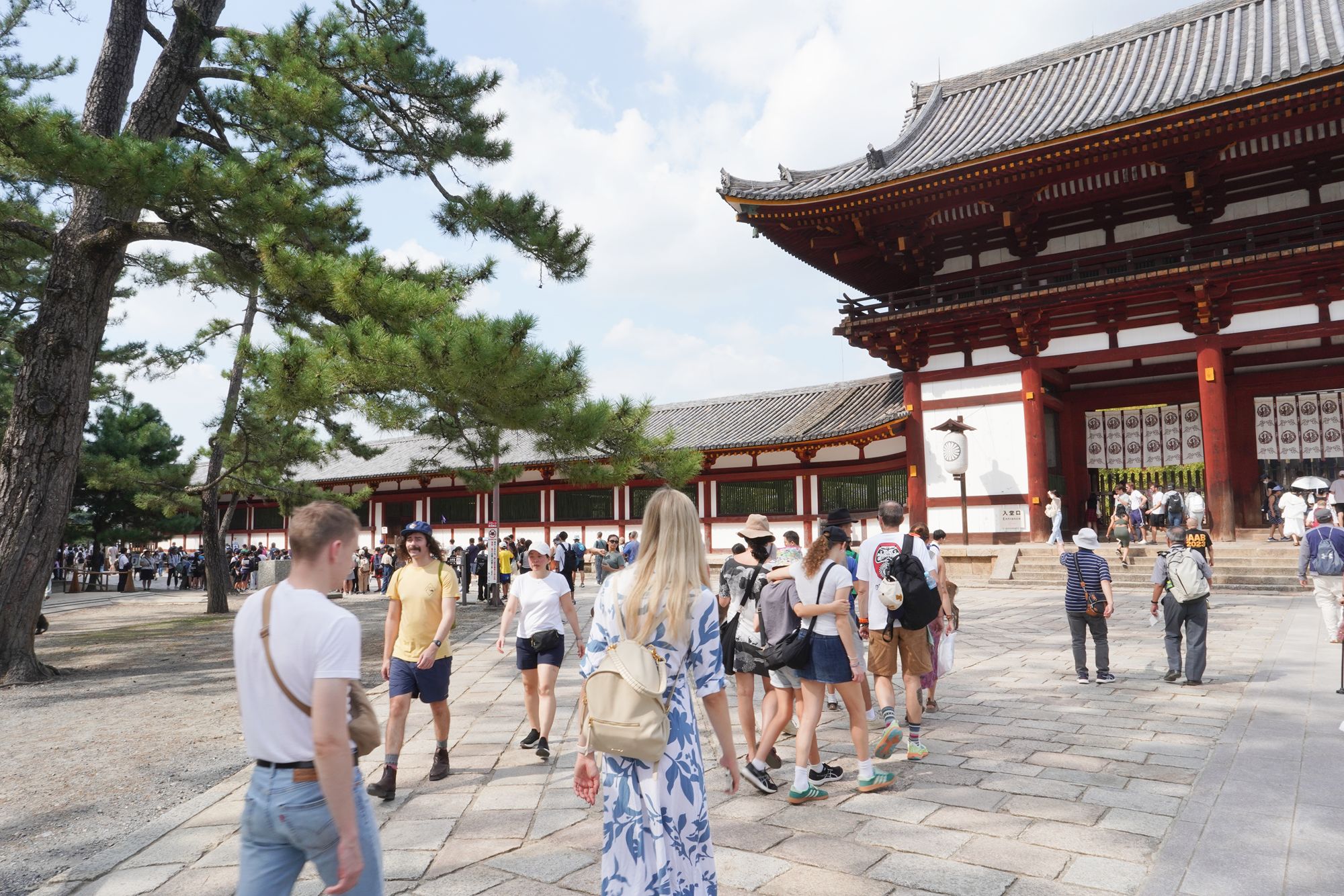
This is the gate to the temple. The temple is behind this gate building.
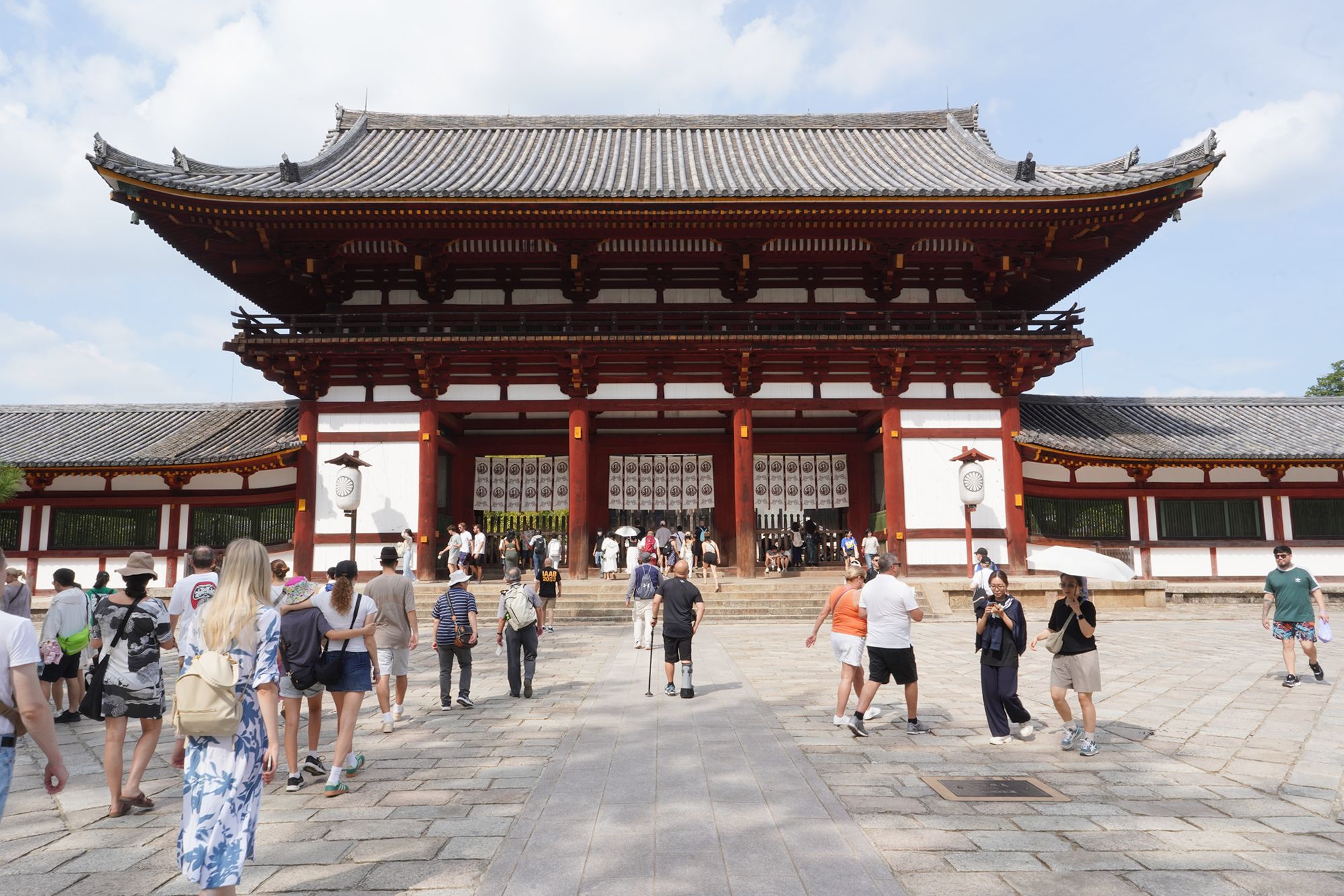
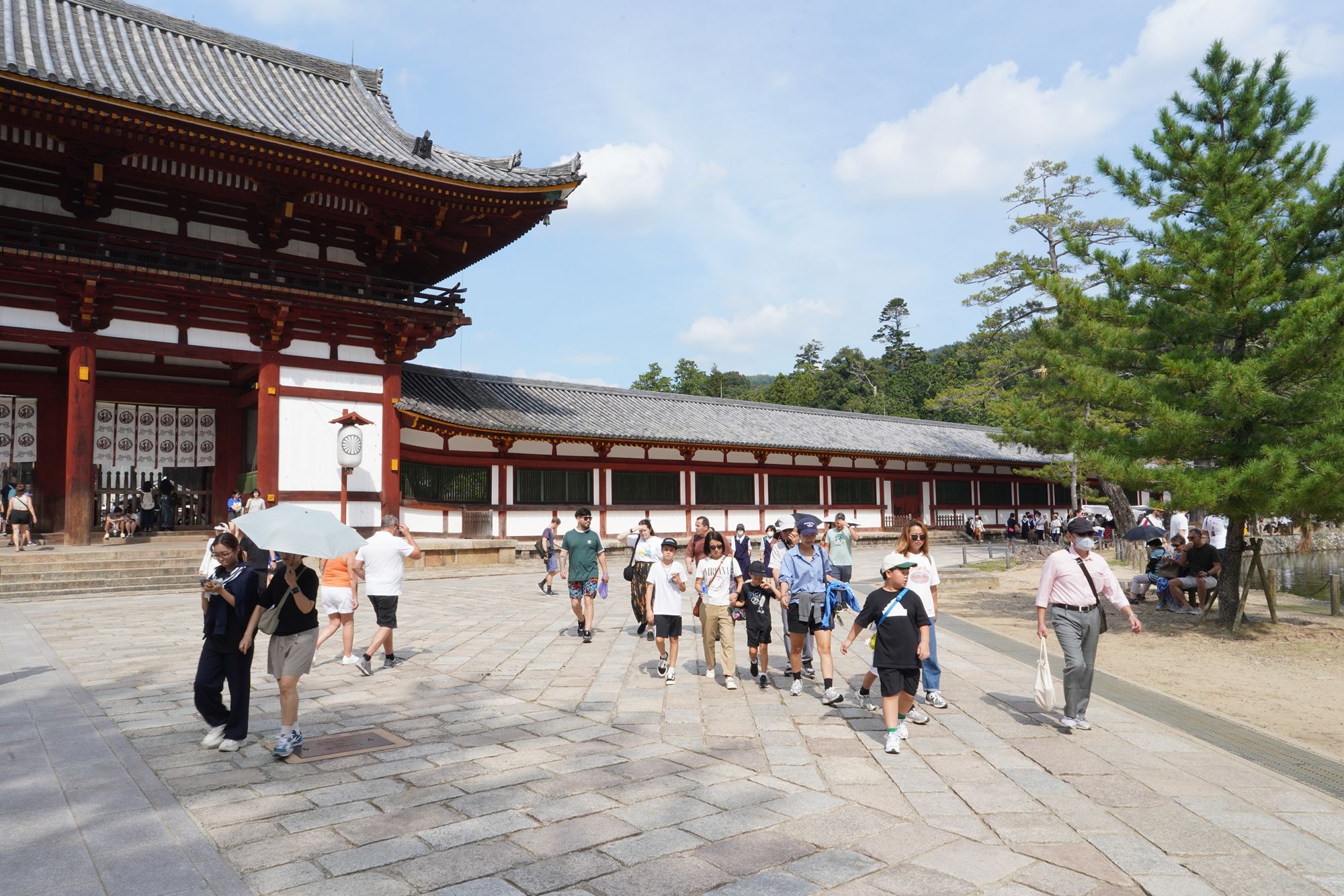
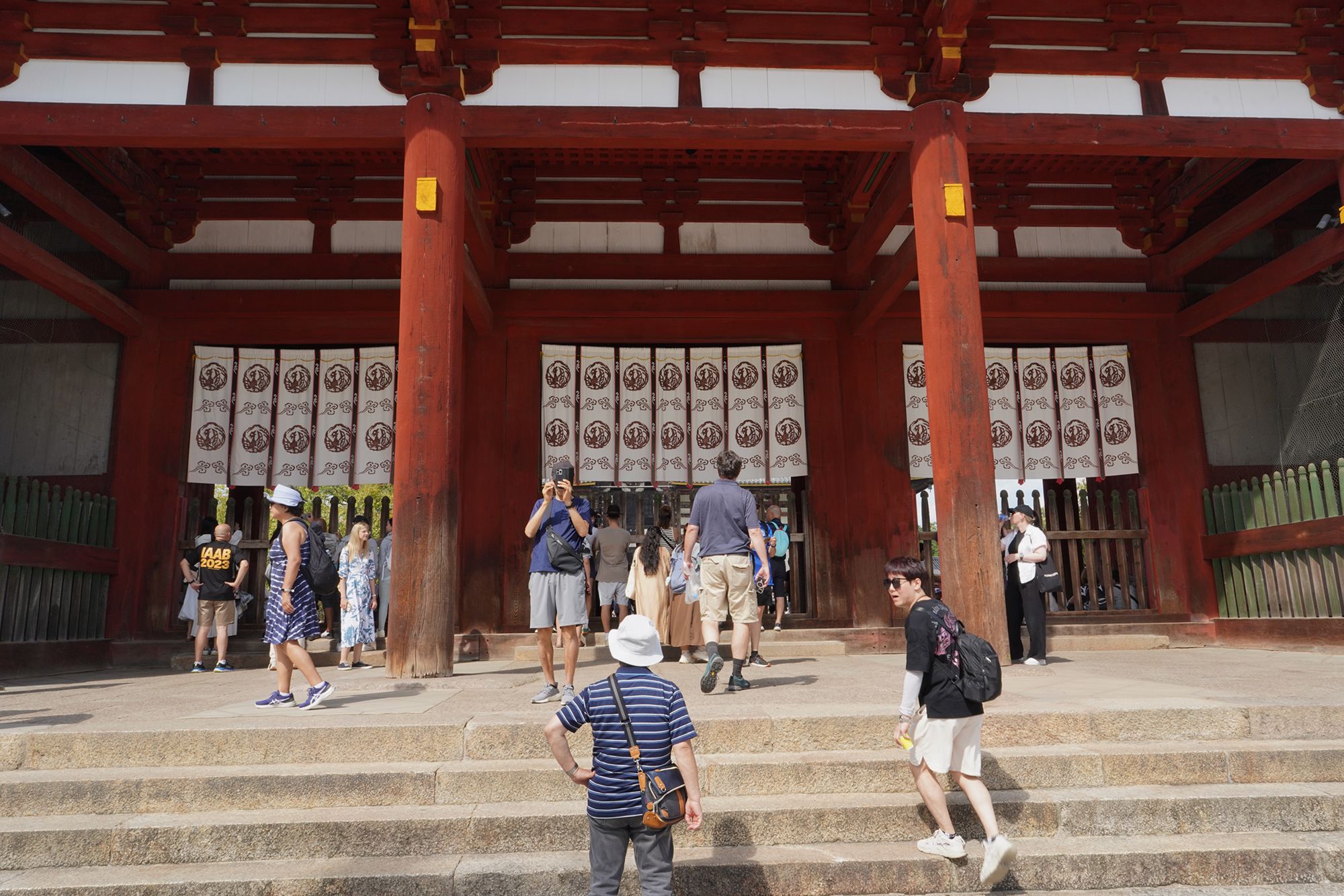
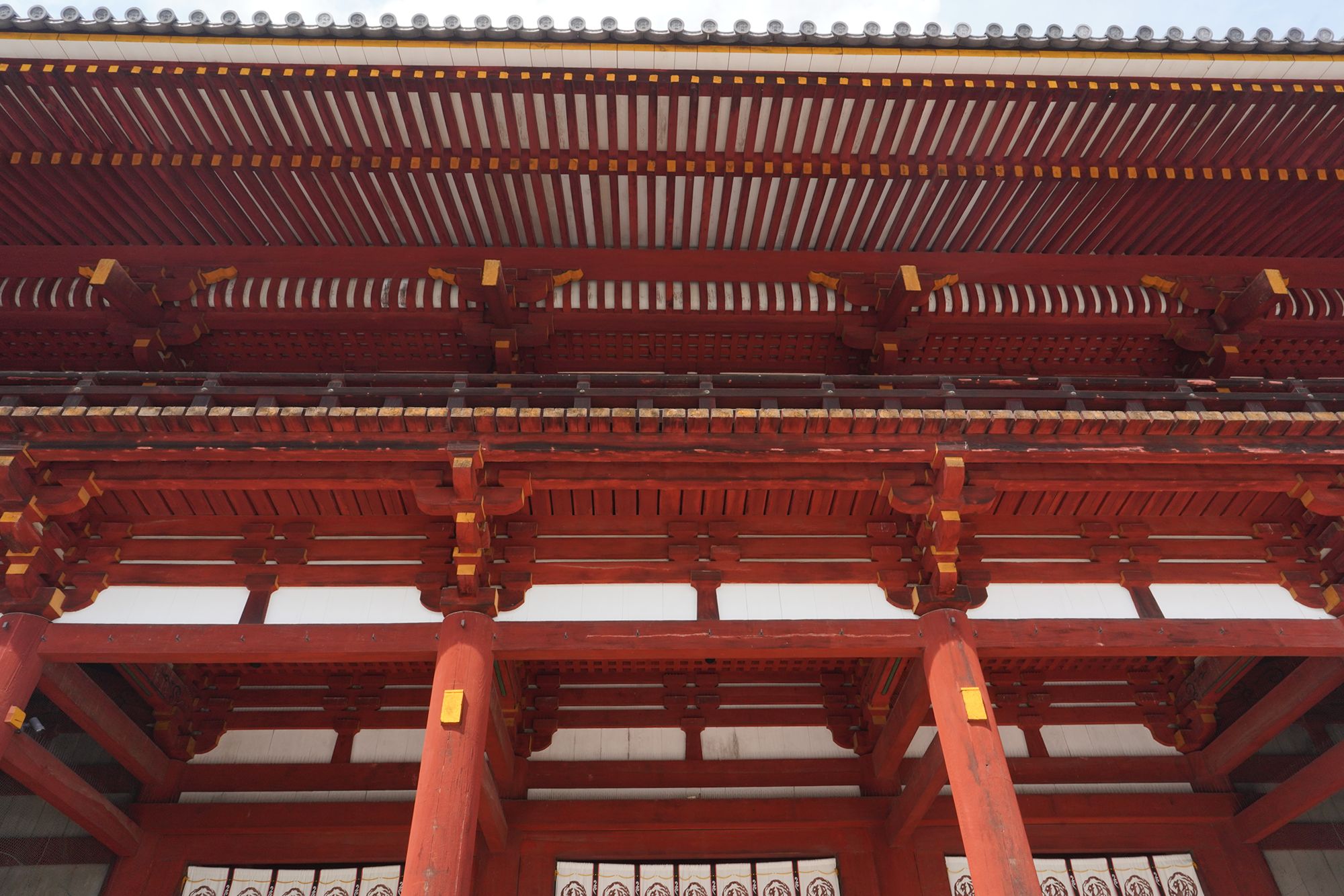
View of the main temple through the gate building. The gate building’s door was locked to the tourists. The people had to go around the gate building to reach the main temple.
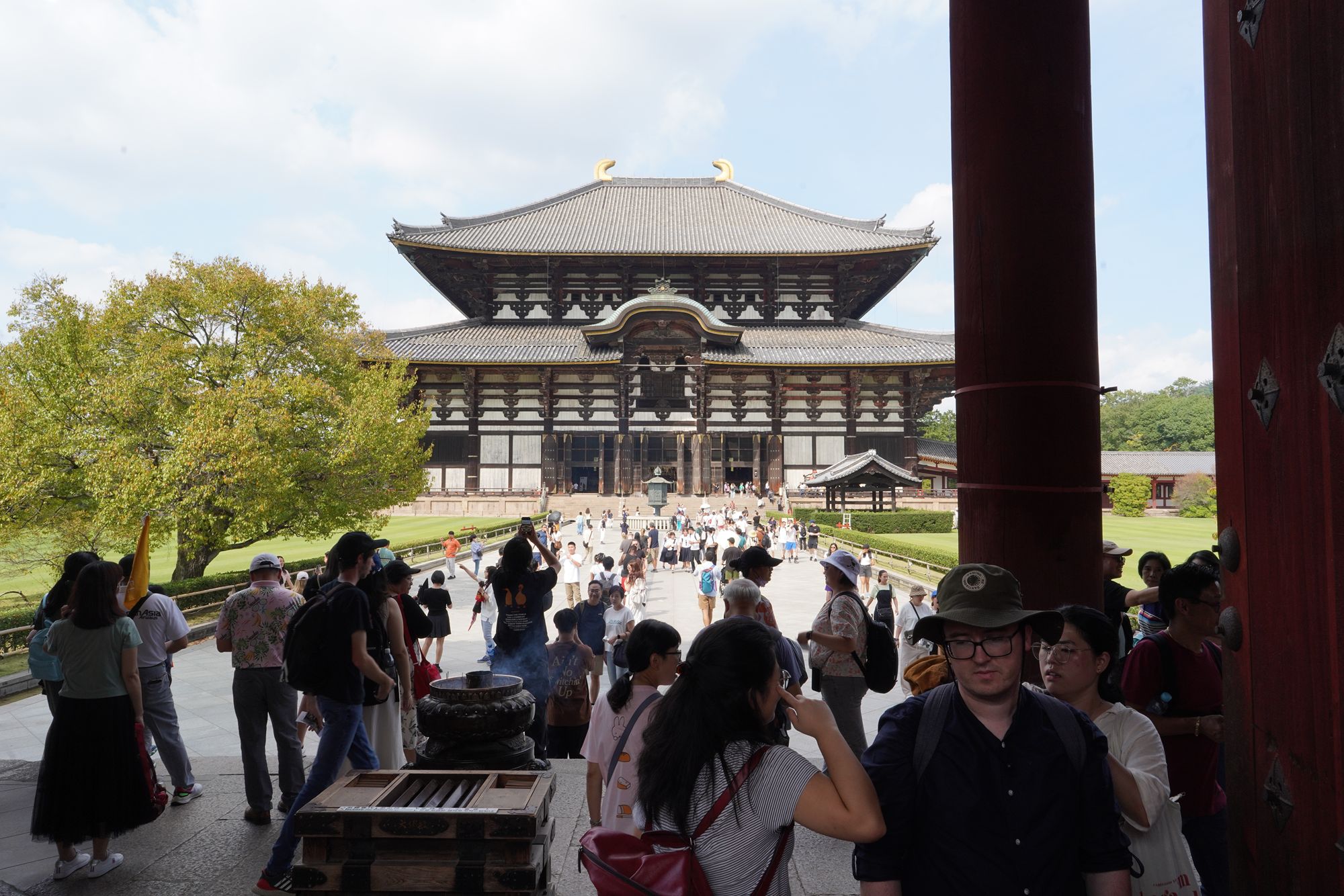
Went around the gate building to reach the main temple building
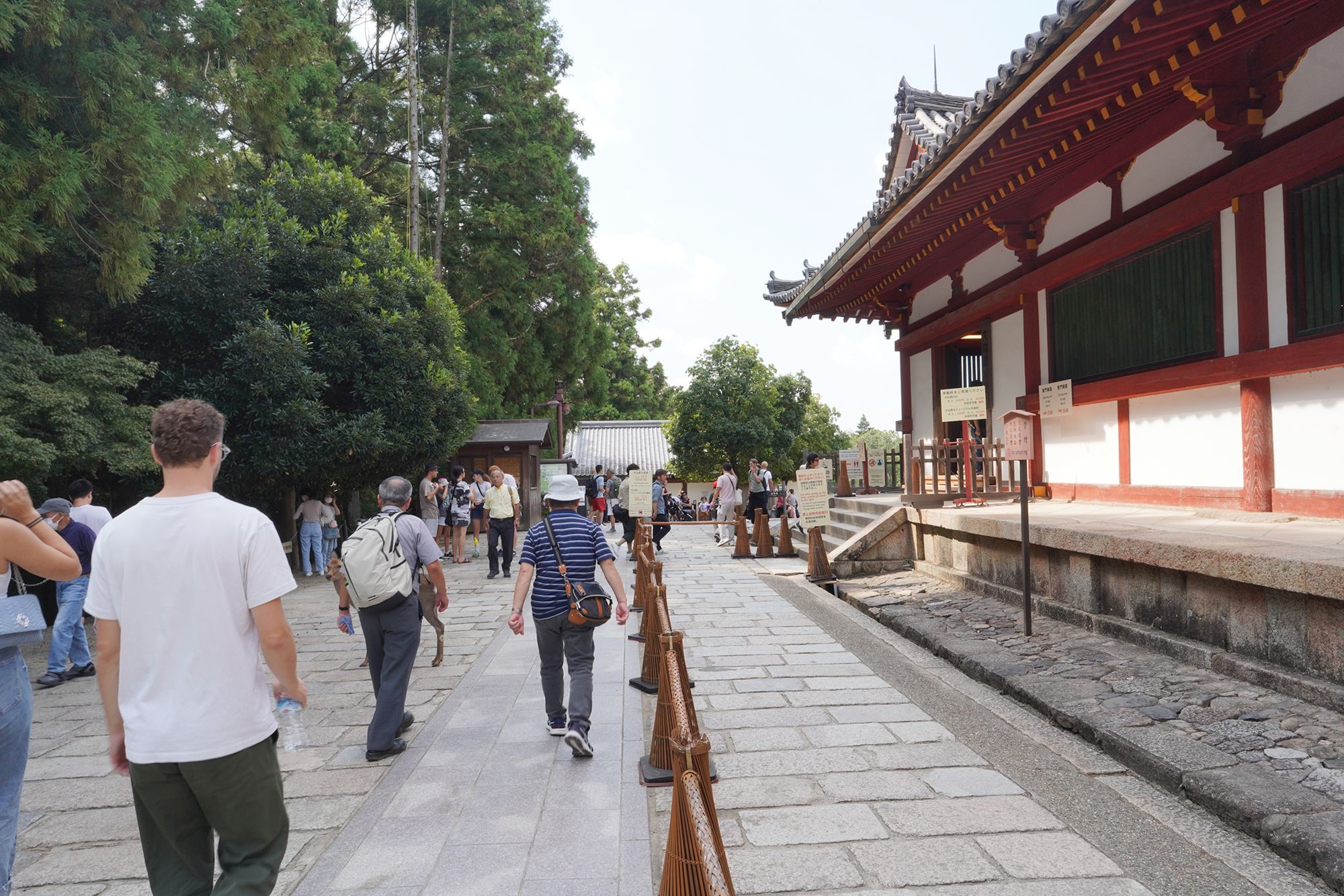
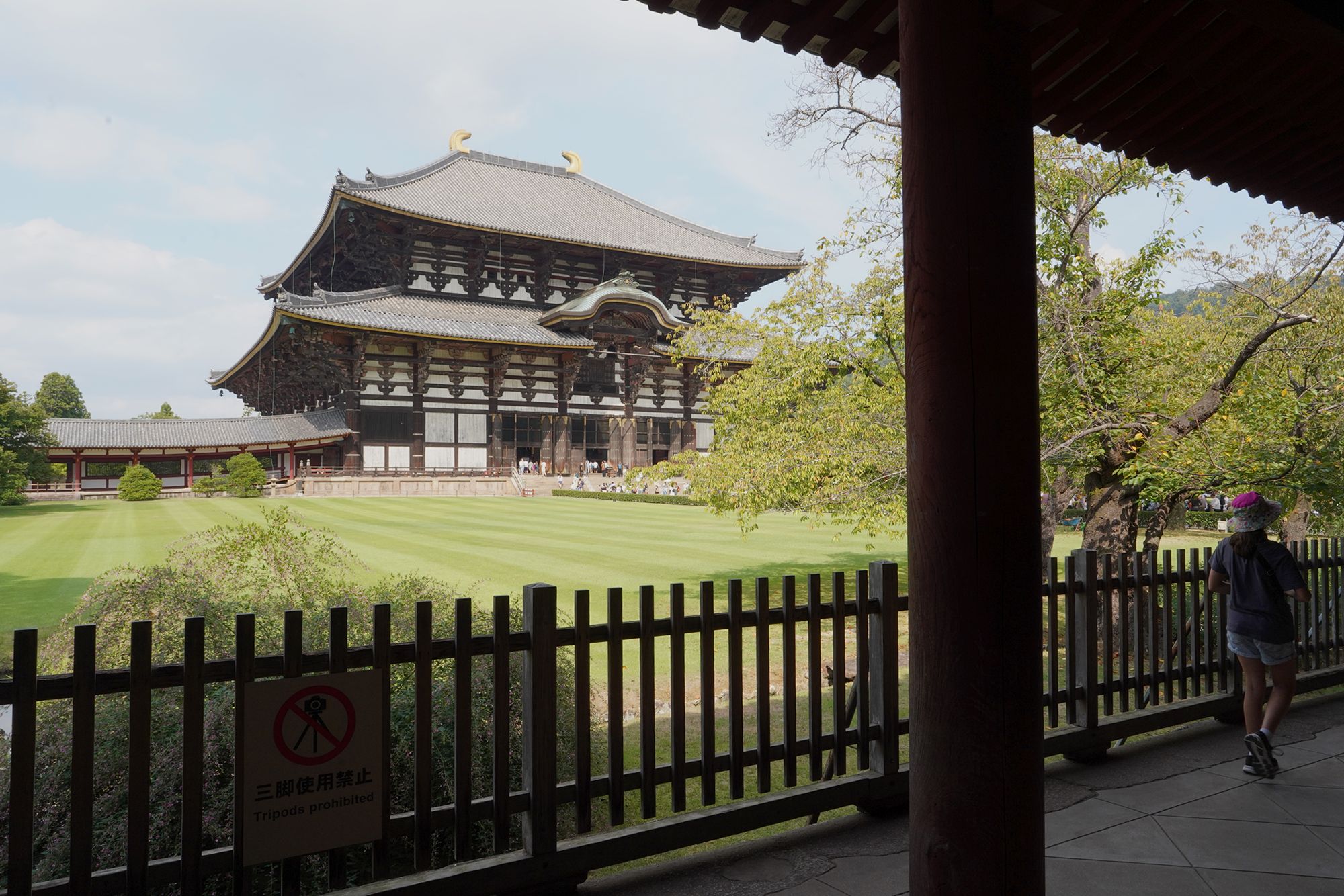
Great Buddha Hall (Daibutsuden)
The temple is renowned for its Great Buddha Hall, one of the largest wooden buildings in the world.
It houses the Great Buddha (Daibutsu), a 15-meter-tall bronze statue of Vairocana Buddha, symbolizing cosmic enlightenment.
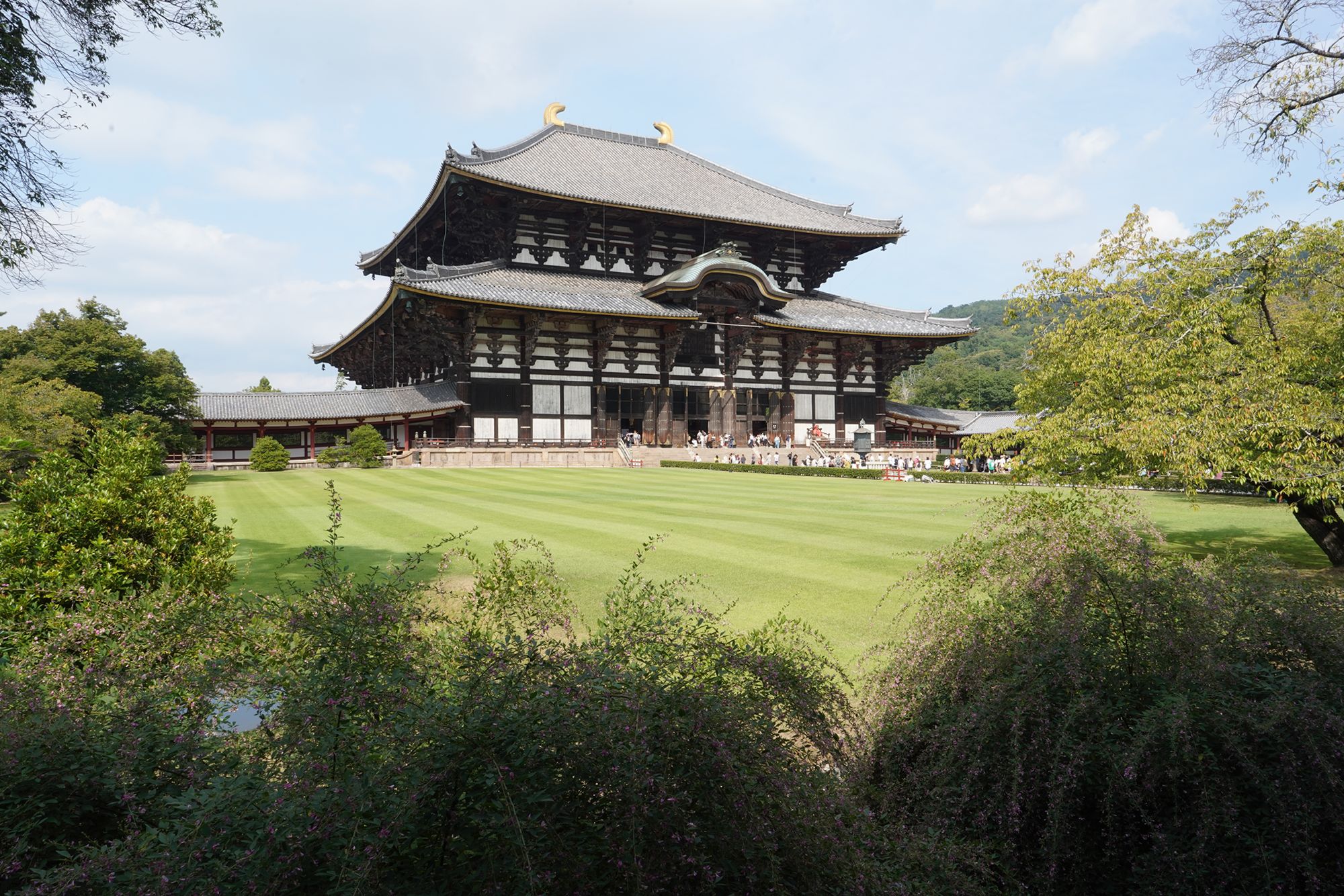
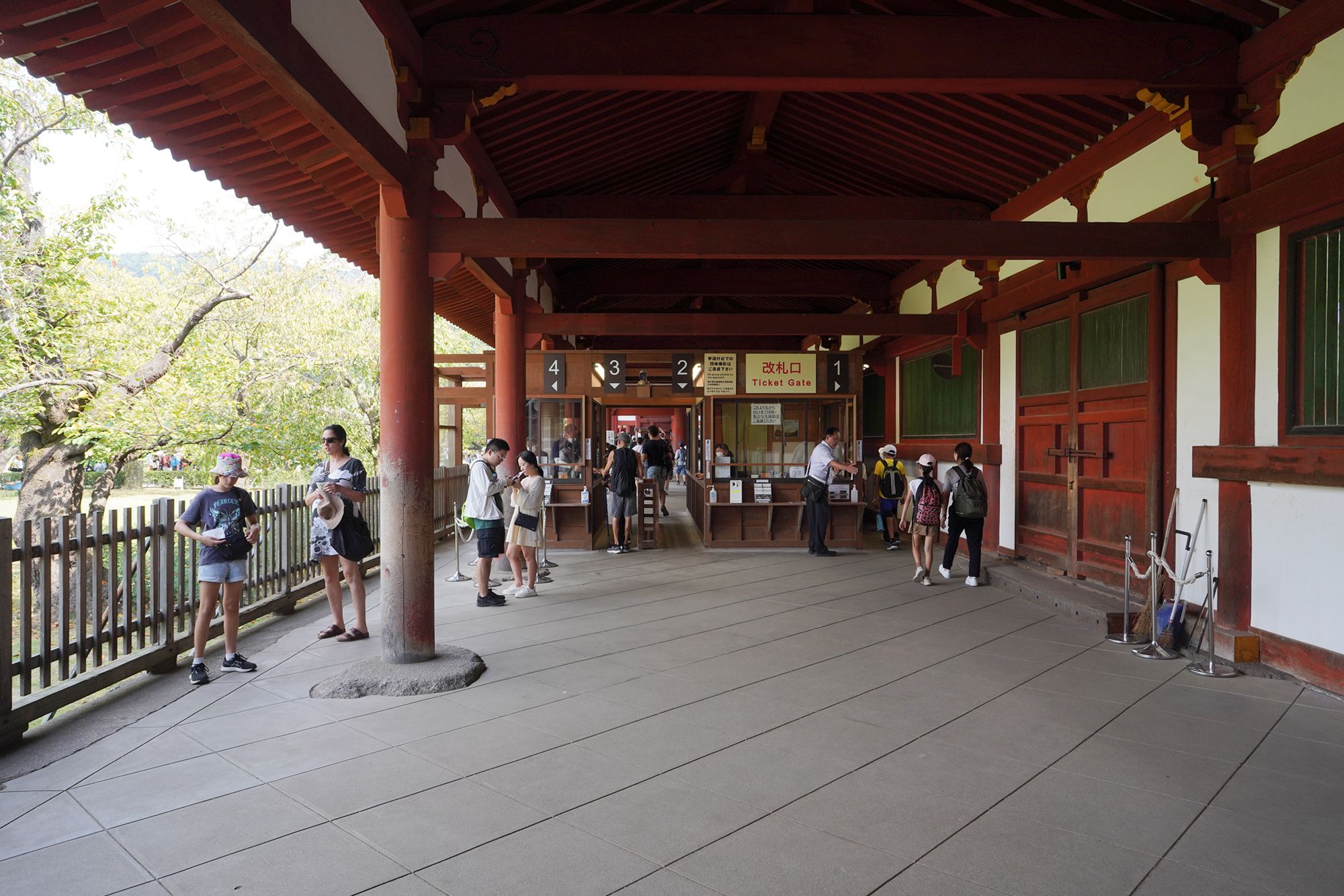
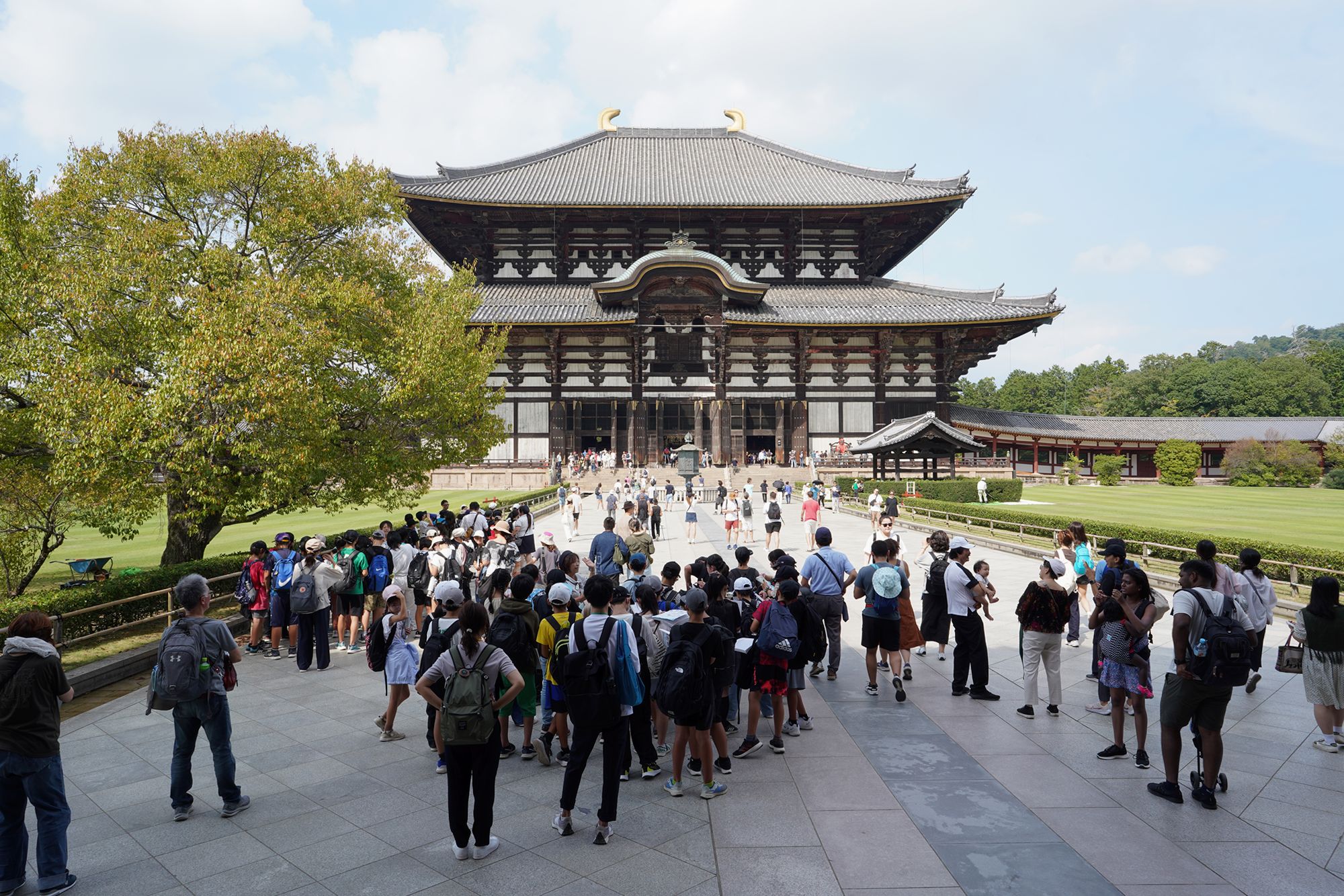
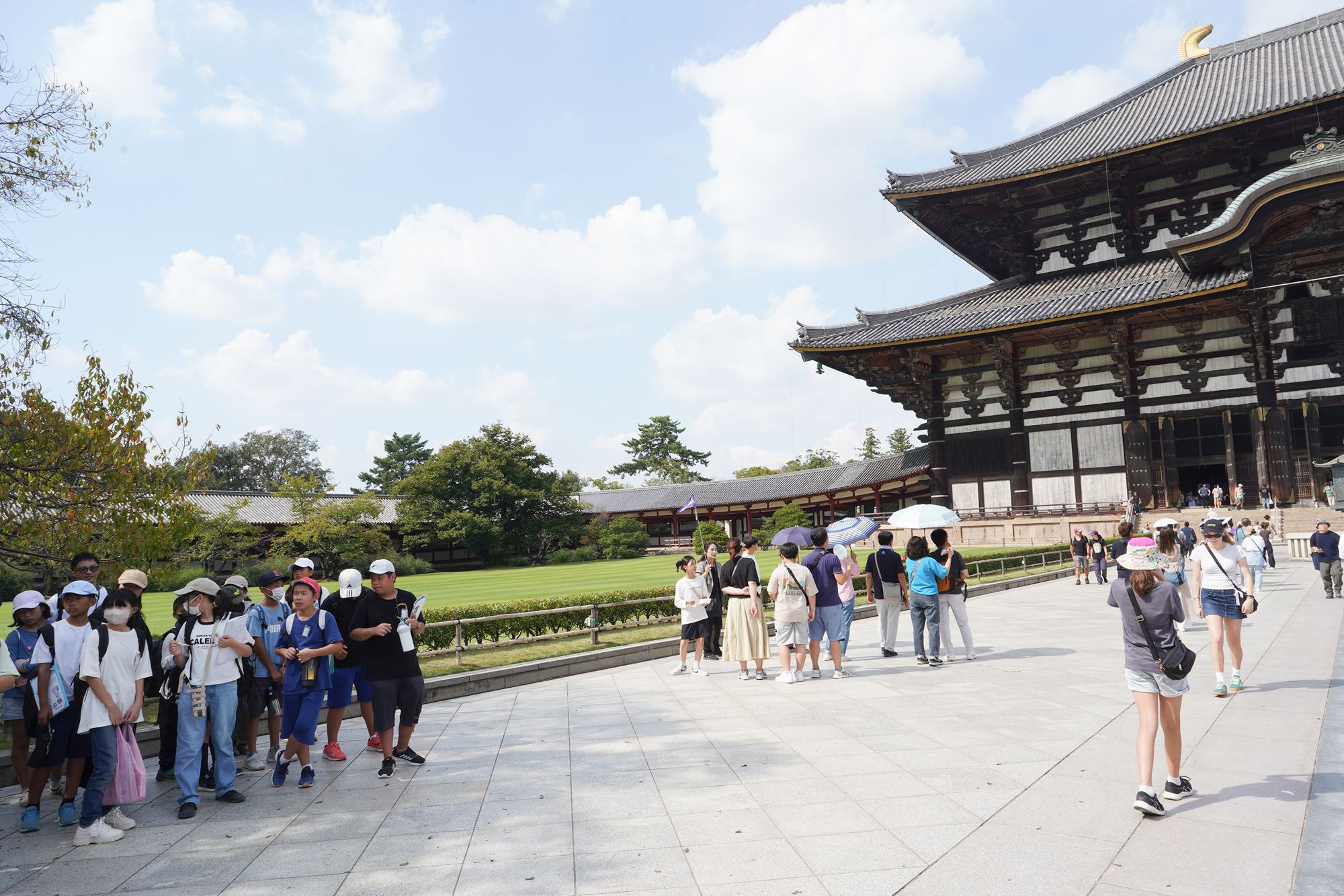
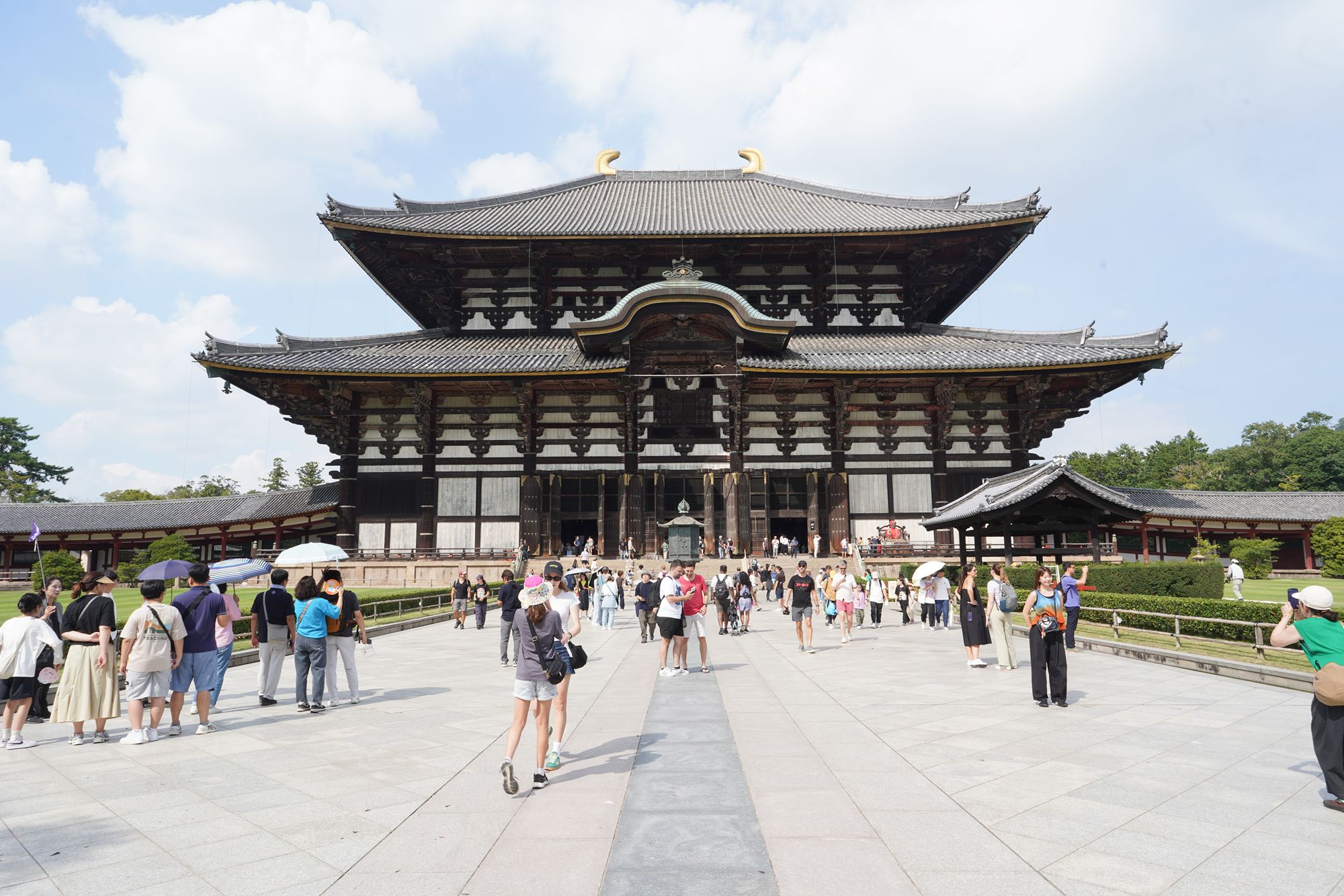
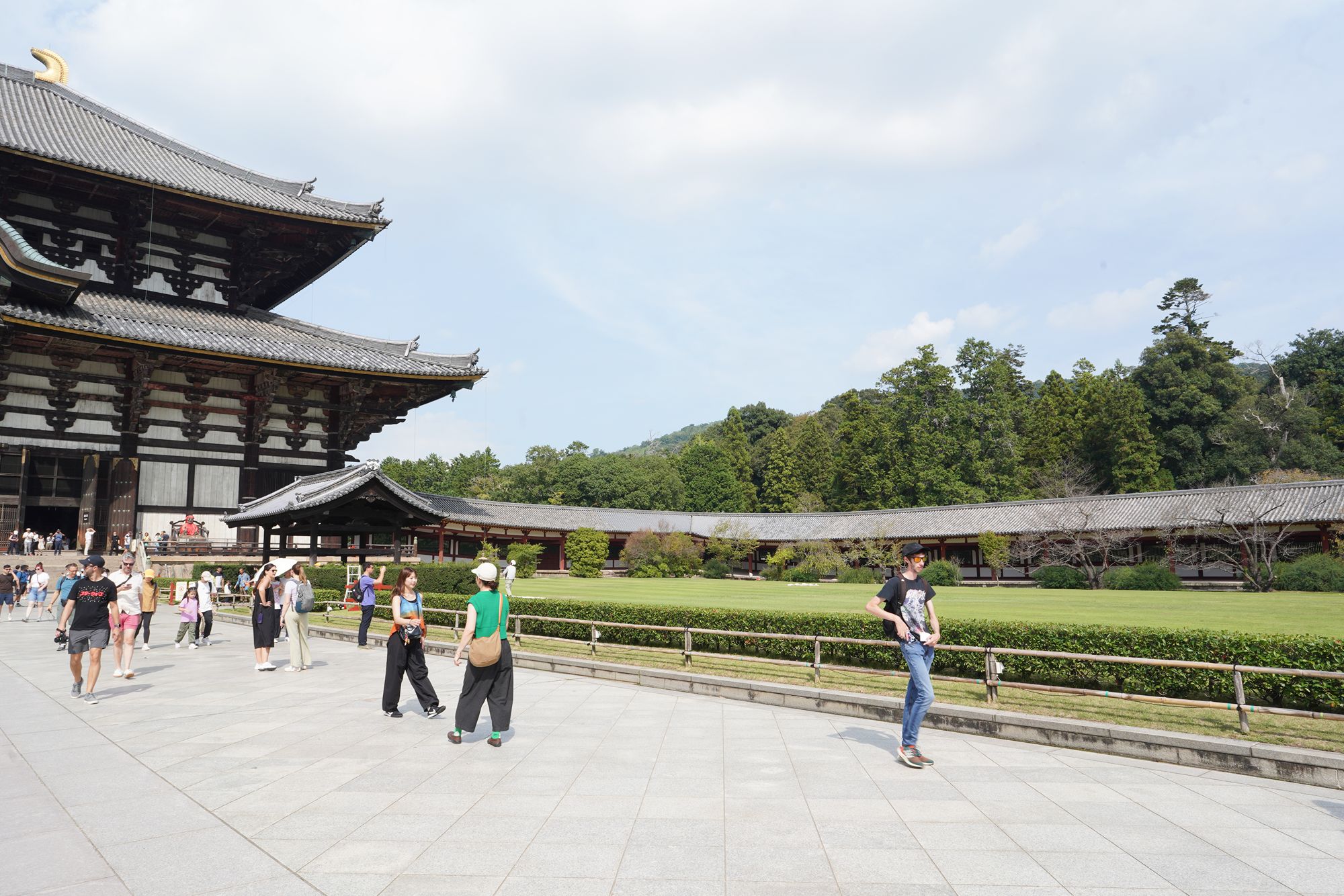
The buildings that formed the wall of the temple
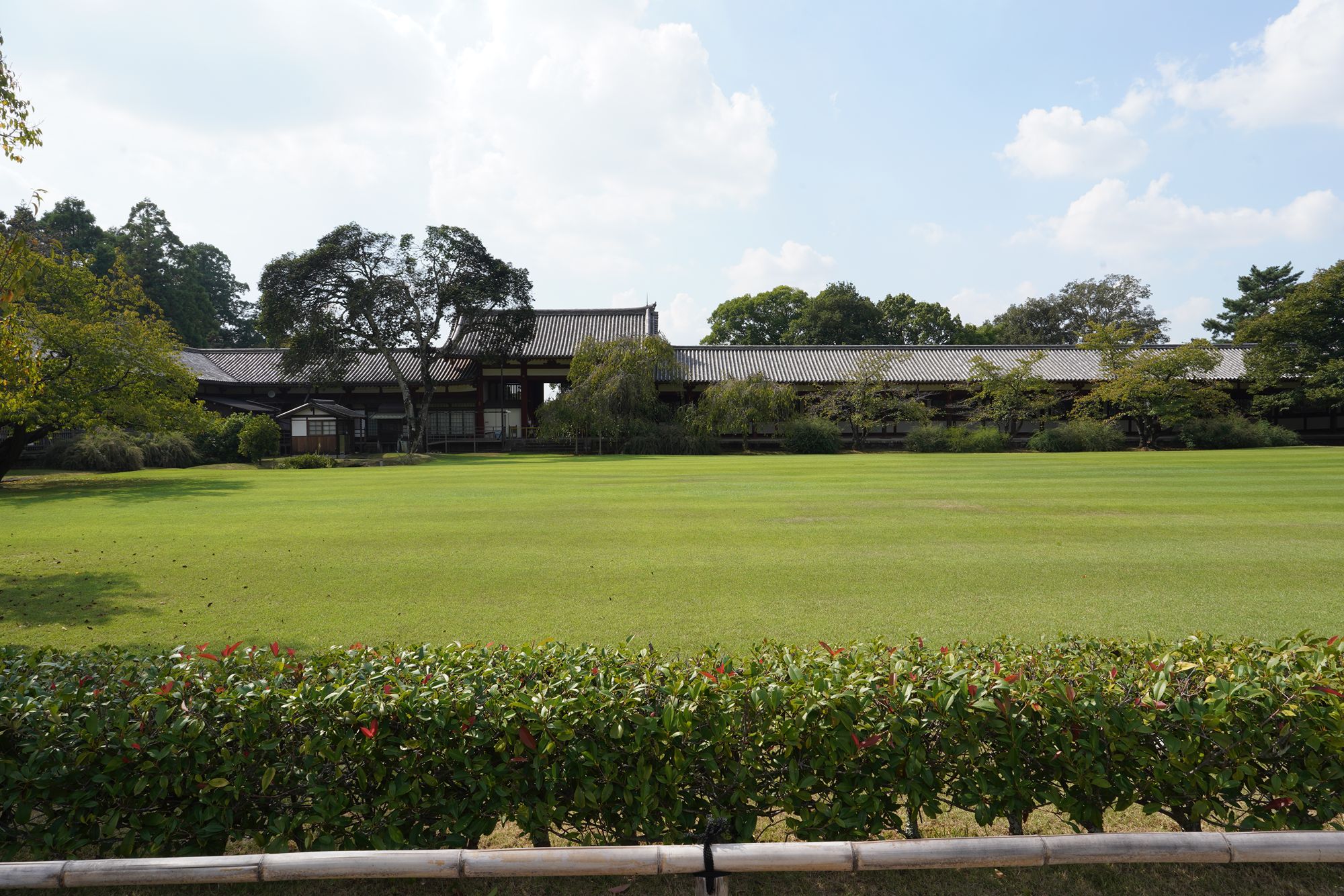
I felt this was the largest religious building I ever visited, and I visited many religious buildings.
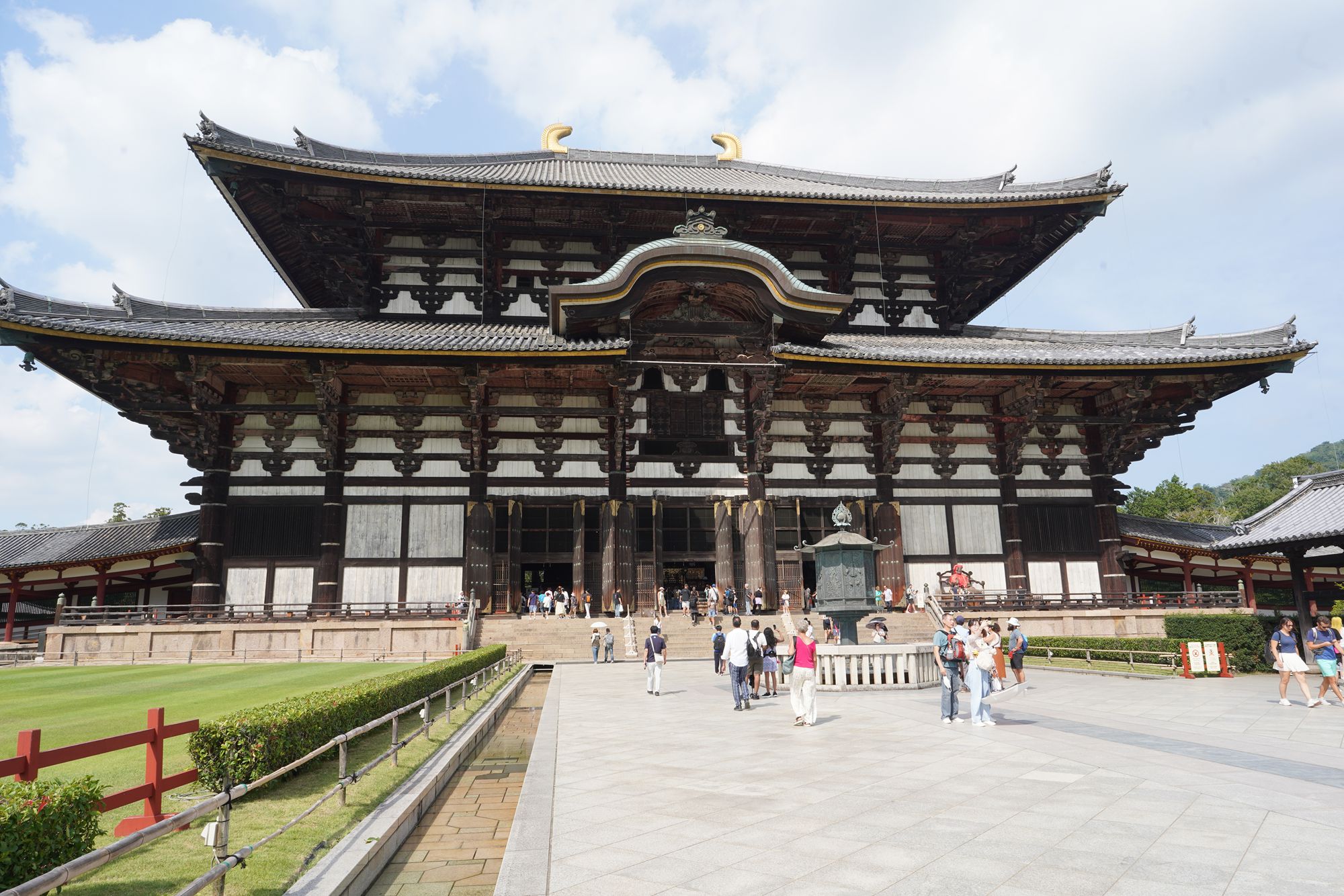
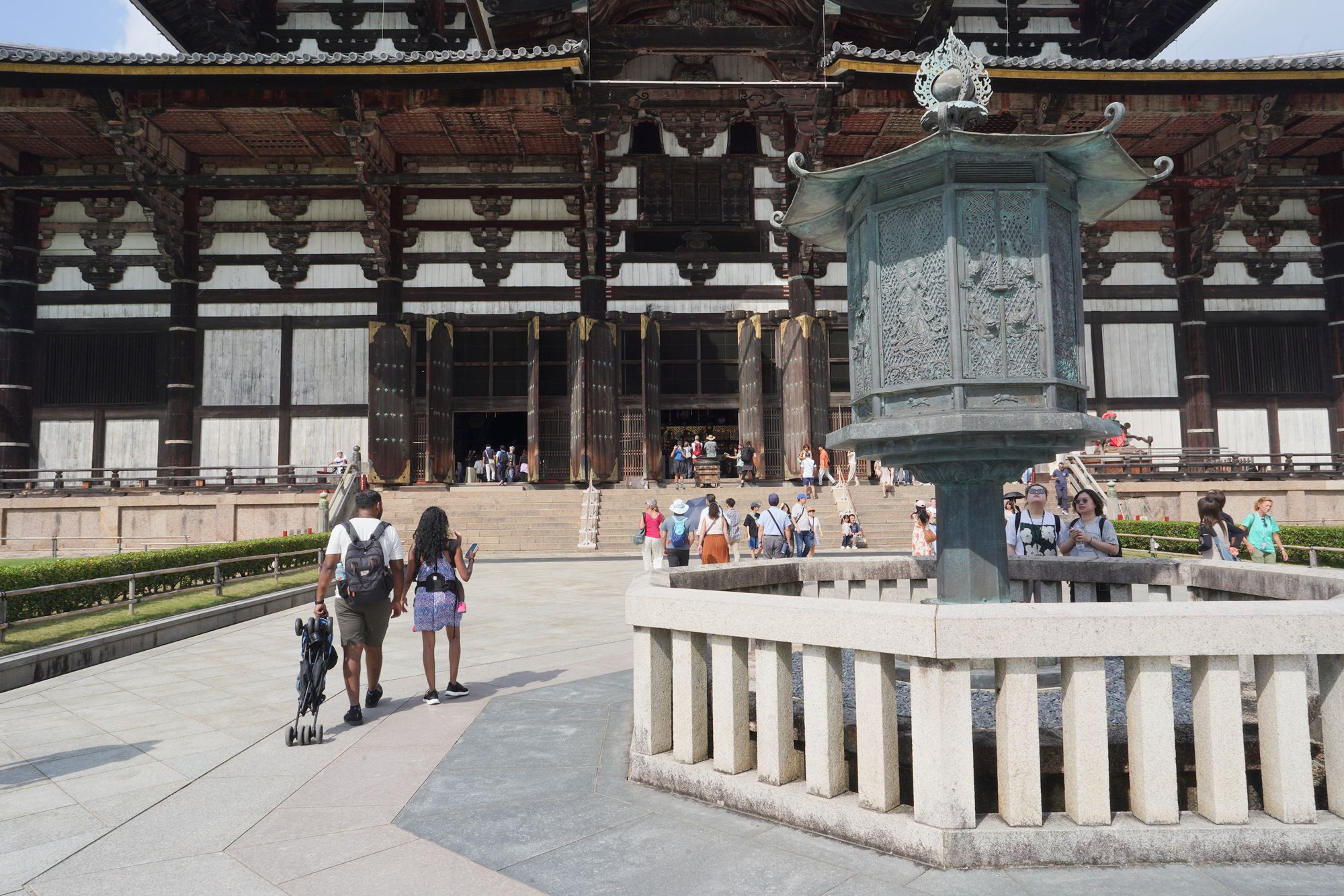
Built by Emperor Shōmu during the Nara period, the temple was a center of Buddhist learning and a symbol of national unity.
It played a vital role in spreading Buddhism across Japan.
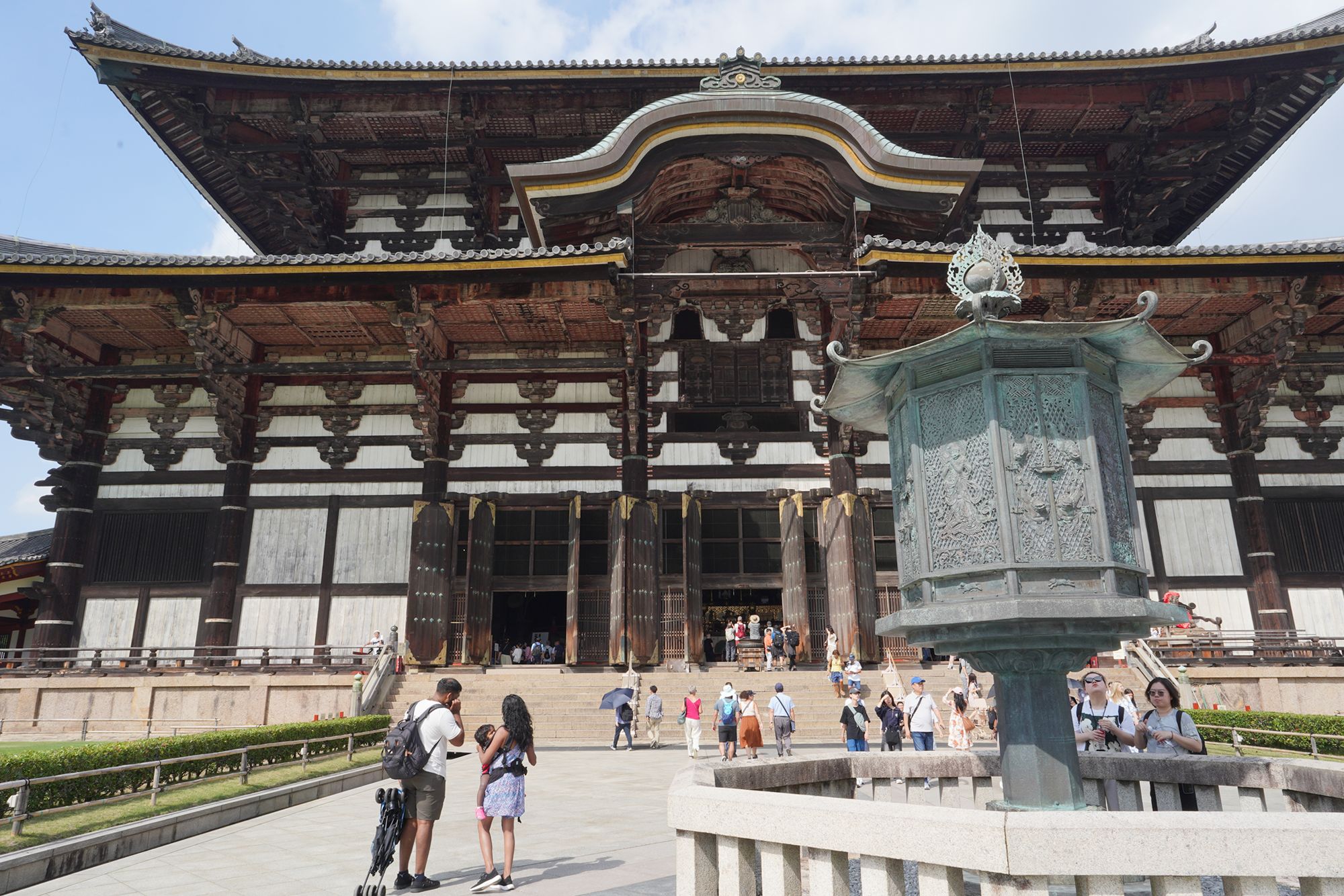
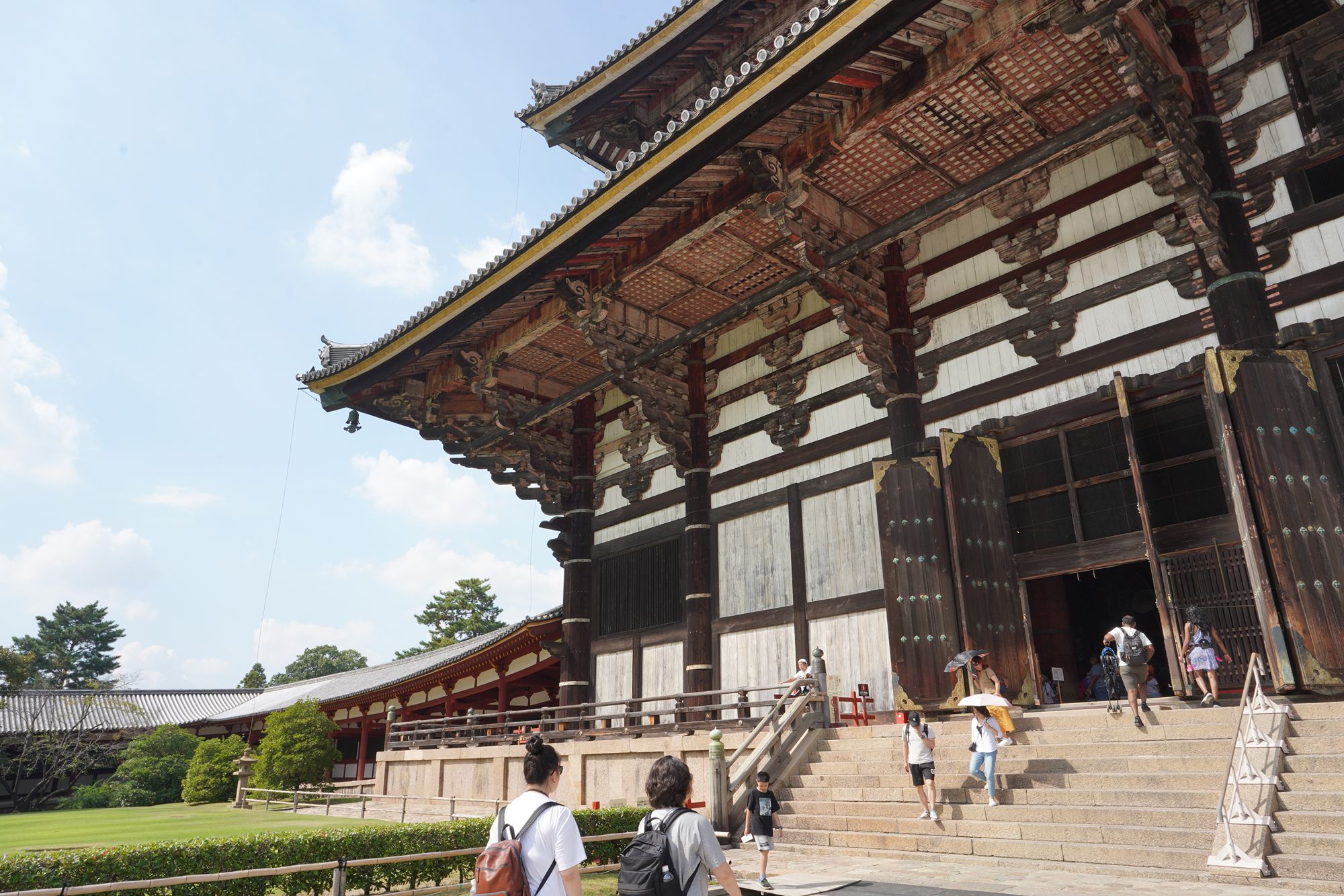
The temple complex features impressive wooden structures, including the Nandaimon (Great South Gate) with its two guardian statues, which are National Treasures.
The Daibutsuden and surrounding buildings showcase the grandeur of Nara-period architecture.
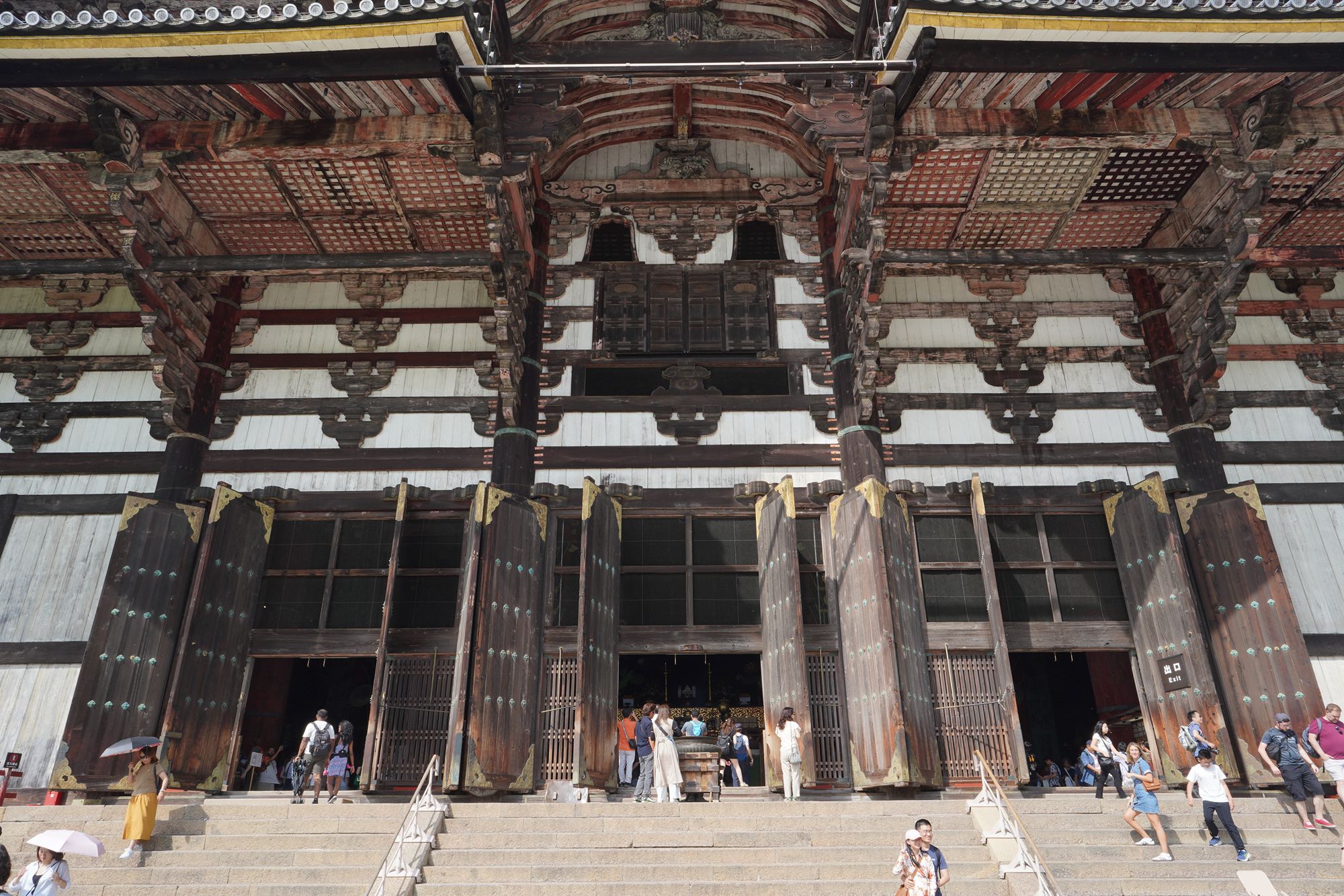
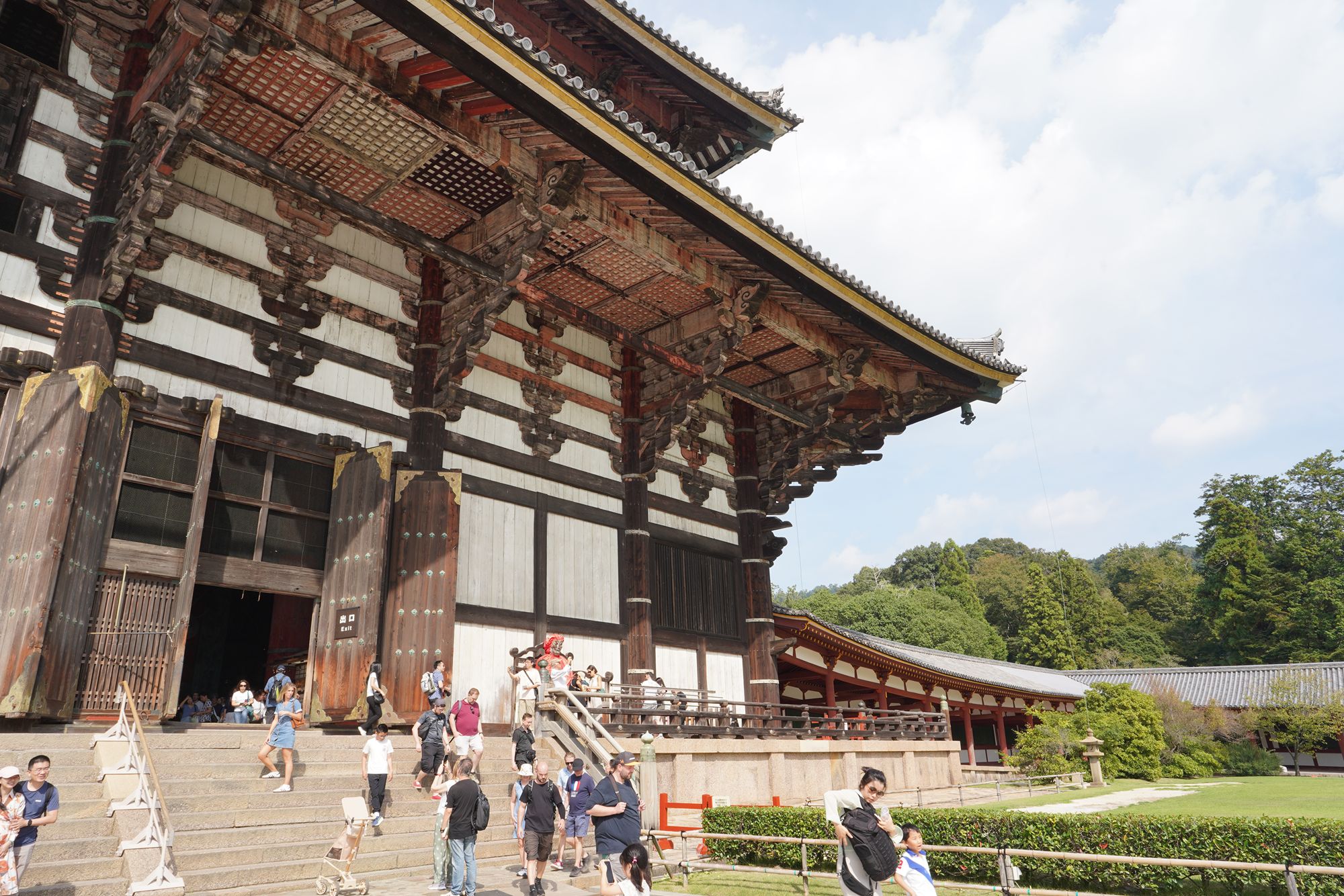
Looked back at the gate building
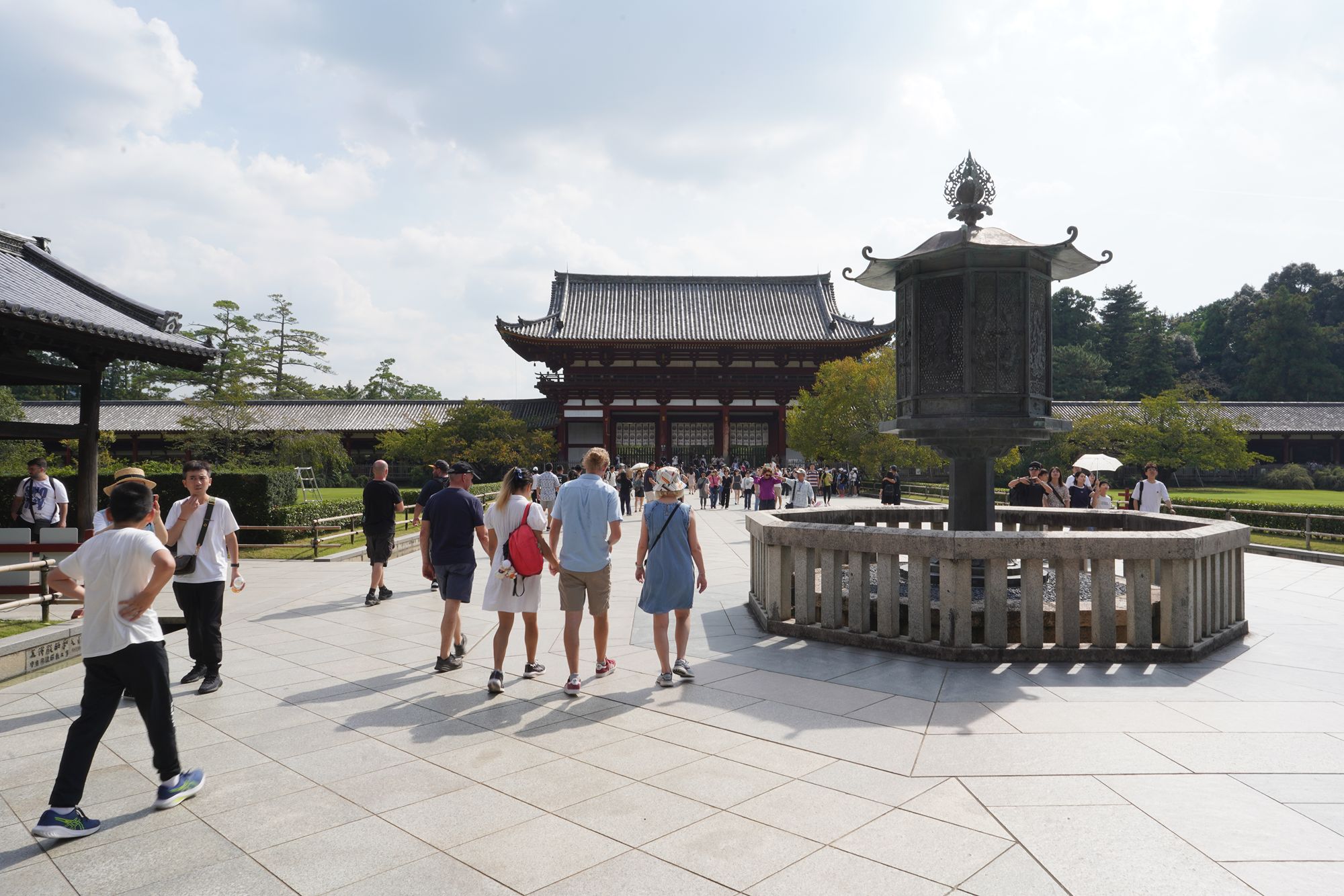
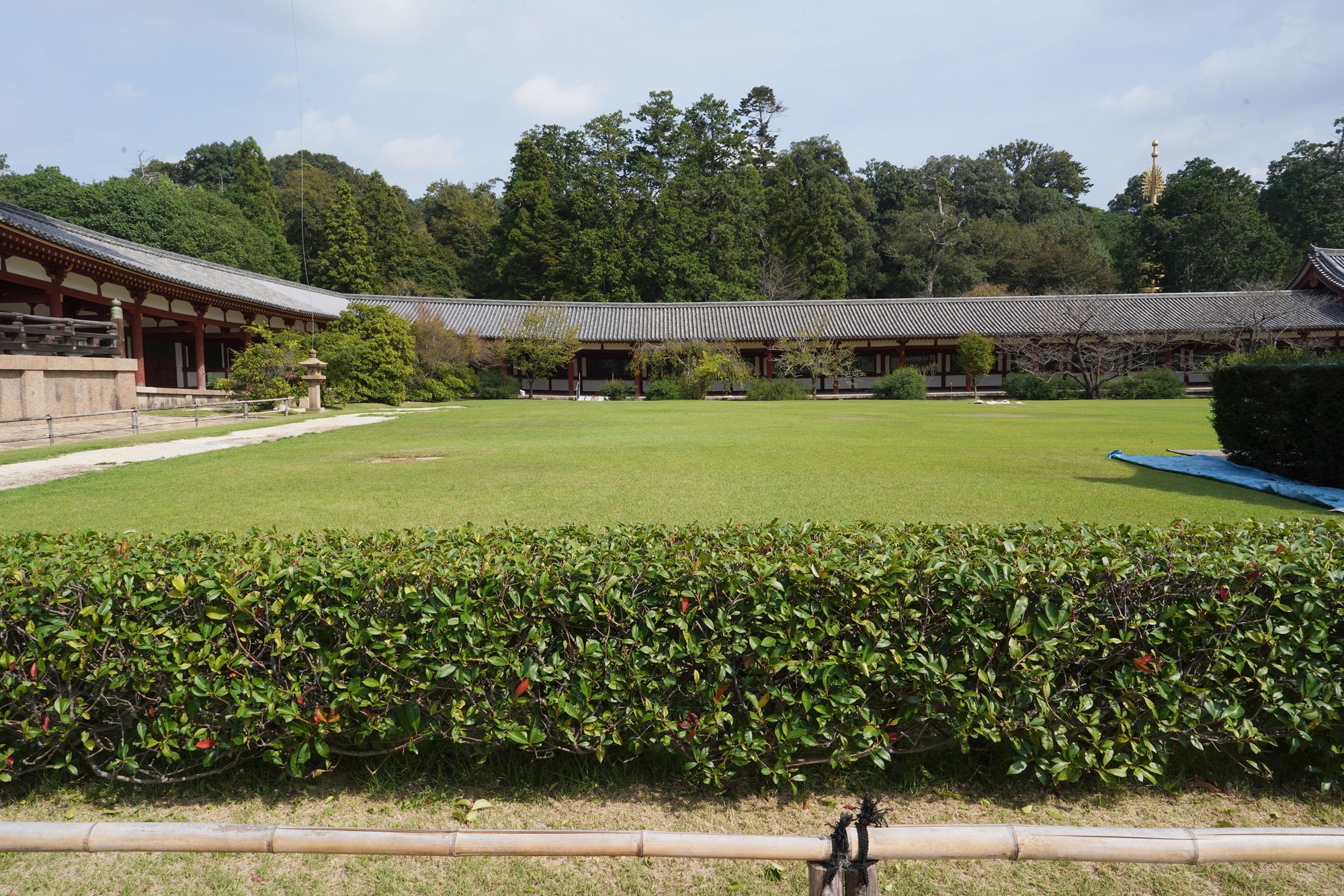
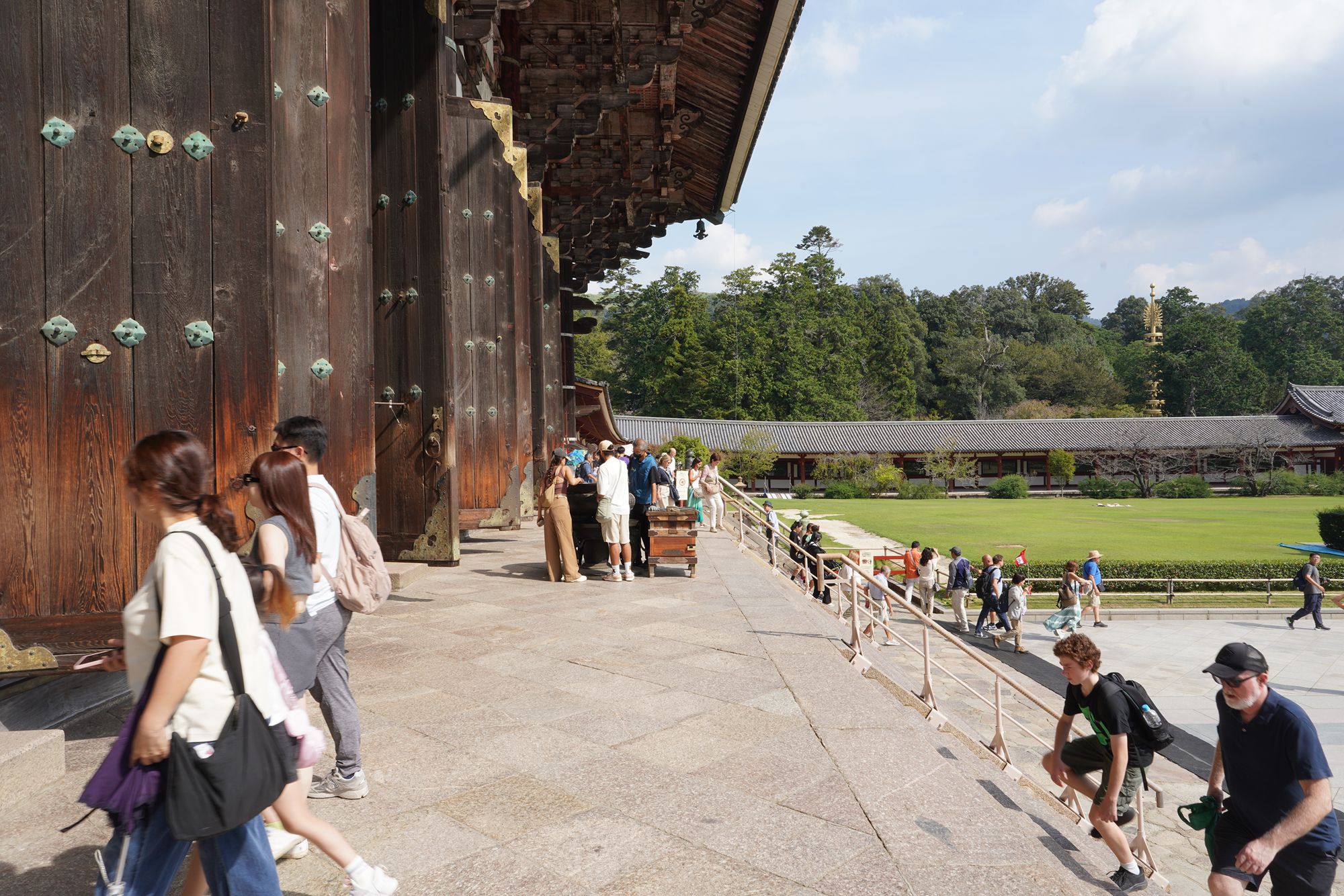
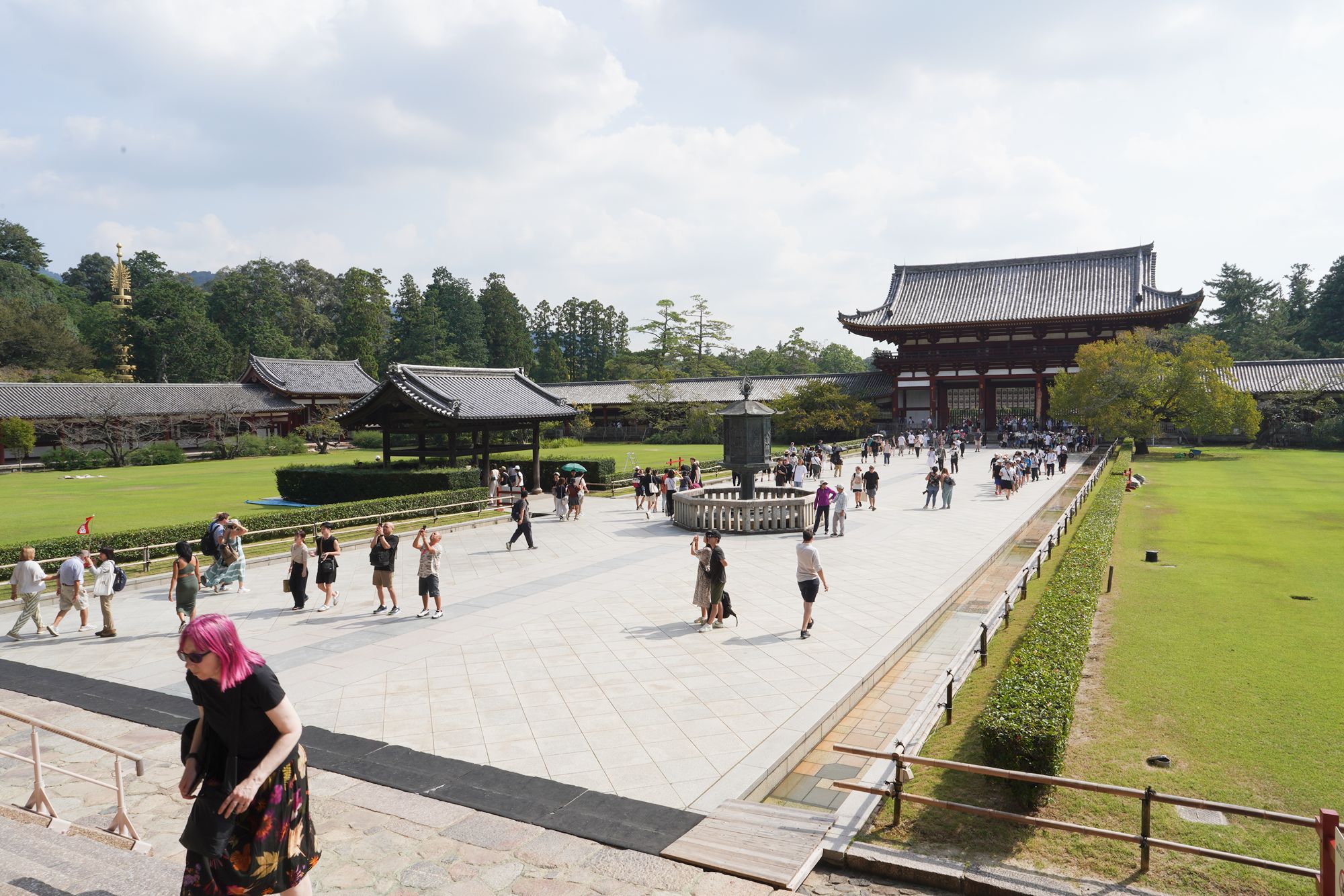
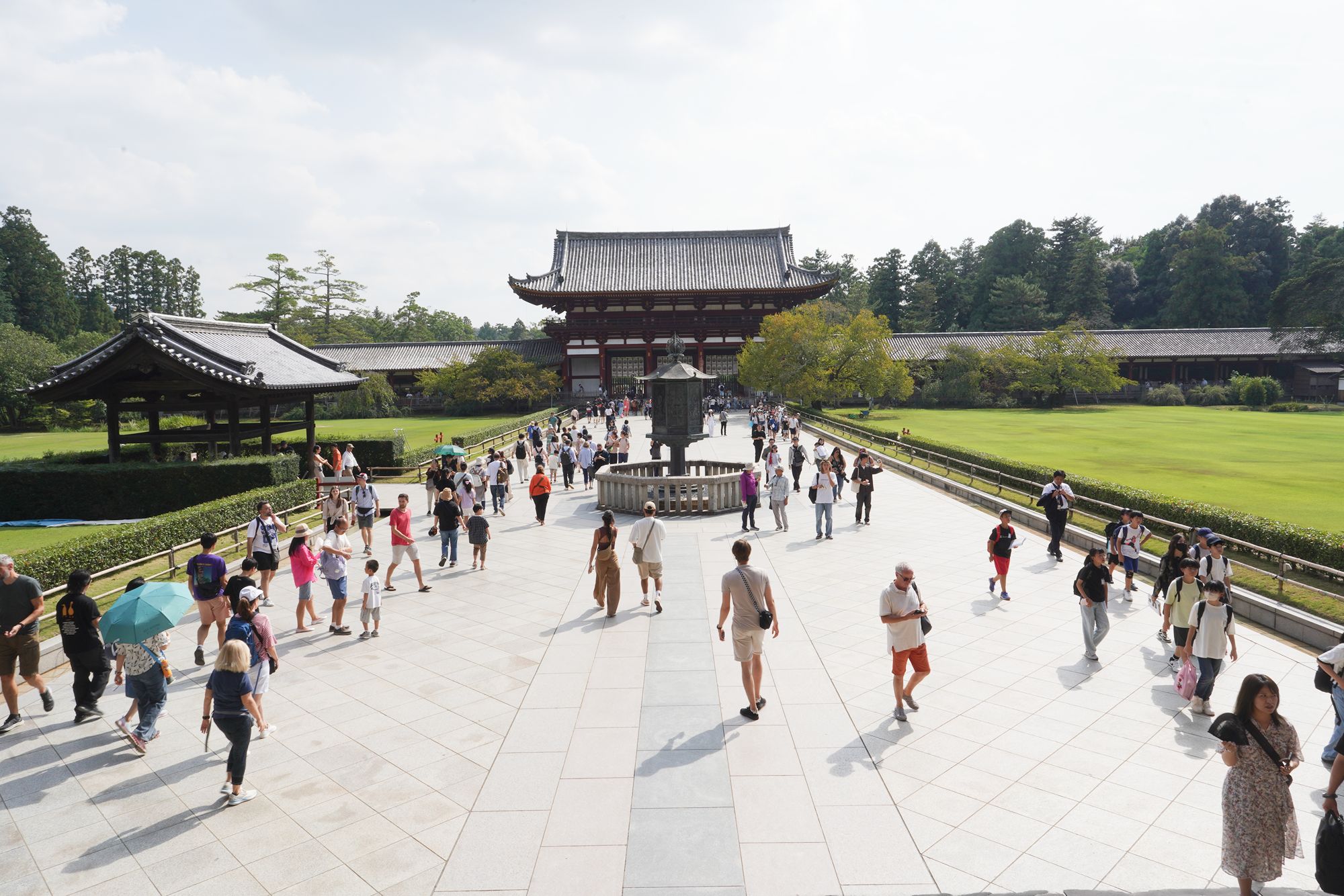
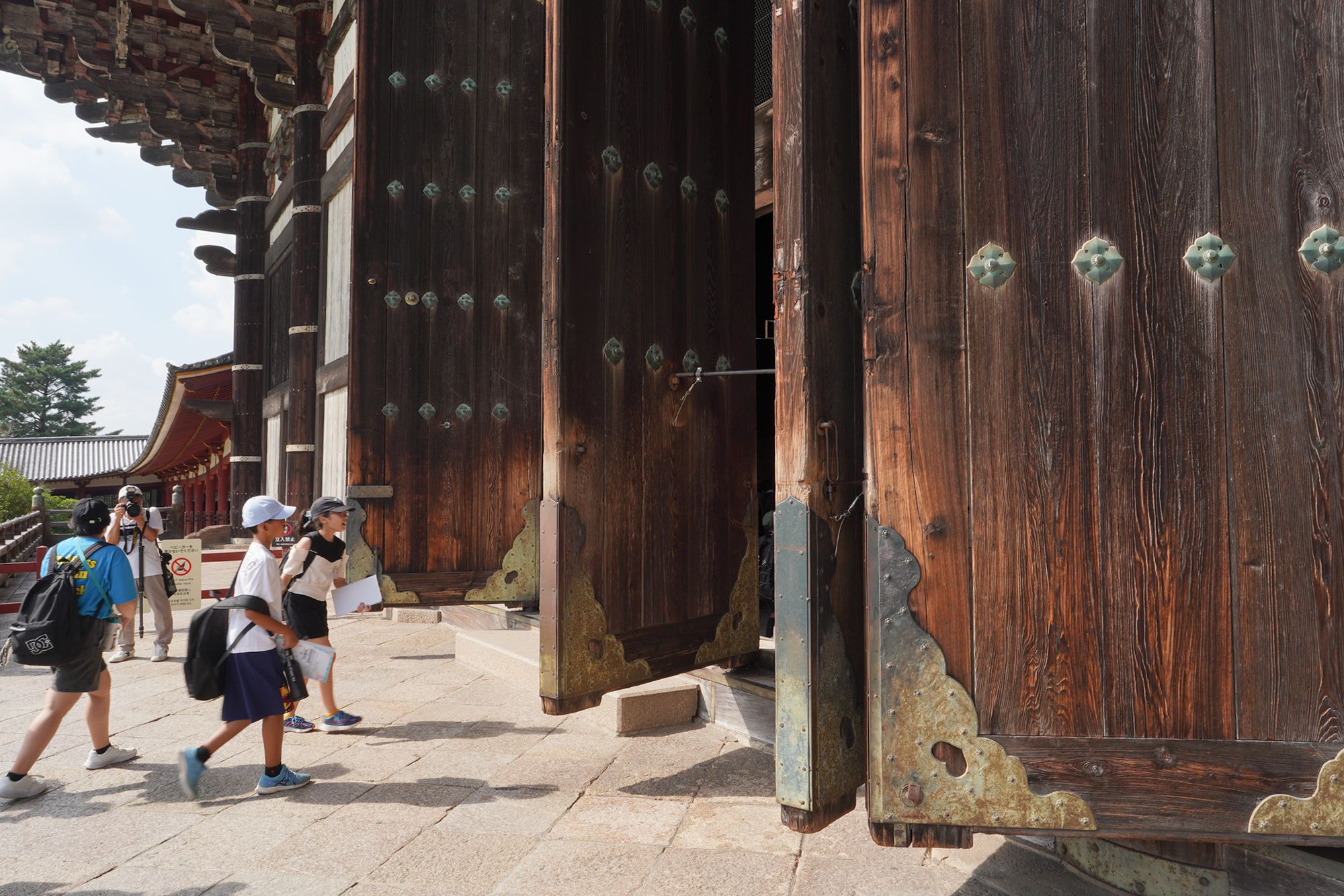
Inside the main temple
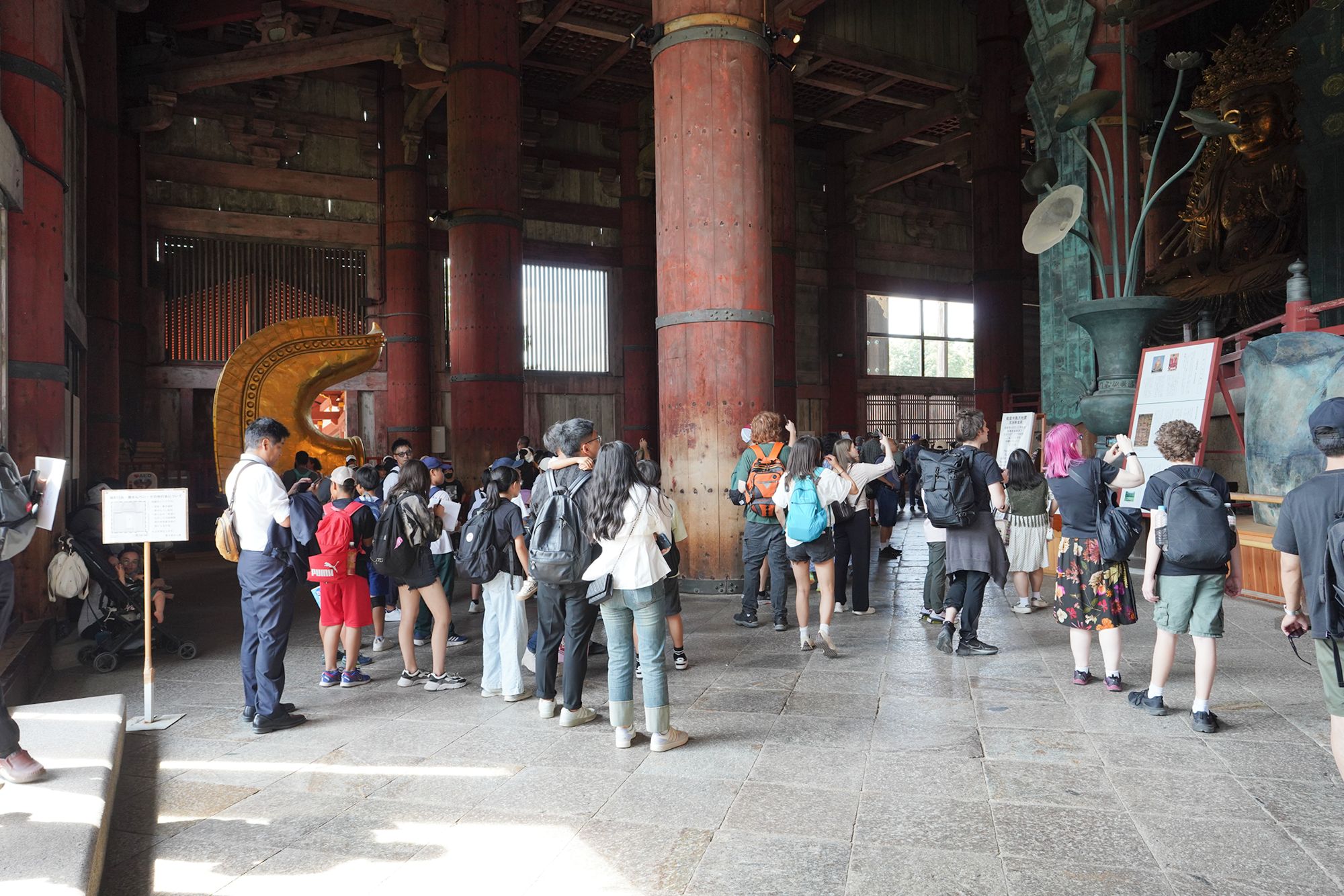
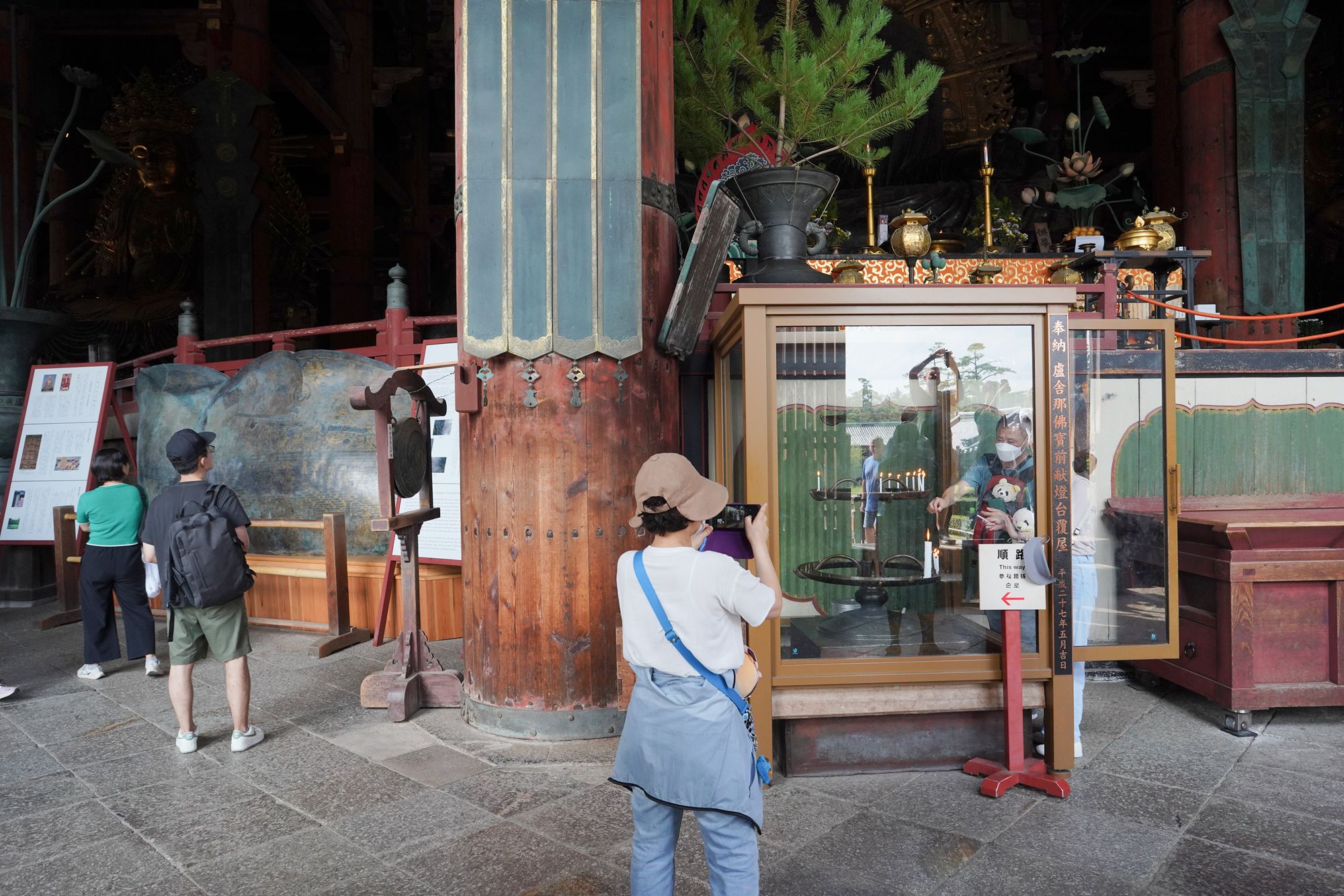
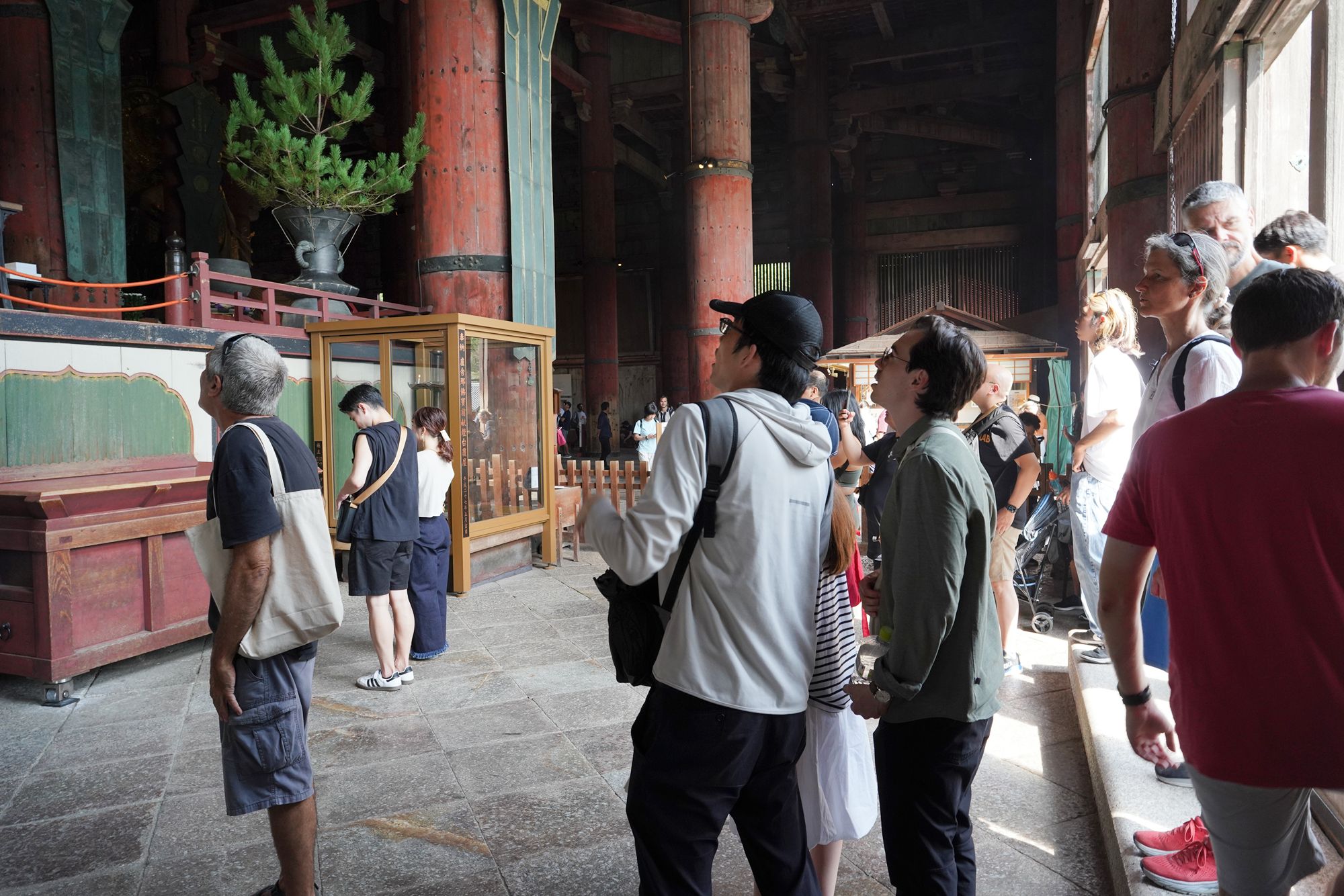
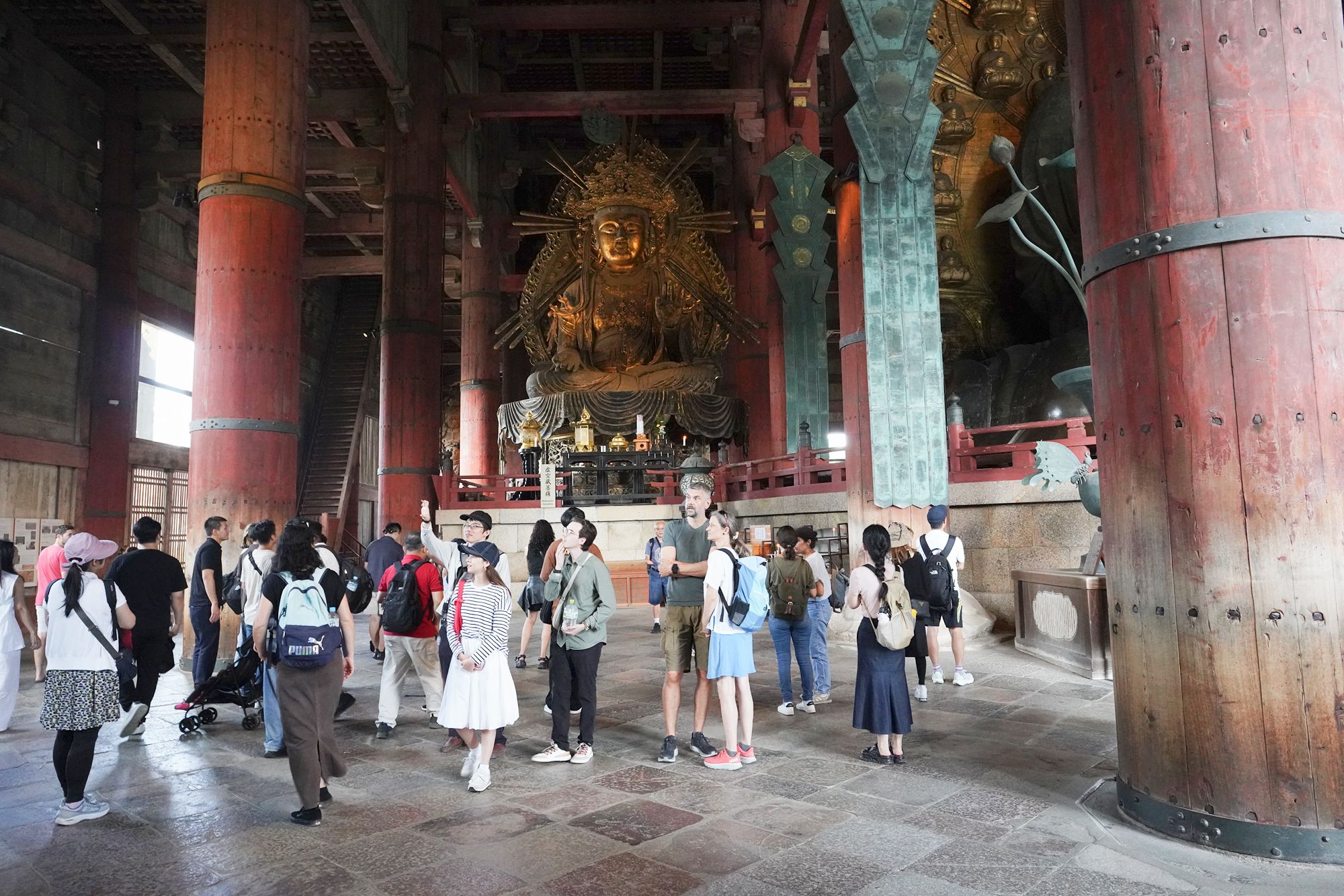
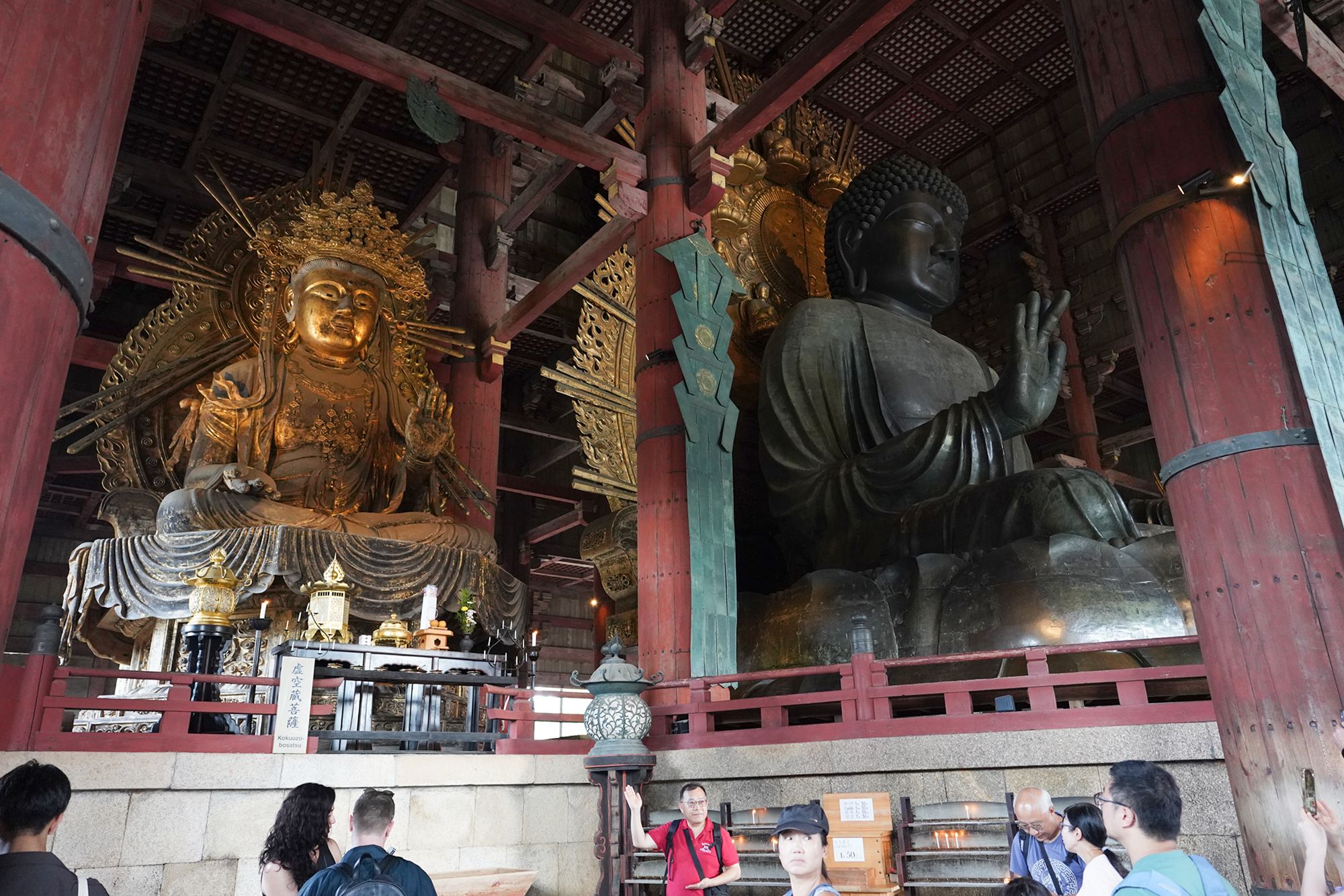
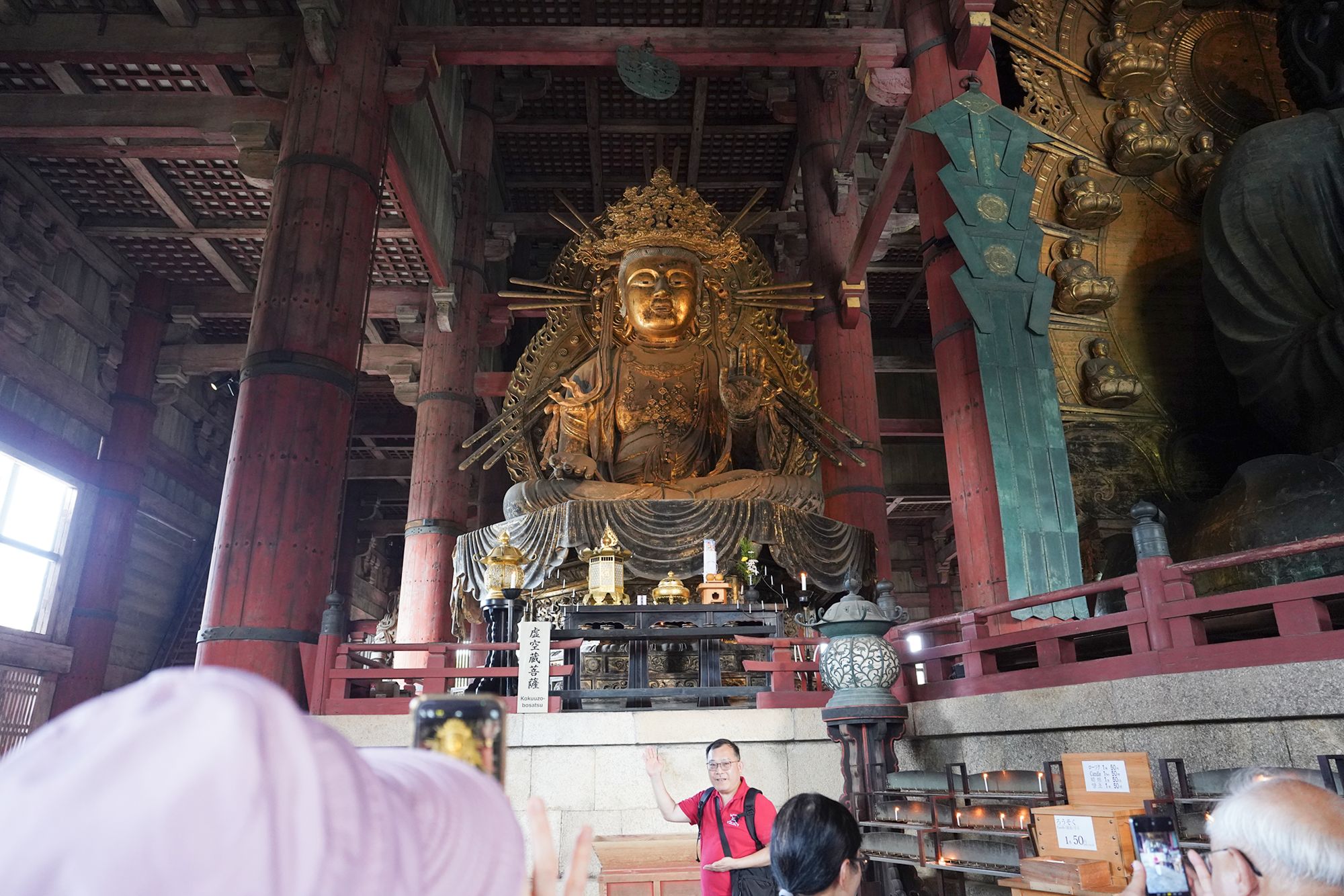
The Great Buddha (Daibutsu) of Tōdai-ji Temple in Nara is one of Japan’s most famous and awe-inspiring cultural landmarks. This massive bronze statue depicts Vairocana Buddha, symbolizing universal truth and cosmic enlightenment.
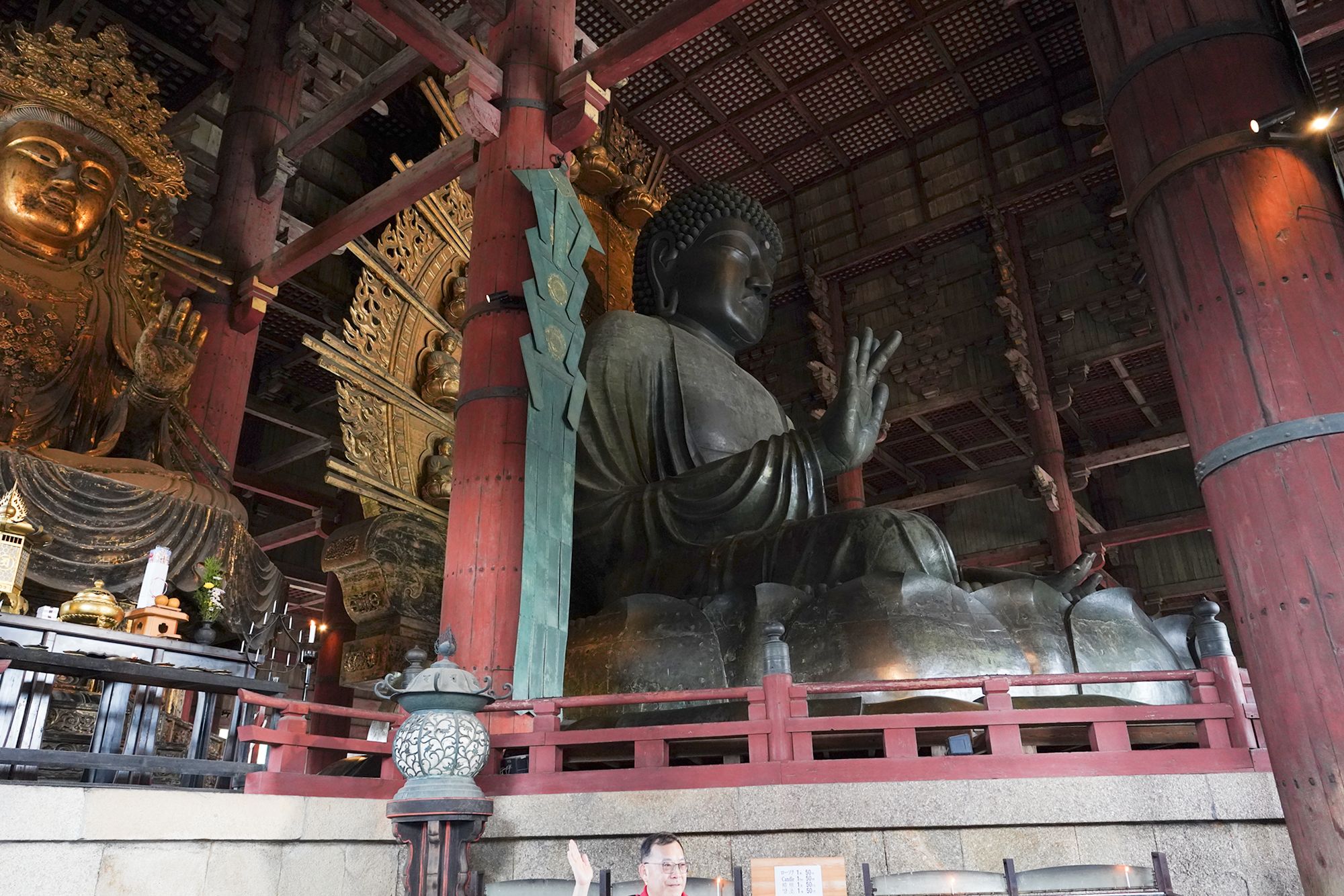
The statue stands approximately 15 meters (49 feet) tall and weighs over 500 tons, making it one of the largest bronze Buddha statues in the world.
The face alone measures 5.3 meters (17 feet), and the hands span over 2.5 meters (8 feet).
Commissioned by Emperor Shōmu in the 8th century (completed in 752 CE), it was created to bring spiritual unity to Japan during a time of political instability and natural disasters.
The project involved thousands of workers and nearly drained Japan’s resources at the time.
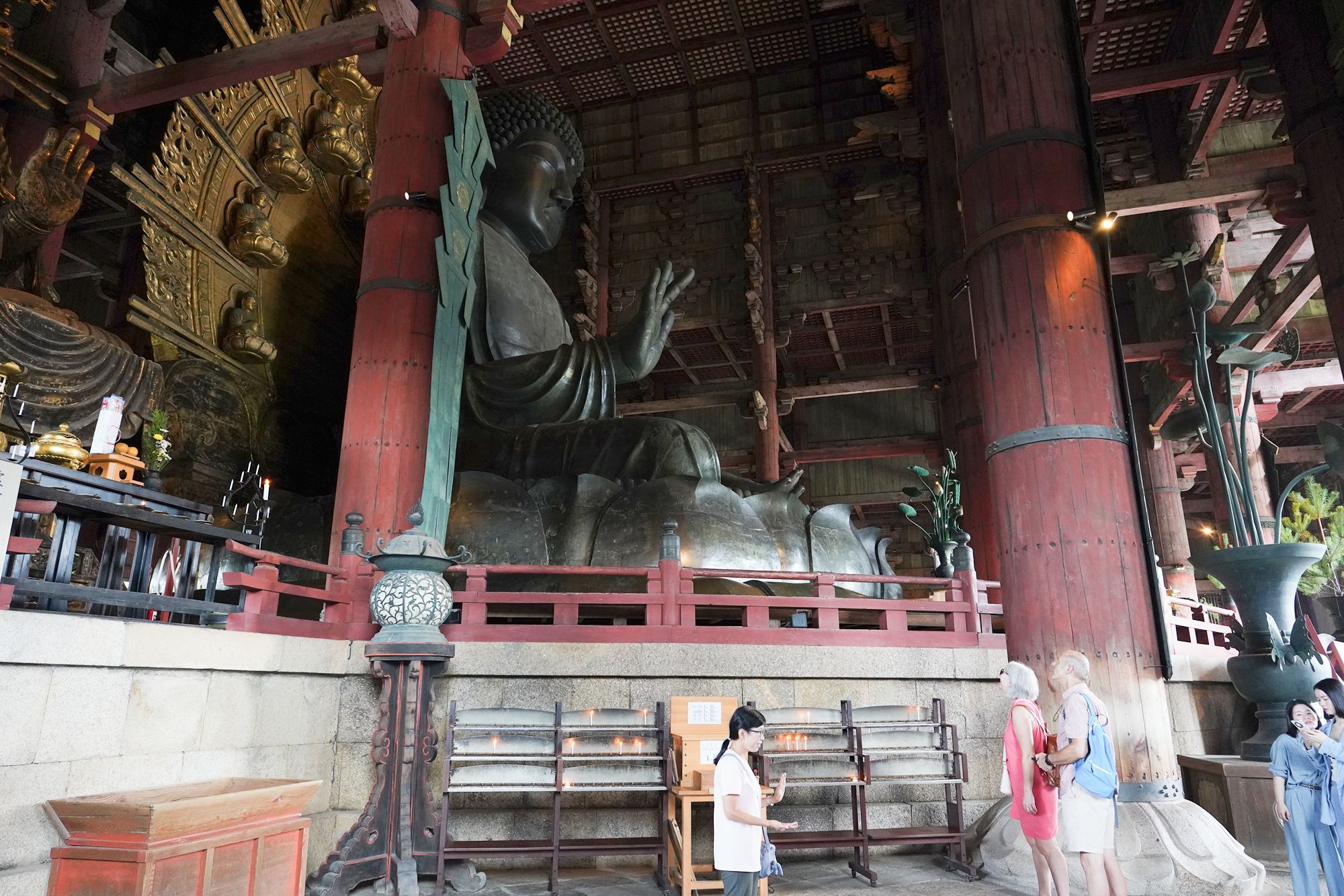
I walked around the Buddha statue to the rear of the temple.
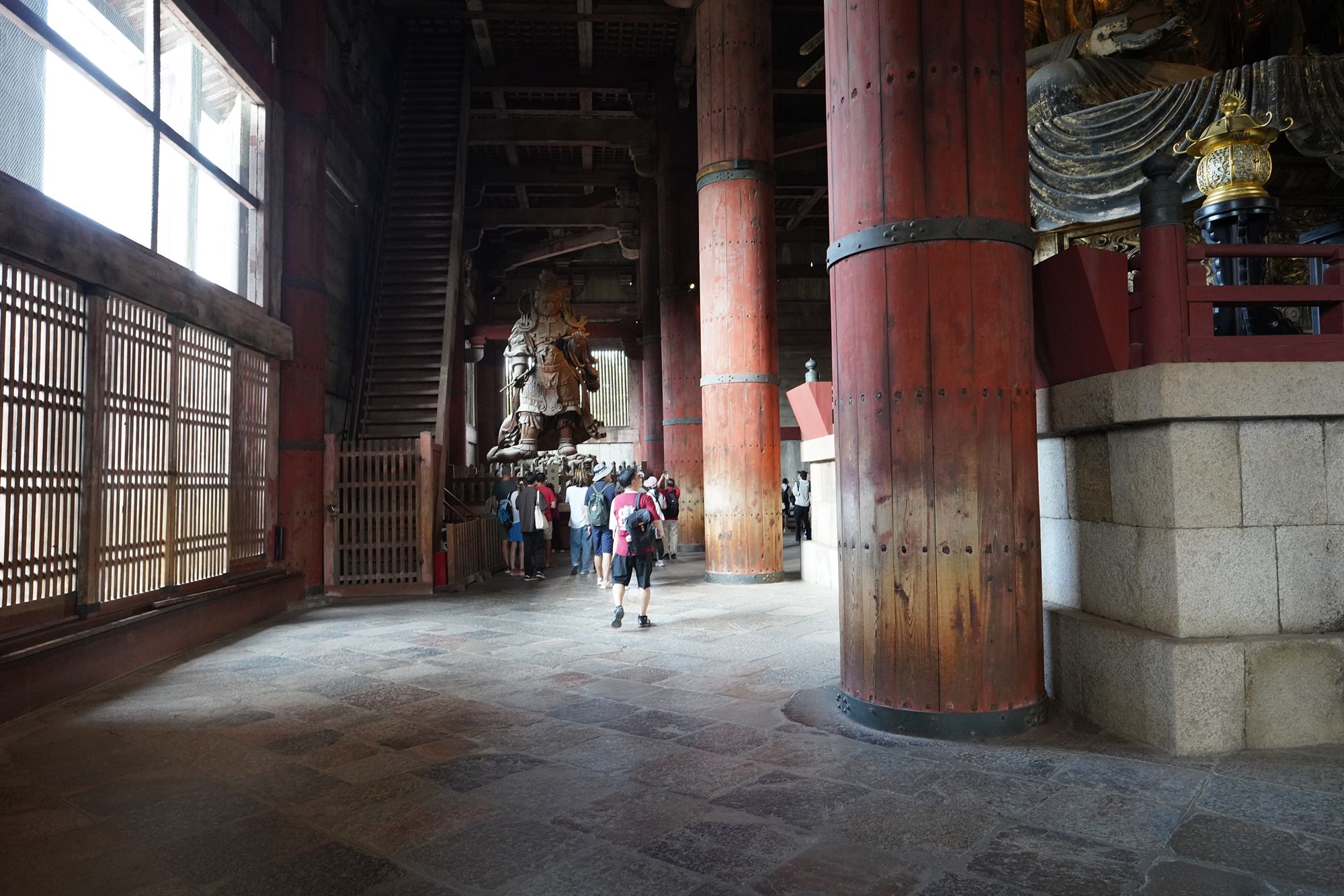
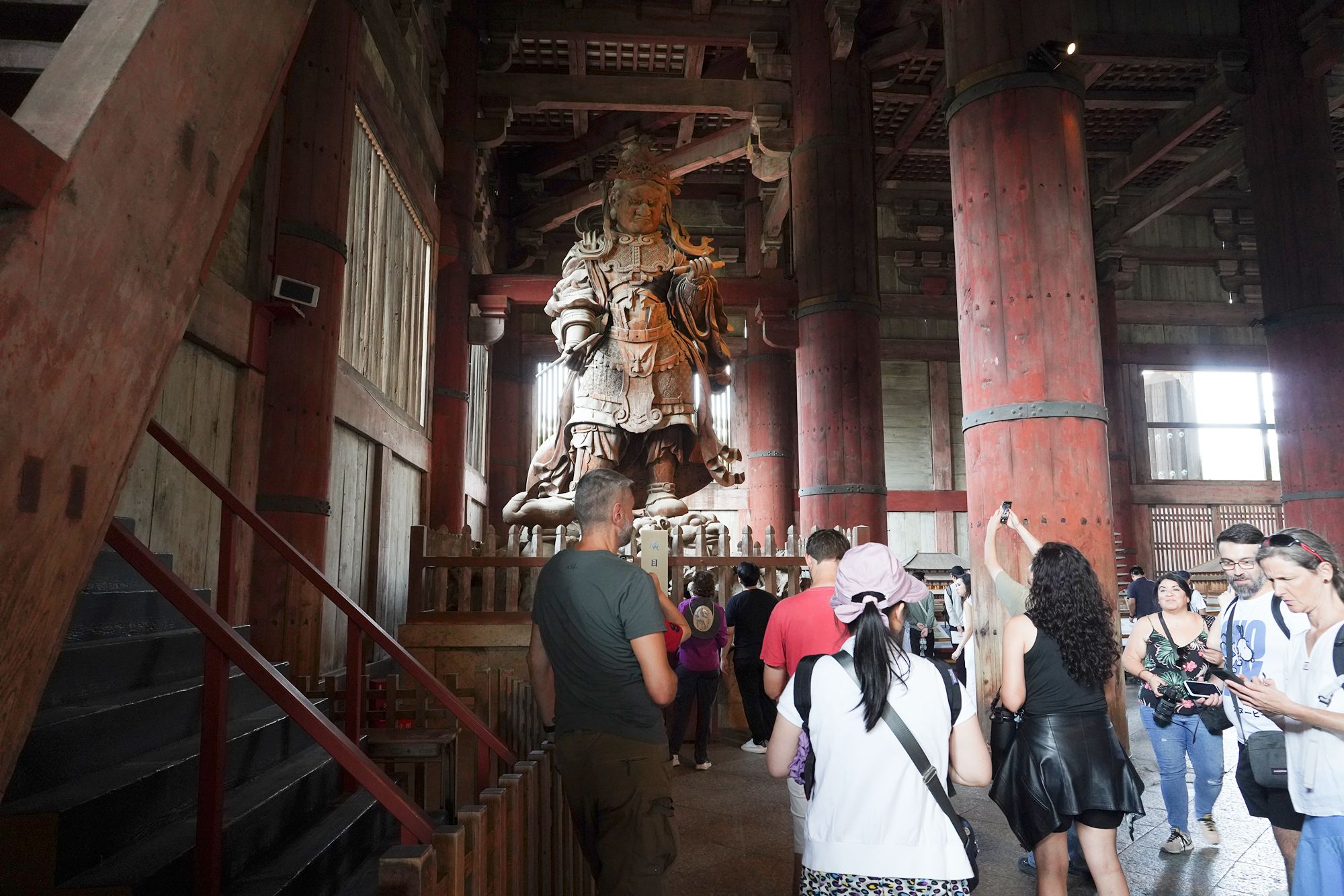
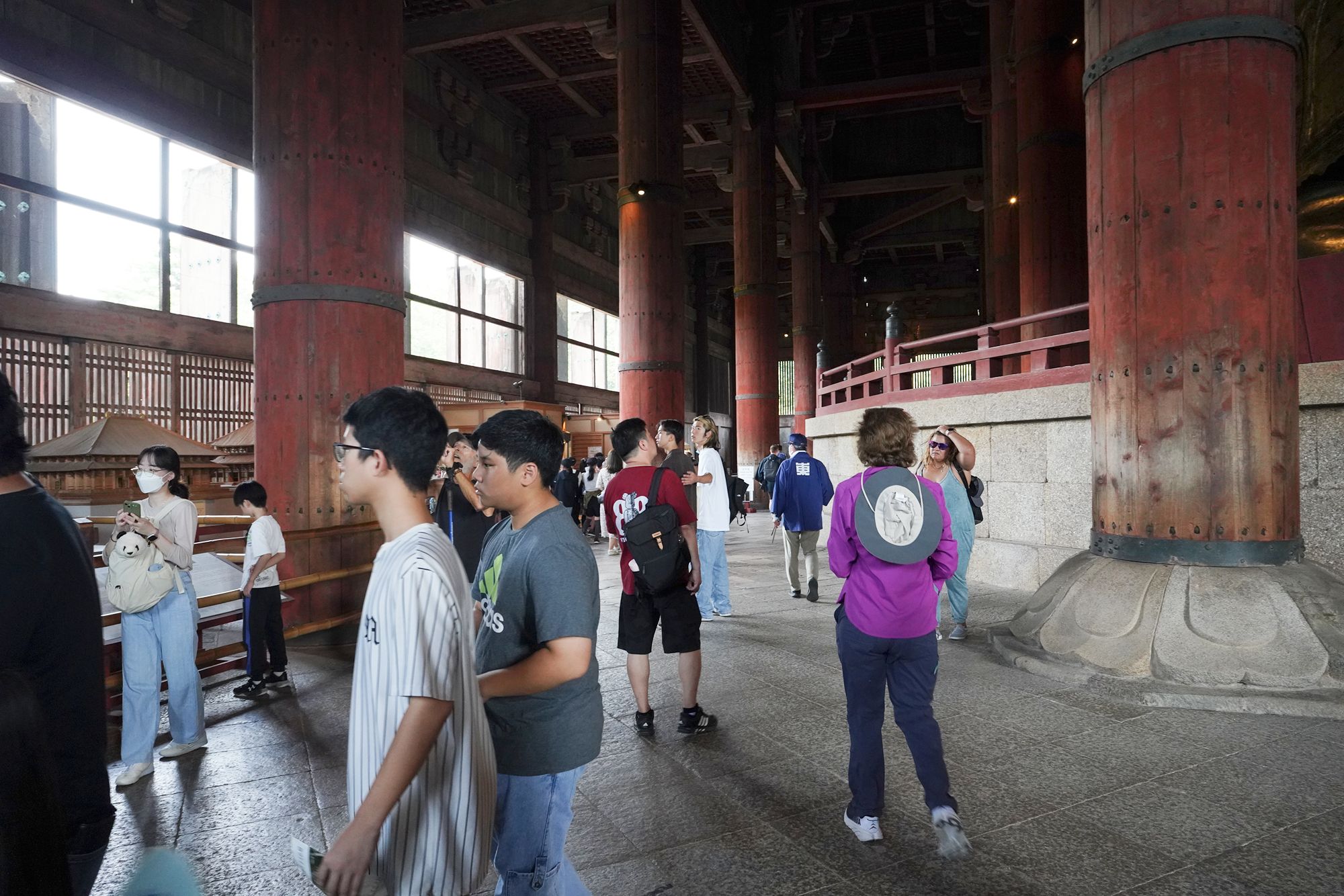
At the rear of the temple is the models of the temples that showed how it changed through the years
This is how the temple looked originally
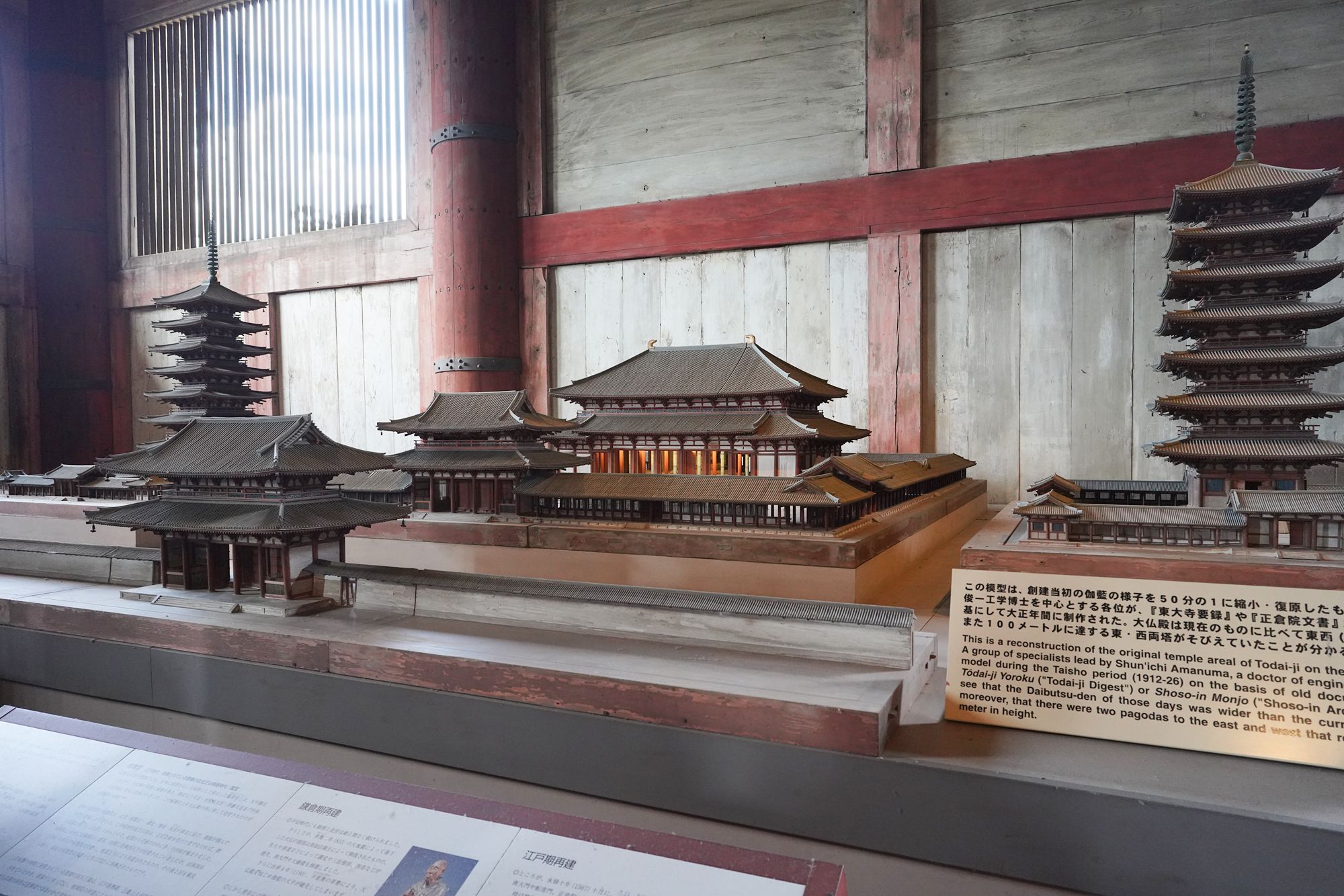
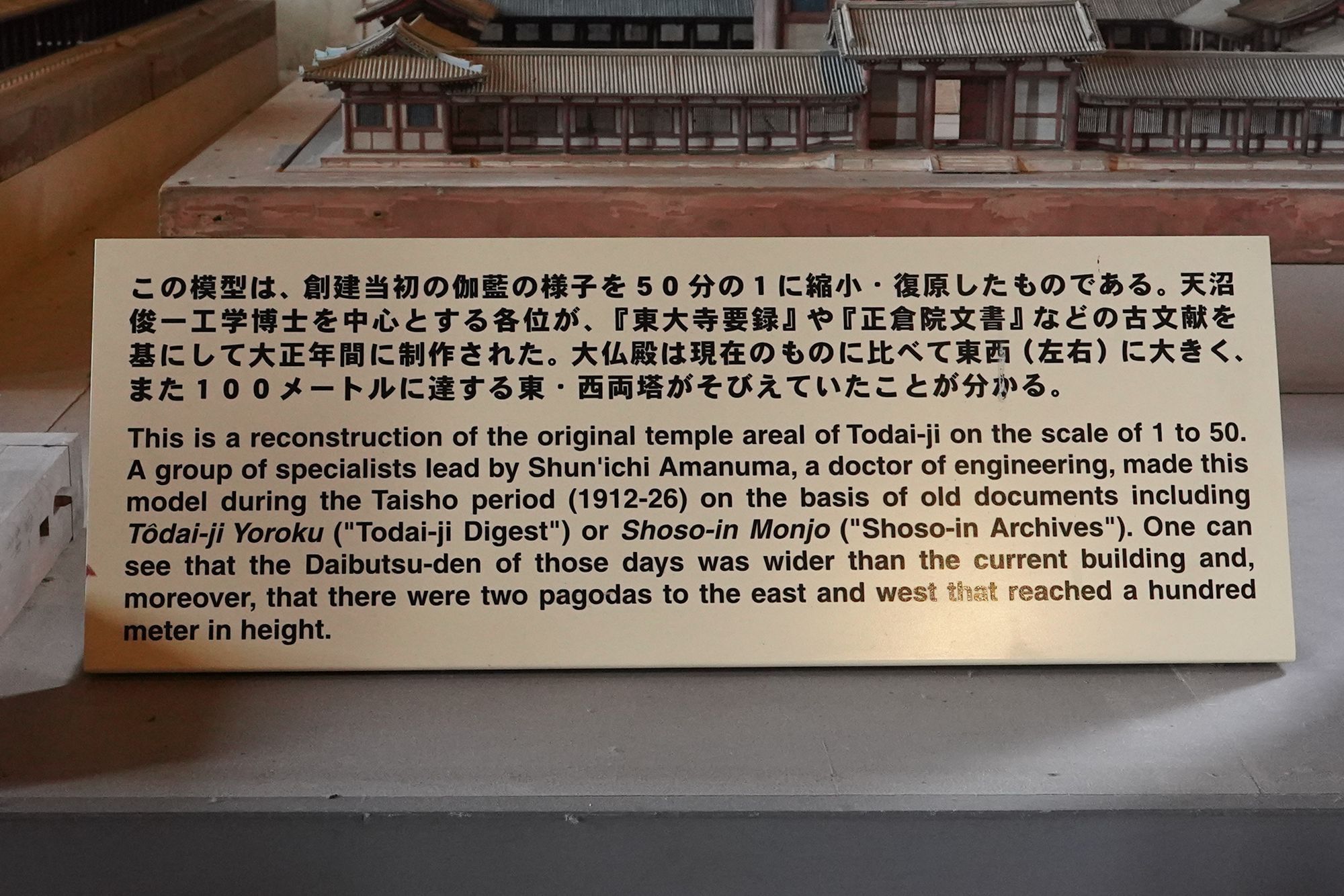
Then it changed to this shape
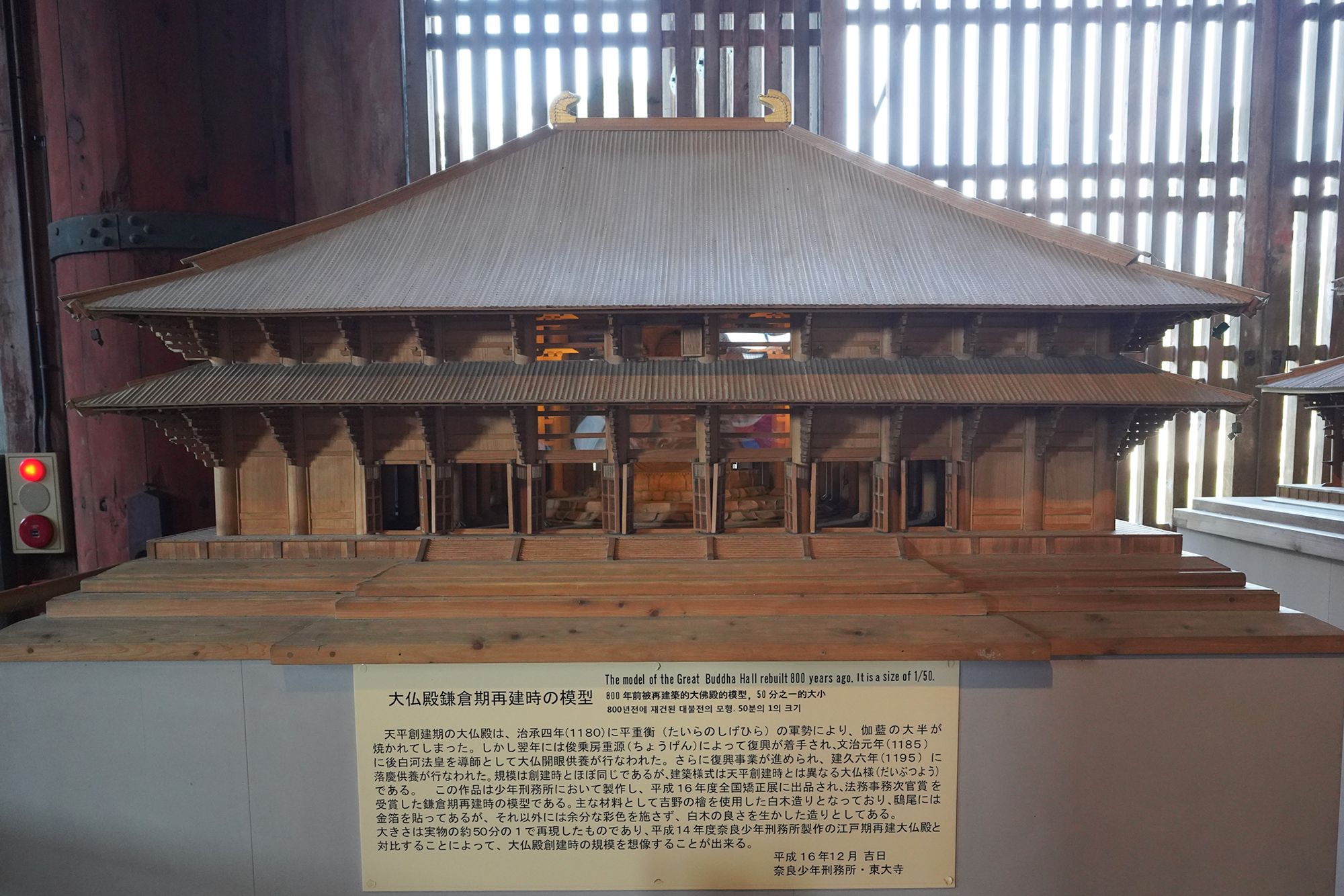
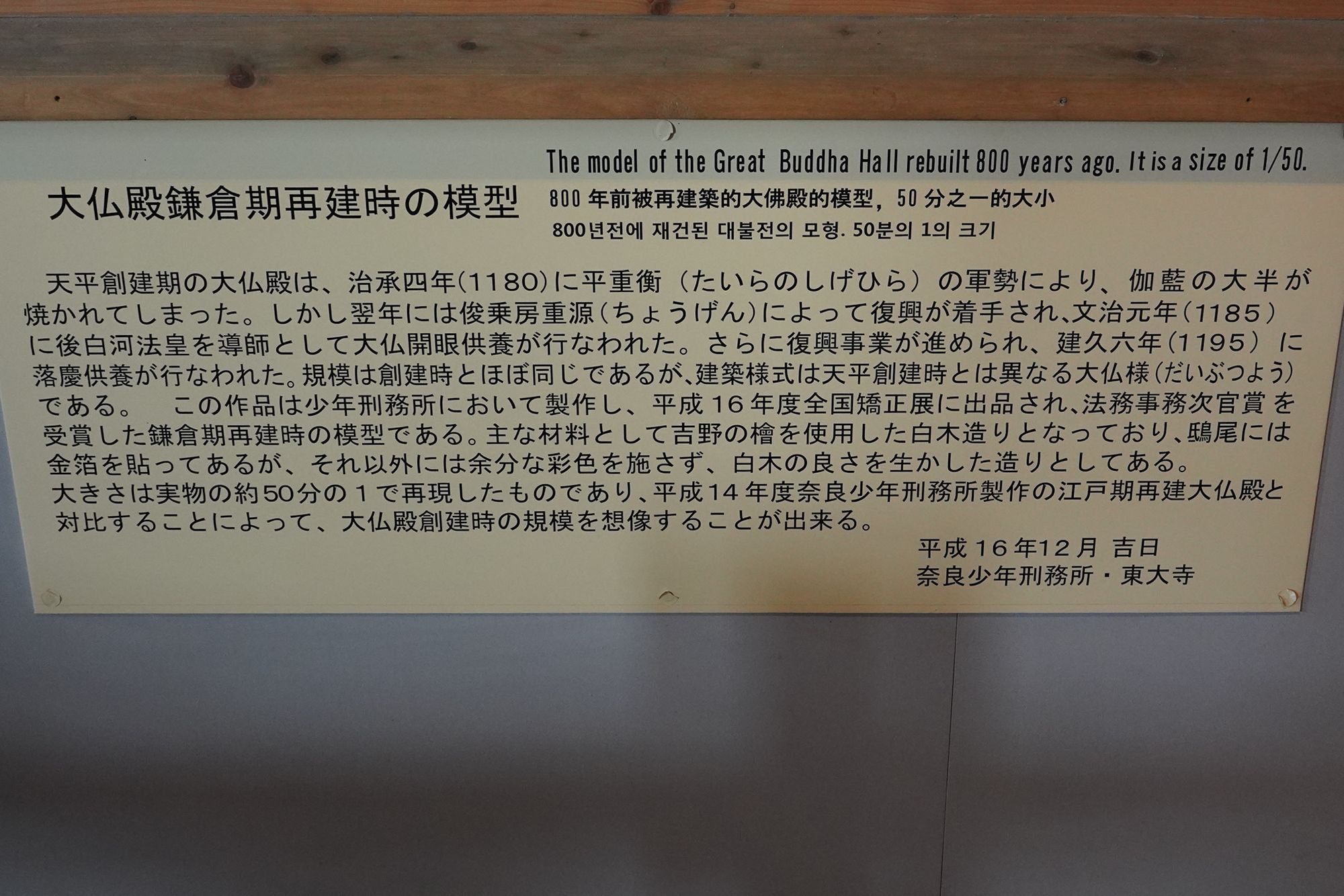
Then, finally to this
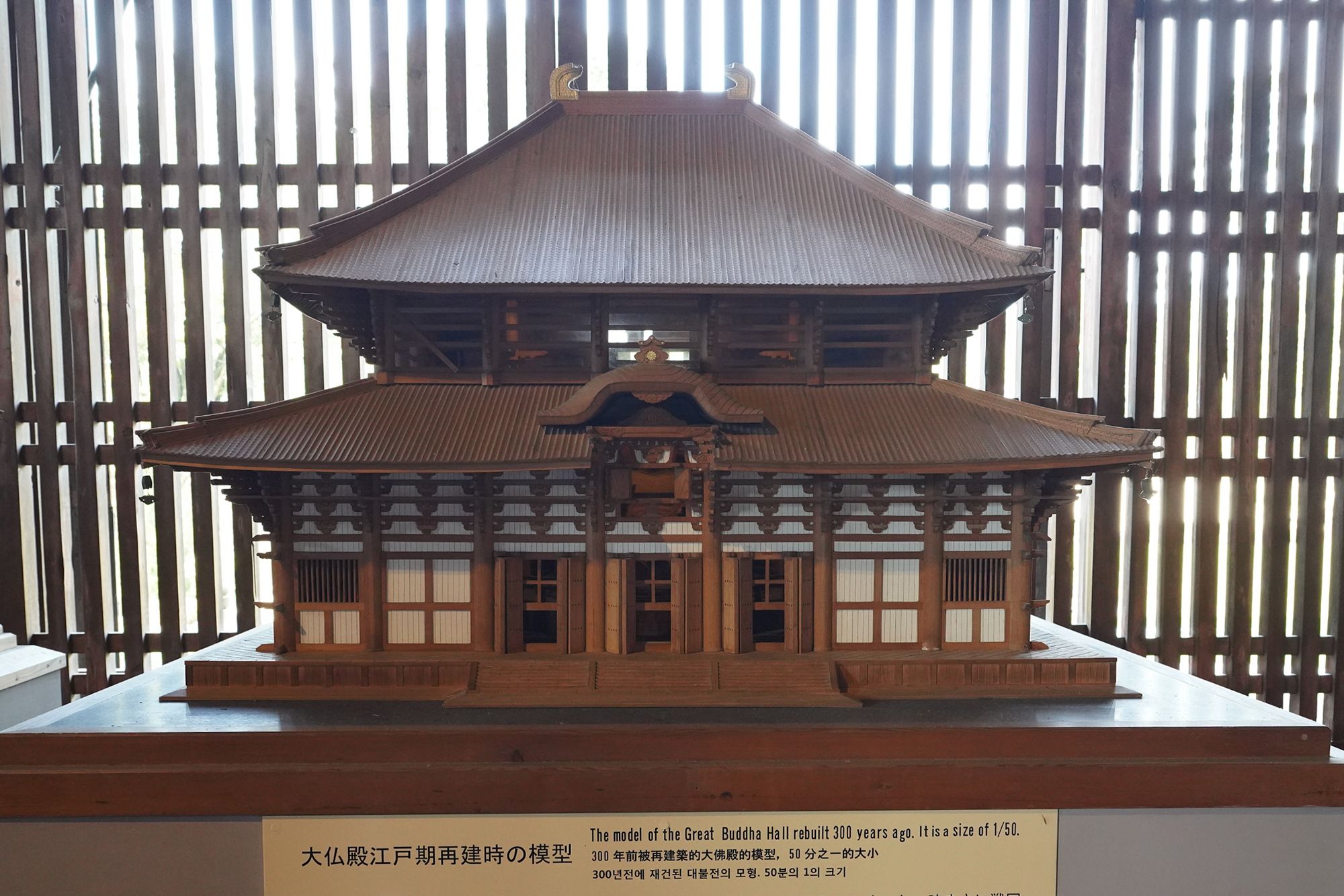
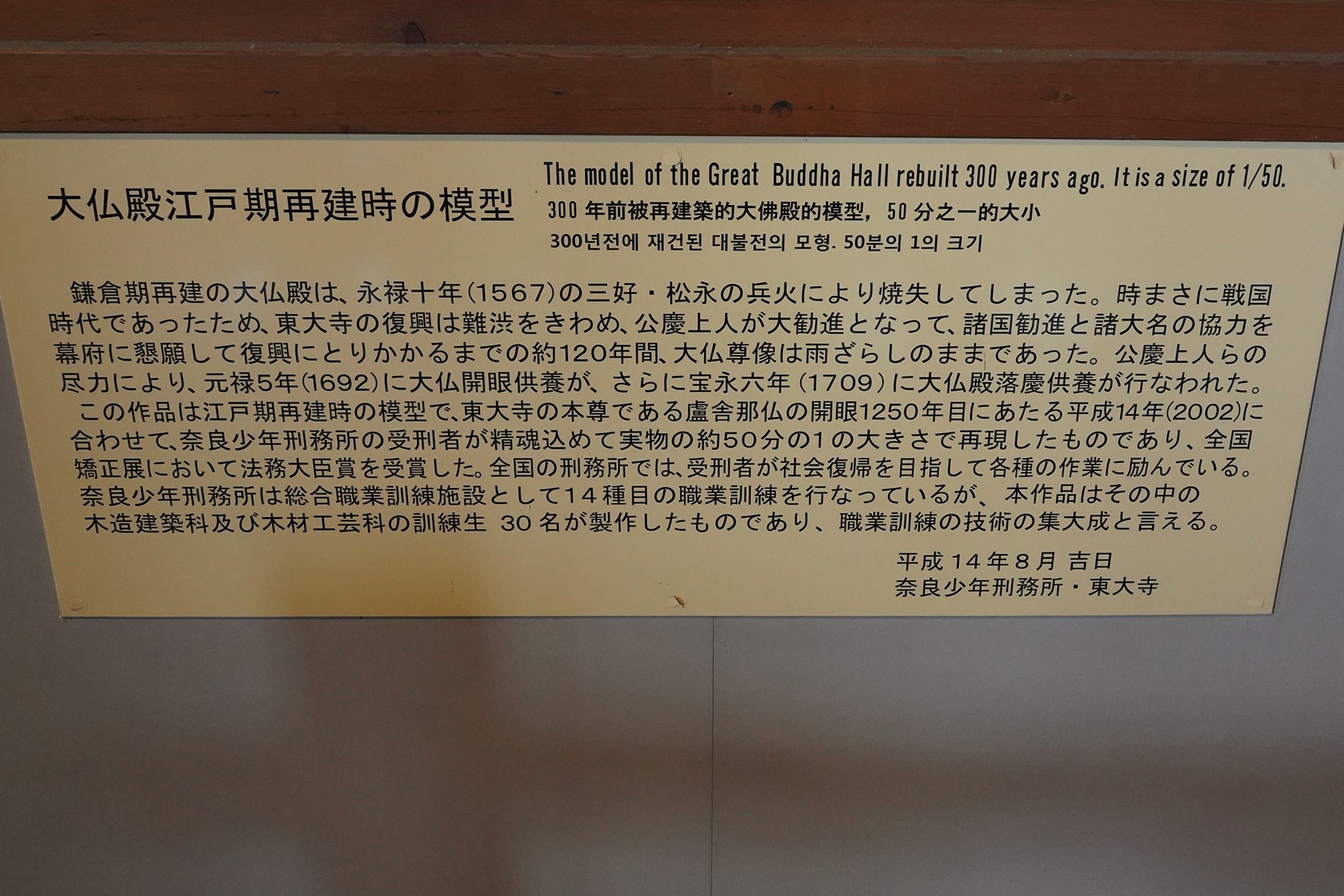
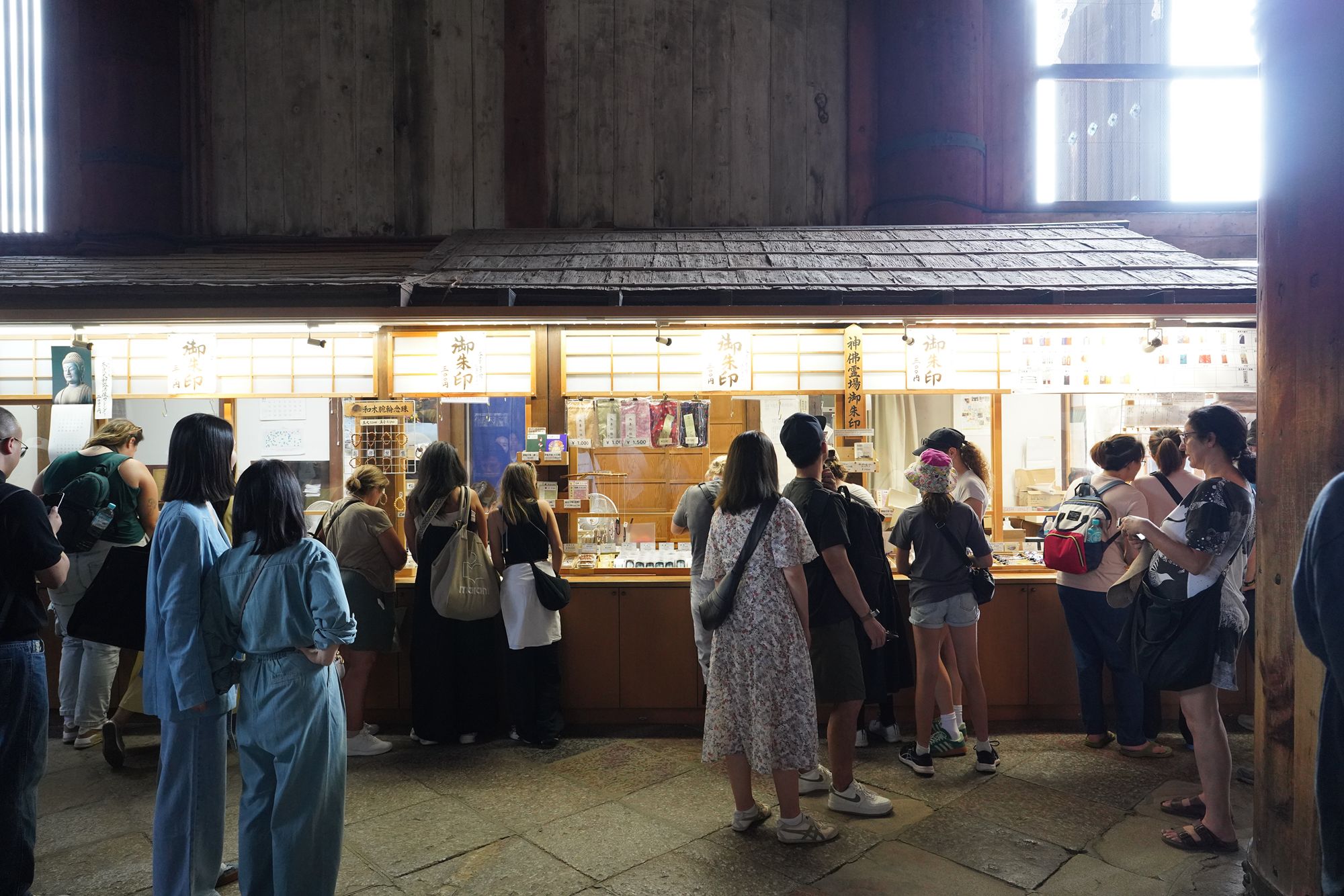
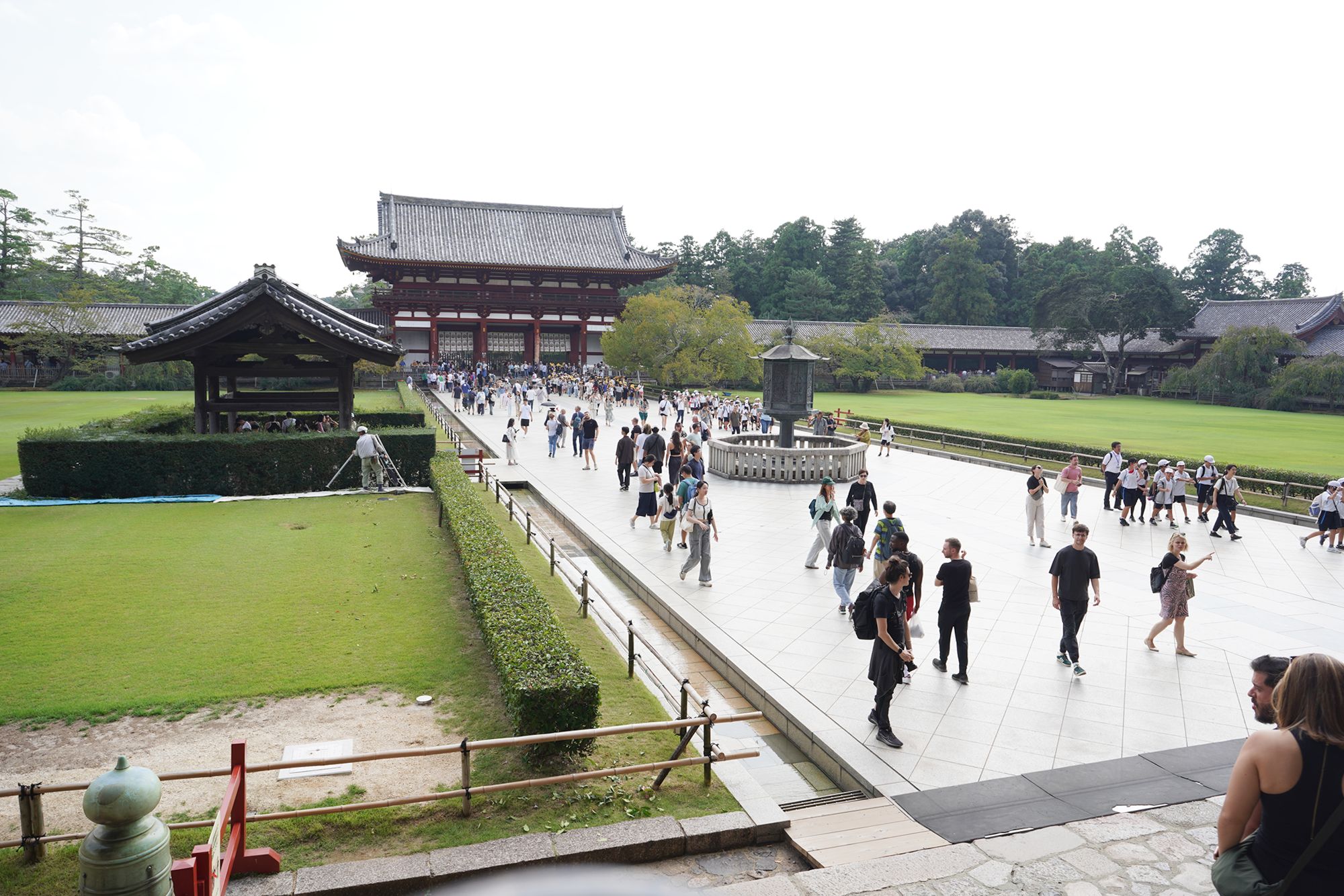
The gate building
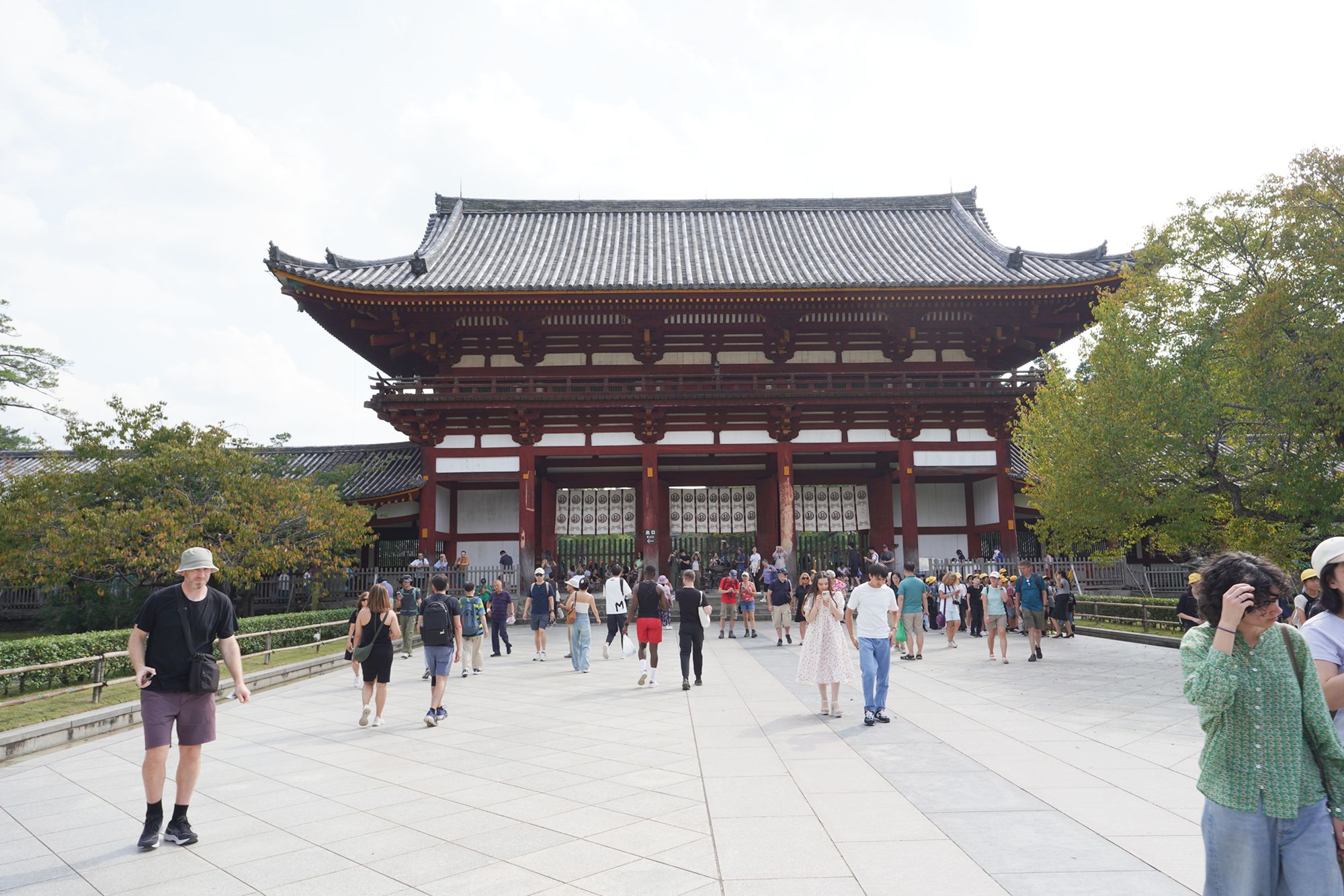
Back side
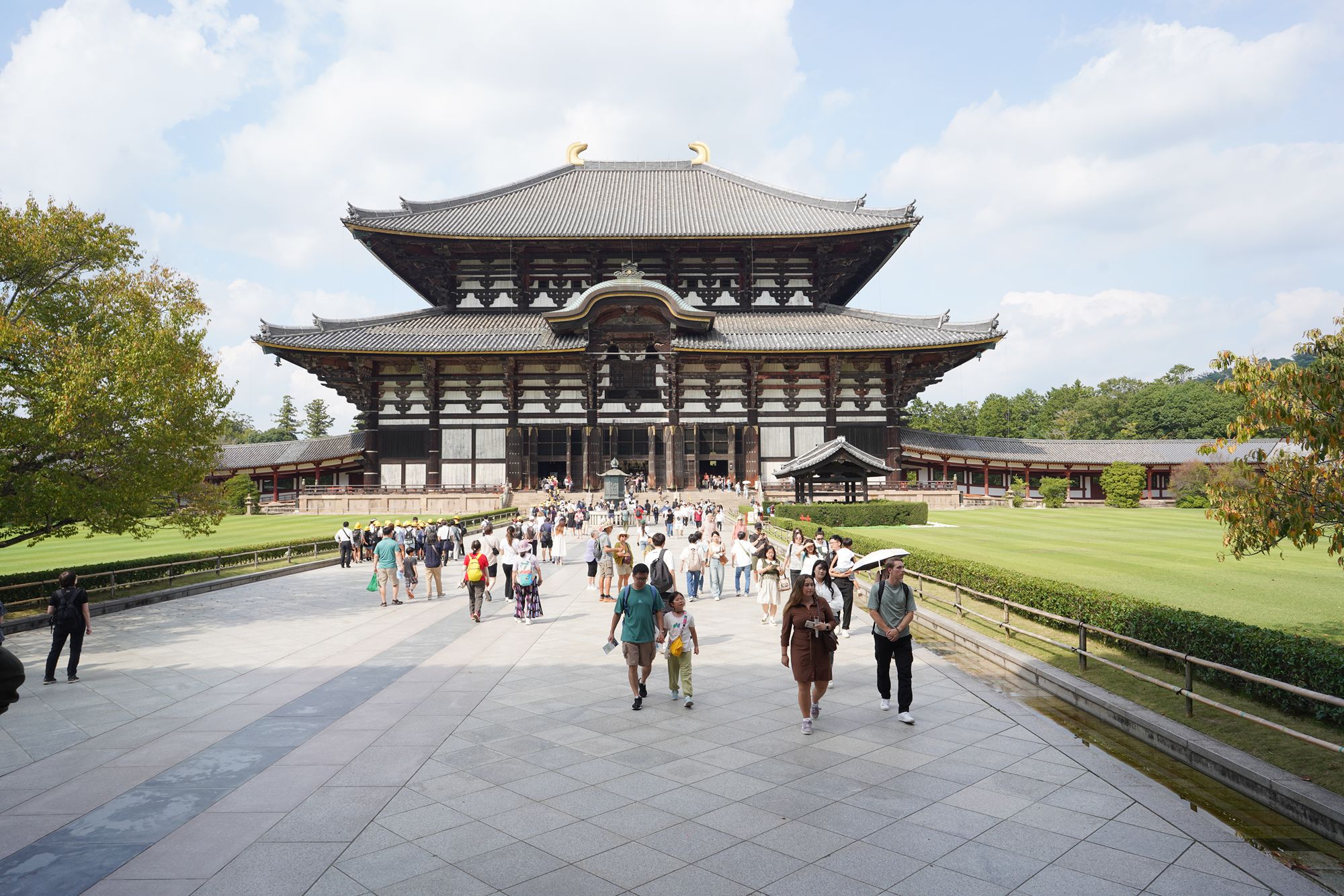
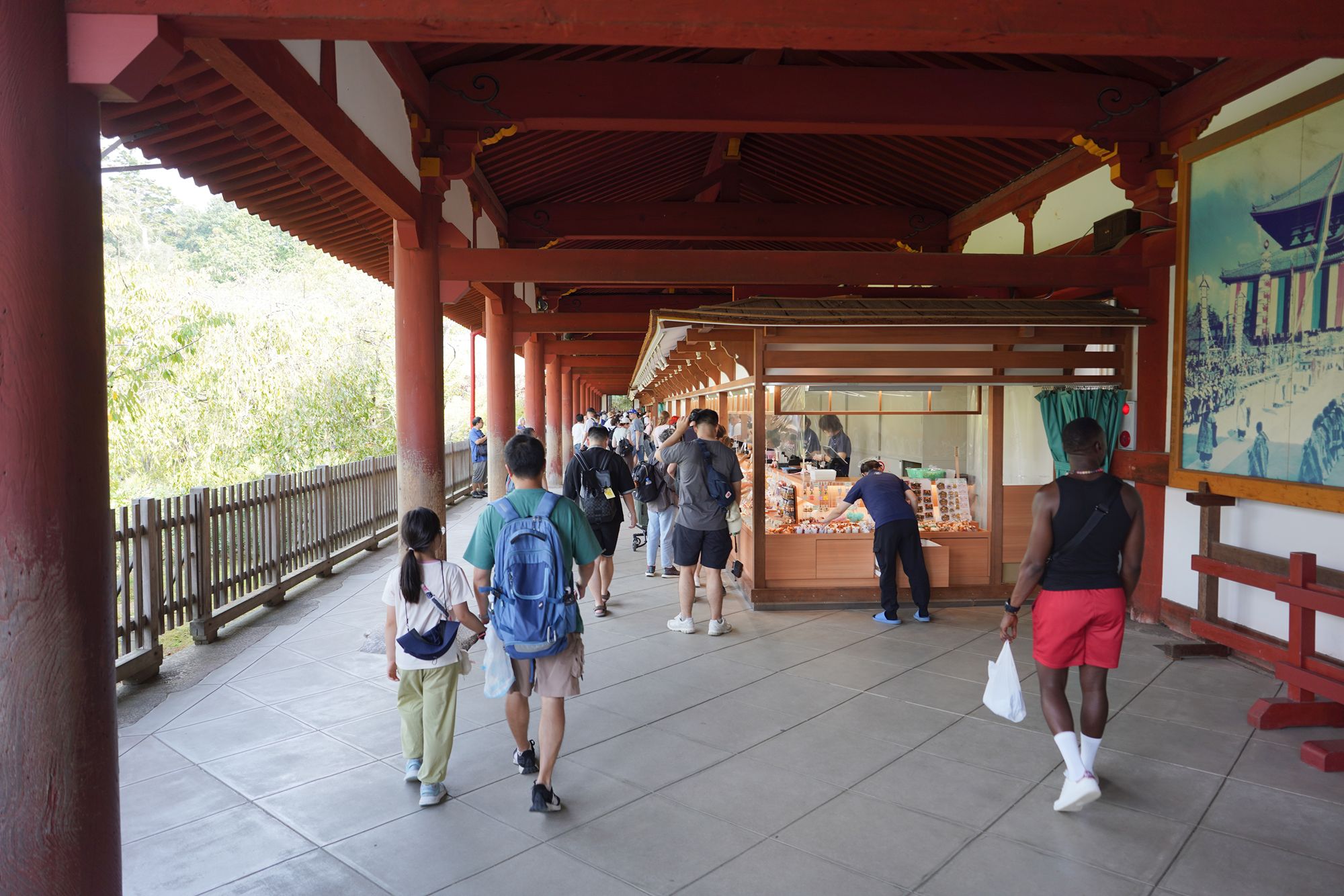
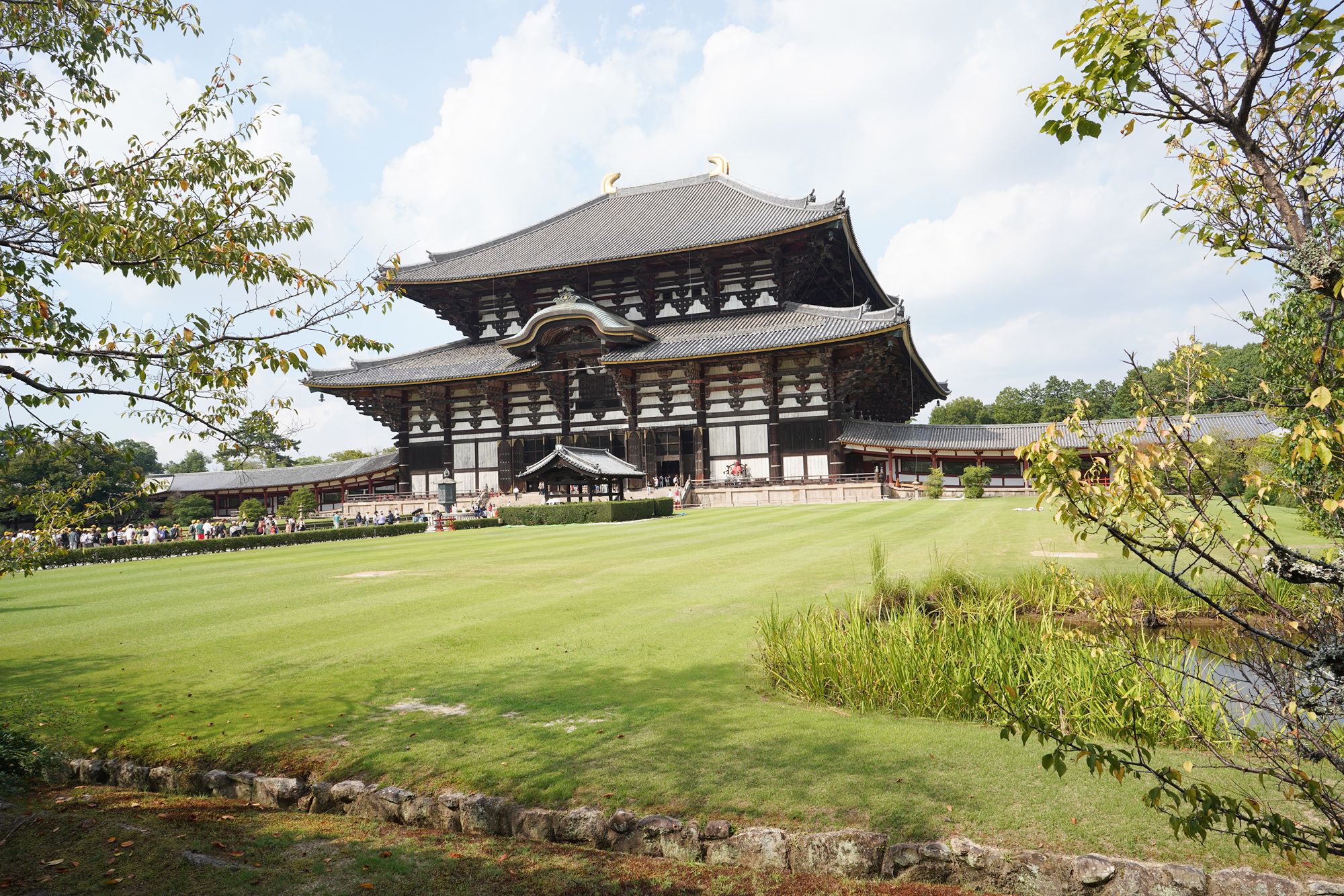
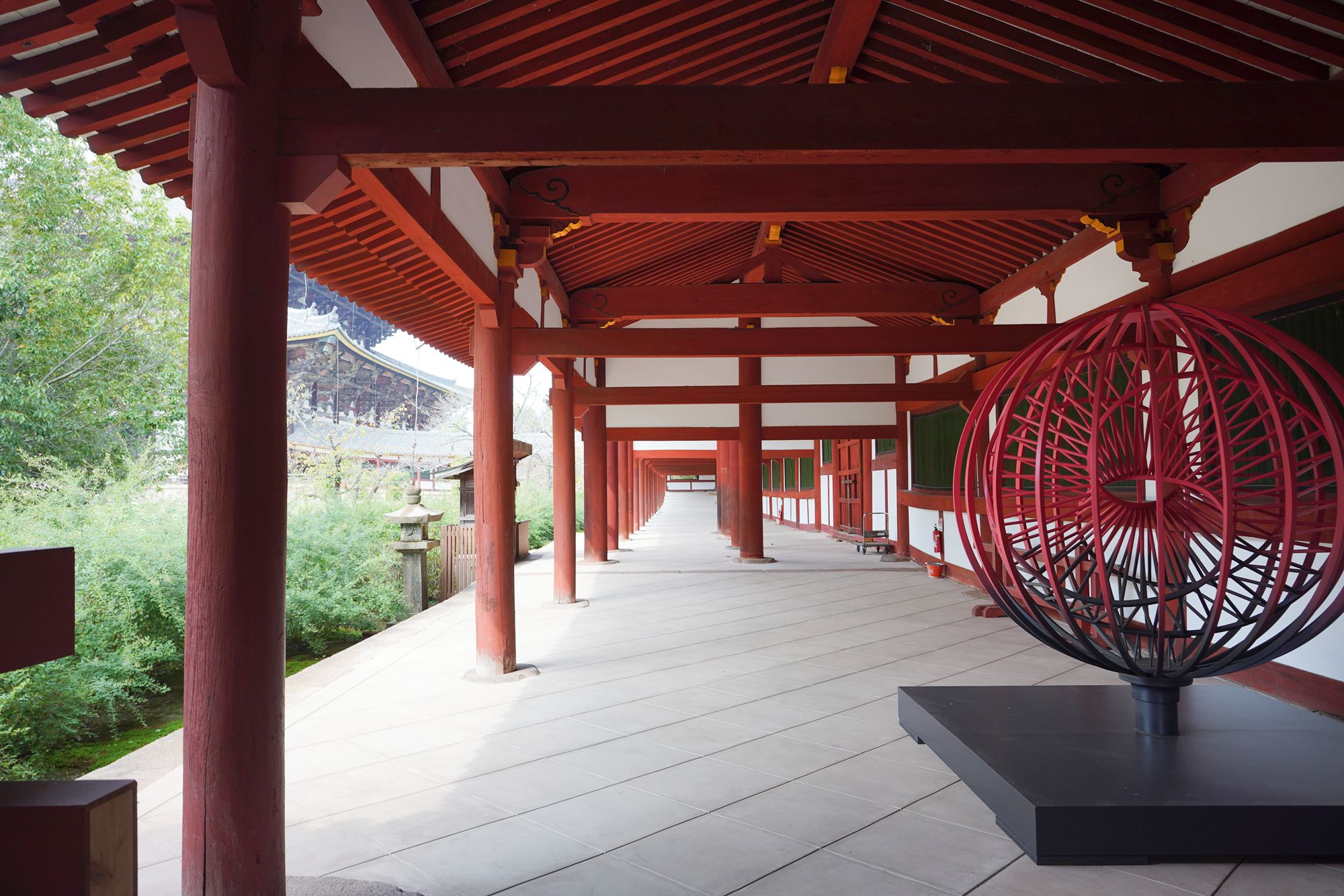
The pond in front of the temple area
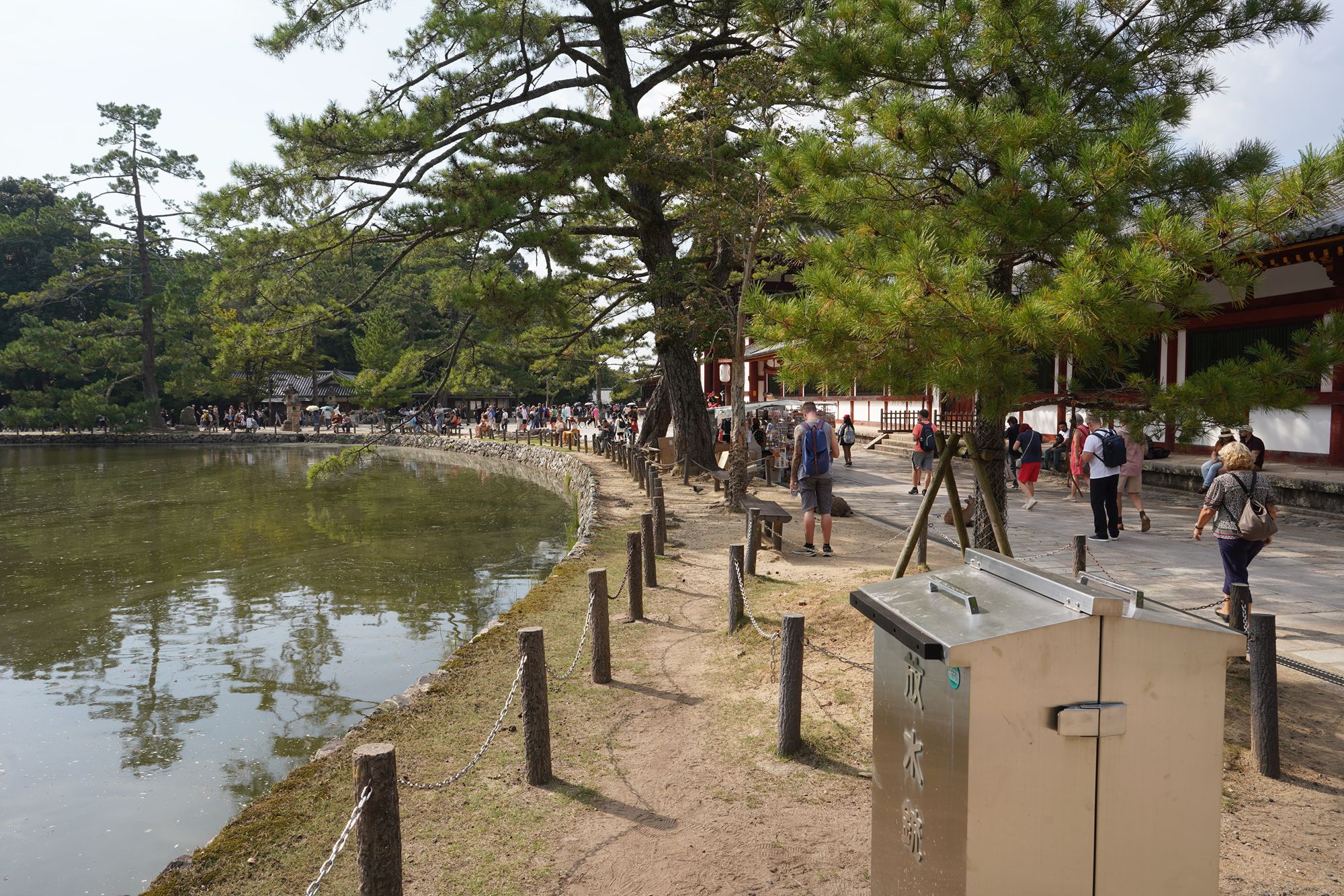
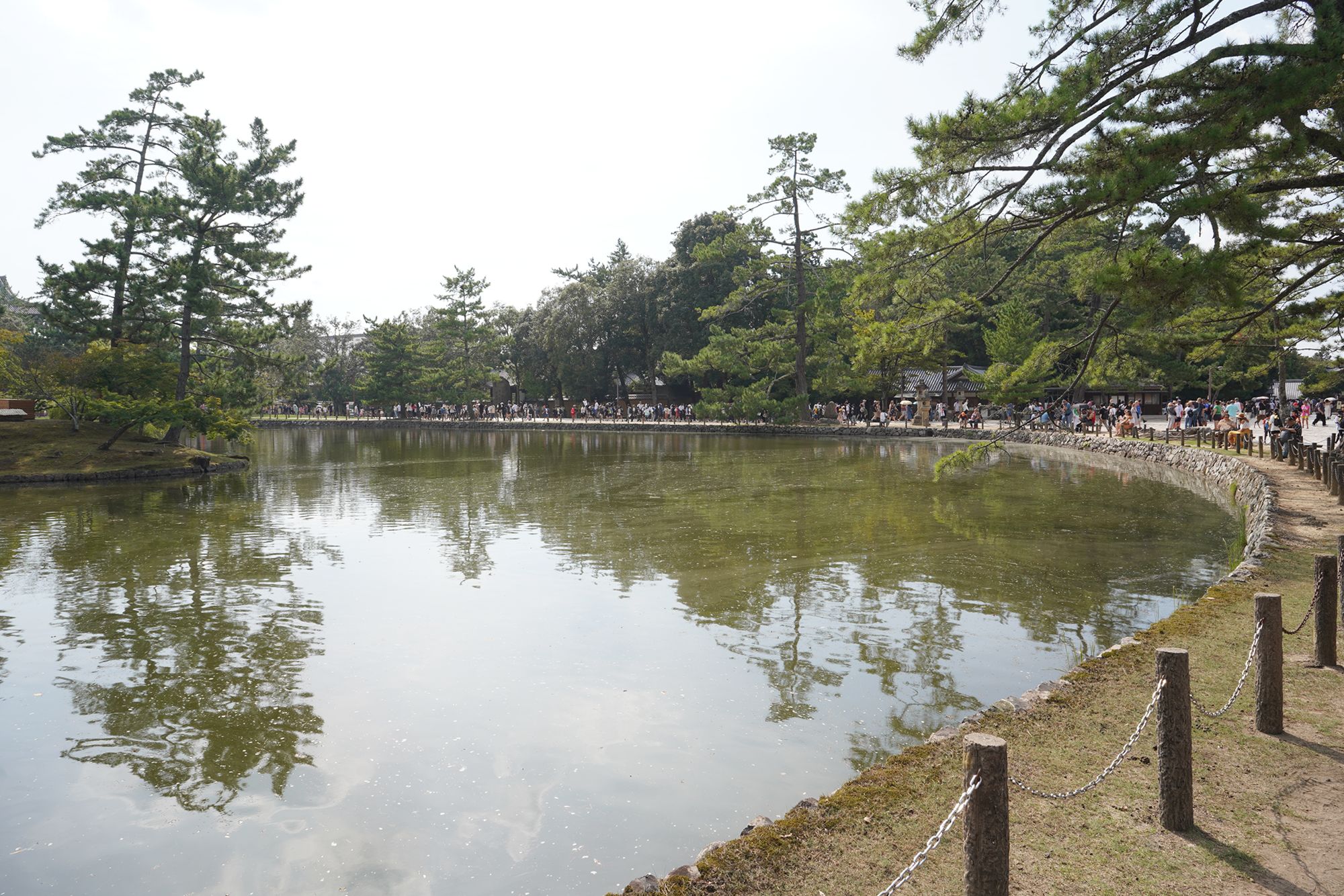
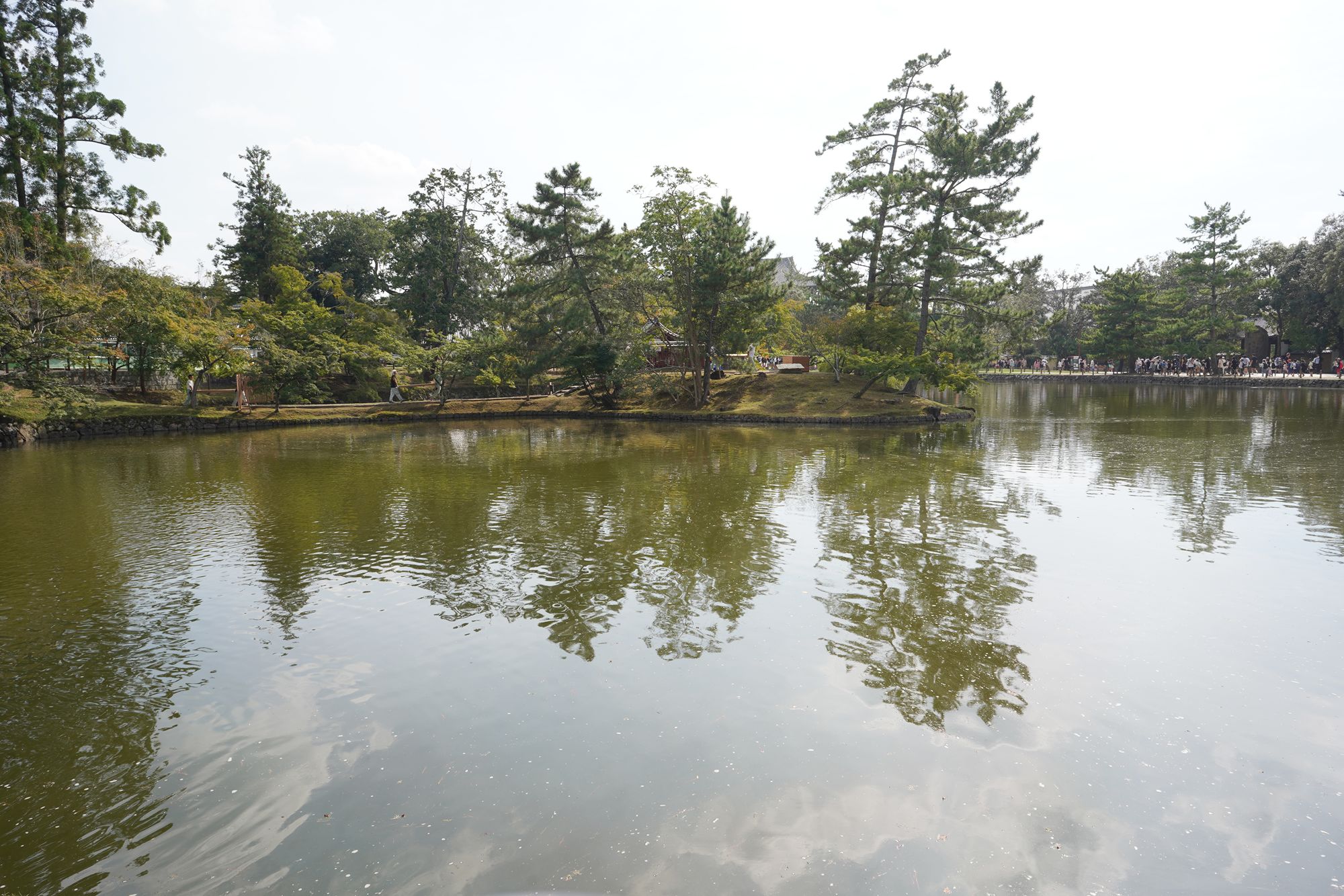
Another gate house of the temple, as I leaving the temple area
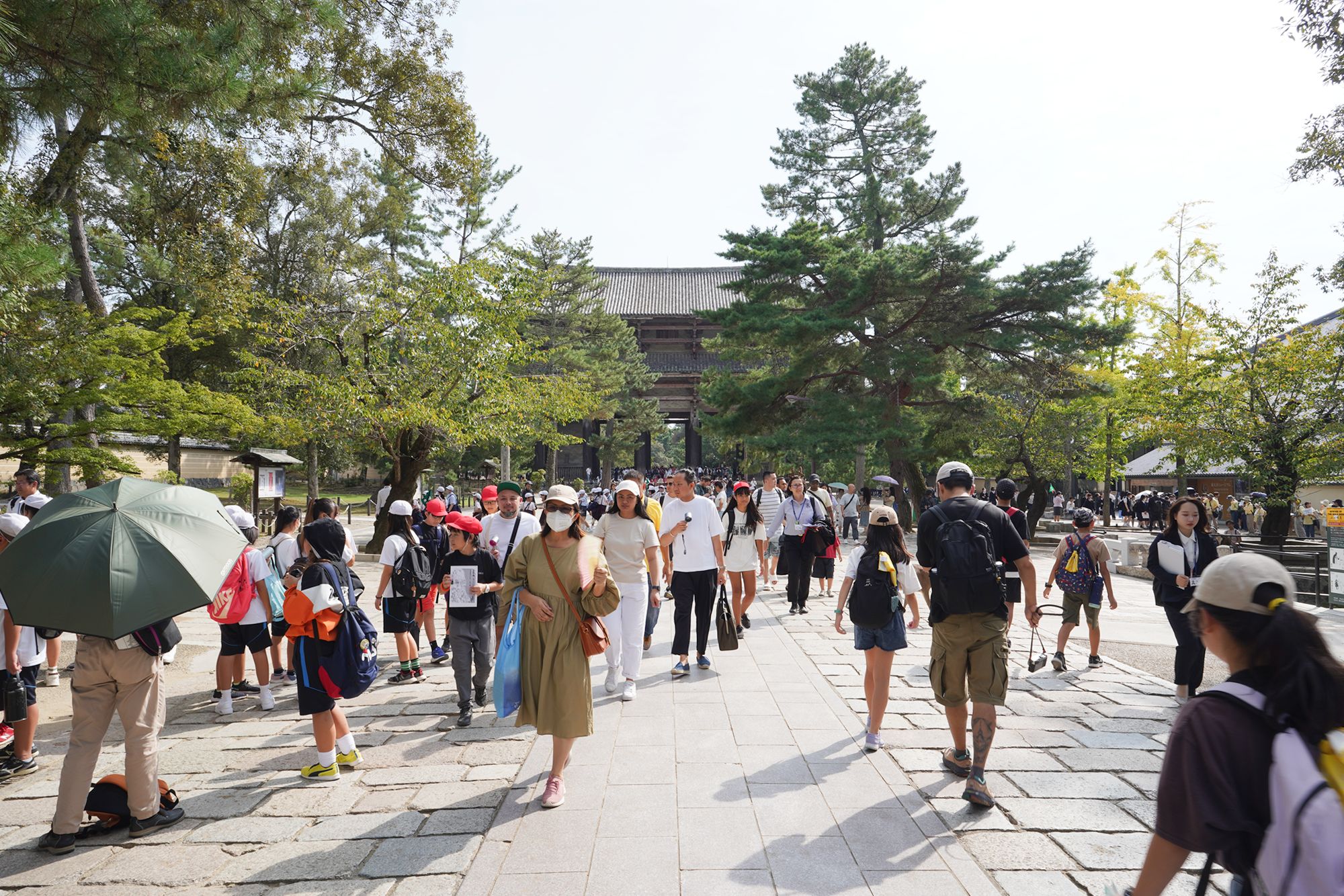
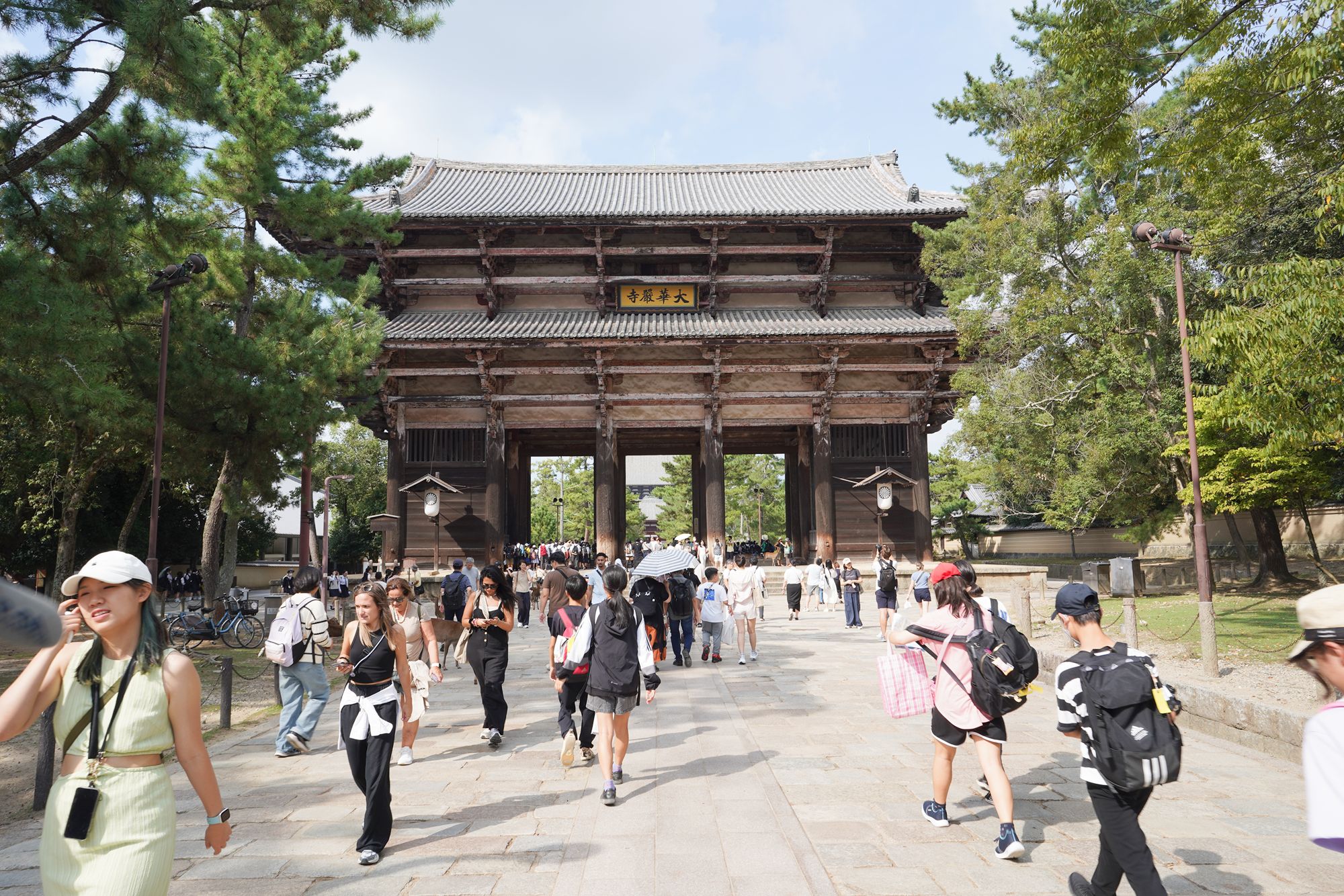
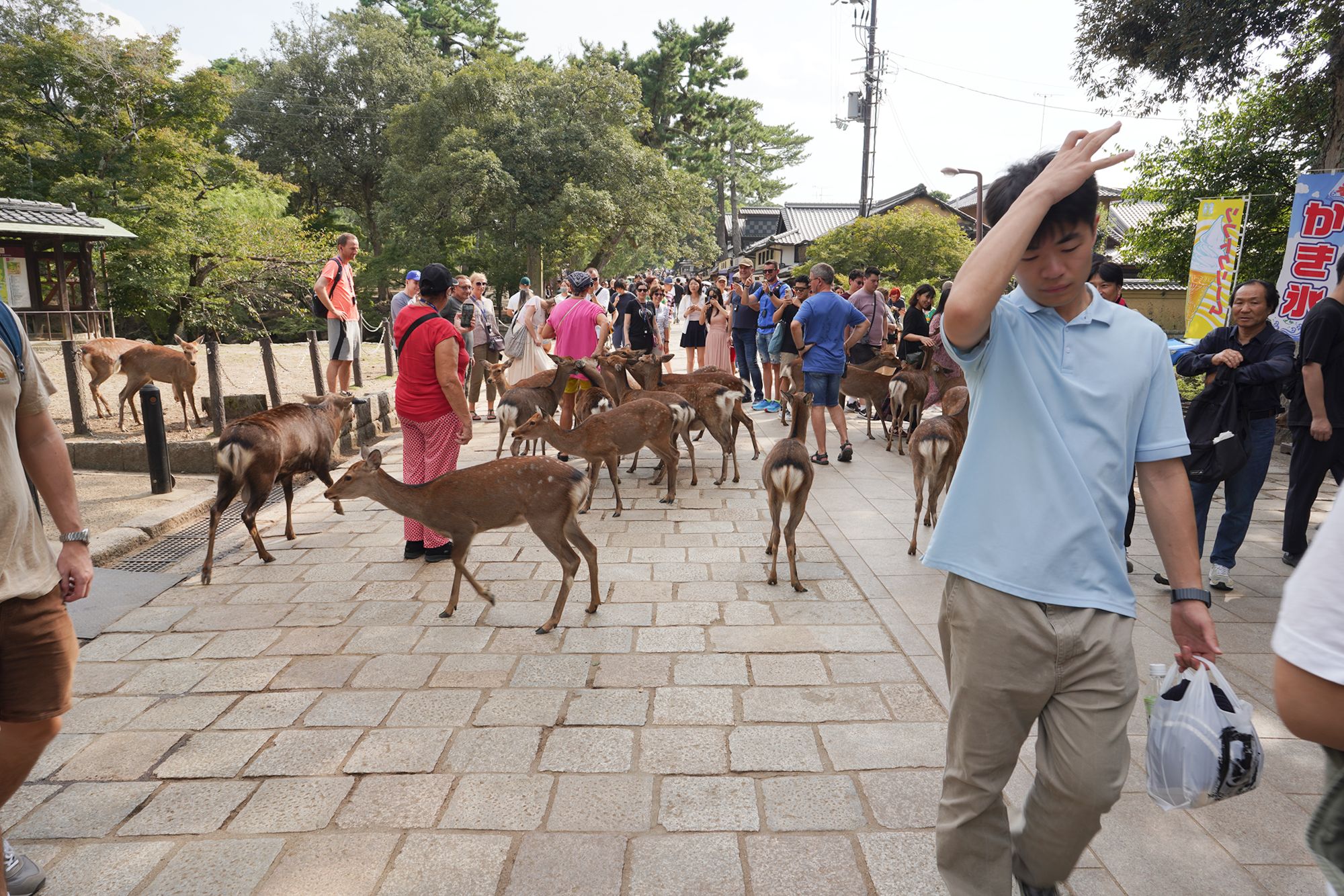
A walking distance from the temple is located Kasugataisha Shrine
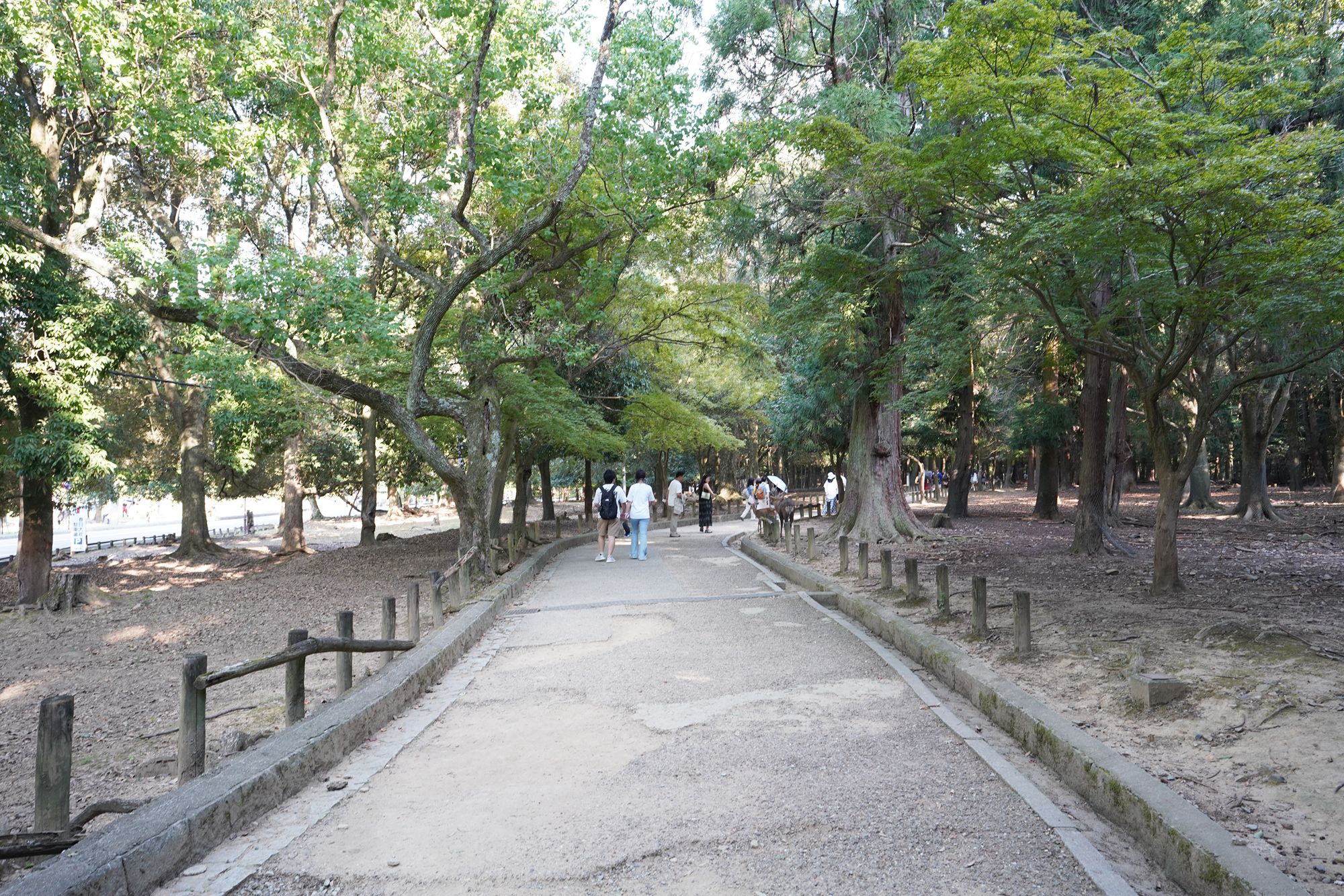
On the way to Kasugataisha Shrine
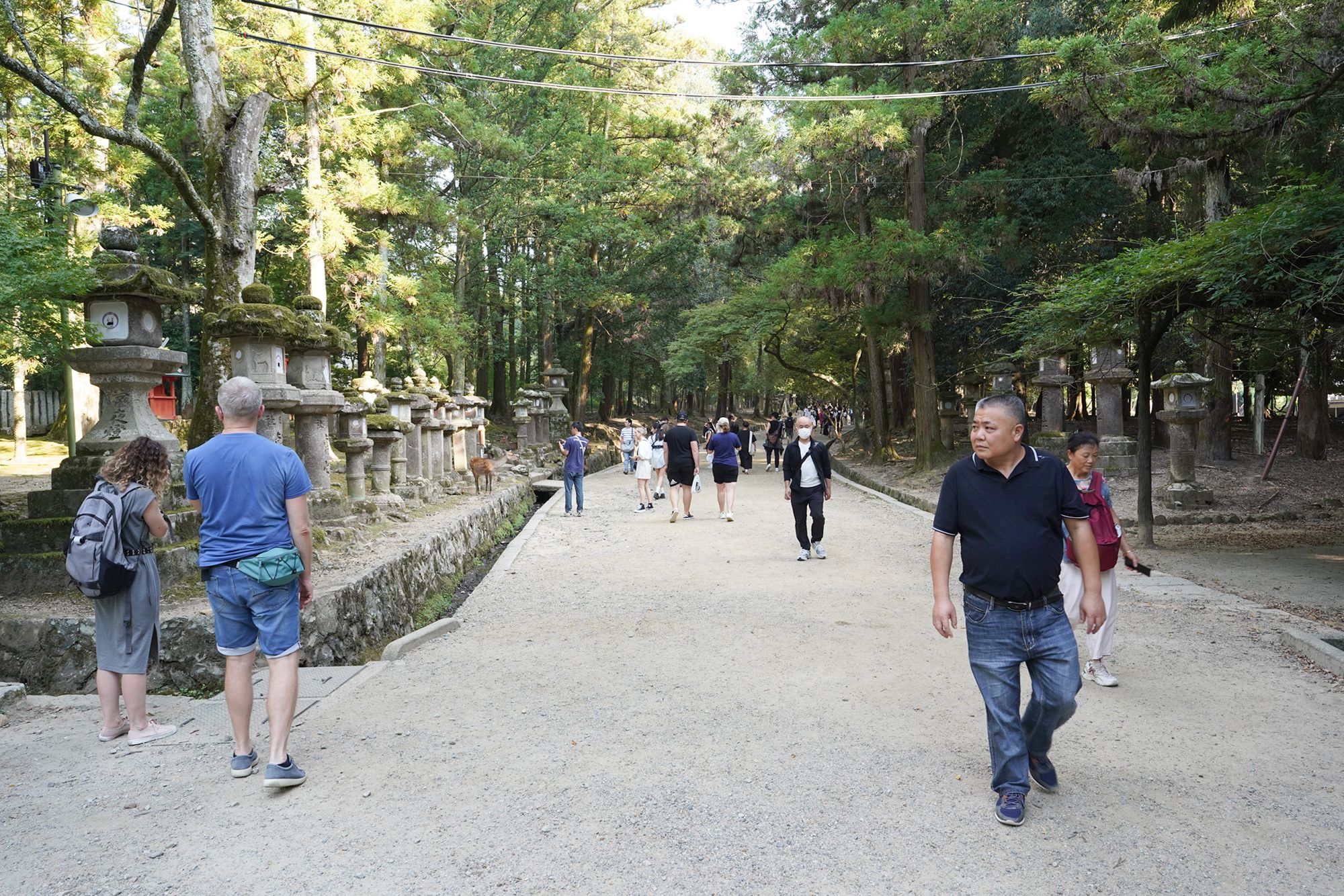
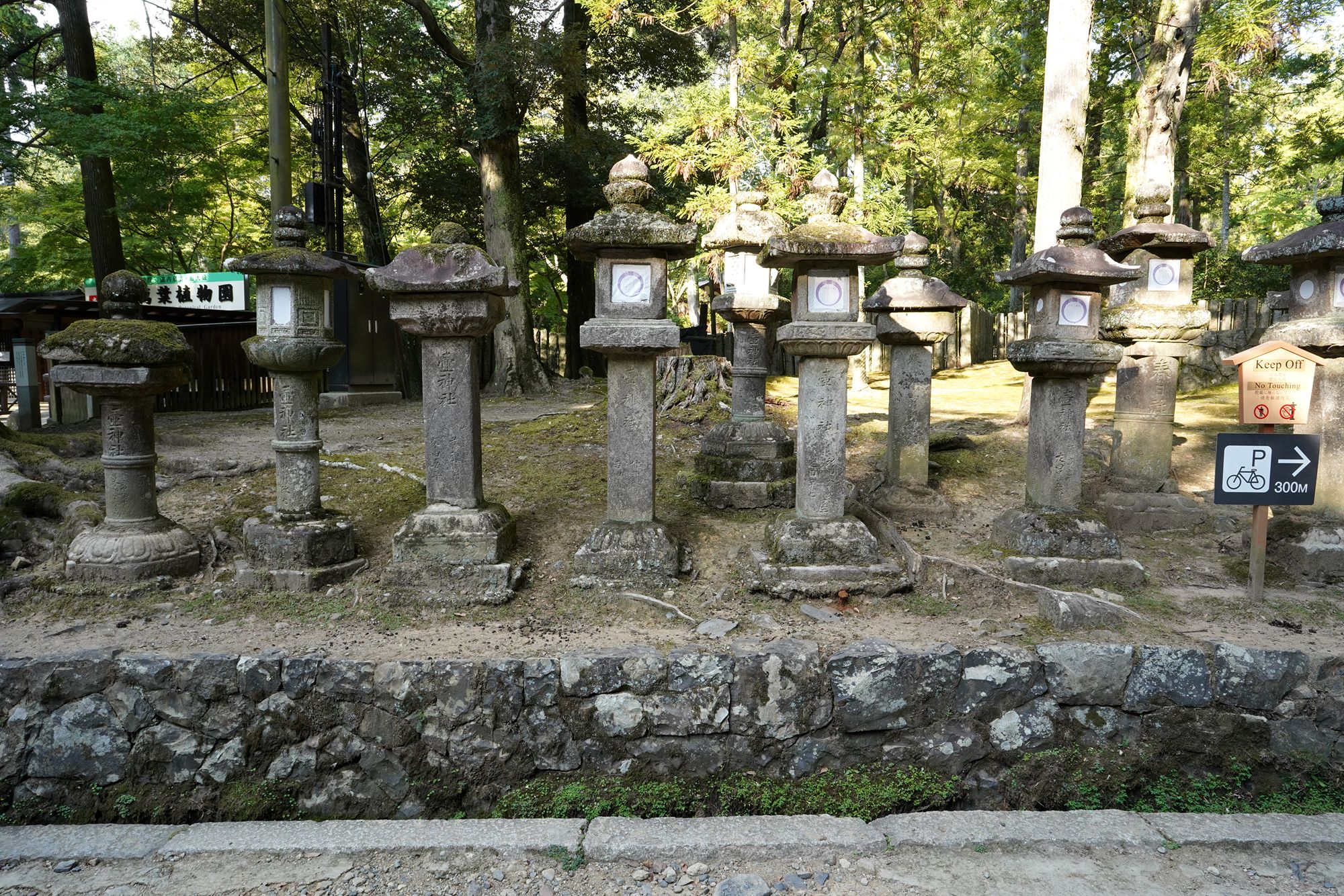
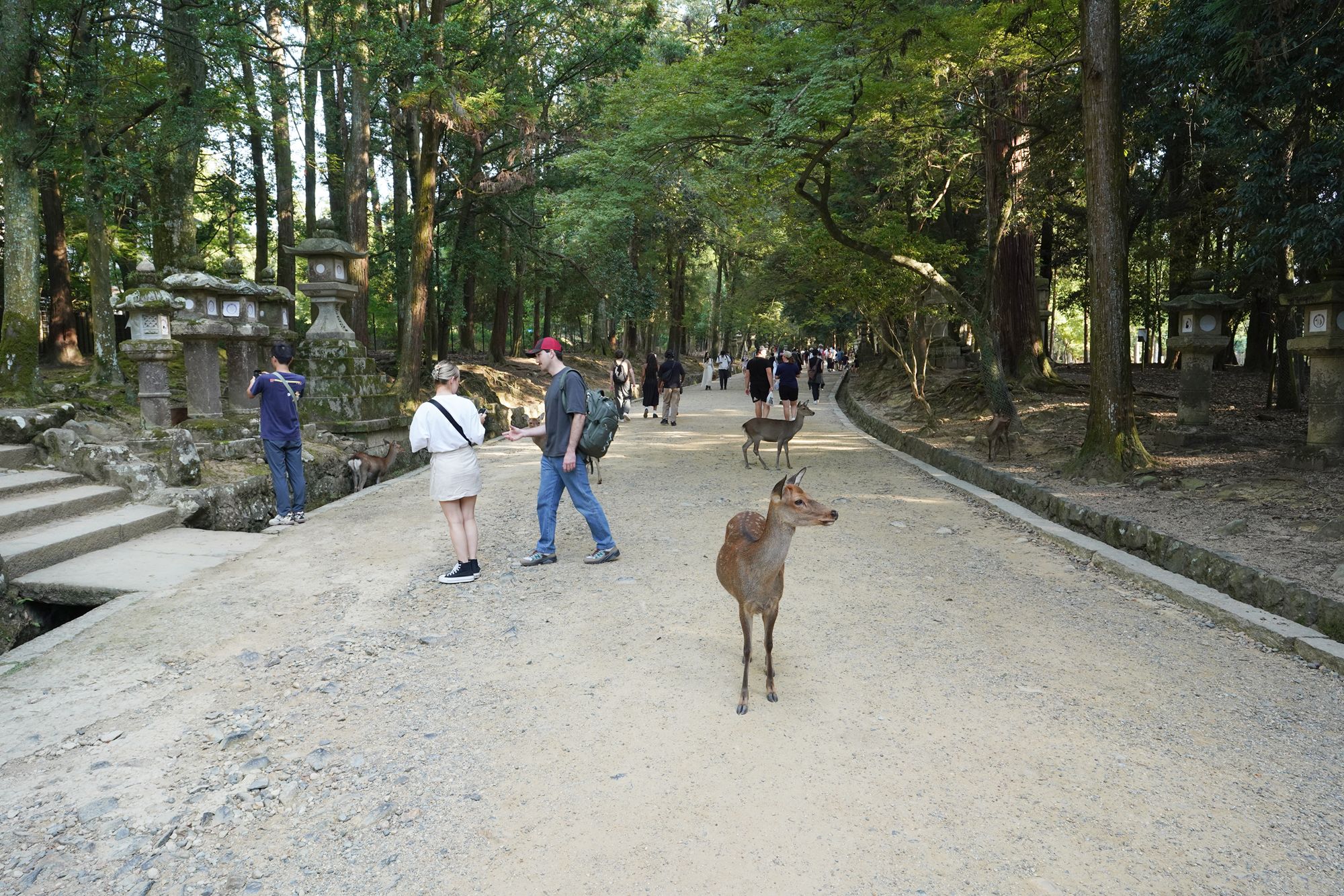
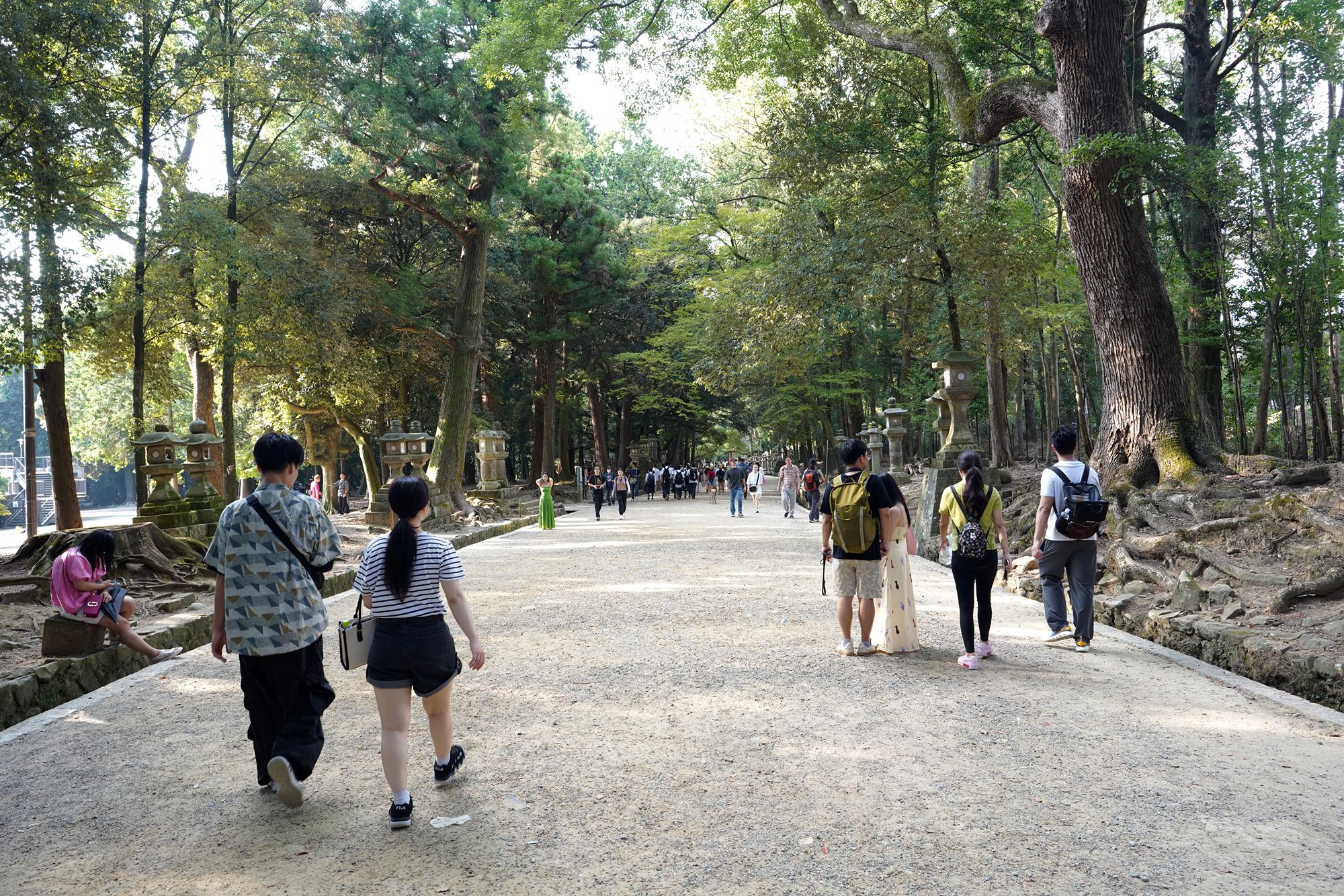
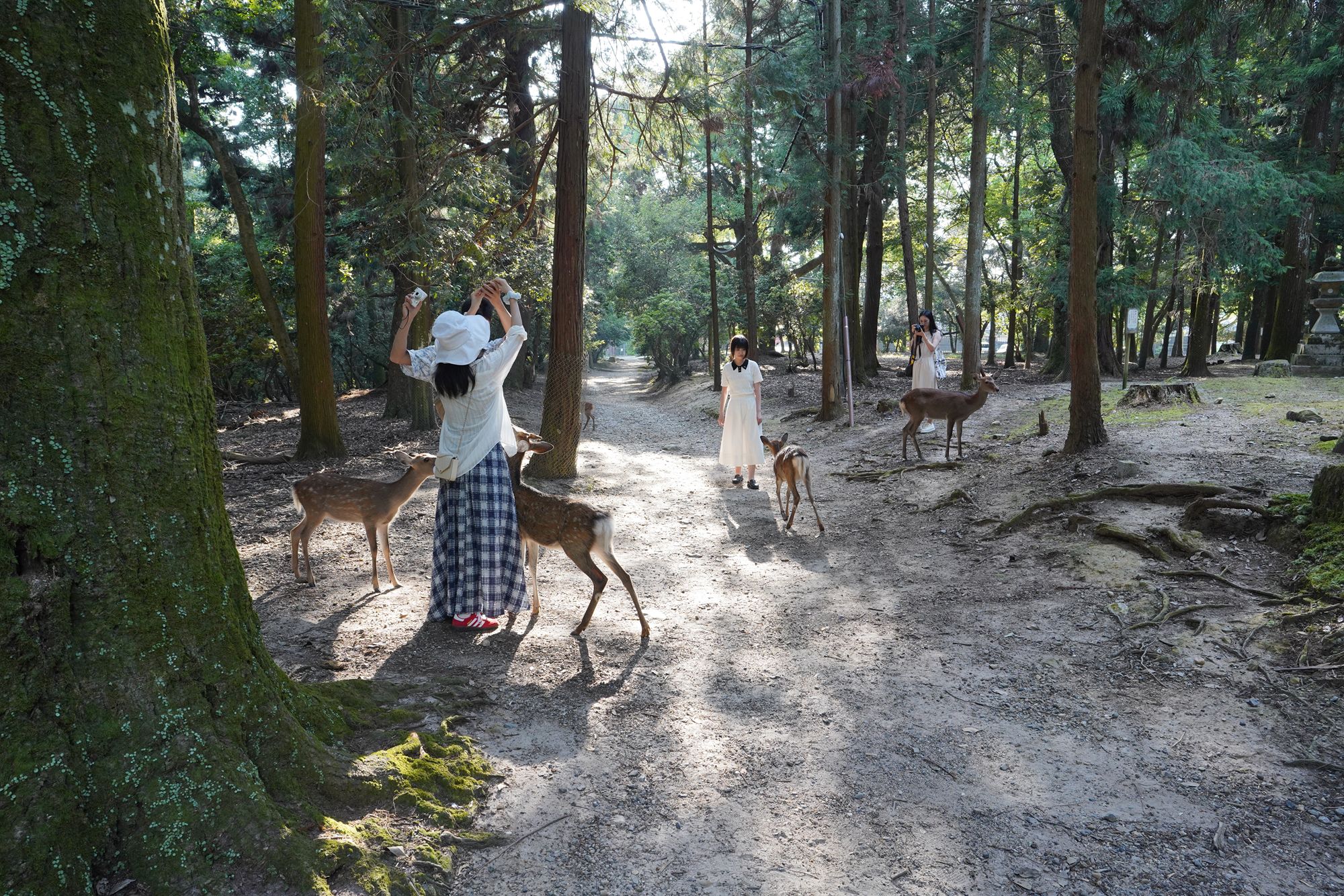
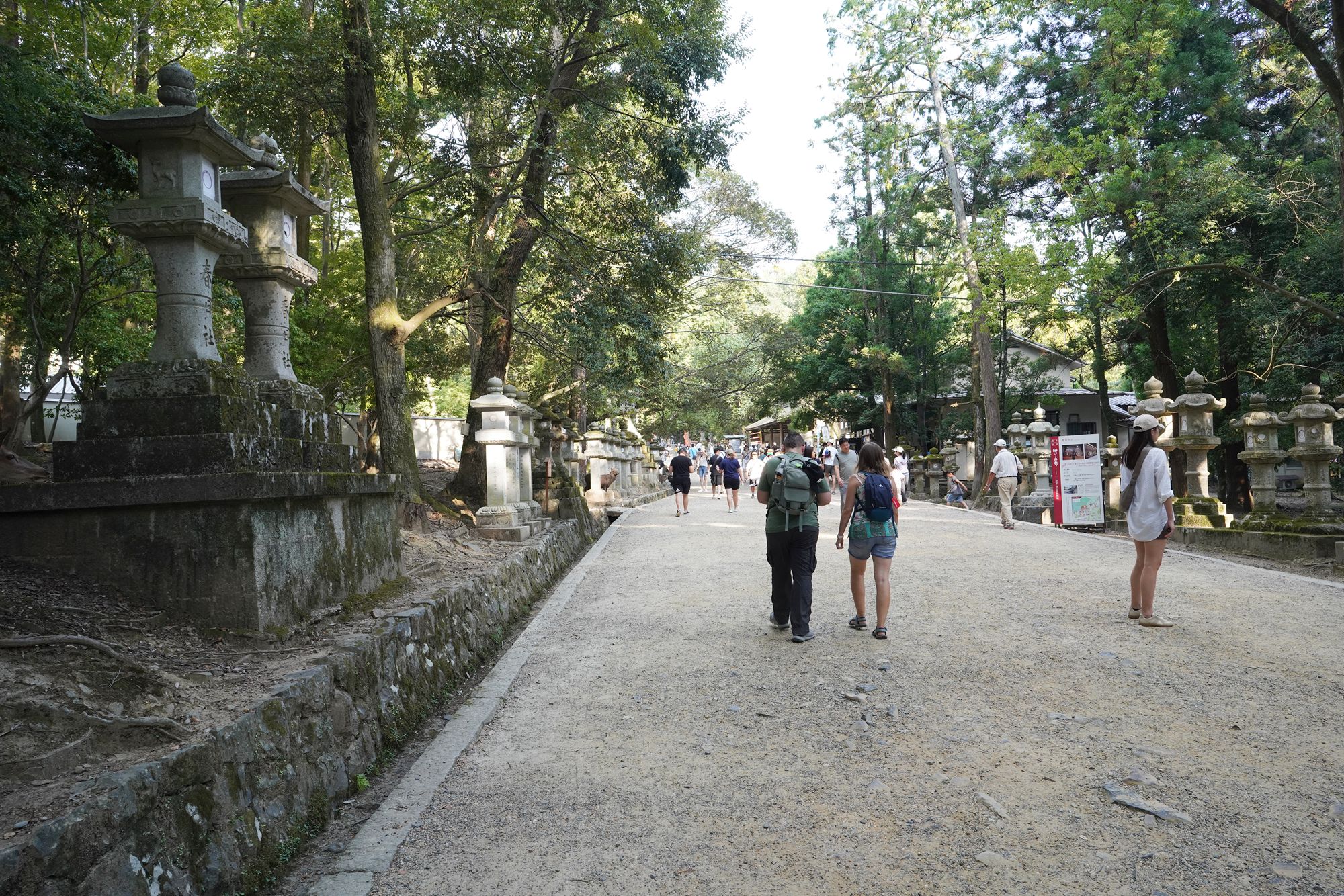
The gate of the temple
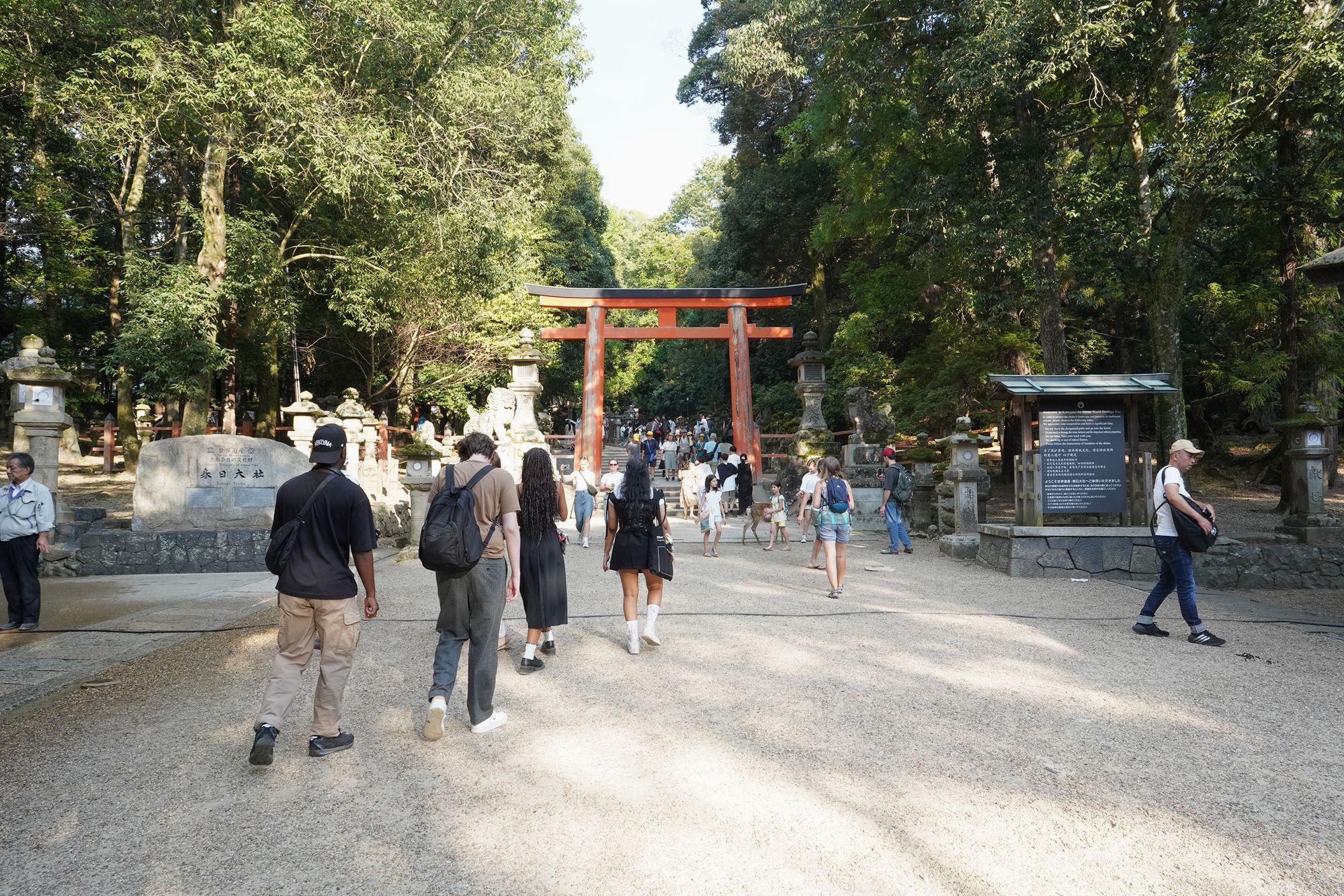
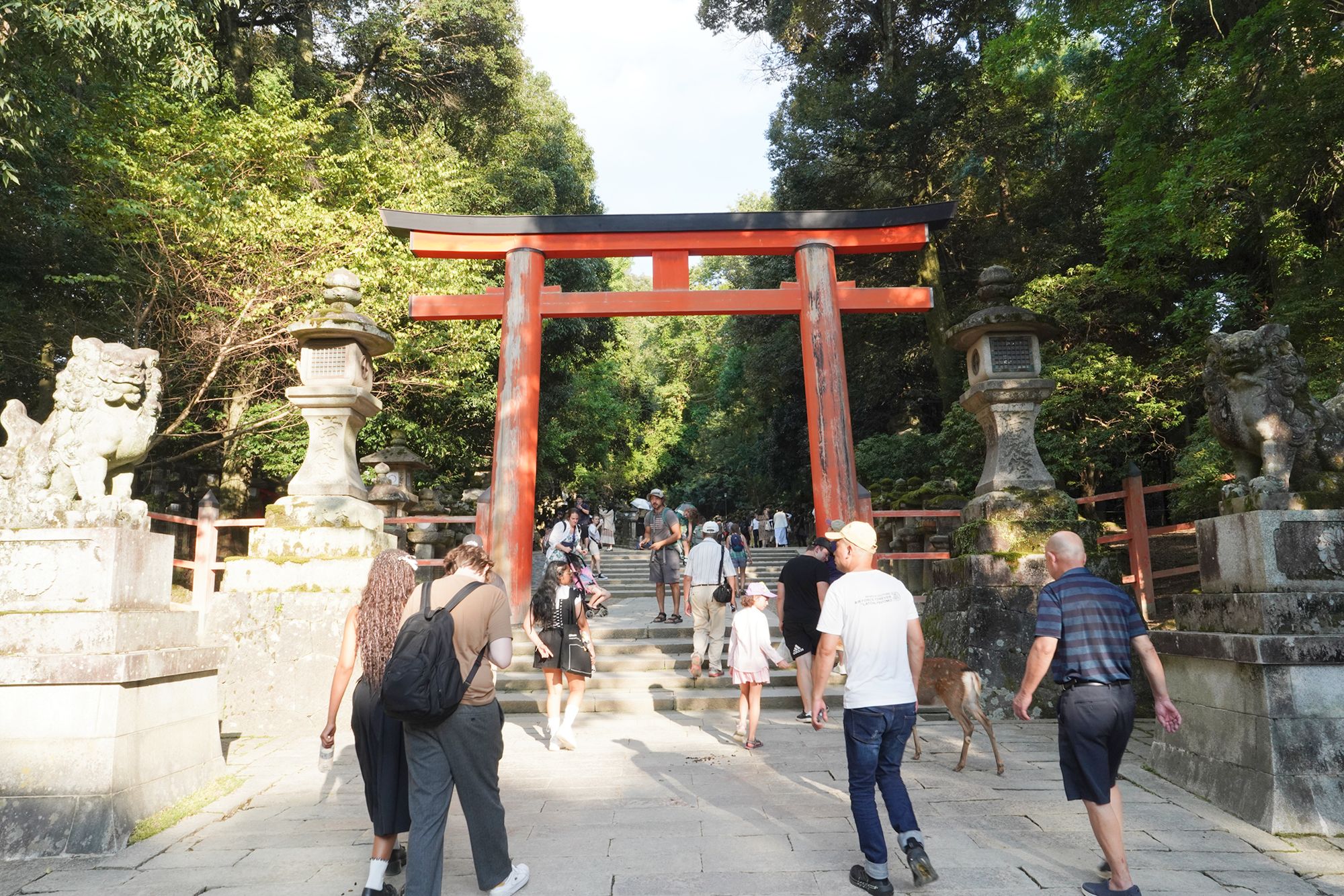
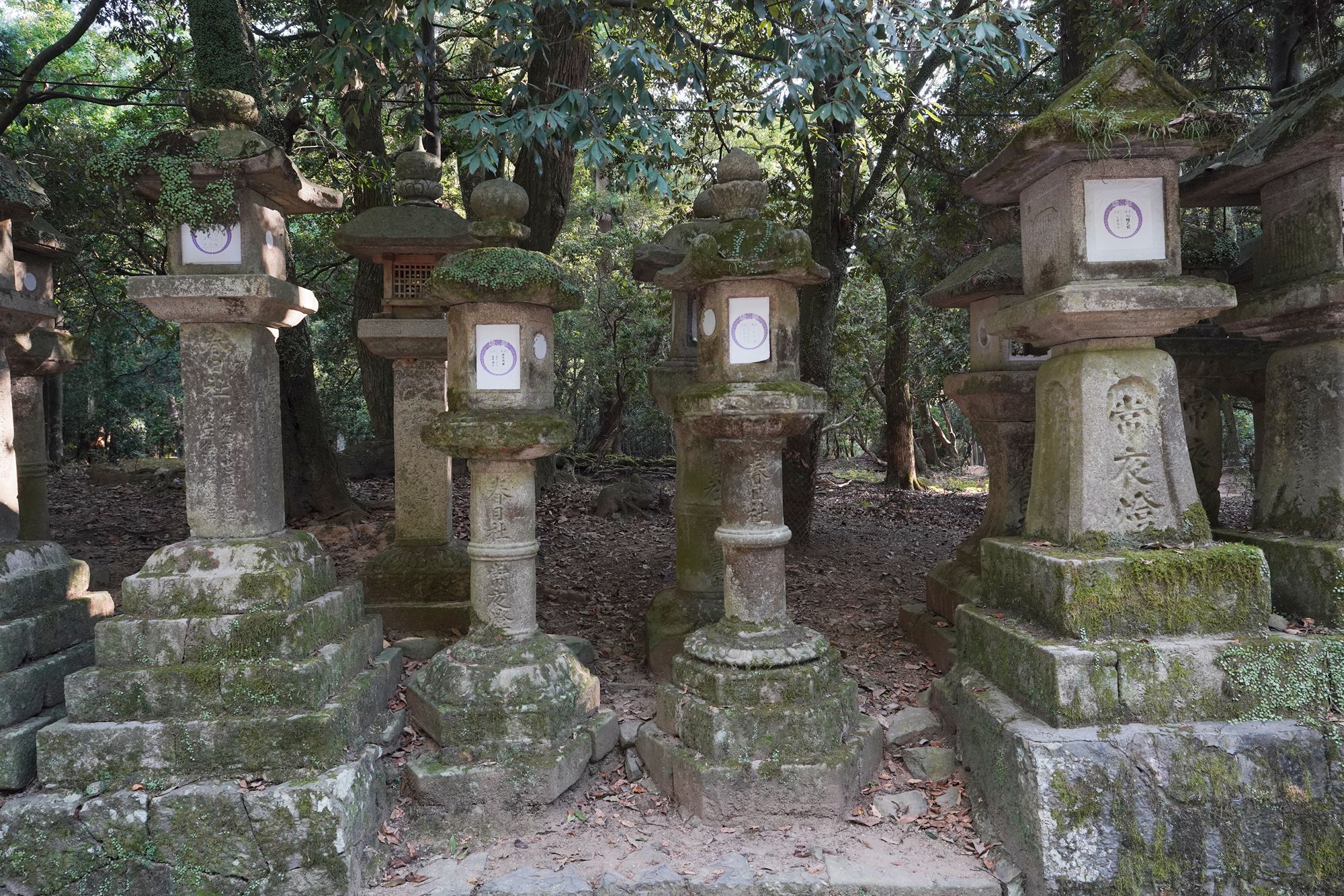
Back side
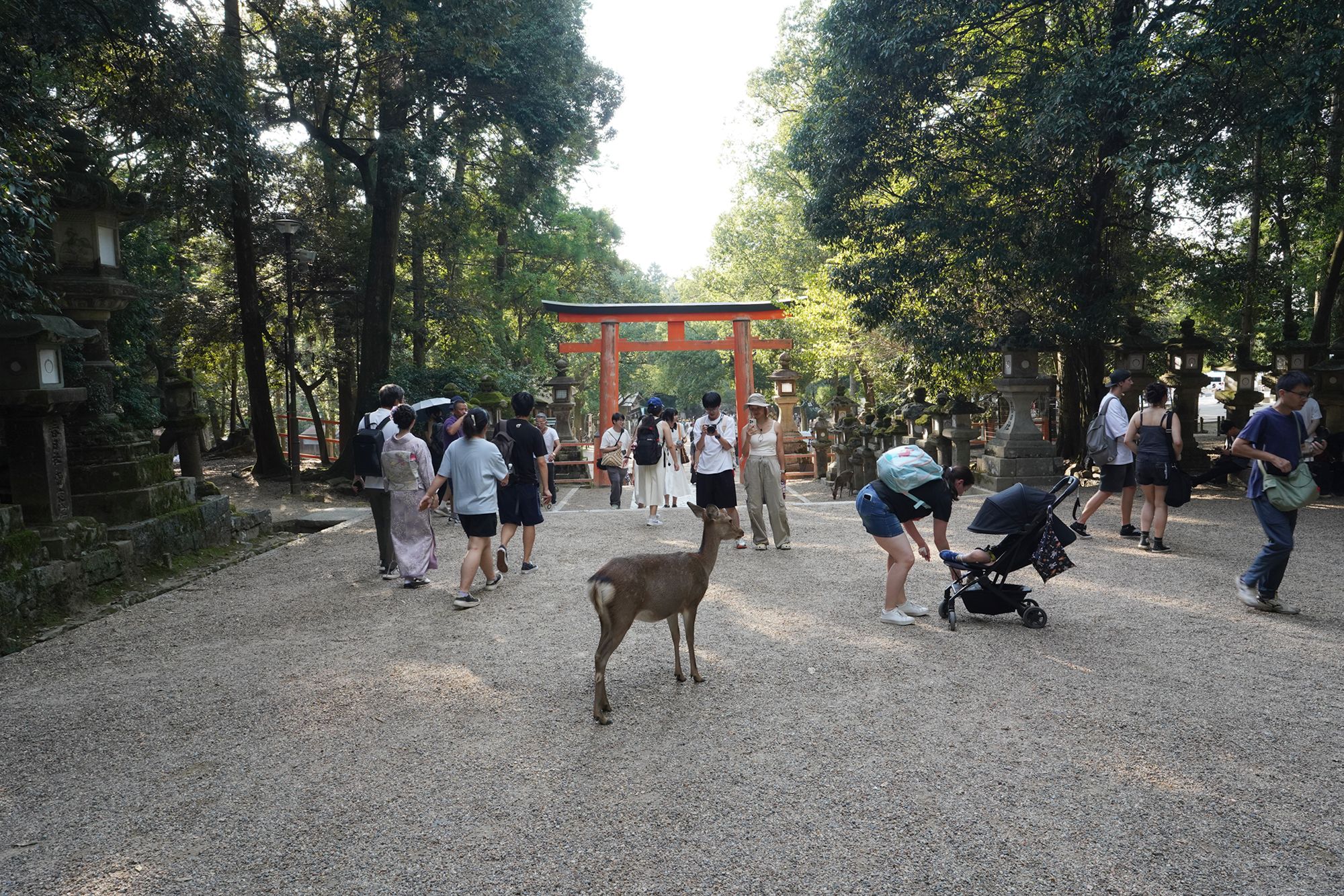
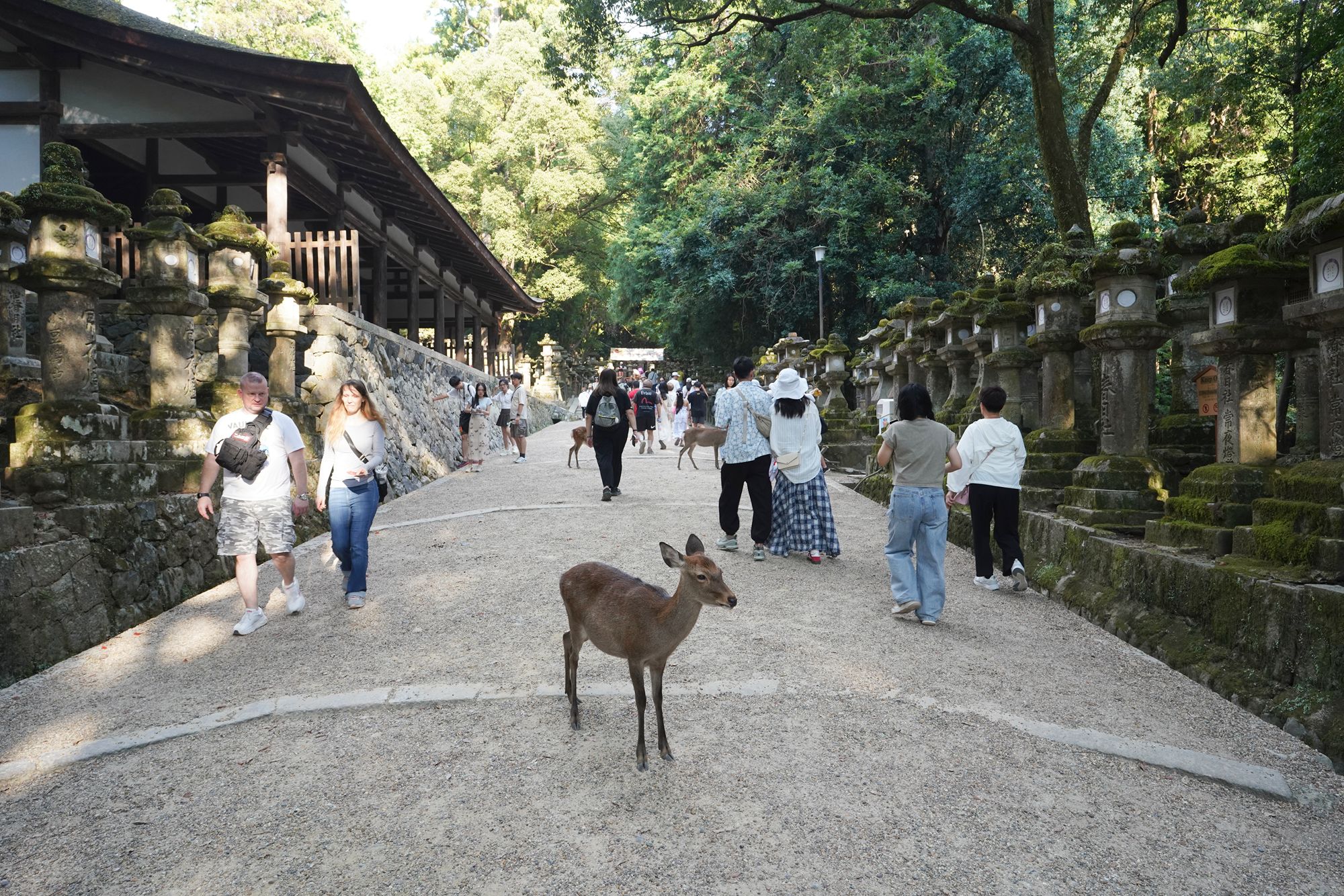
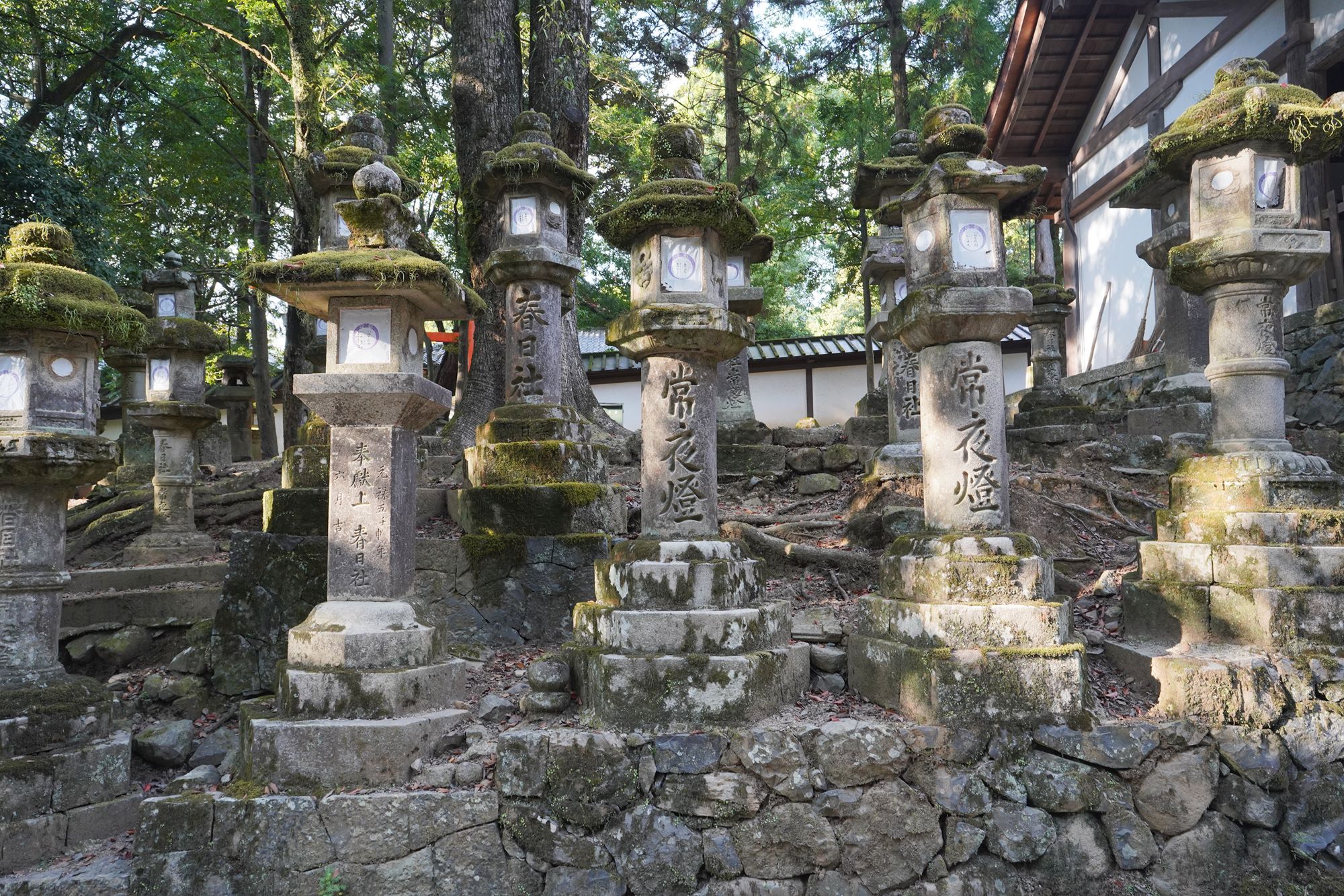
Looked back
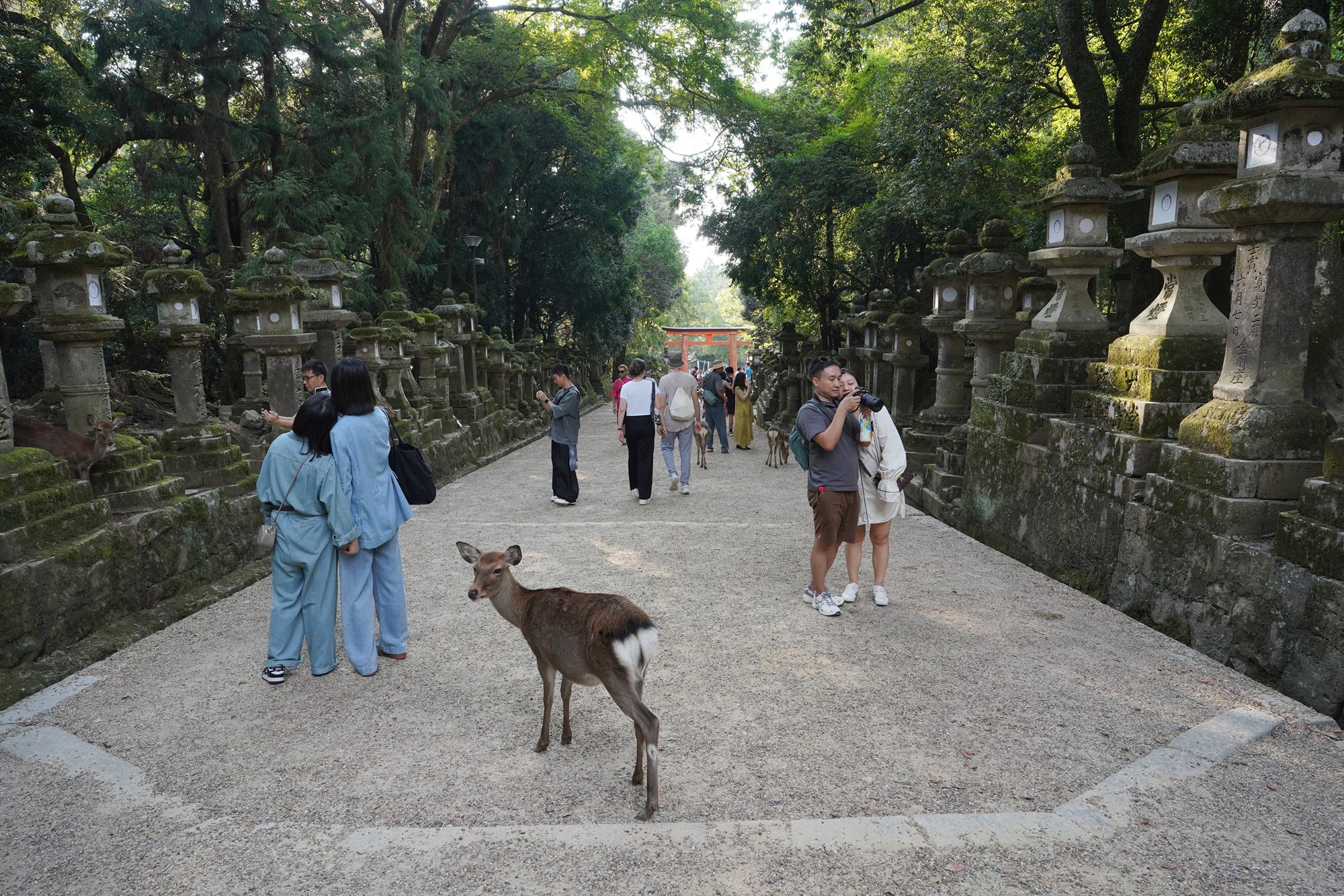
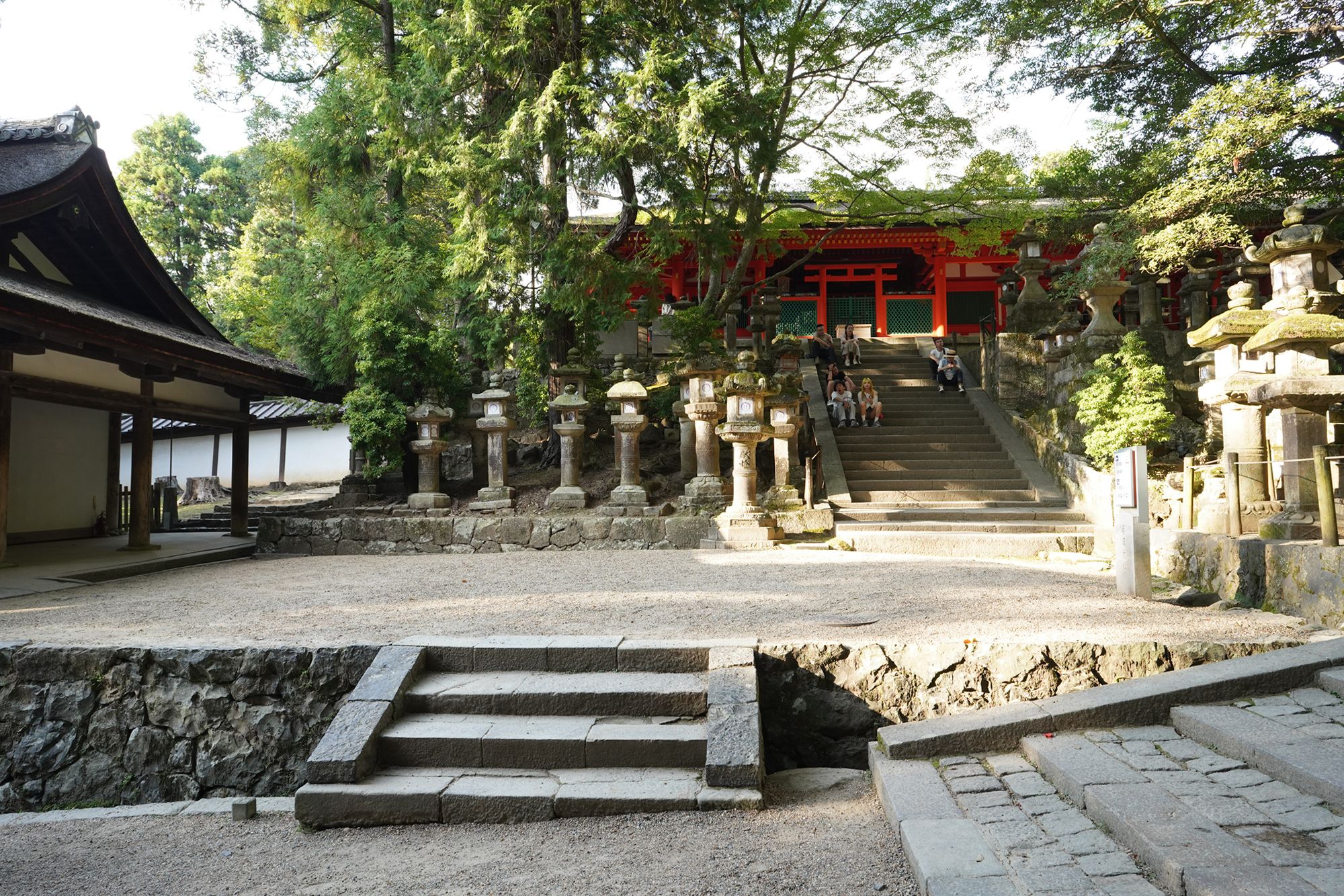
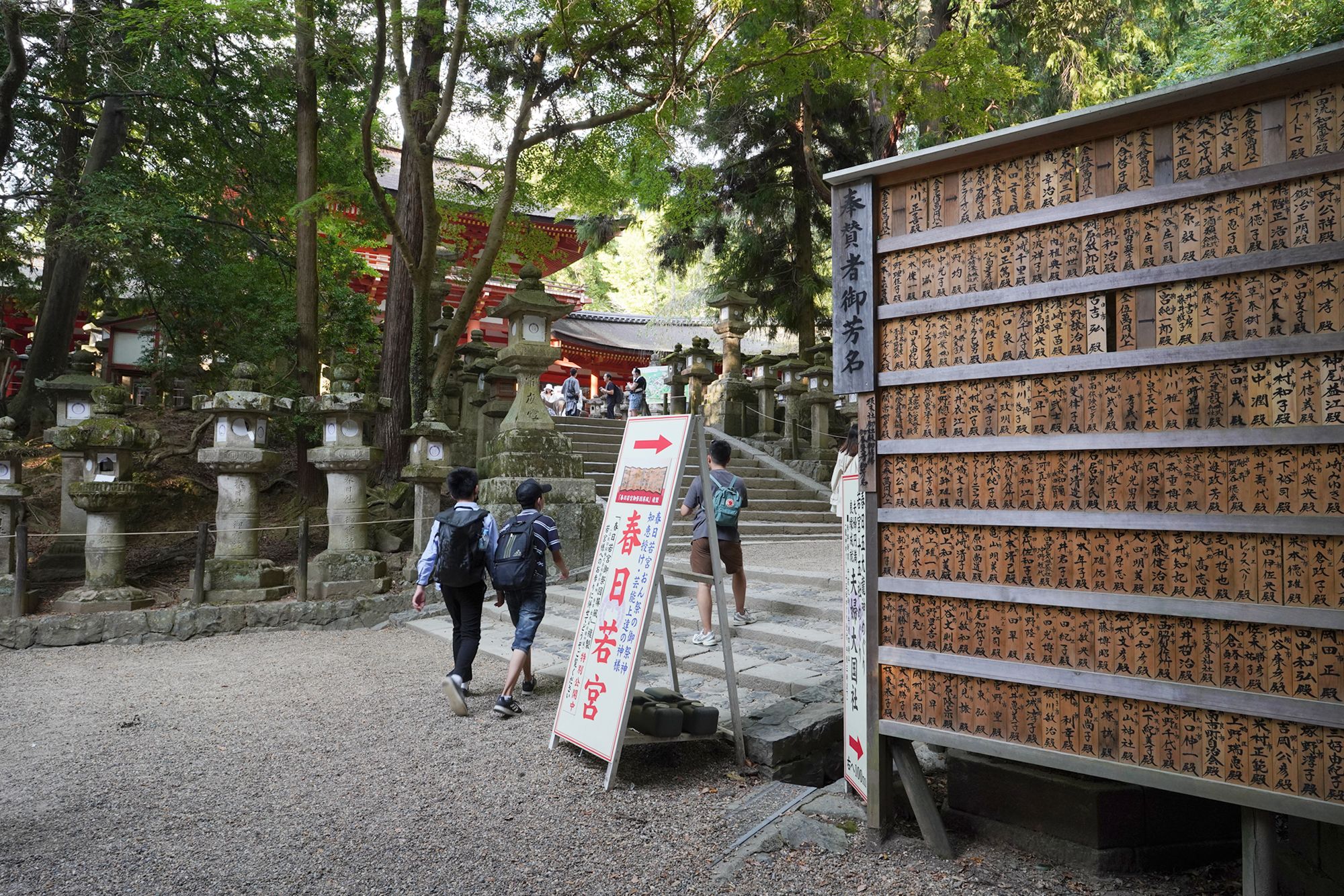
Back side
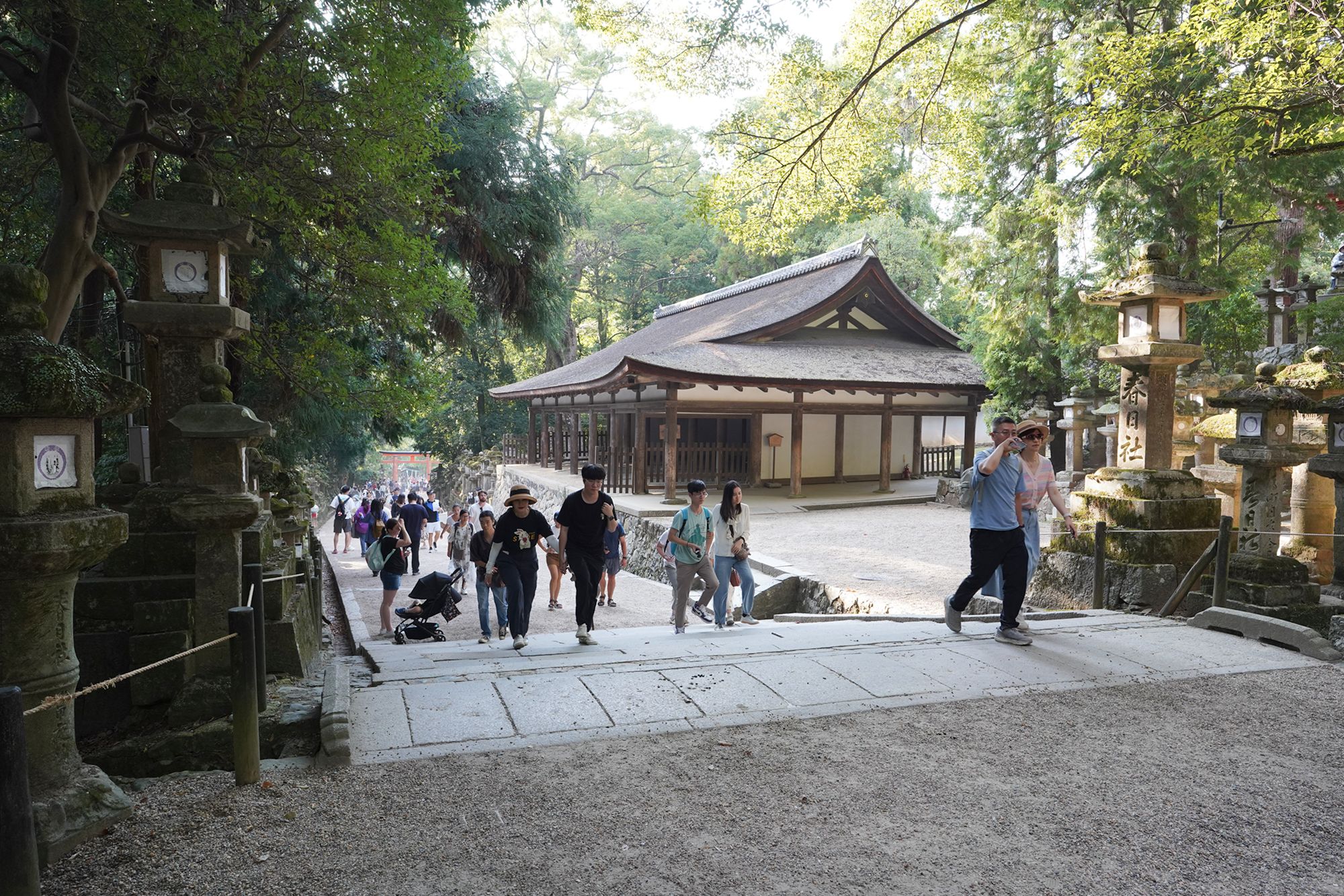
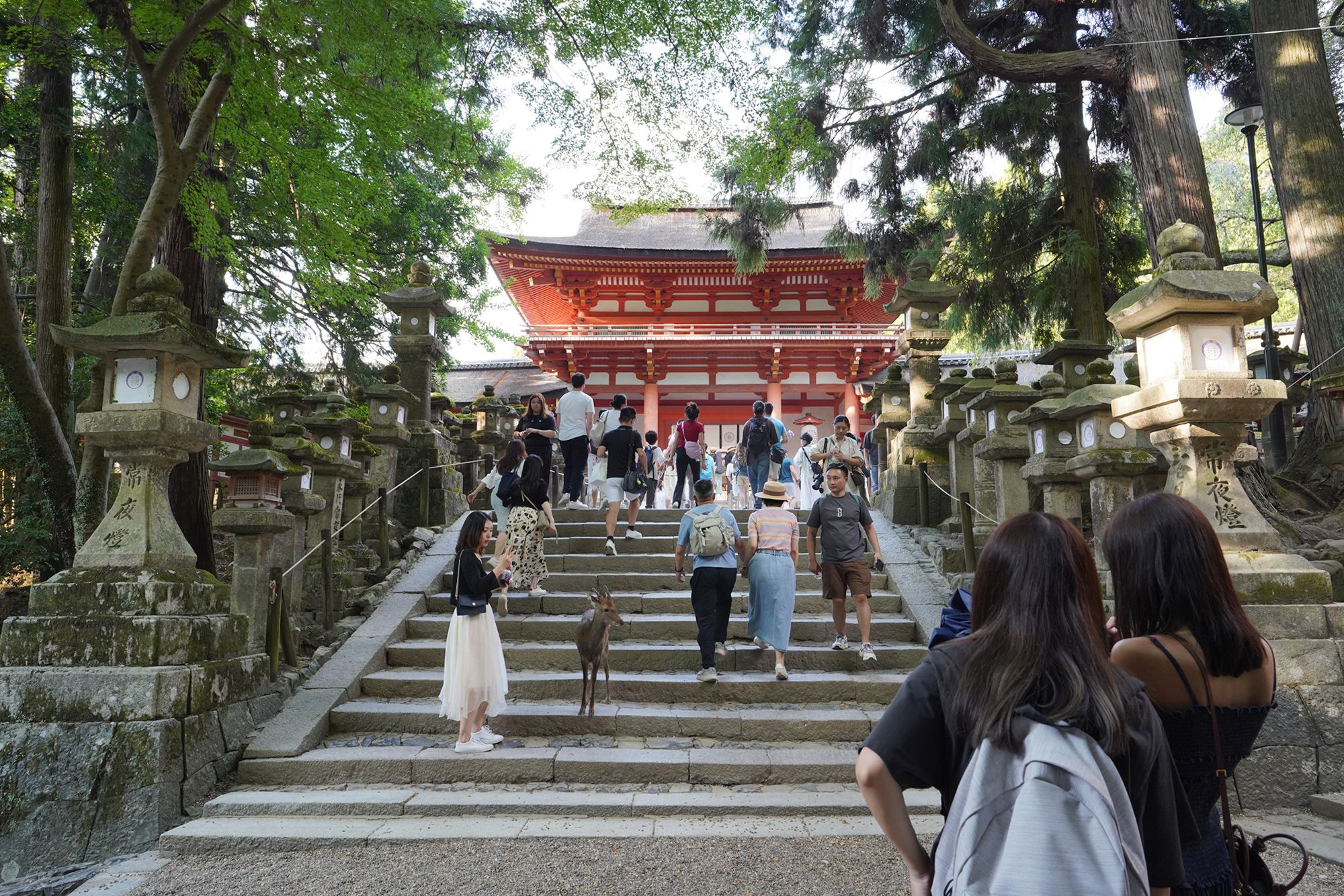
The main entrance to the shrine
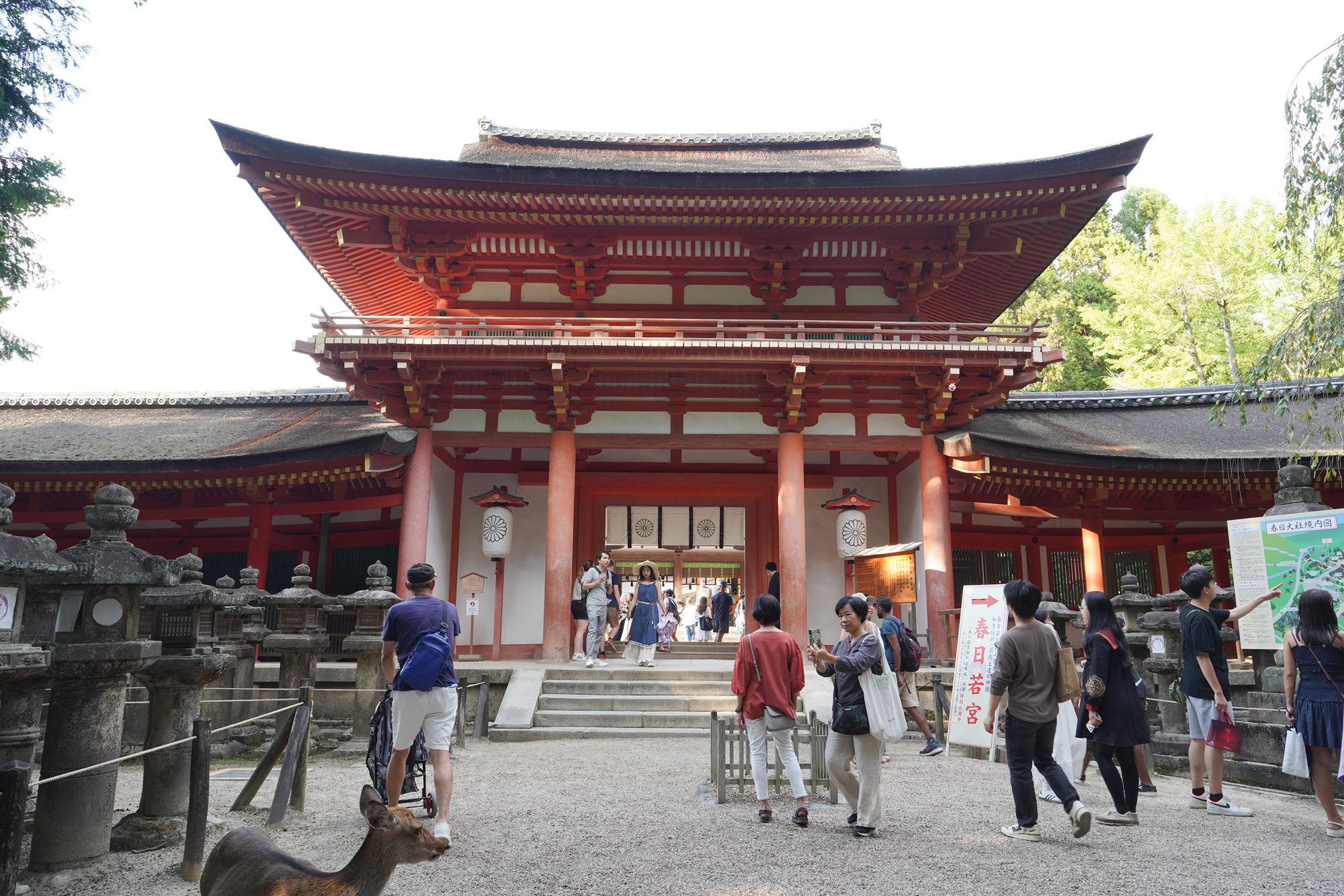
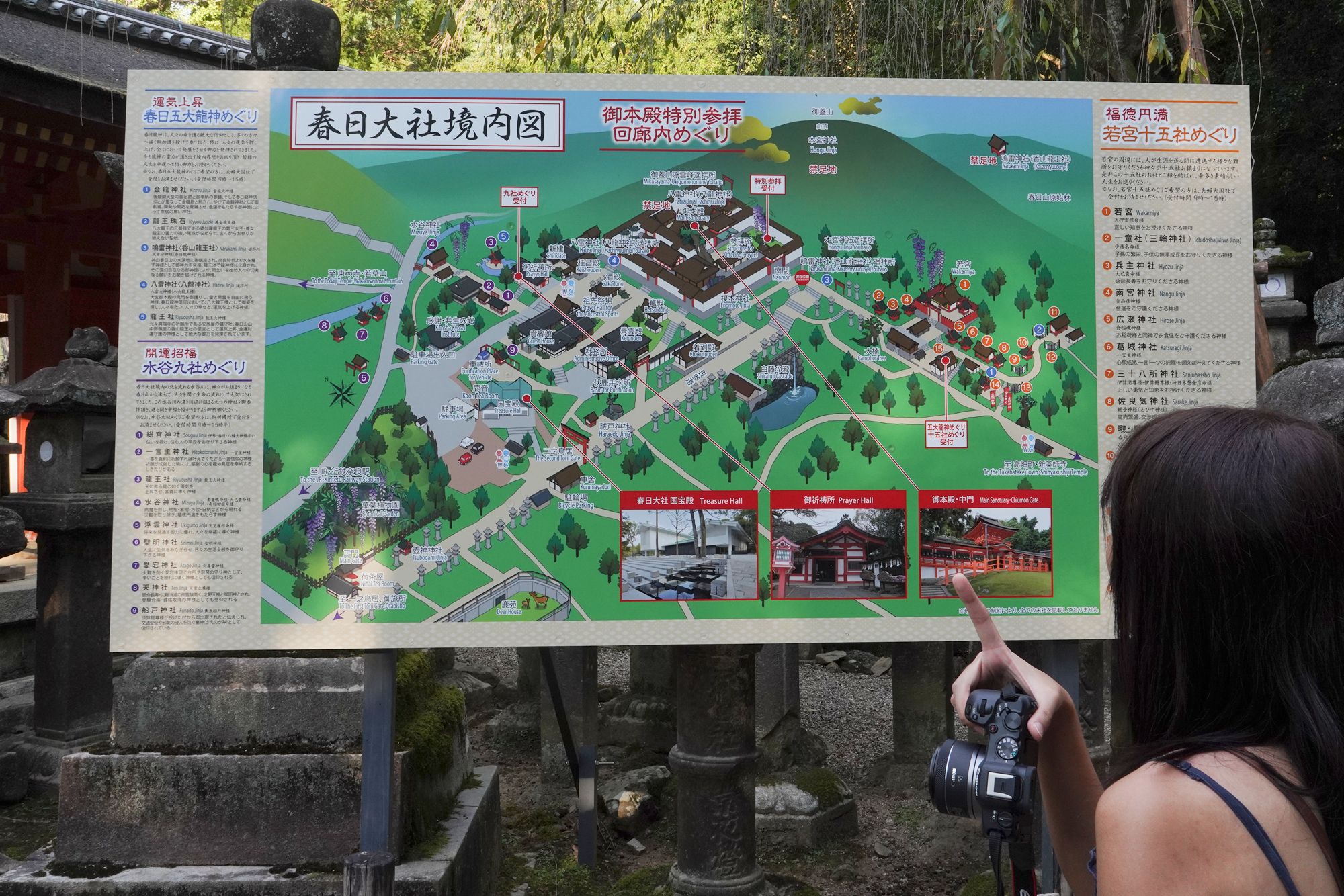
In front of the temple’s main entrance was this road. I decided to explore the area before entering the shrine.
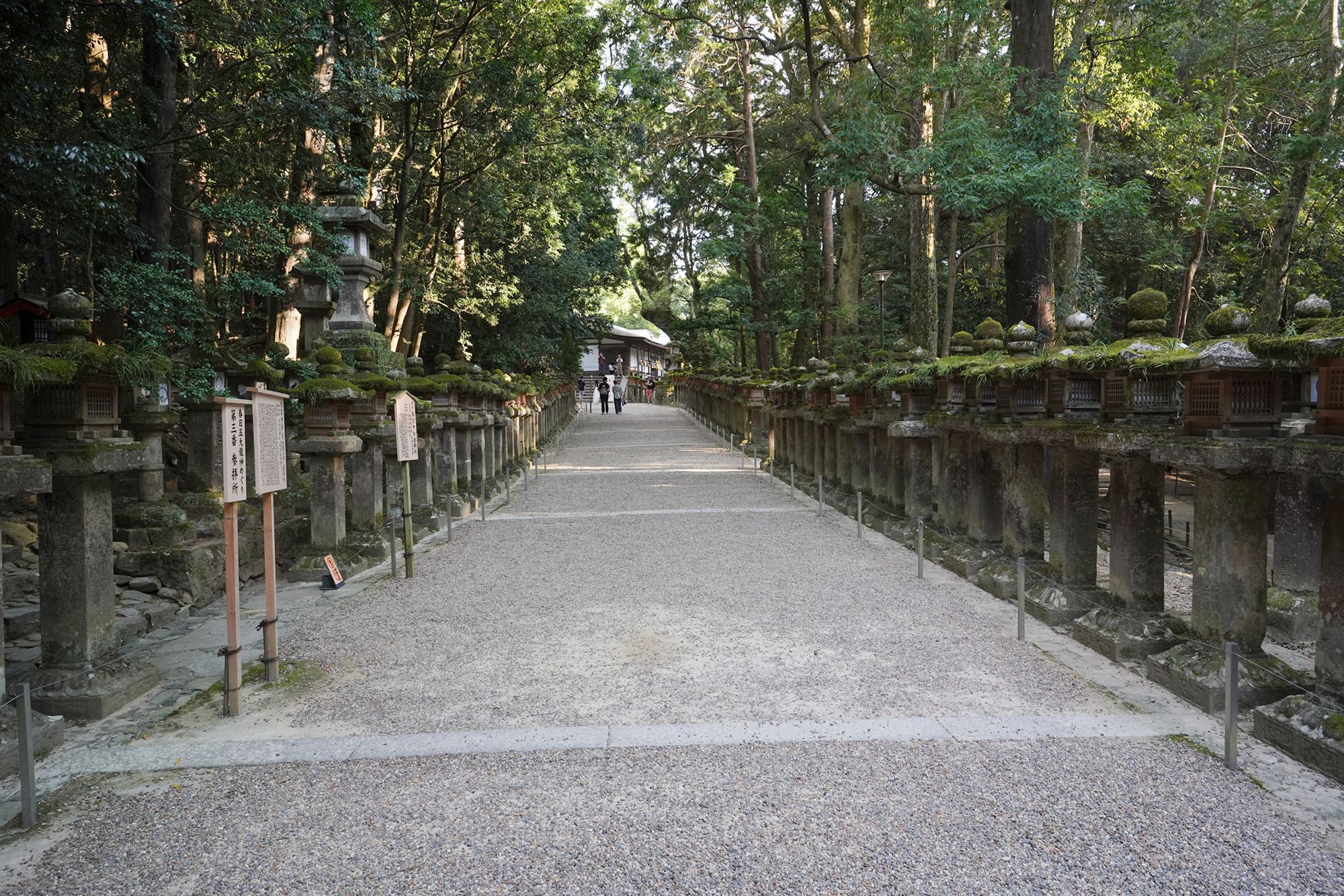
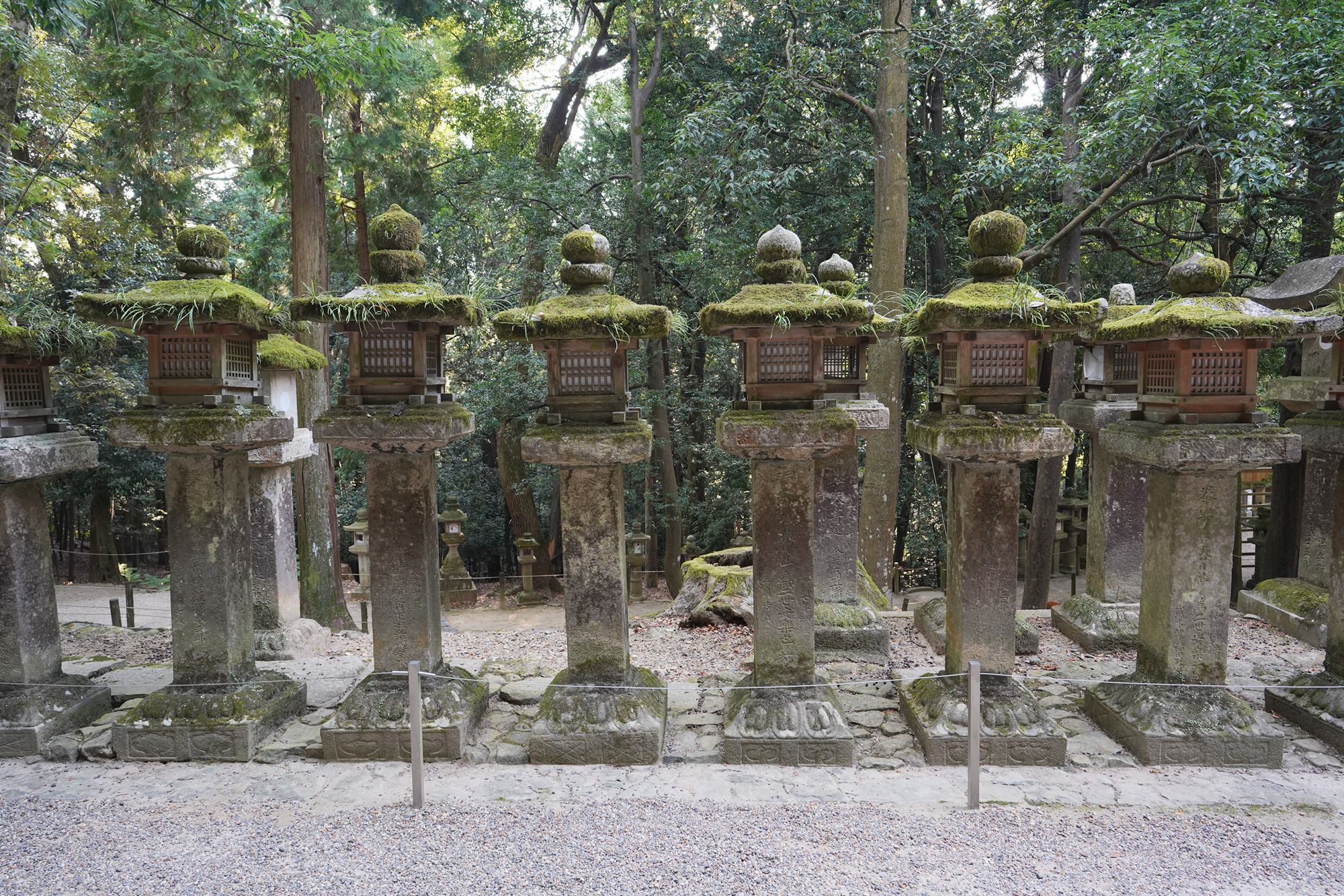
Looking back at the main entrance of the temple
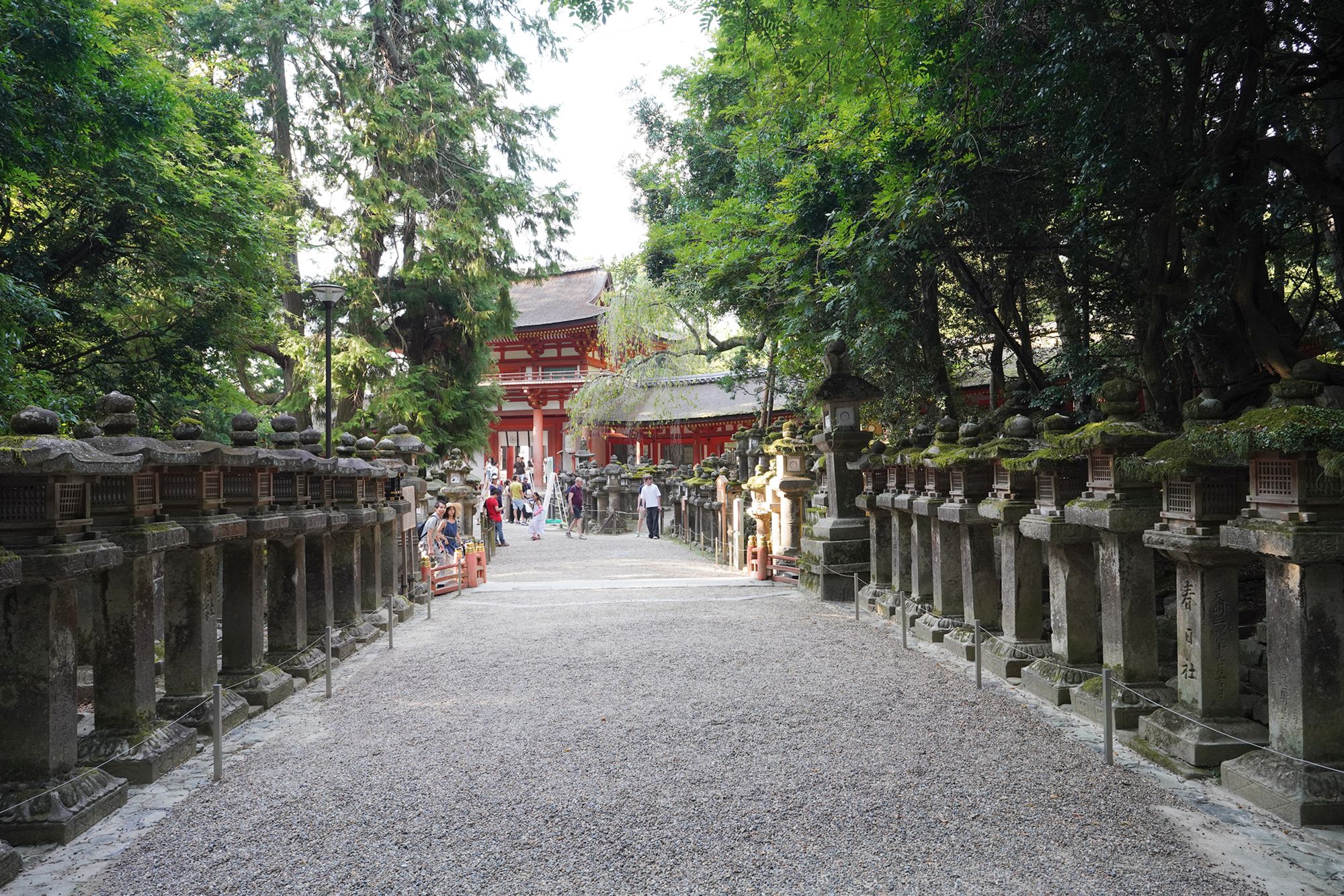
A small structure on the side of the road
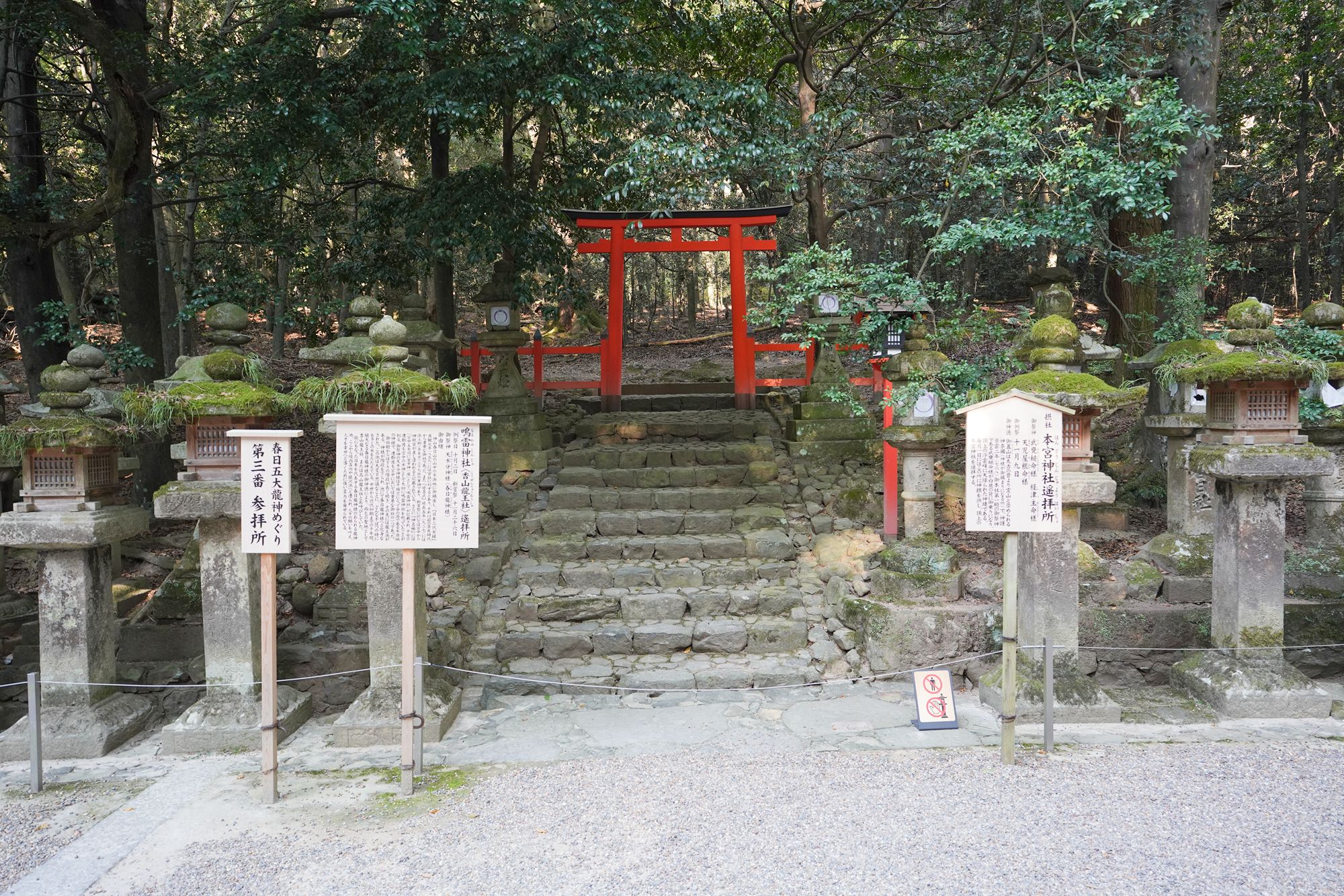
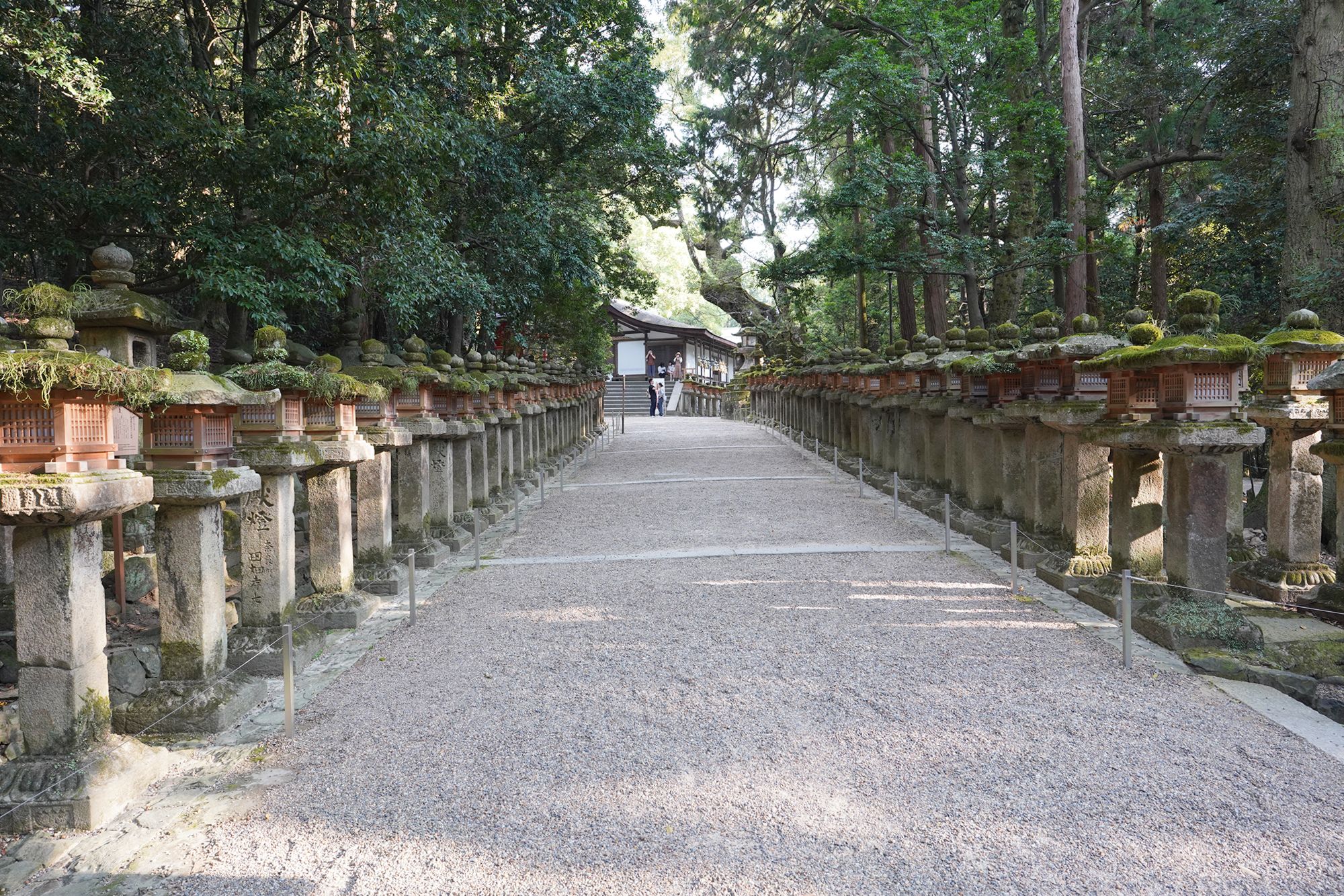
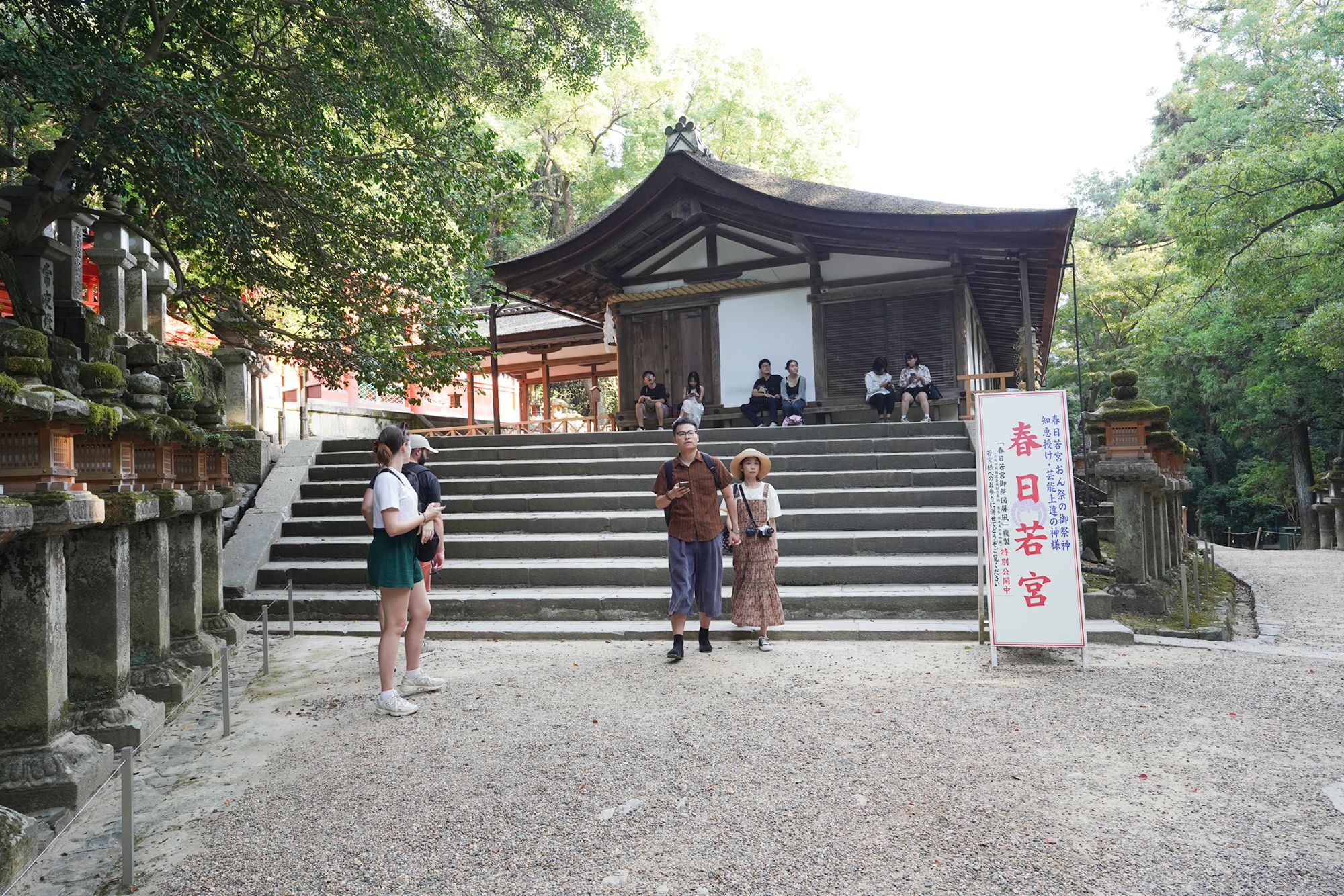
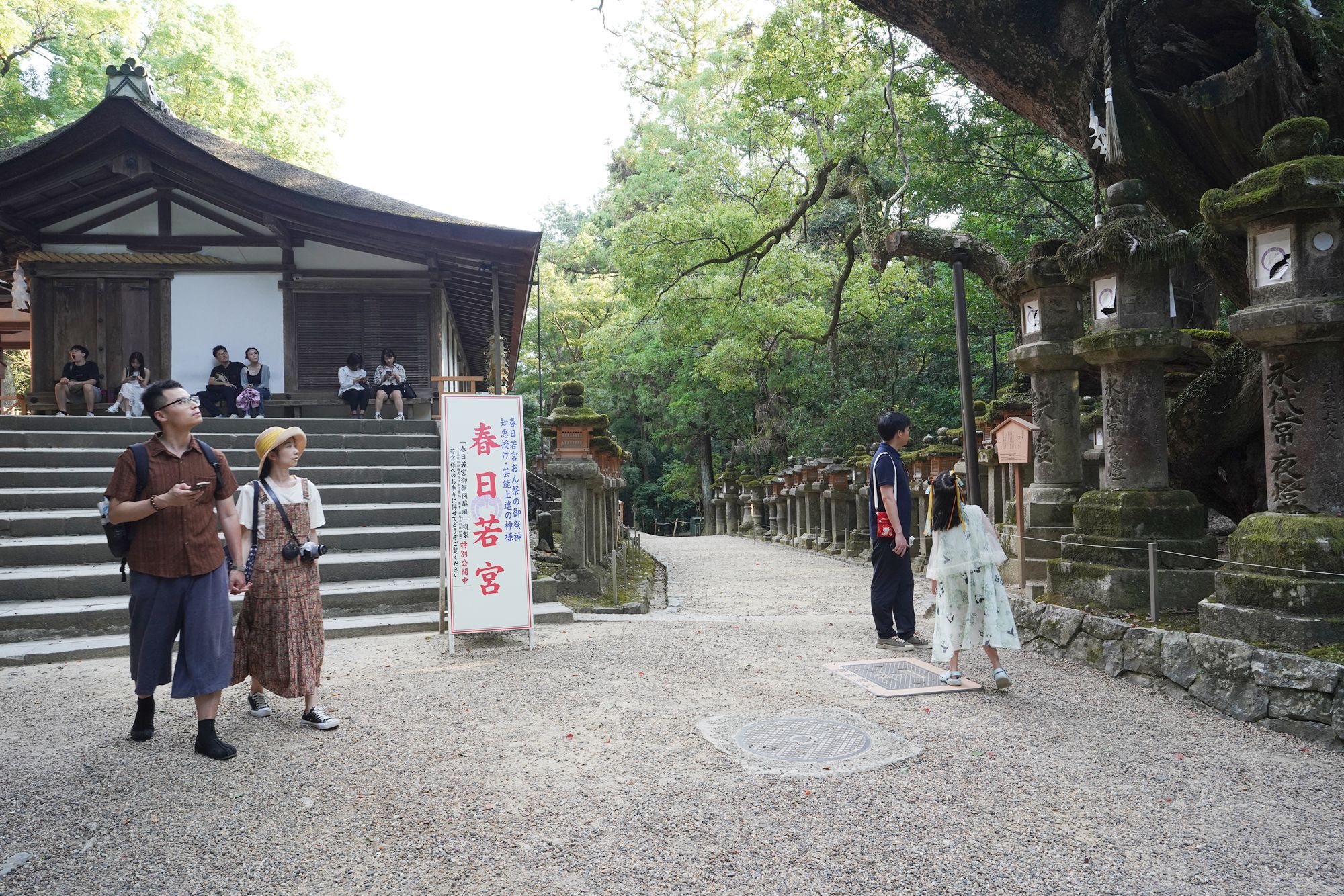
I climbed the stairs and looked back
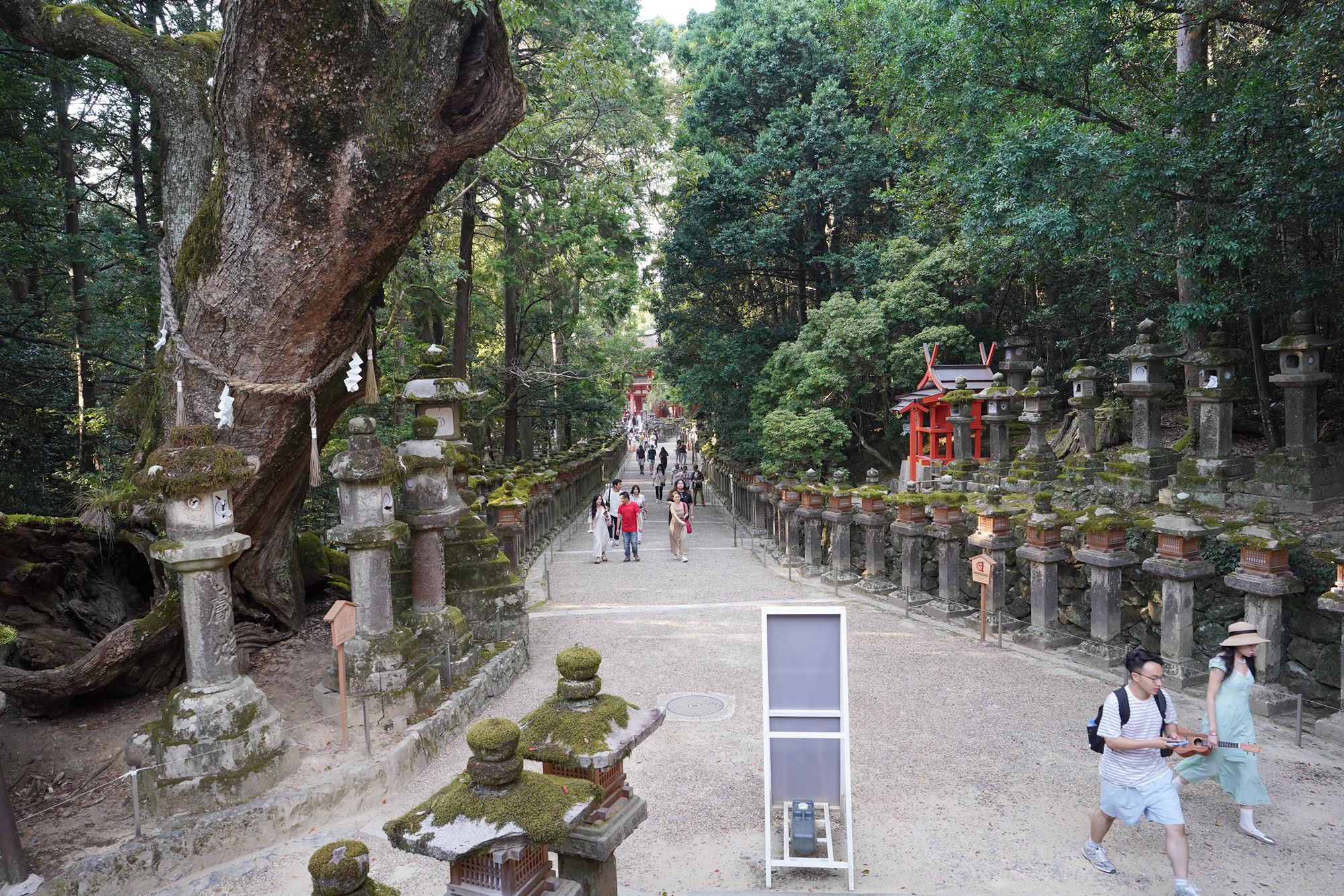
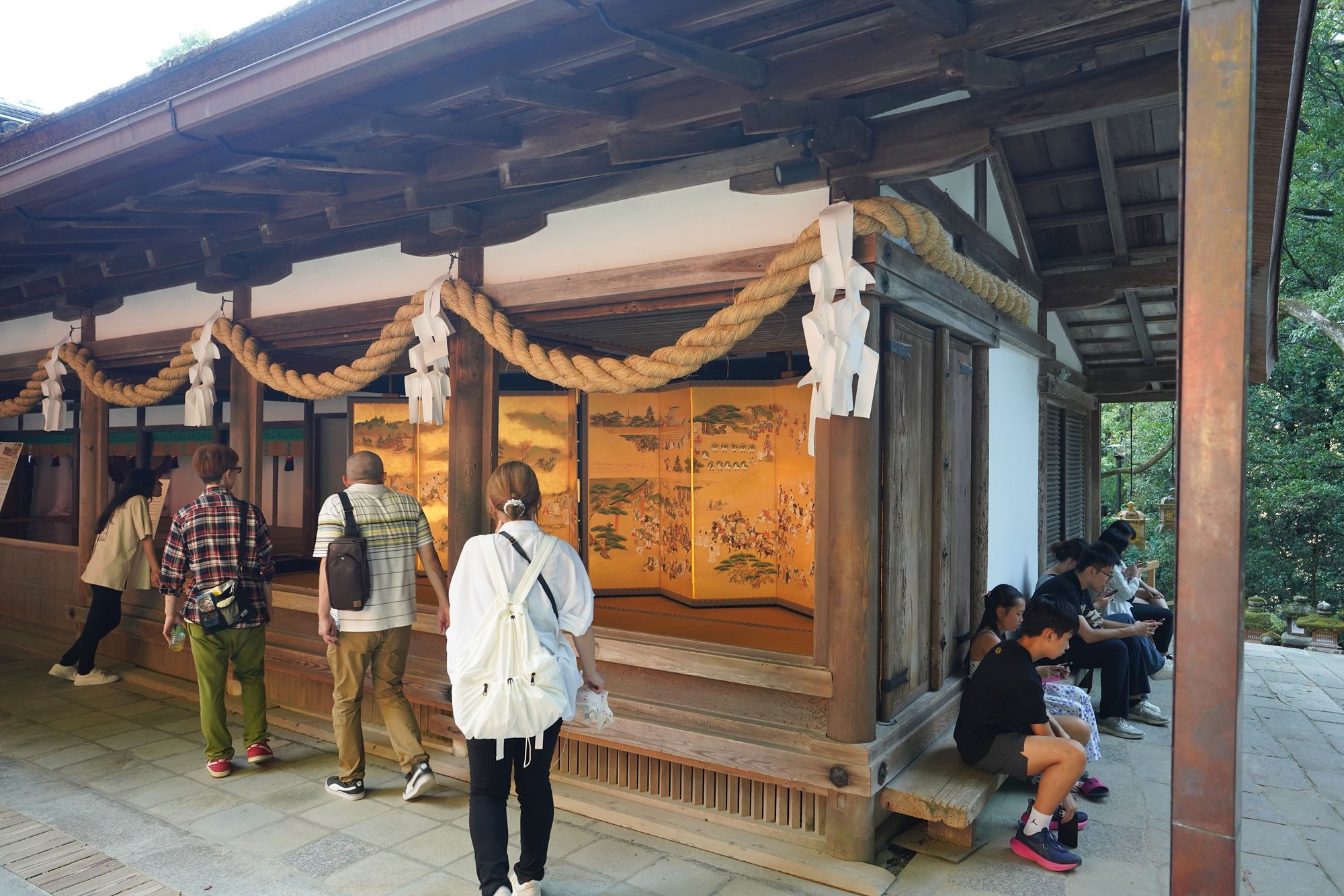
On the side of the building was this panel with paintings
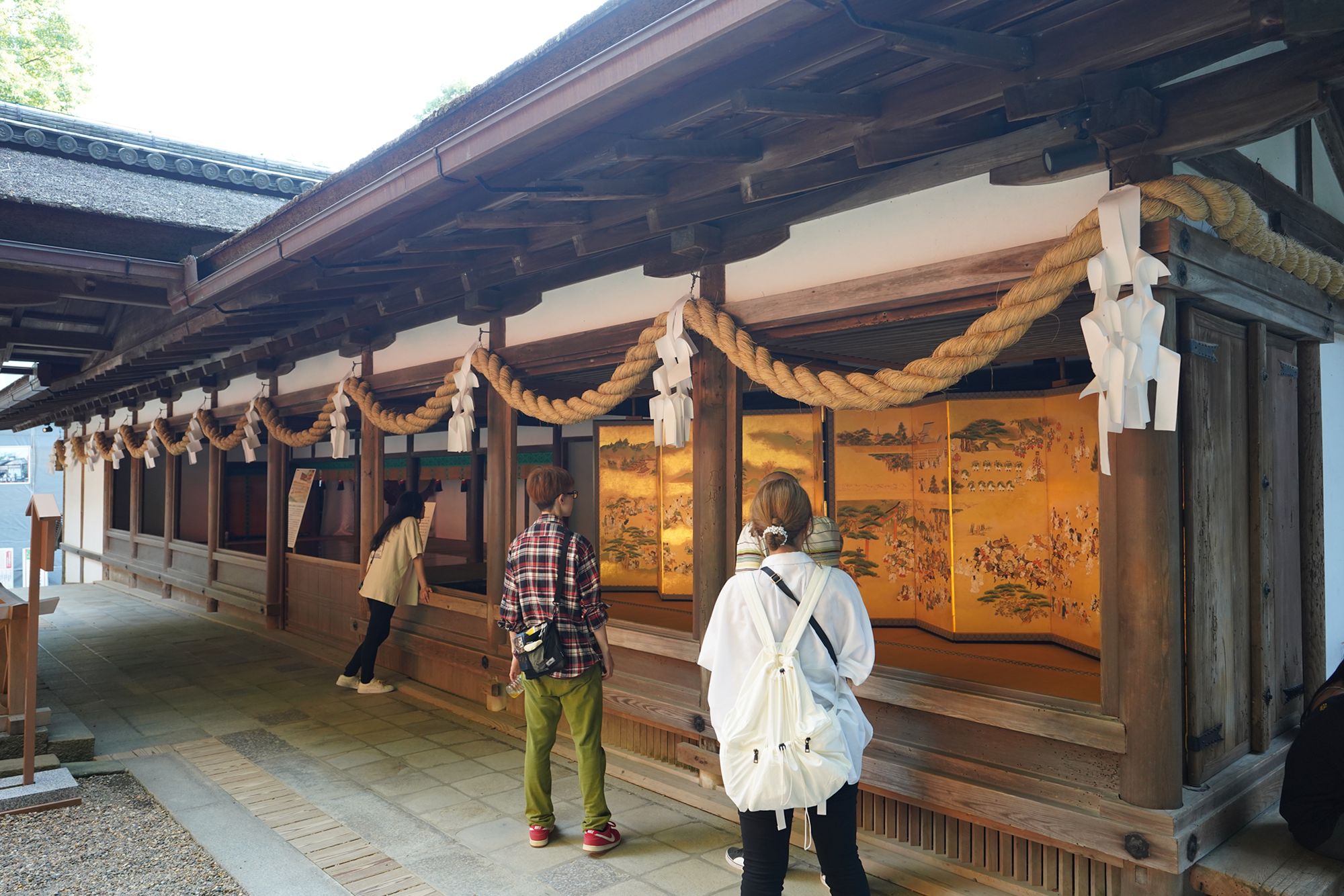

A narrow road beside the building extended further
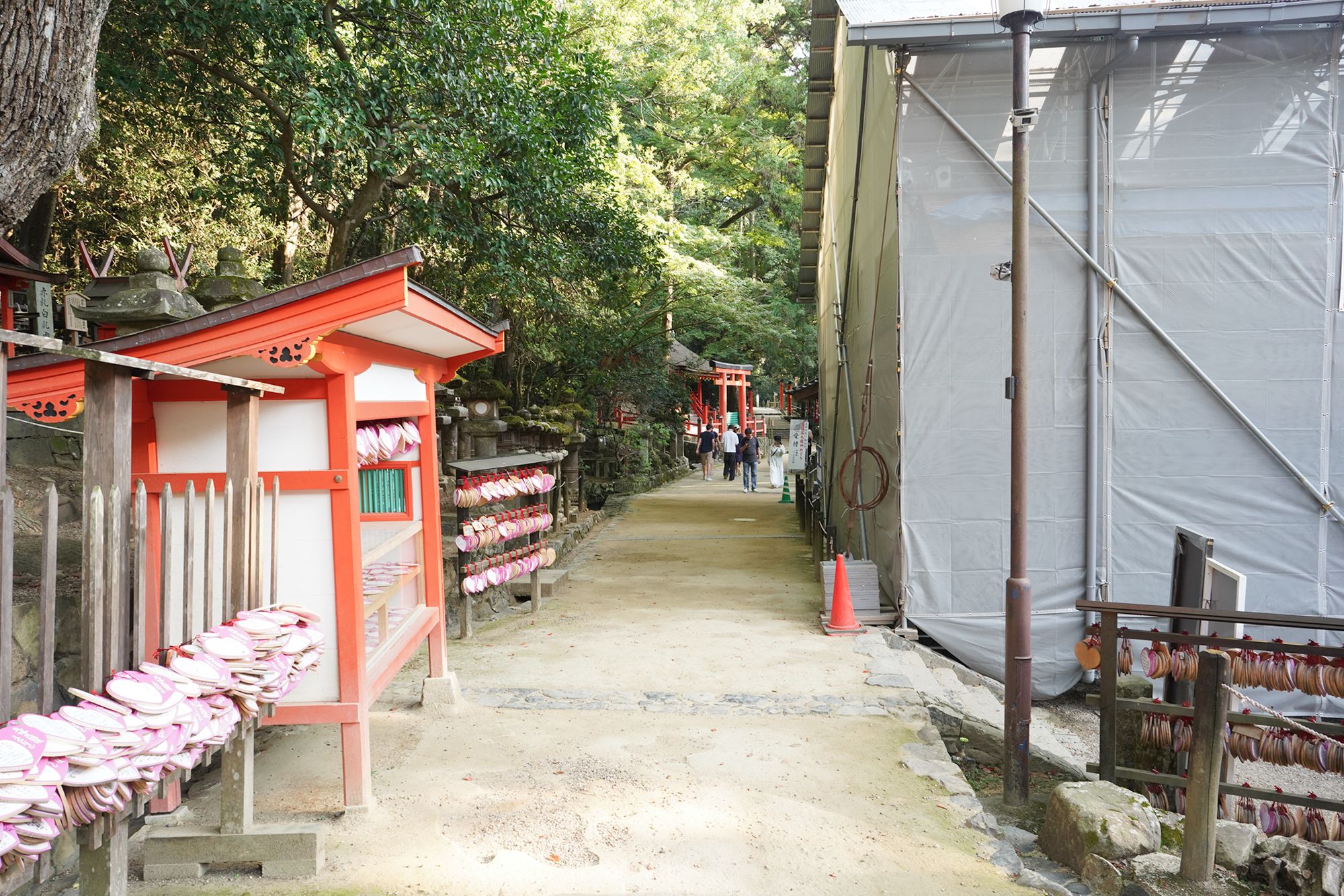
Another small shrine beside the road
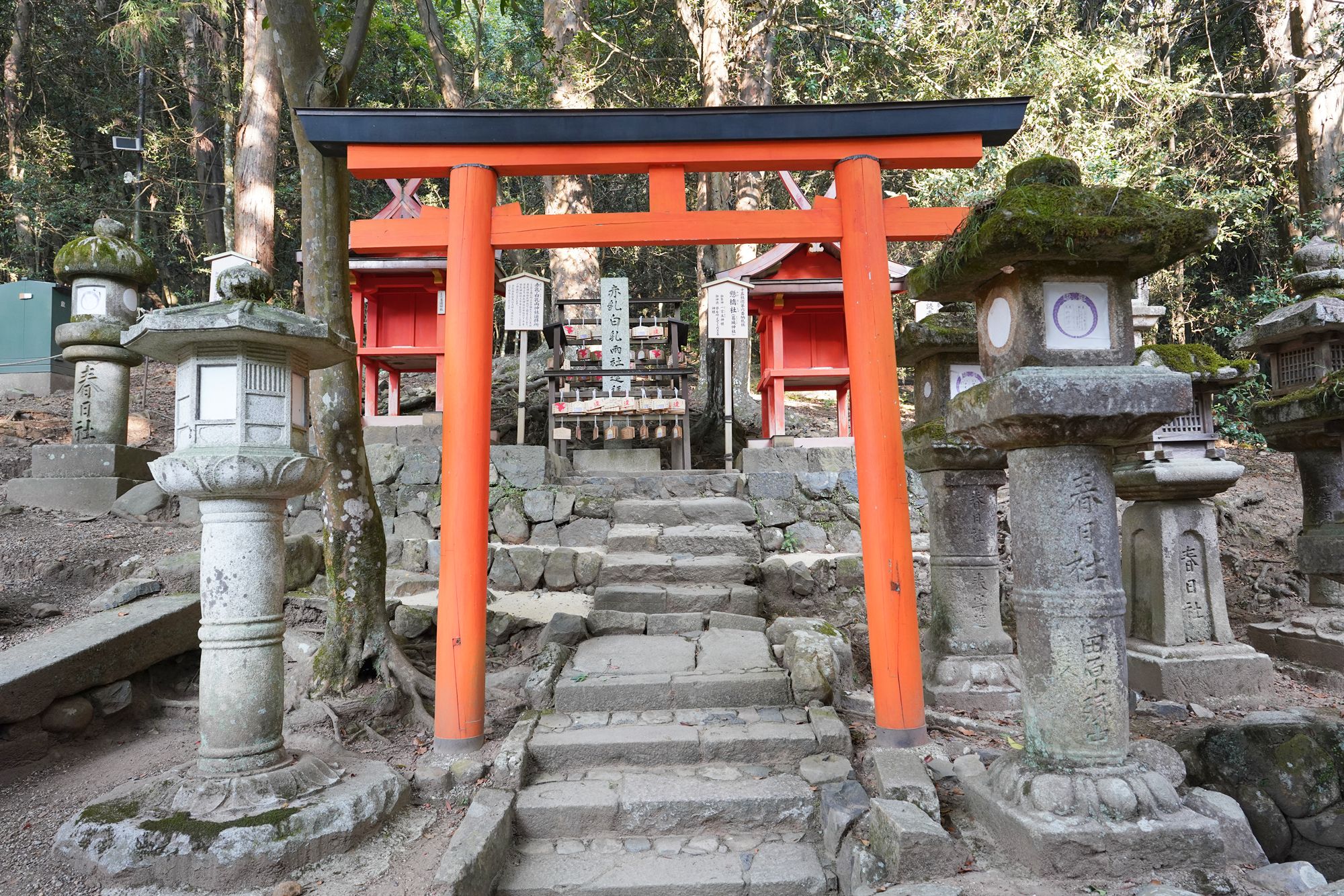
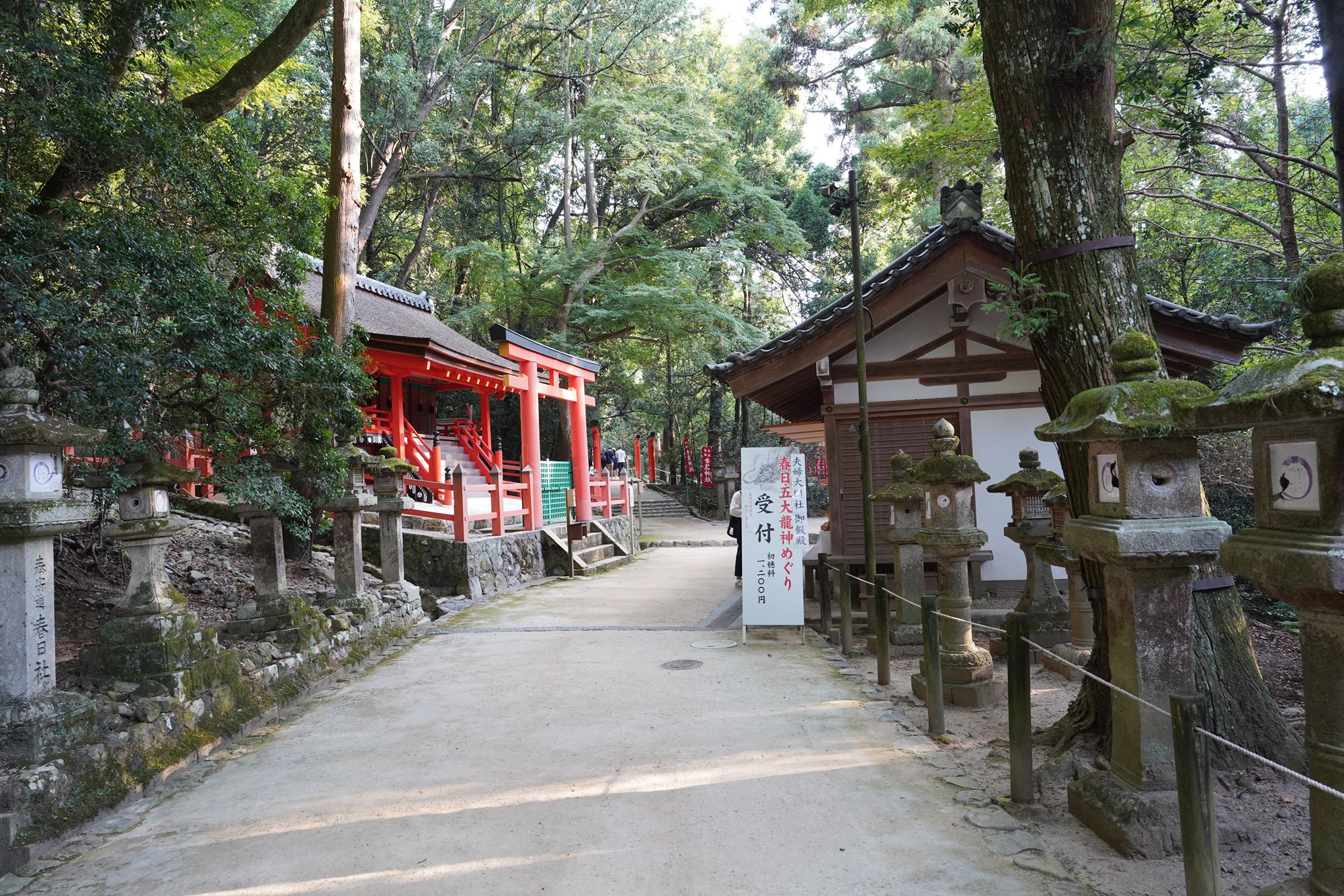
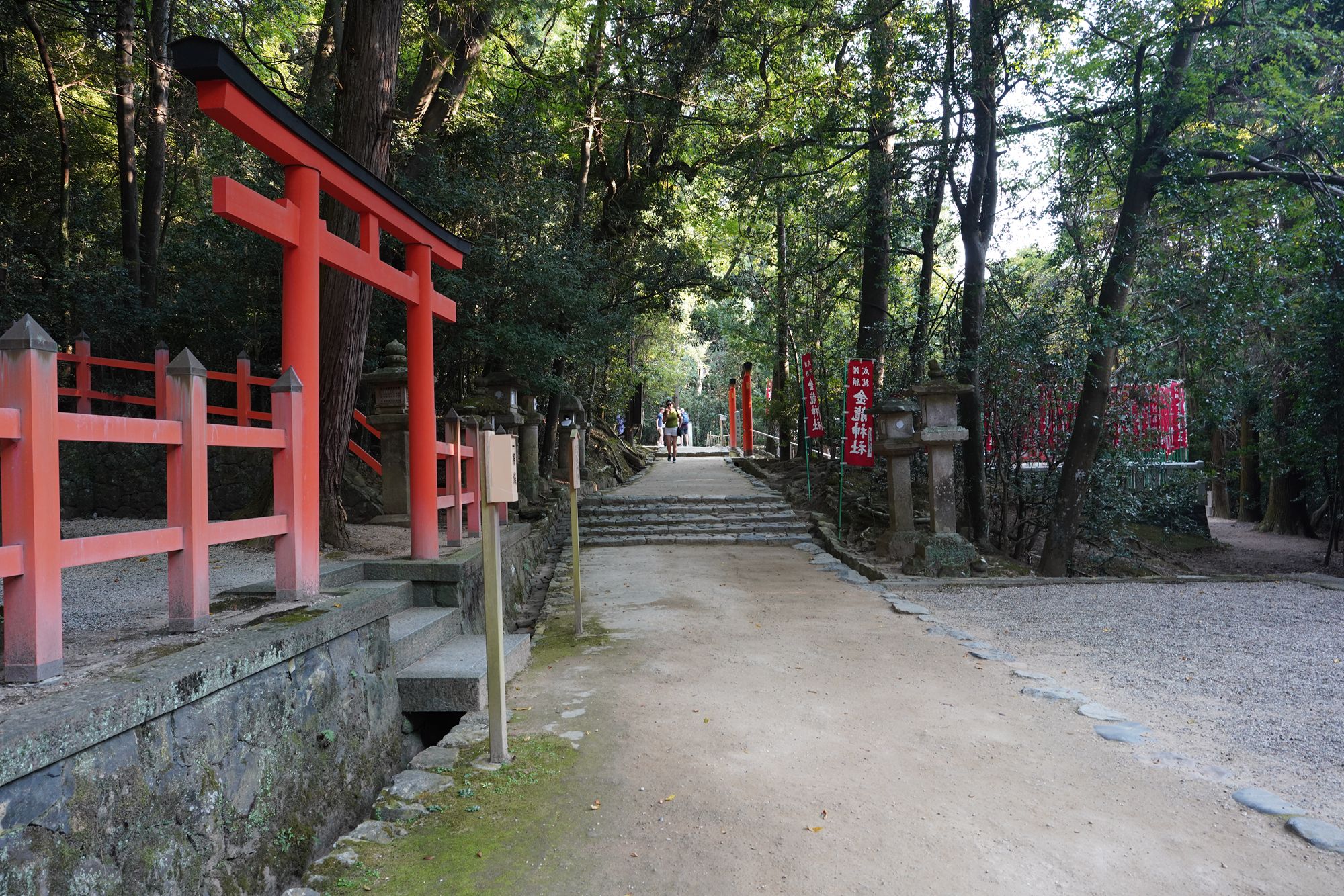

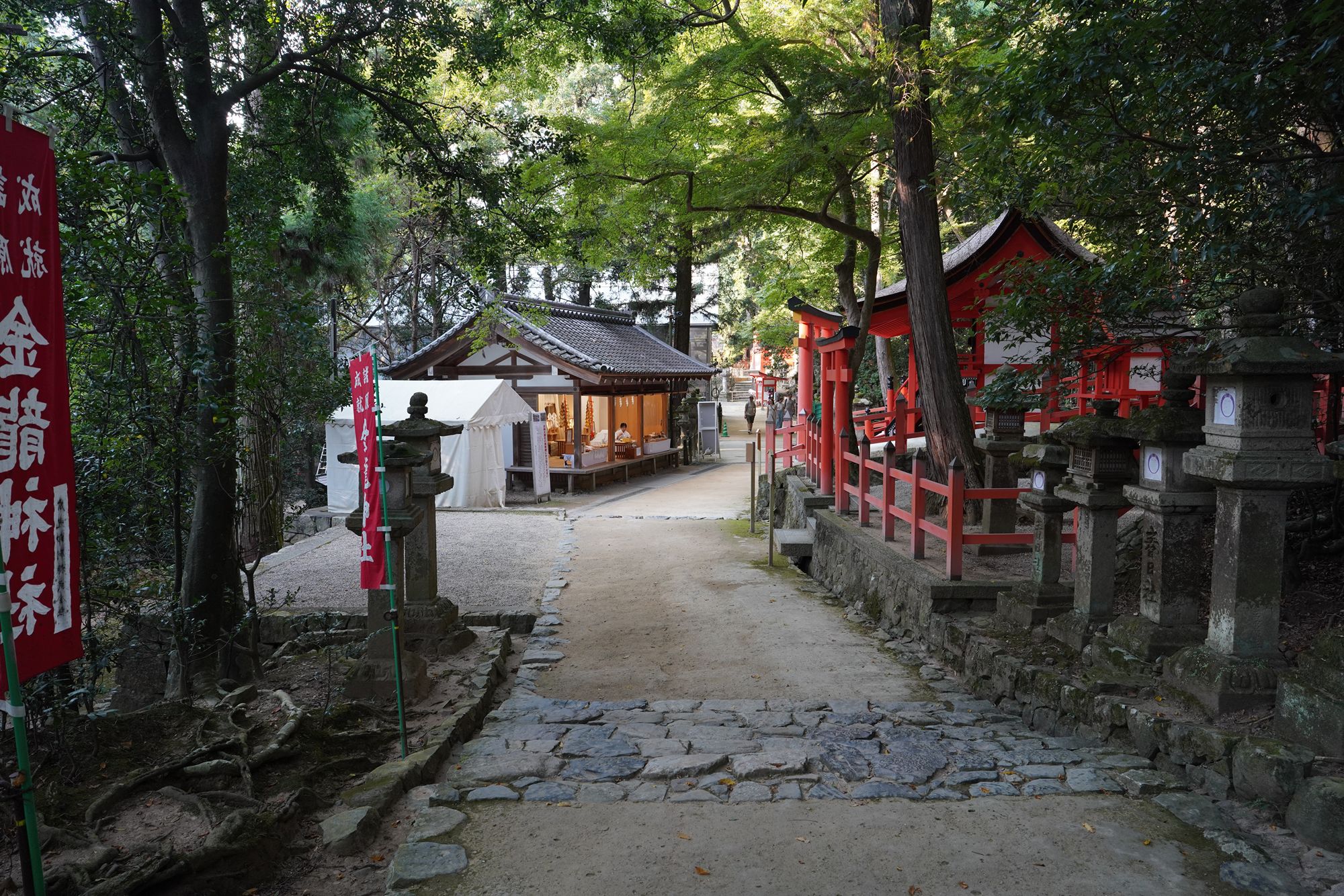
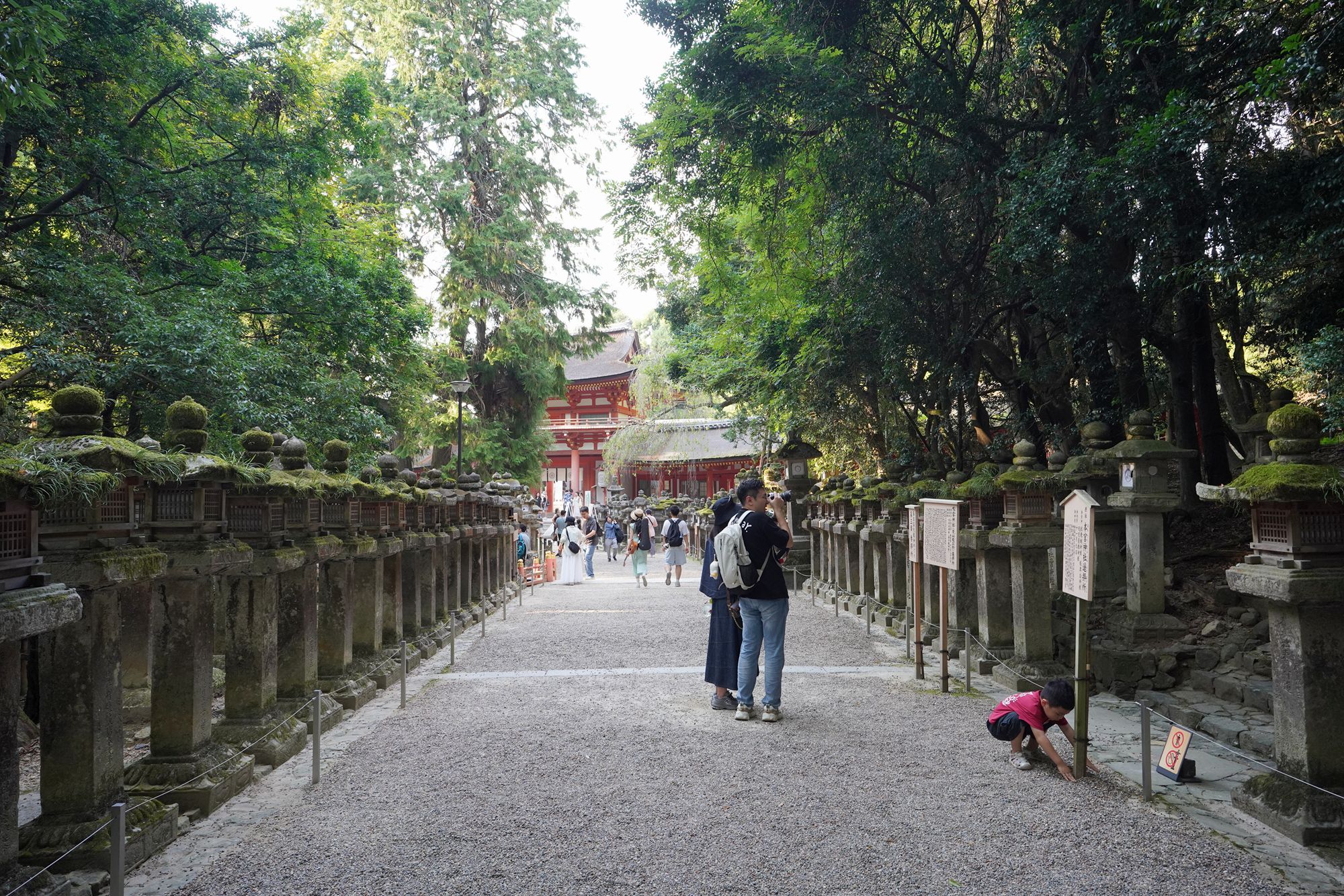
Came back at the main entrance
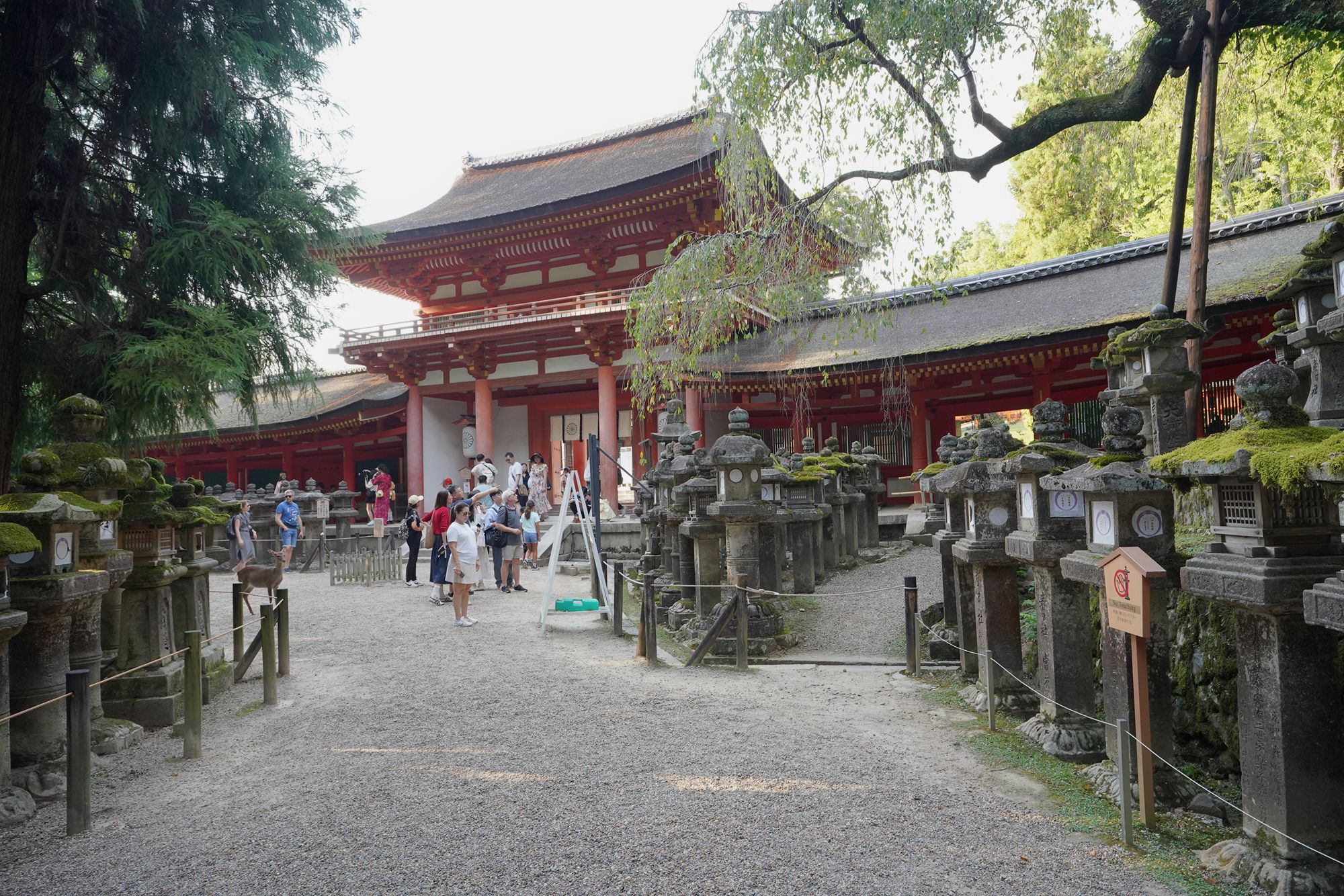
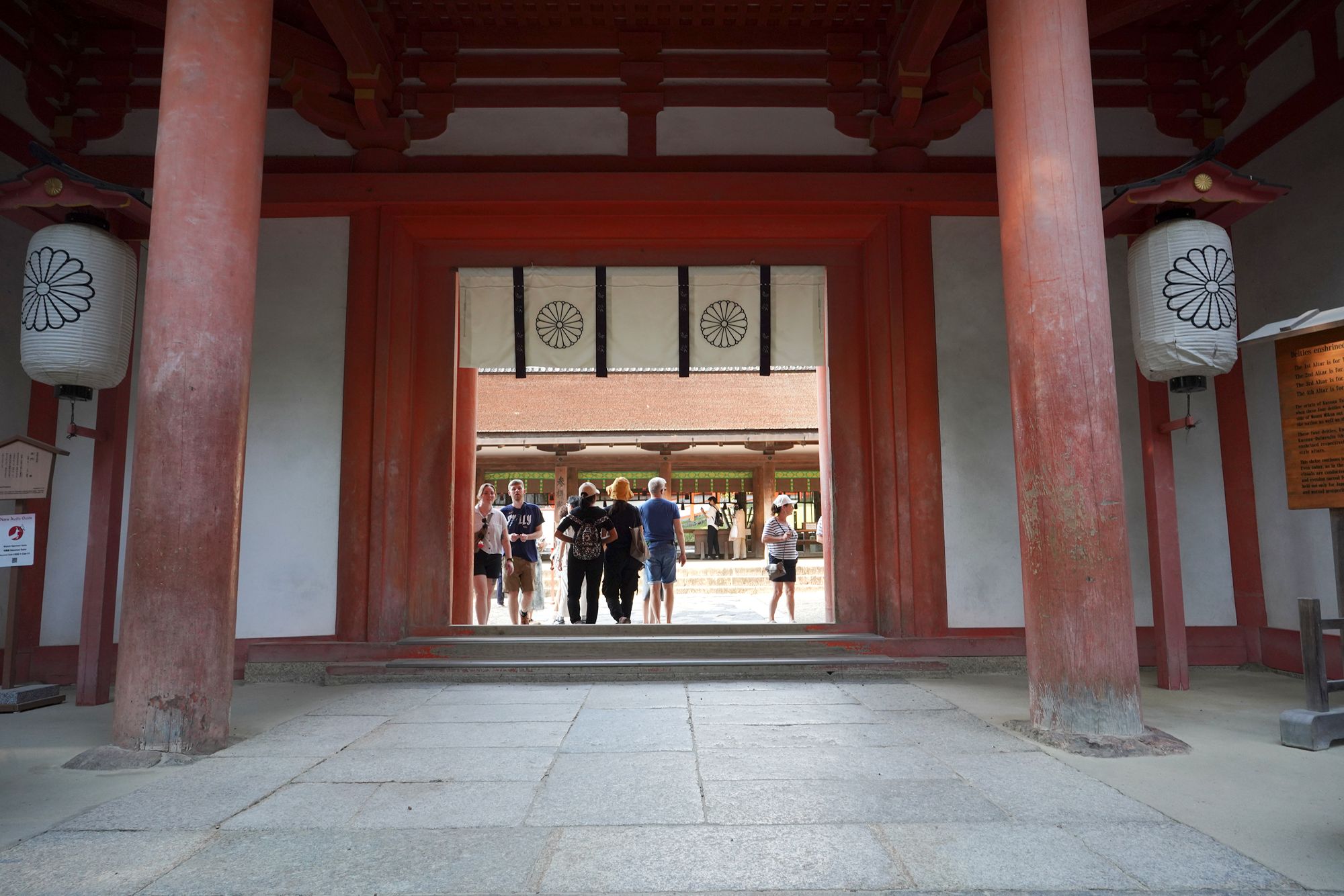
Inside the shrine
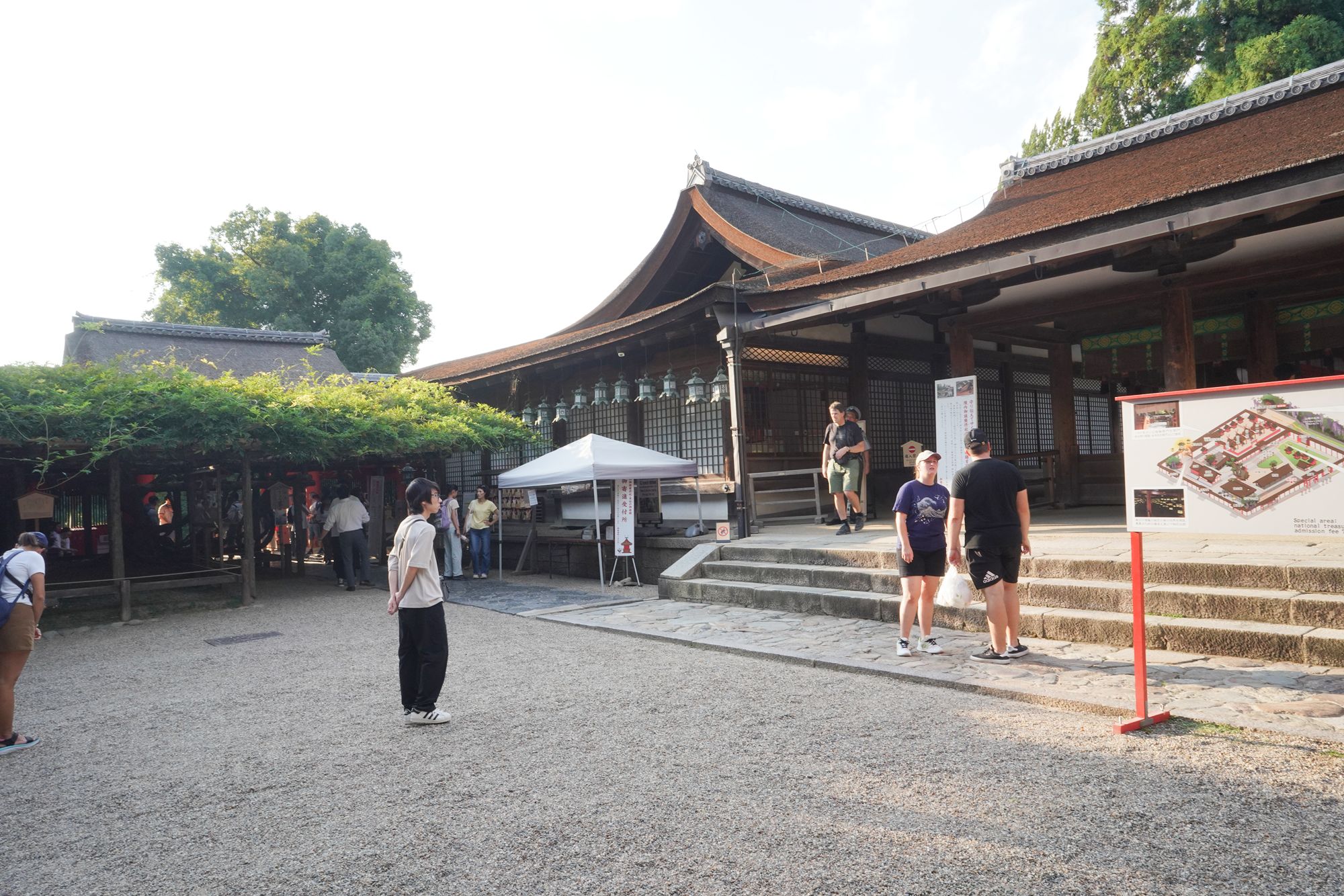
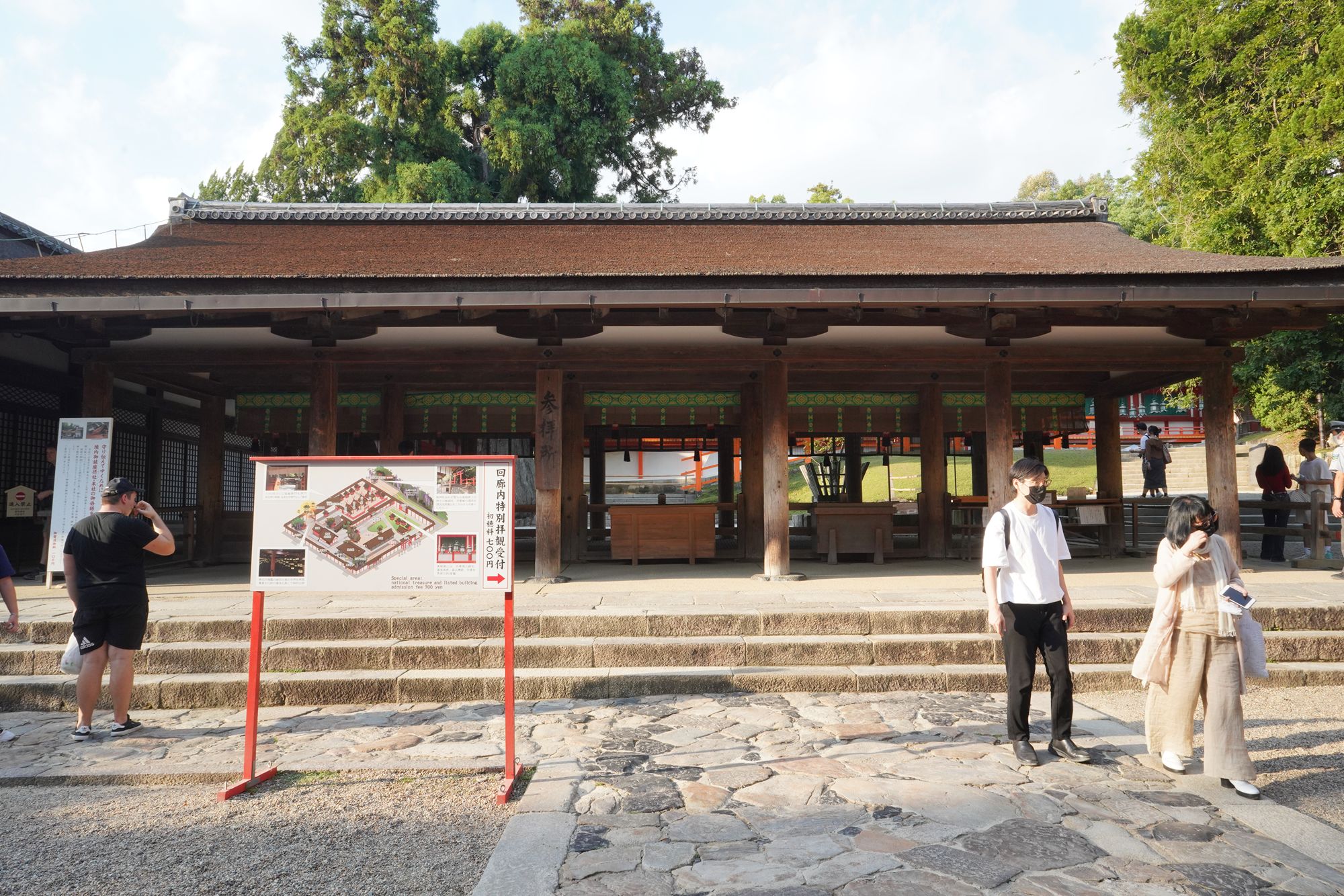
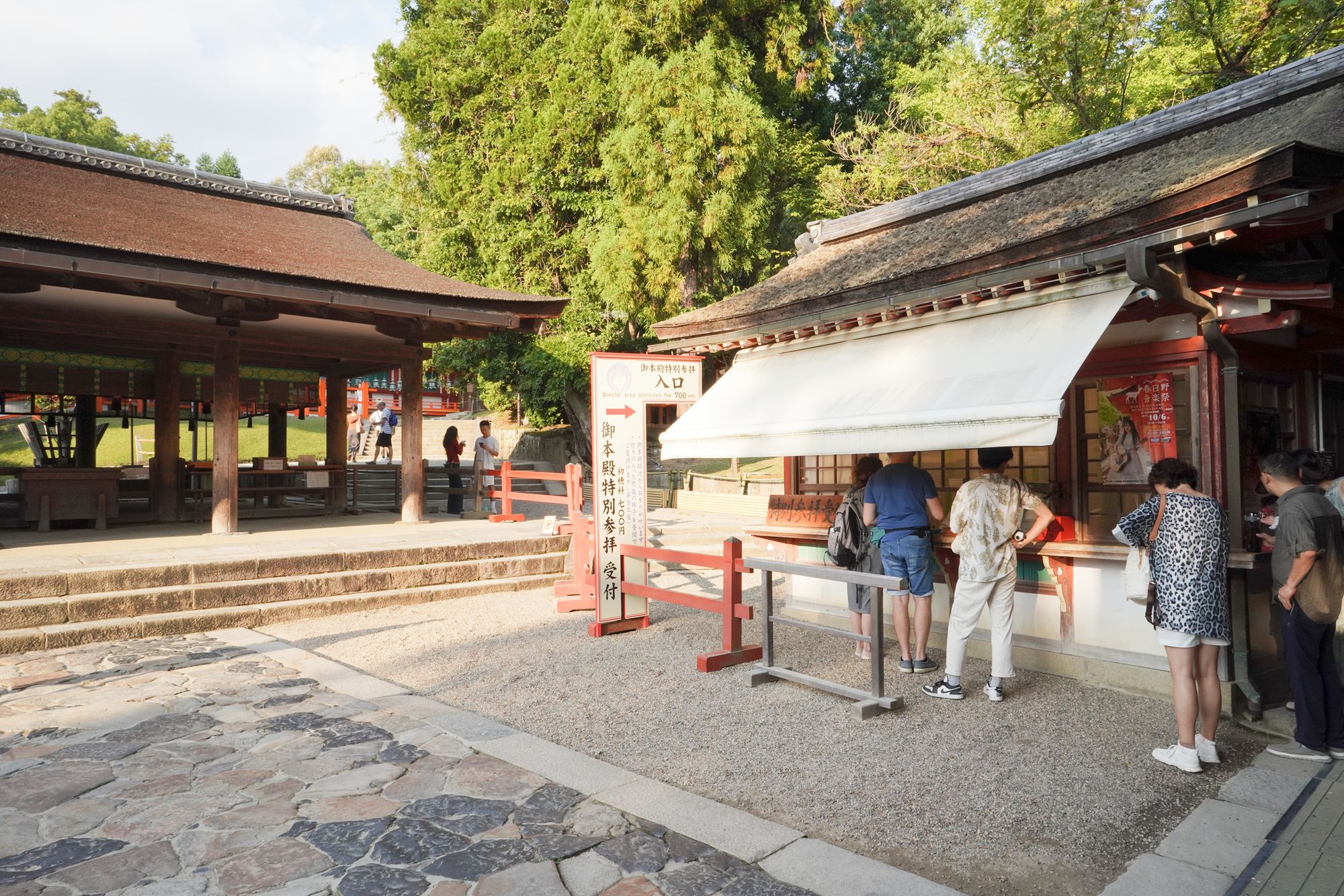
Kasuga-taisha Shrine (春日大社) is a historic and beautifully preserved Shinto shrine located in Nara, Japan. Established in 768 CE and dedicated to the deities responsible for the protection and prosperity of the city, it is one of the most famous shrines in Japan and part of the UNESCO World Heritage Site “Historic Monuments of Ancient Nara.”
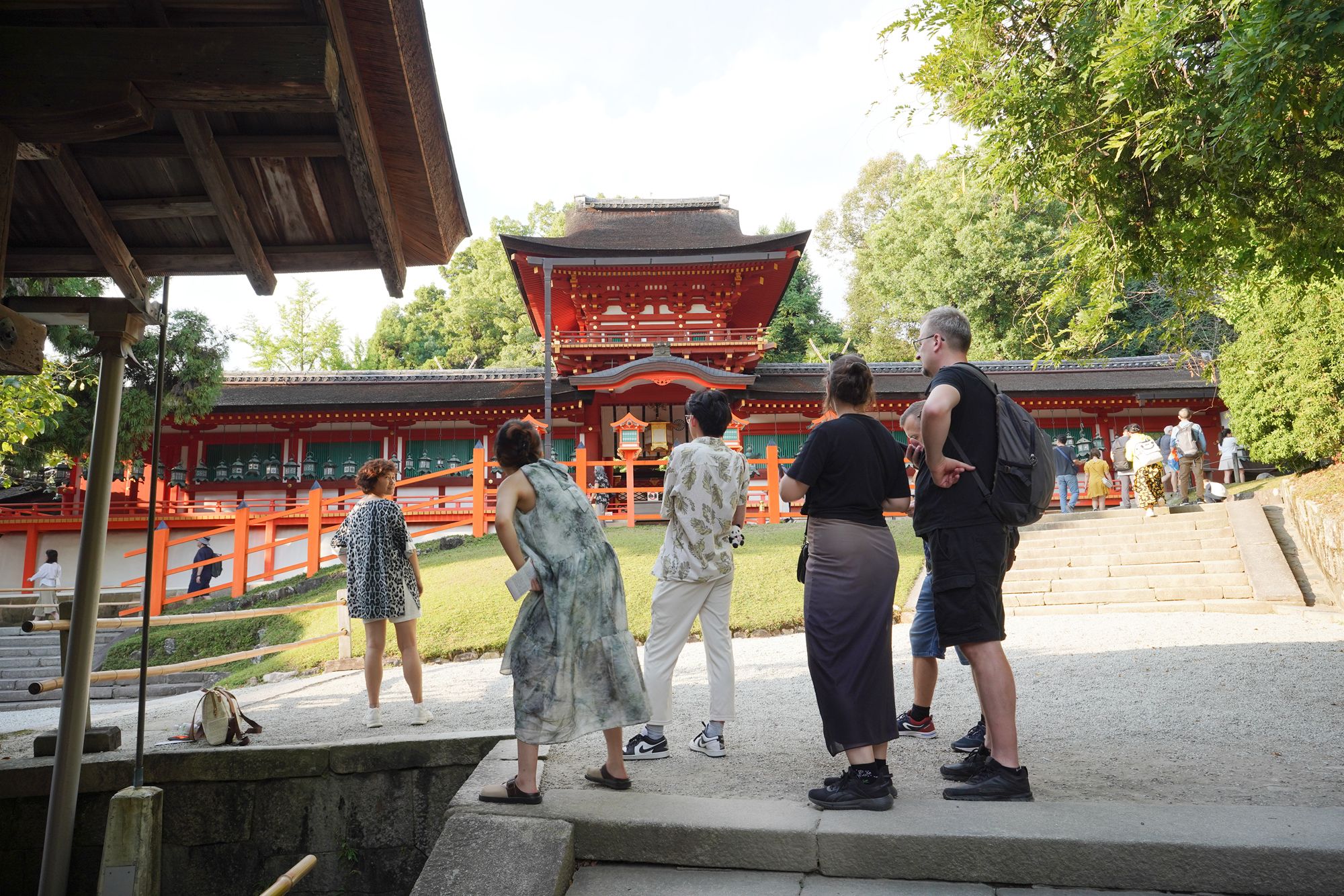
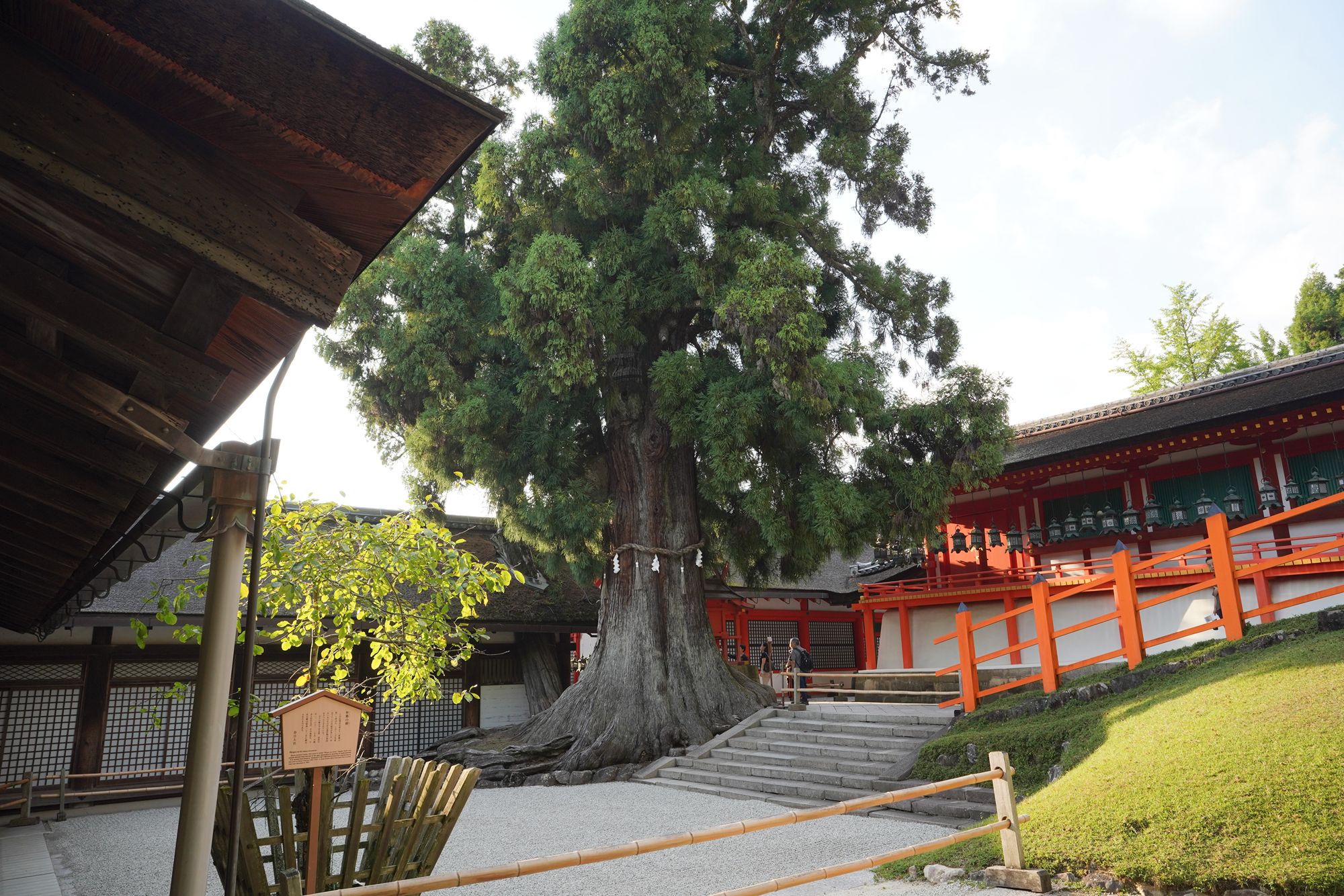
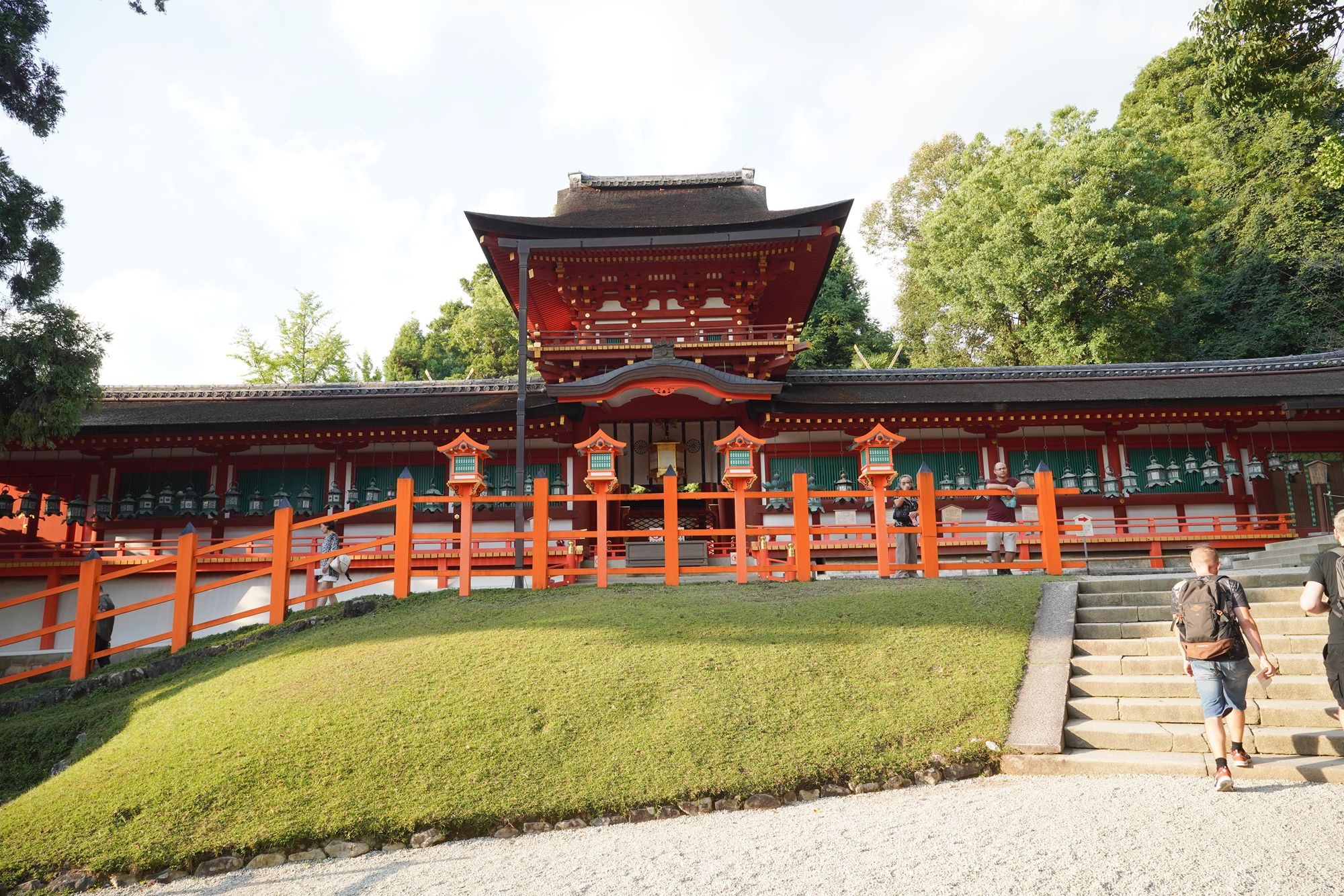
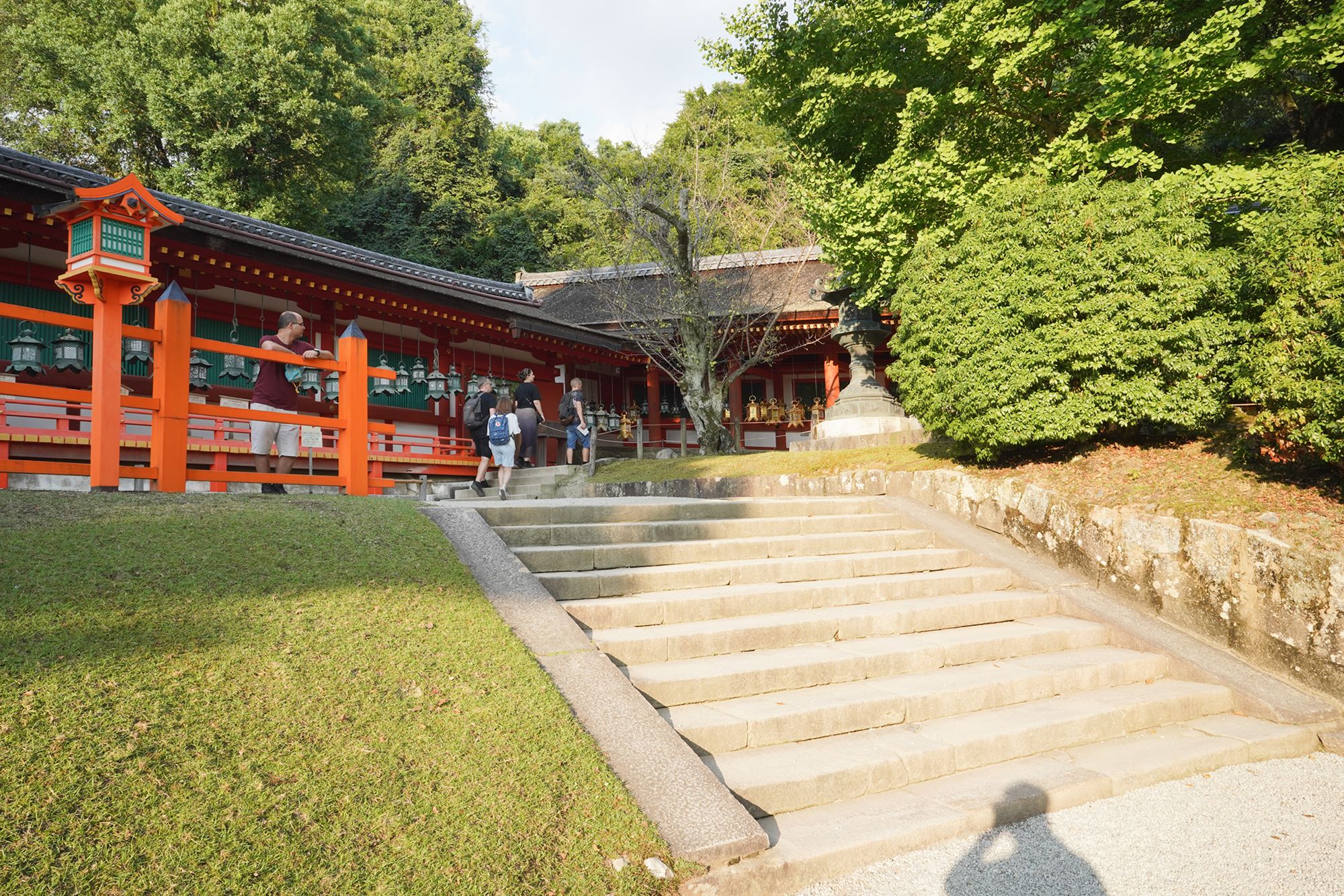
Built by the Fujiwara clan, a powerful aristocratic family, Kasuga-taisha served as their family shrine.
It is dedicated to four Shinto deities (kami), including Takemikazuchi and Ame-no-Koyane, associated with protection, prosperity, and the city of Nara.
The shrine’s design features Kasuga-zukuri architecture, with bright vermilion buildings, gracefully curved roofs, and white walls.
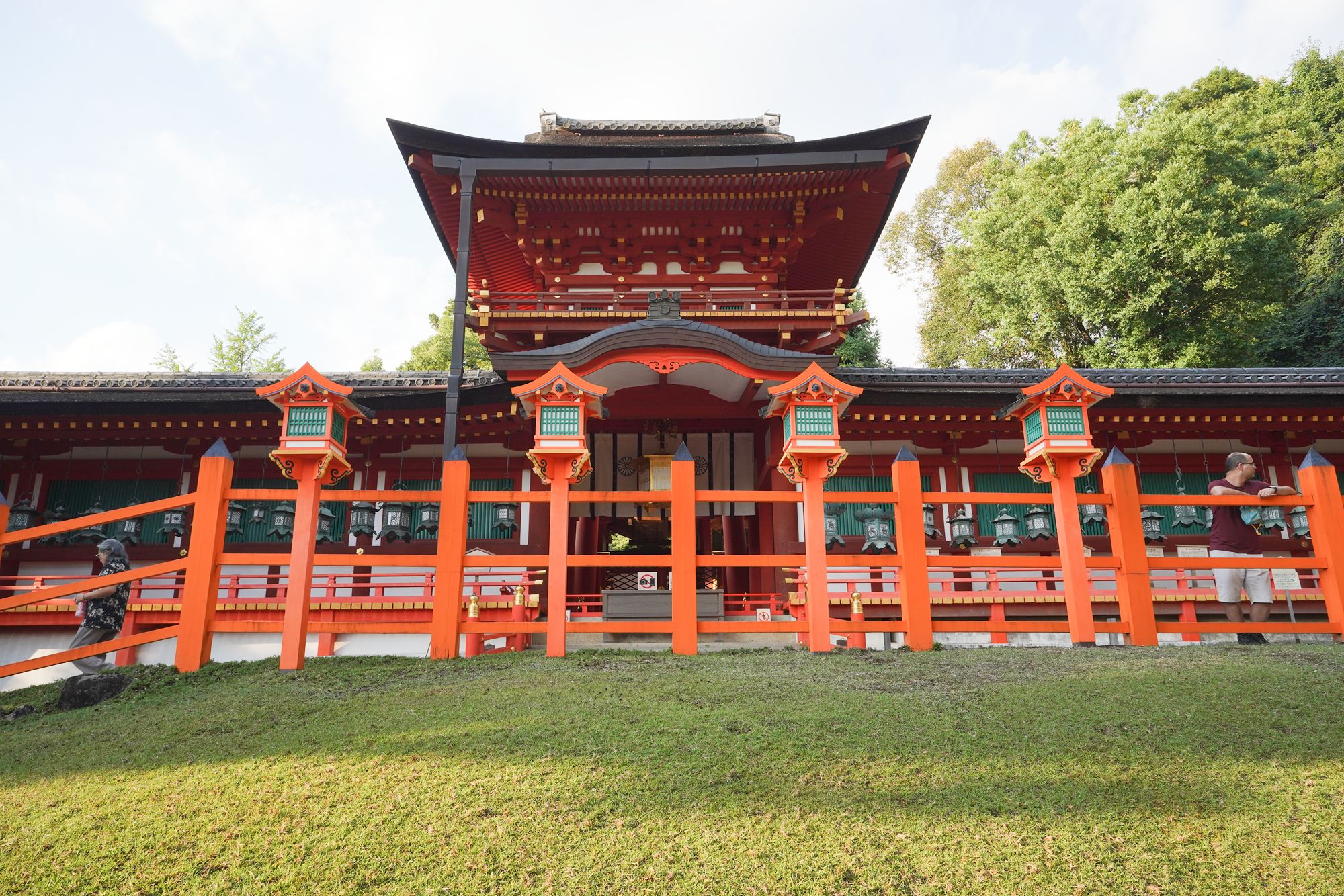
I explored the temple’s right side first
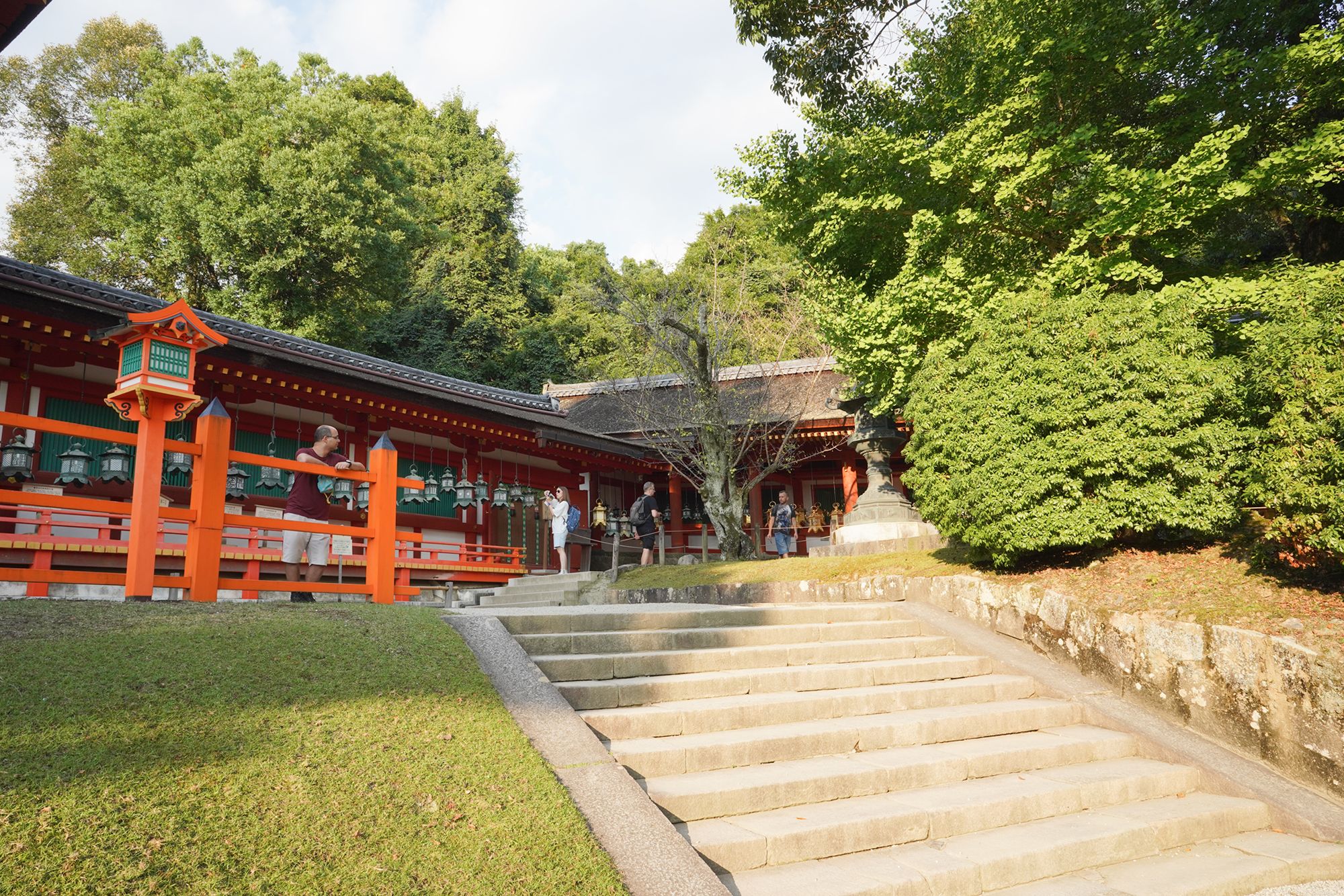
Back side
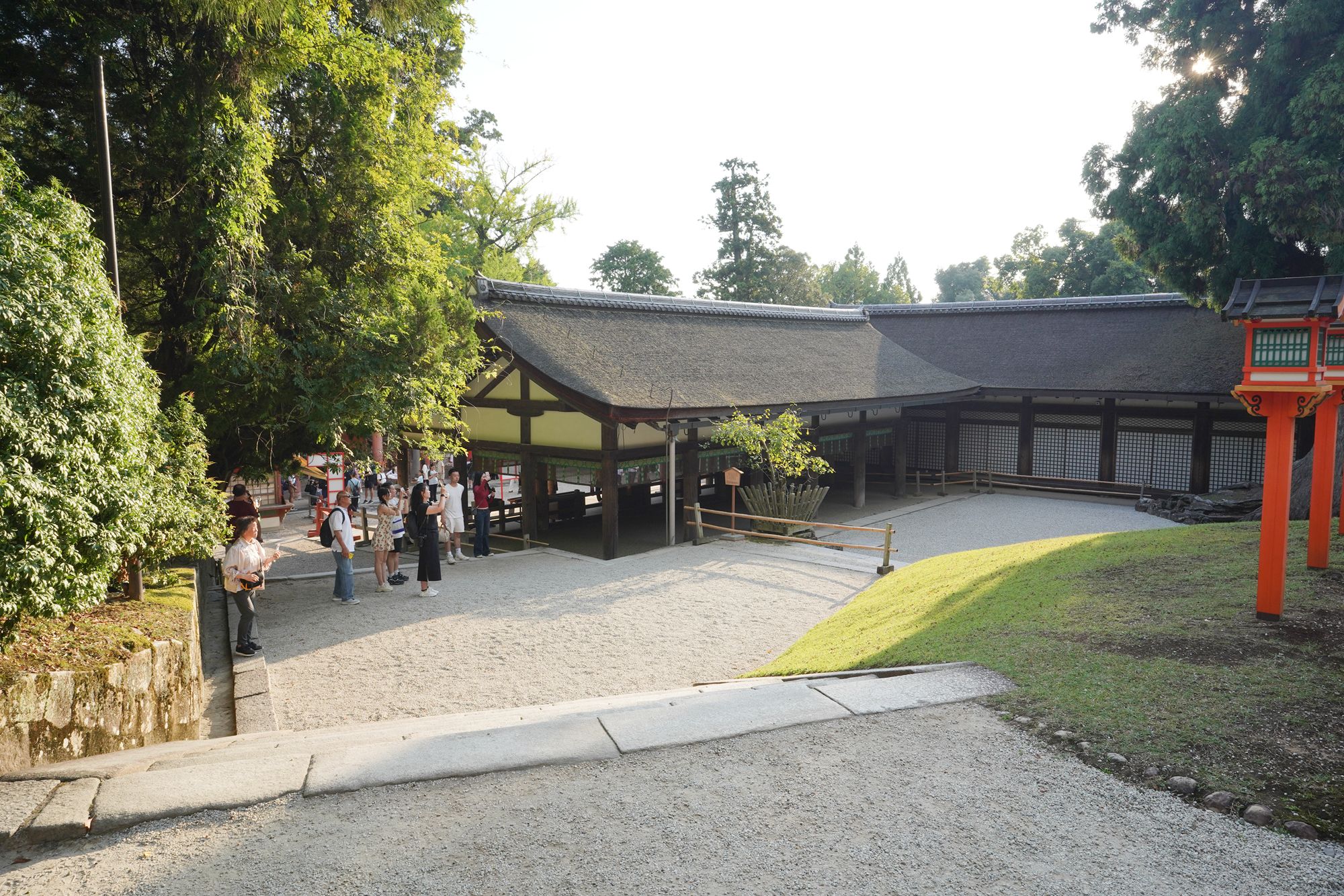
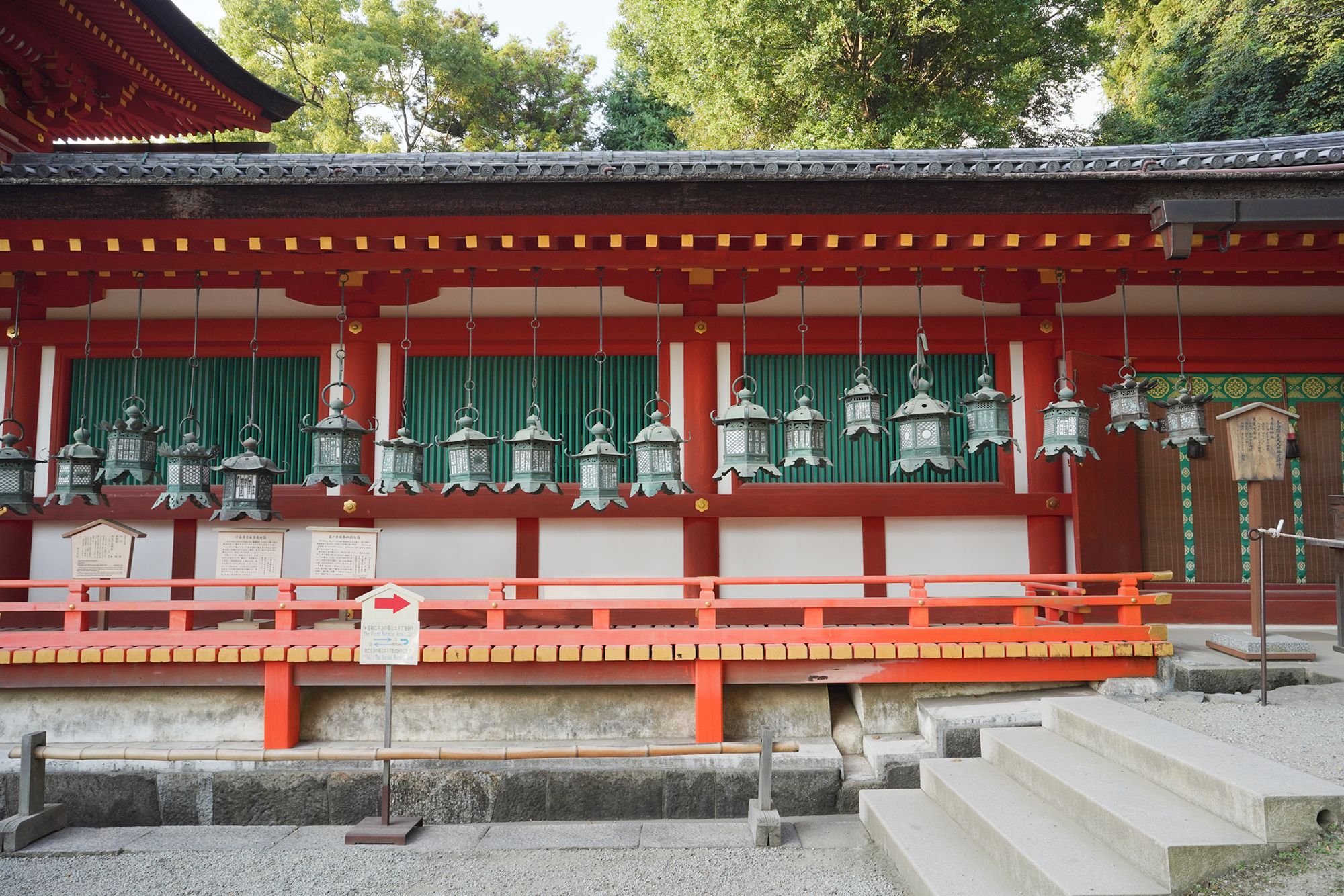
The shrine is renowned for its thousands of stone lanterns (tōrō) lining the pathways and bronze lanterns hanging throughout the grounds.
These lanterns are lit during the Setsubun Mantoro and Chugen Mantoro festivals, creating a magical atmosphere.
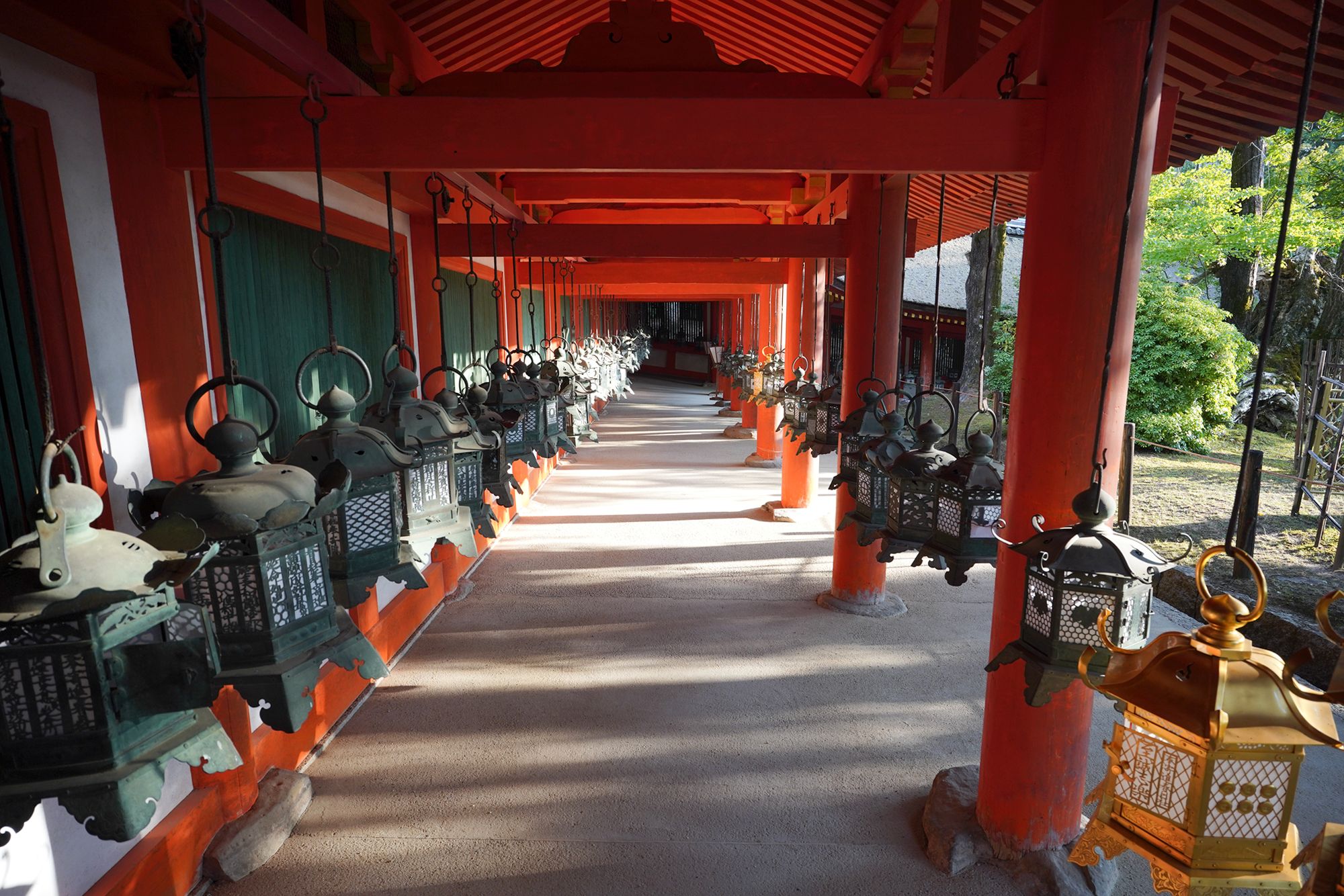
At the middle of this building was
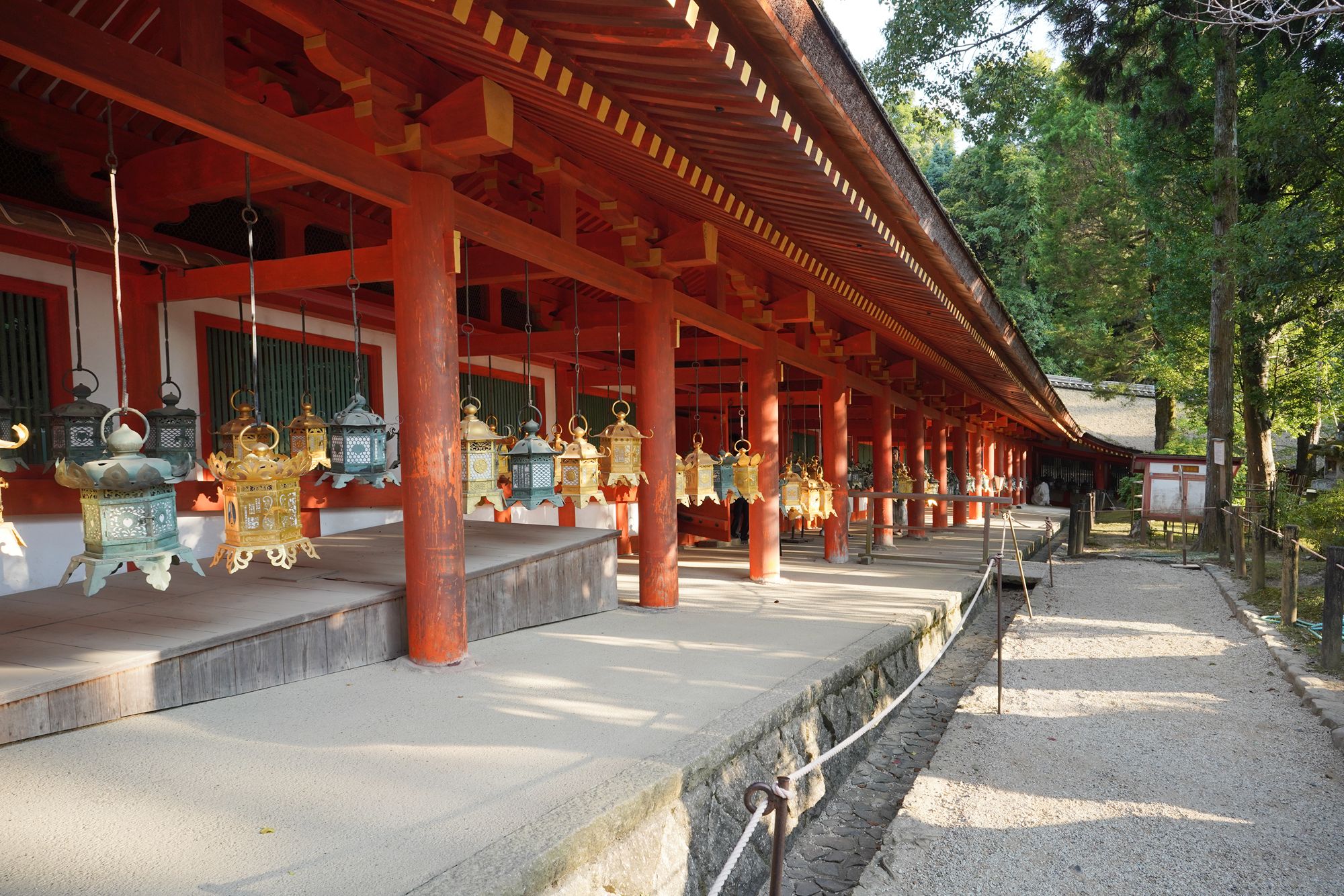
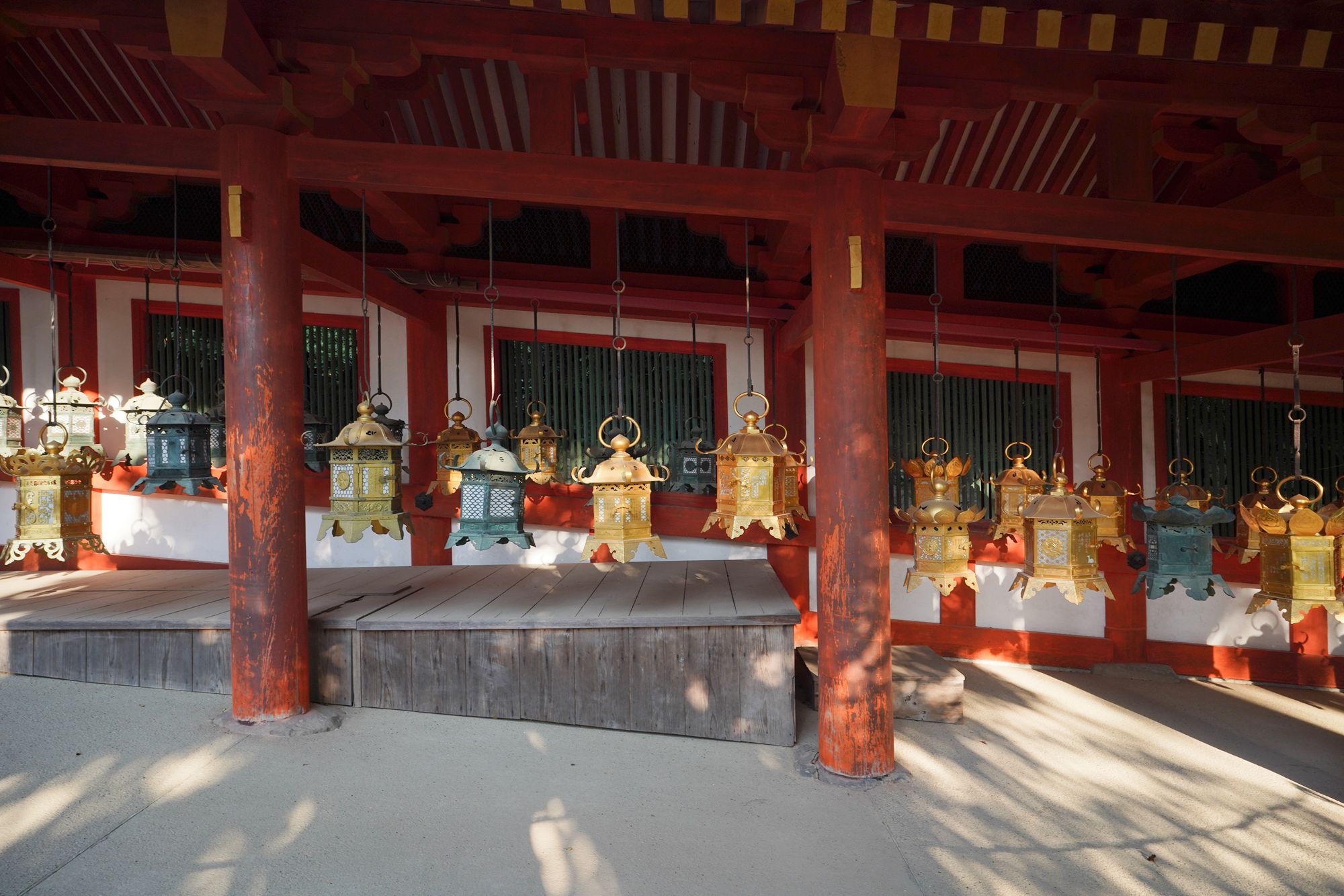
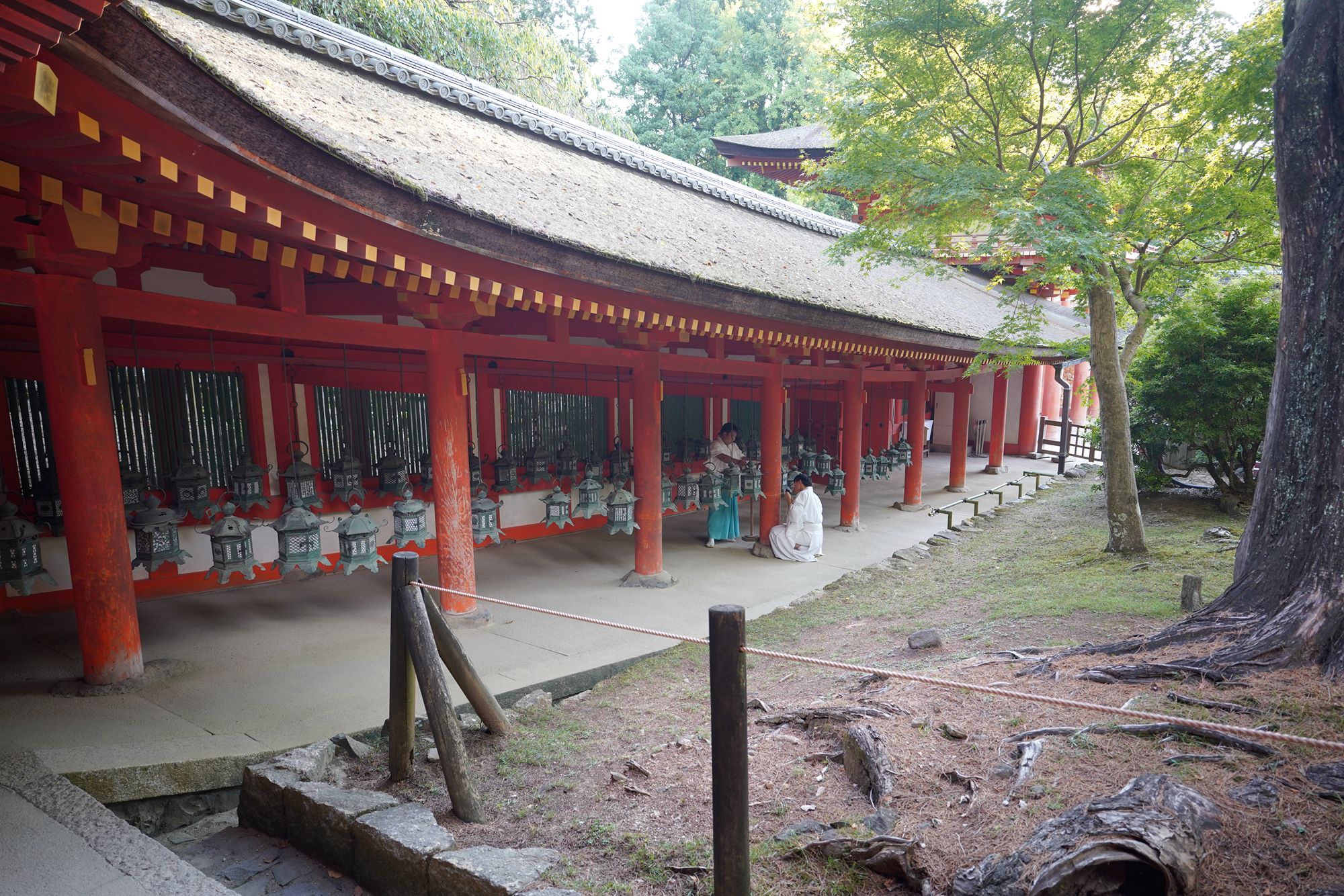
… was this door that leads to outside.
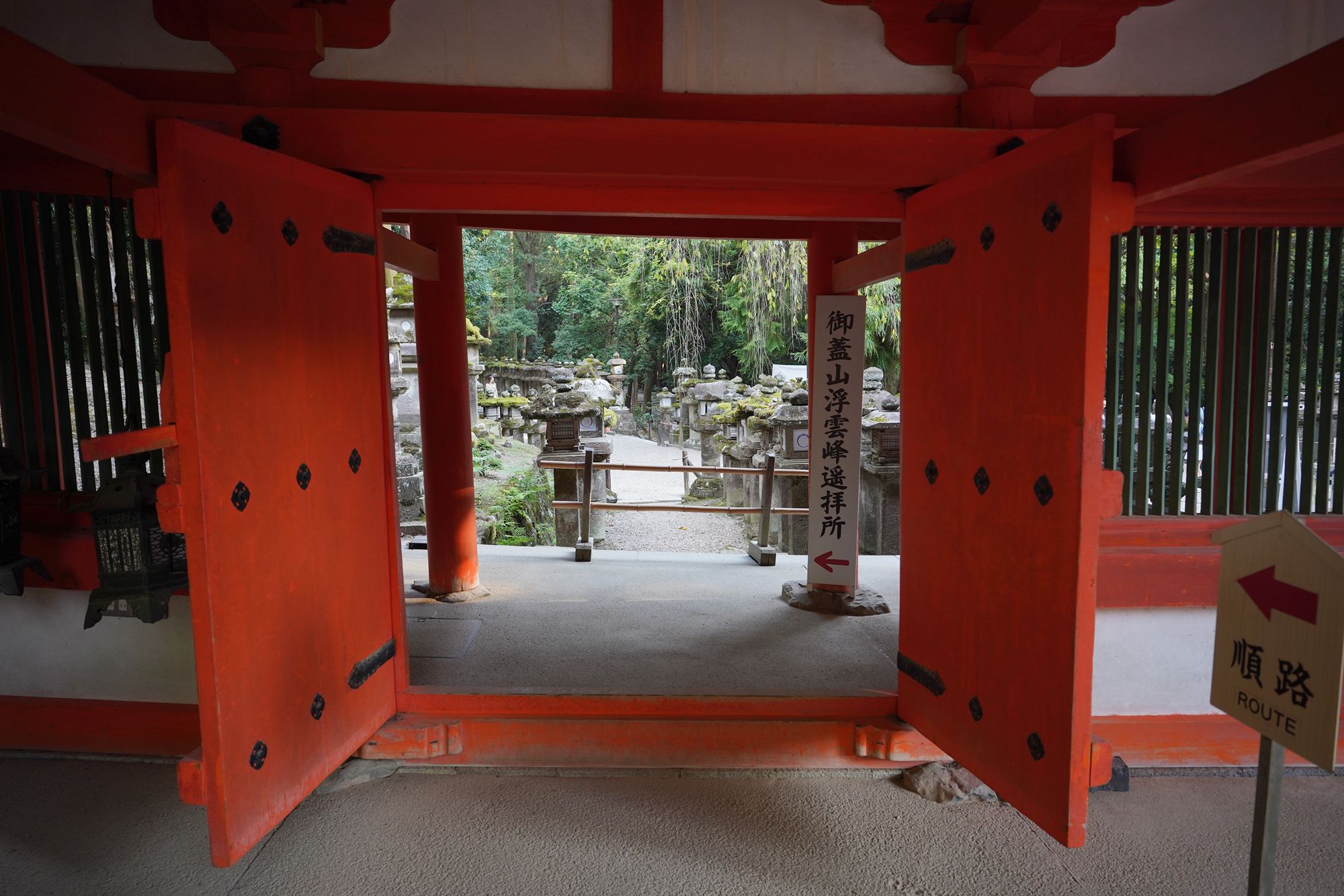
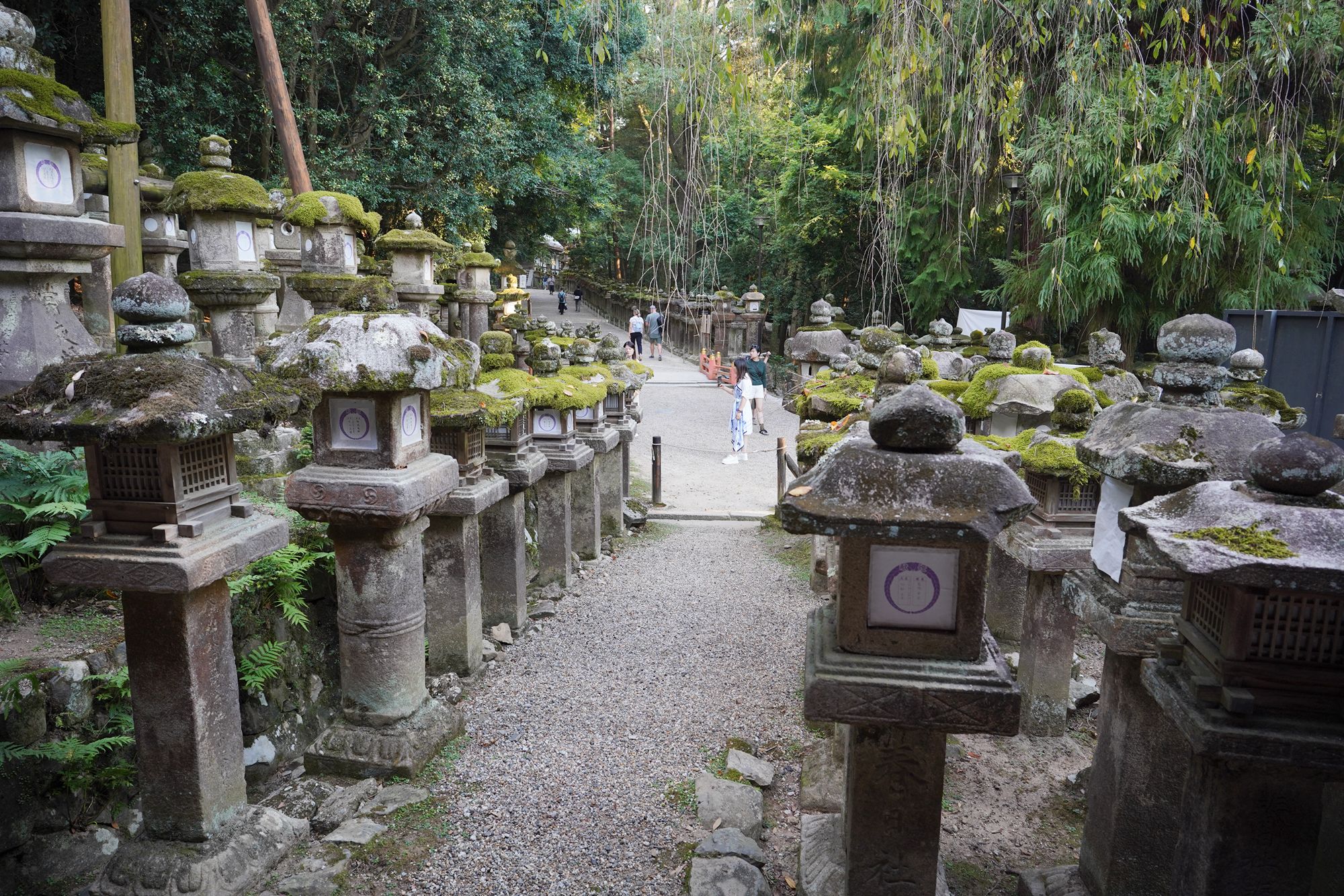
Instead of exiting, you can turn left and walk back to the starting point.
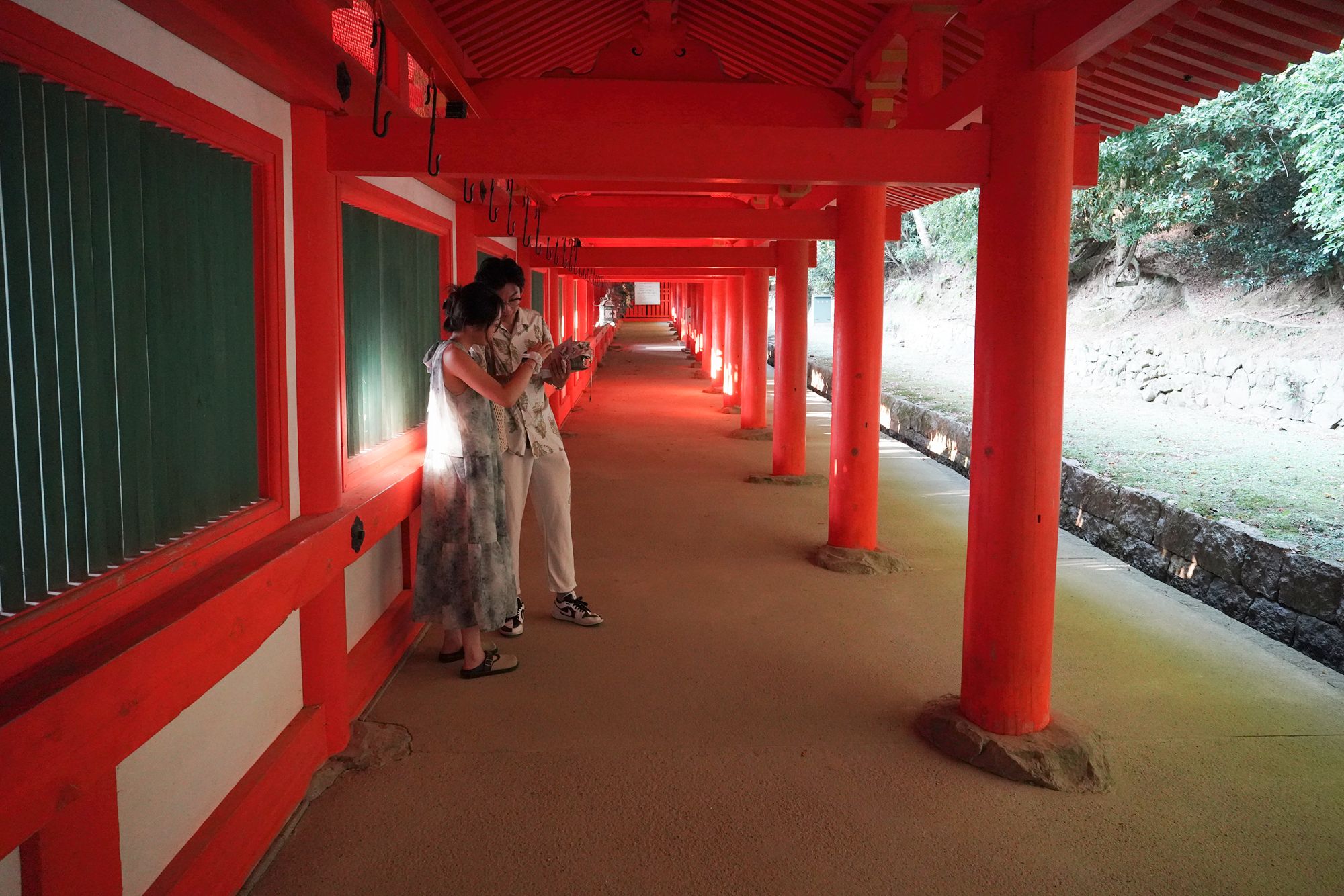
Came back to the buildings next to the main entrance
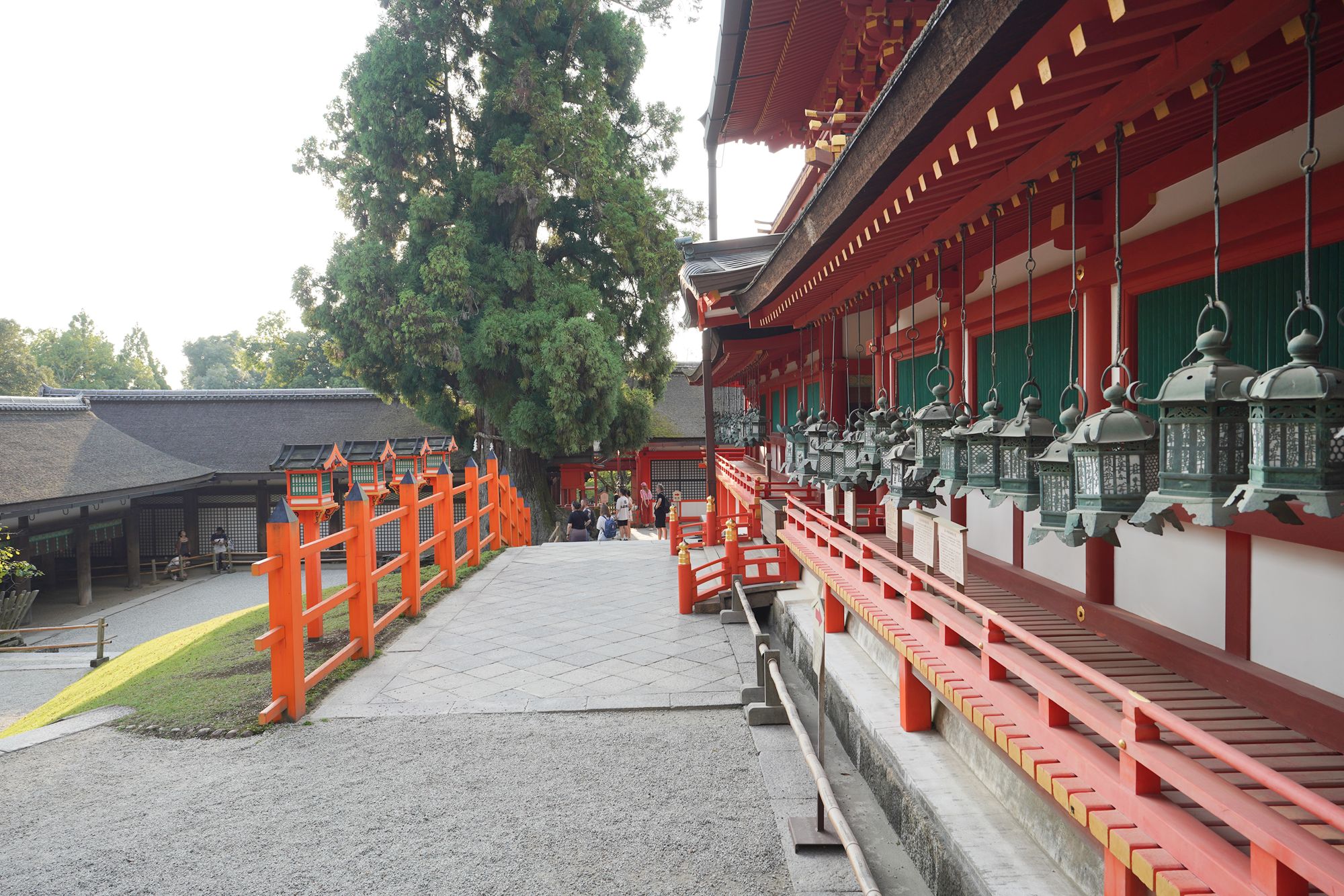
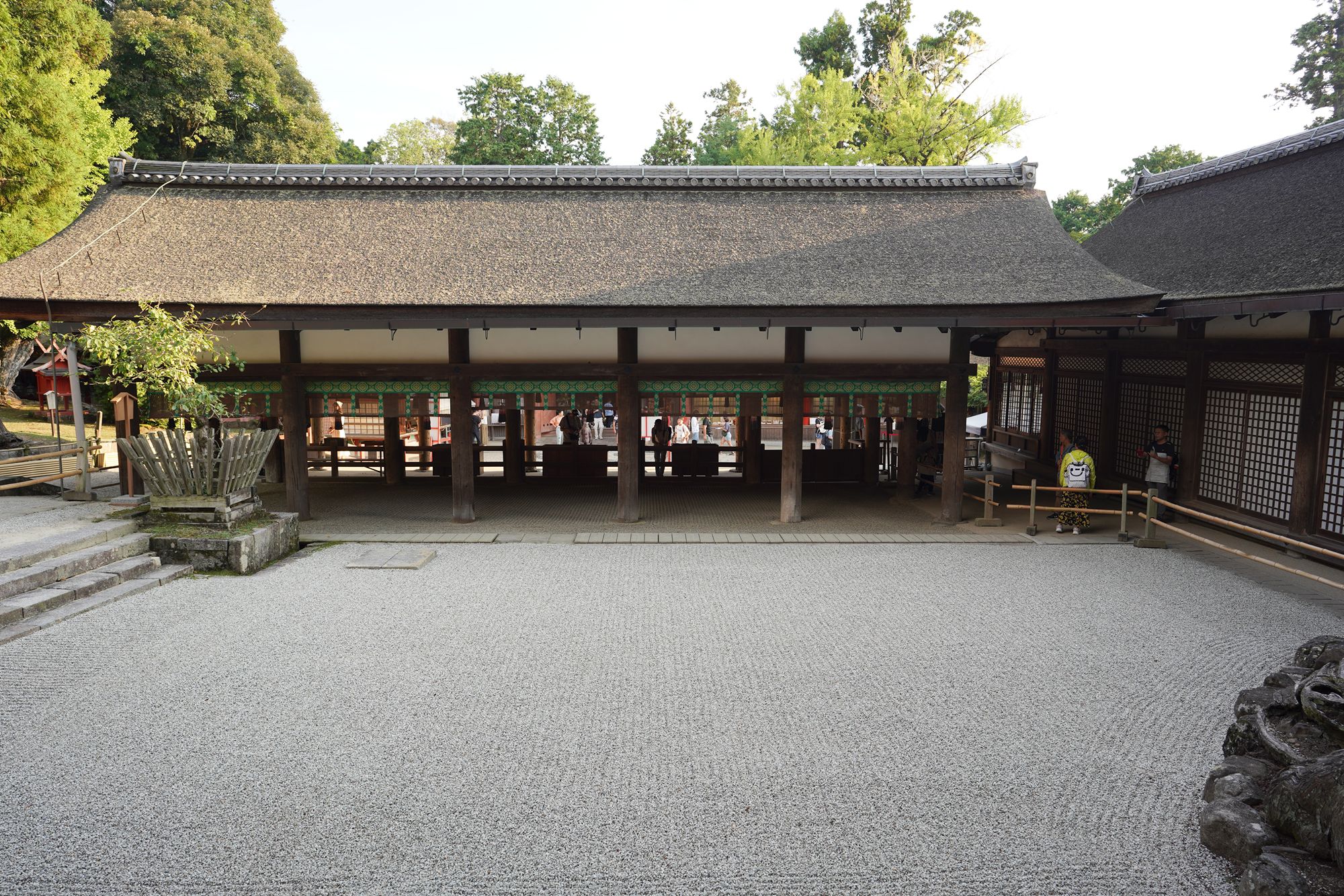
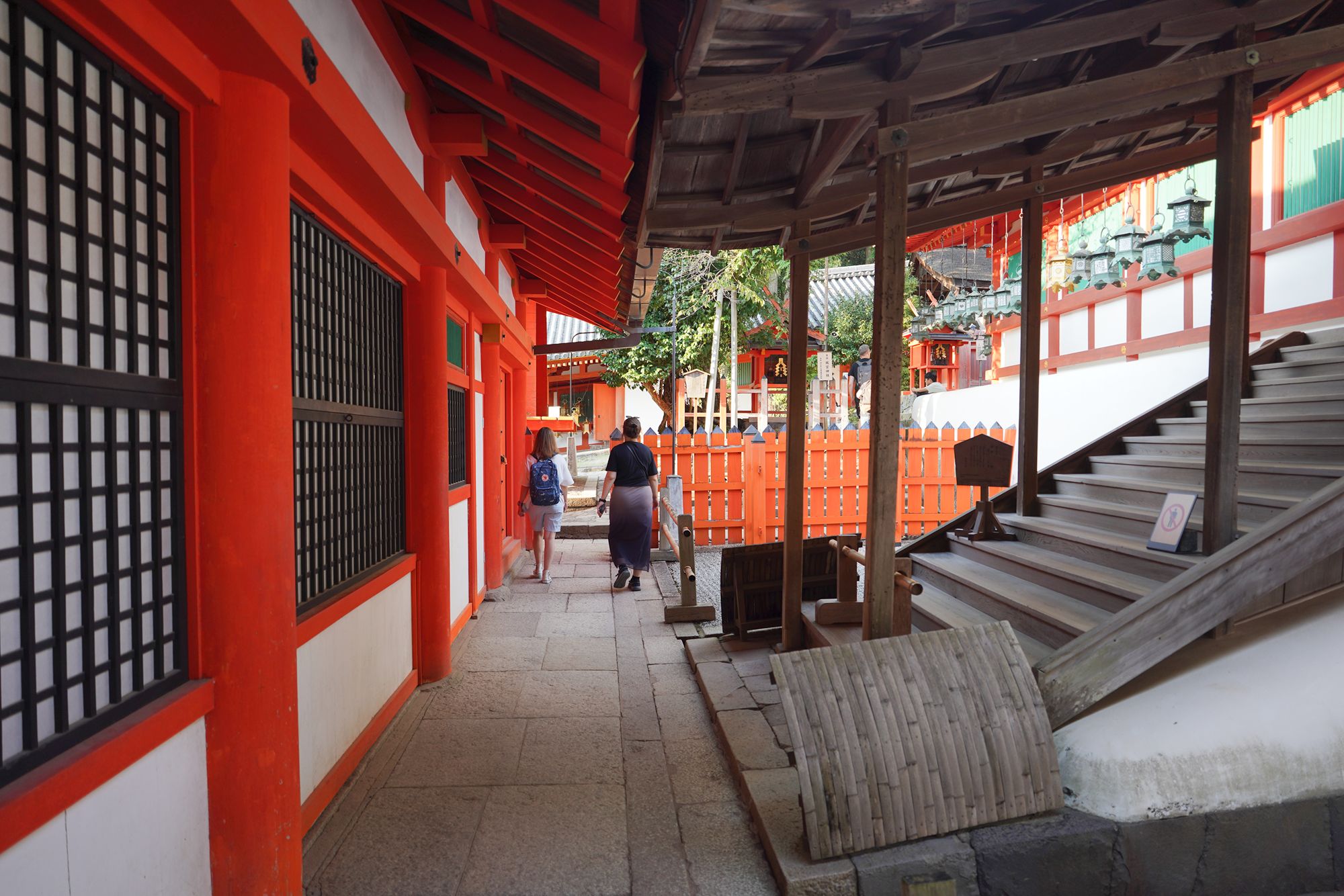
The area near the main entrance, at the center of the temple
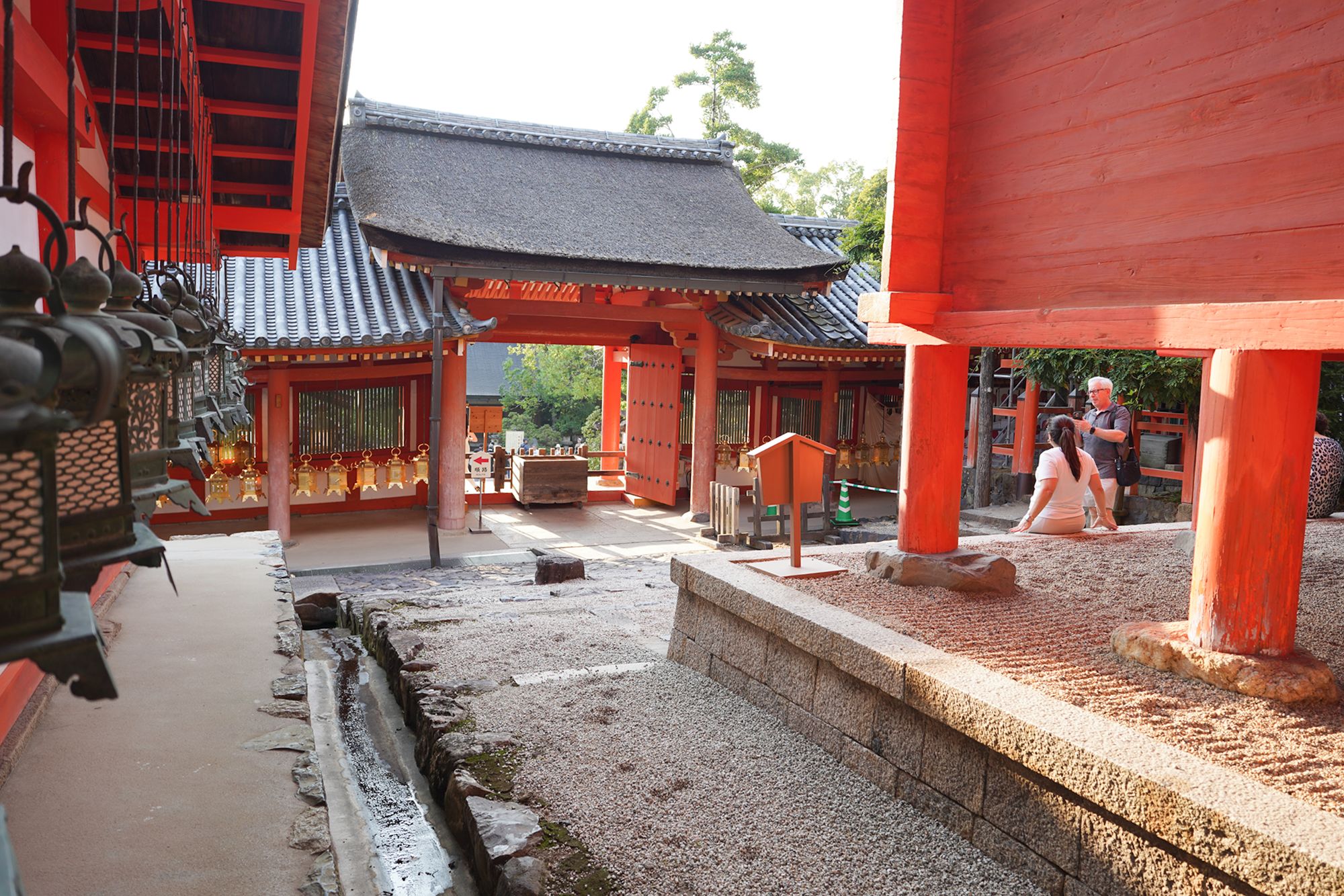
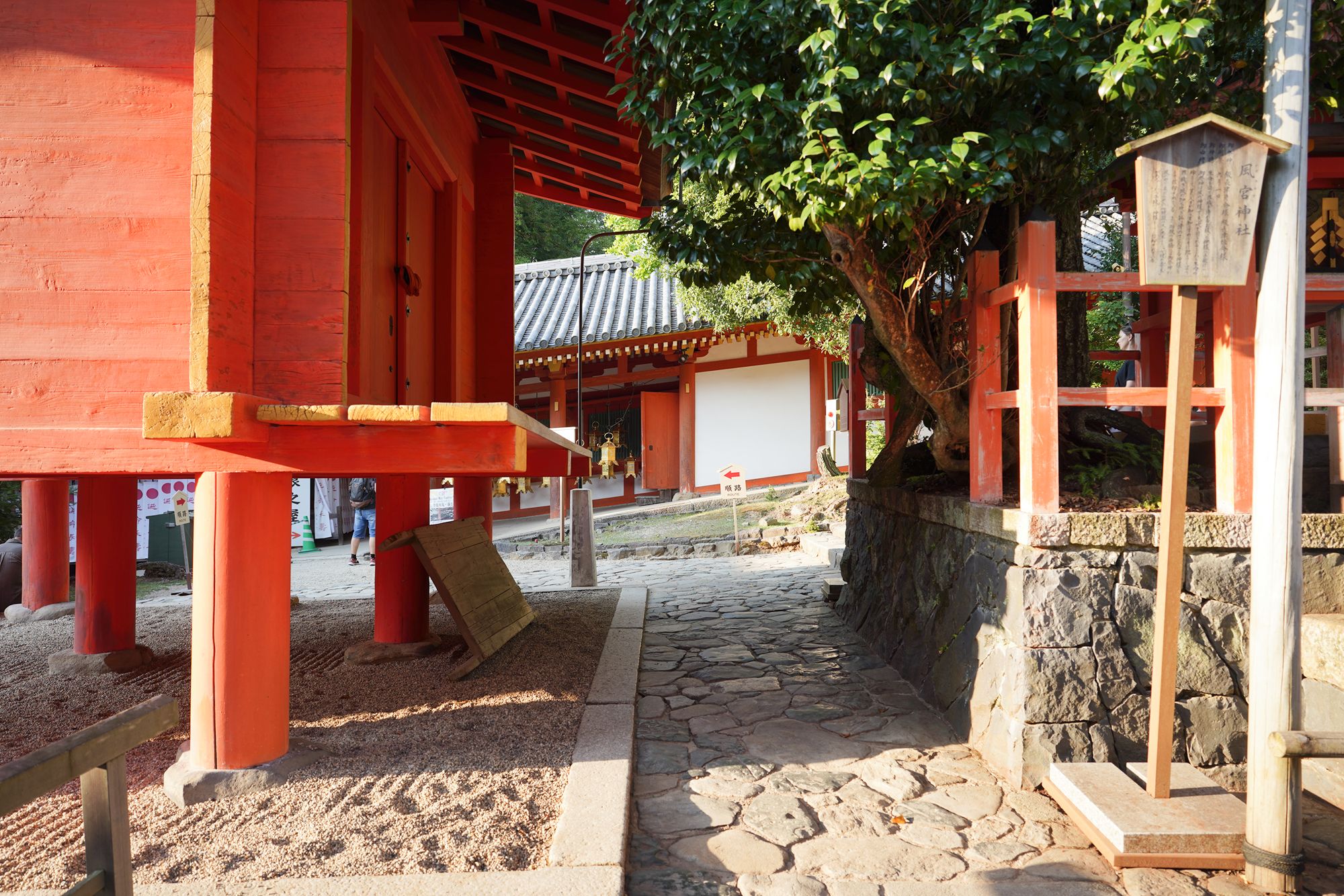
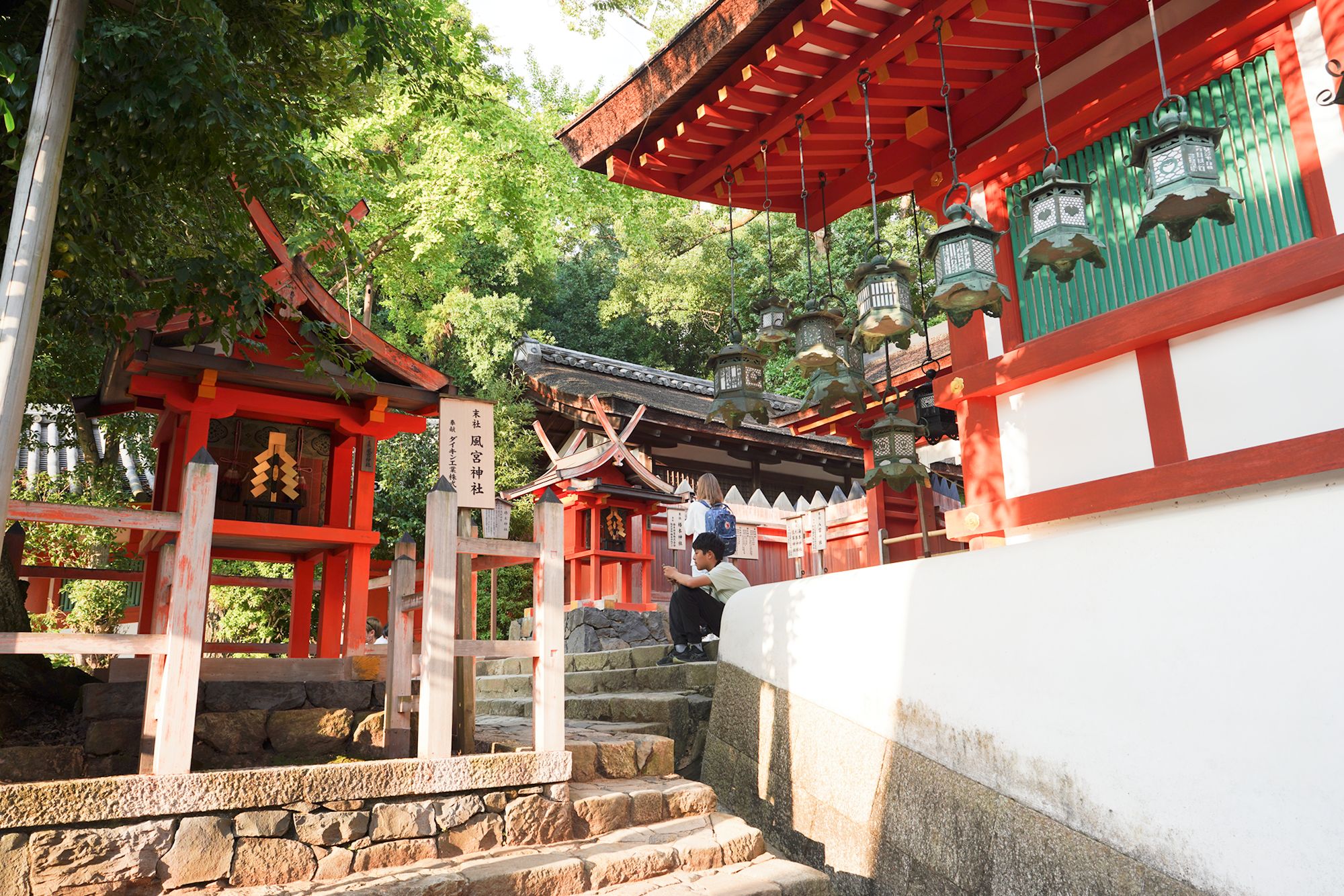
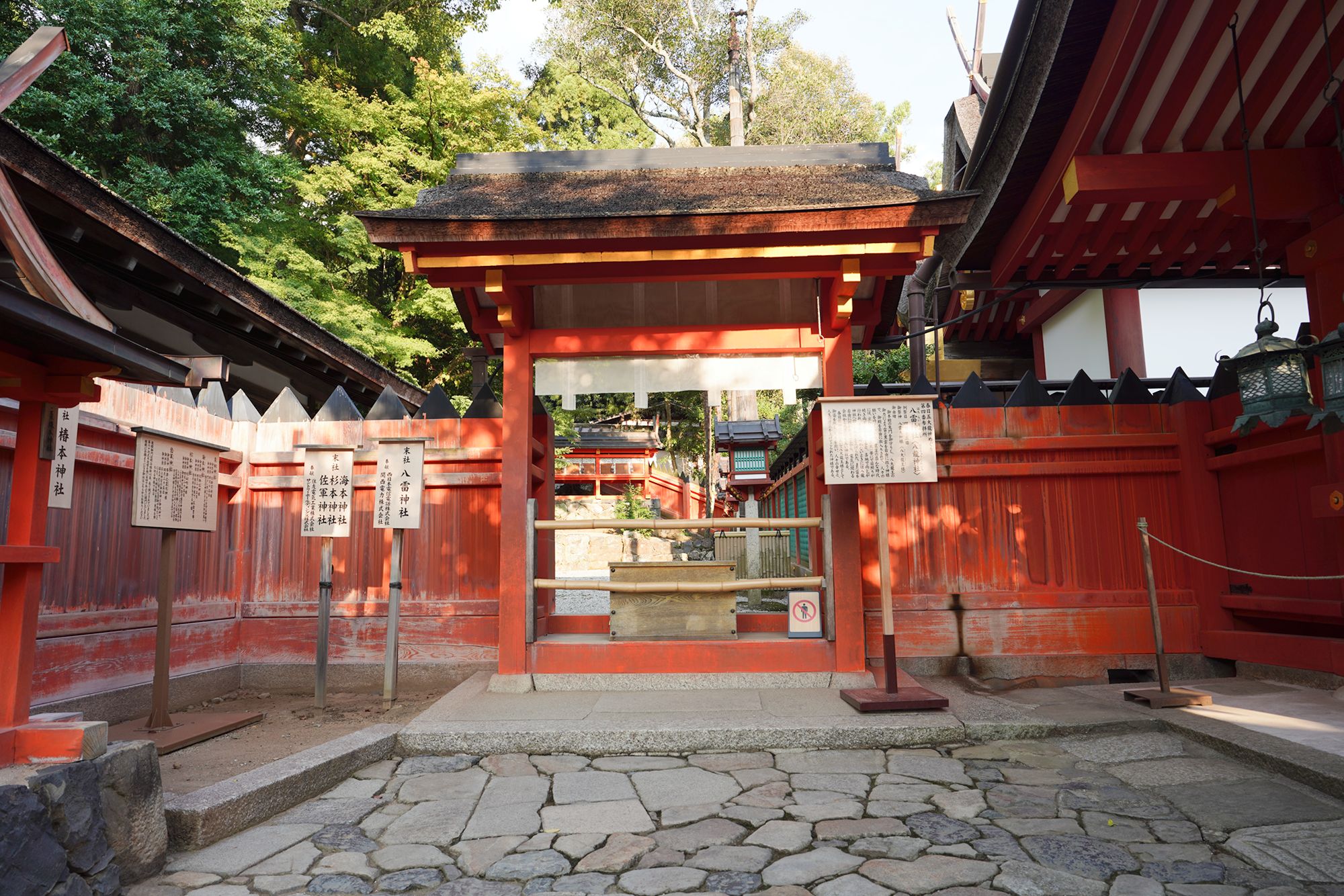
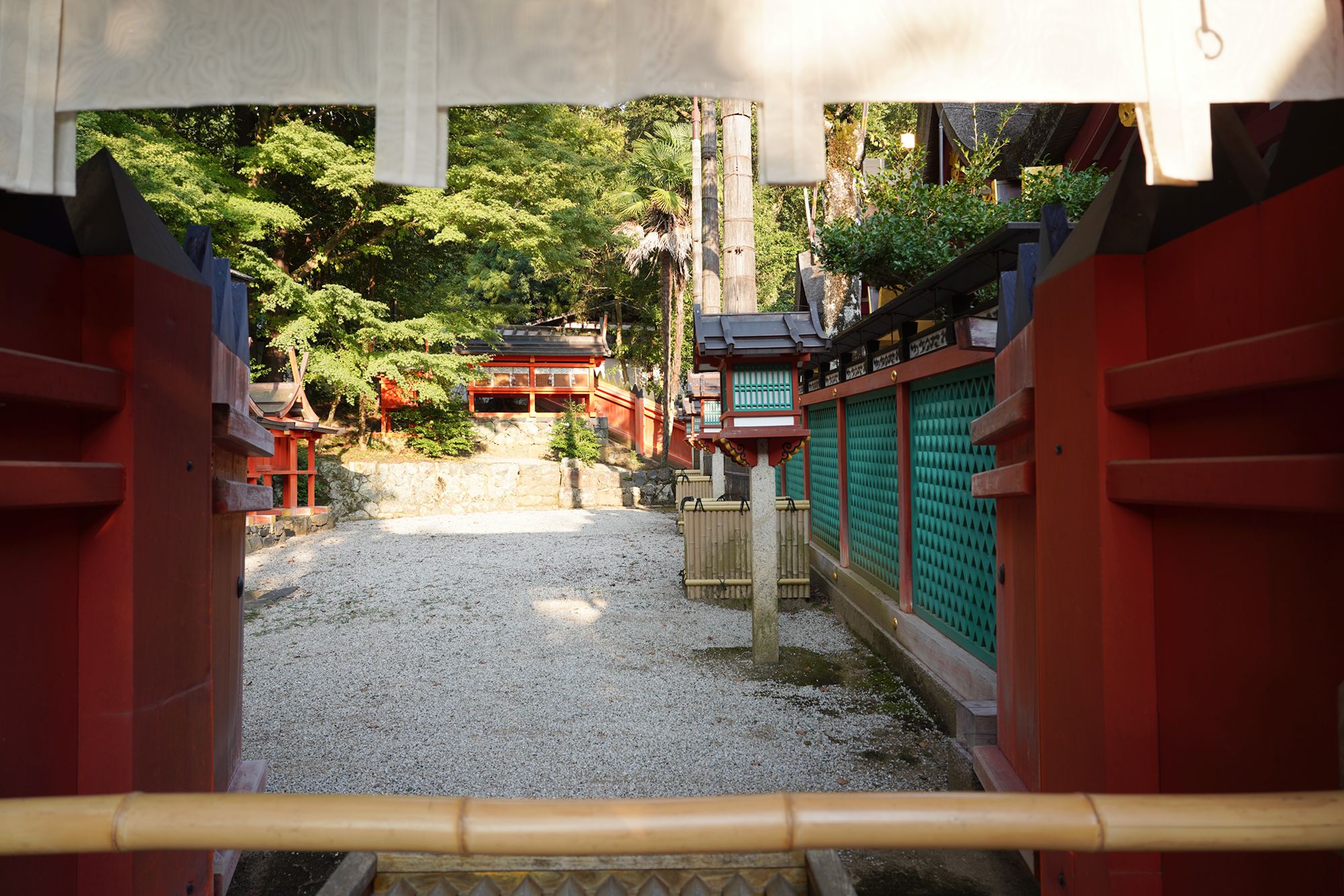
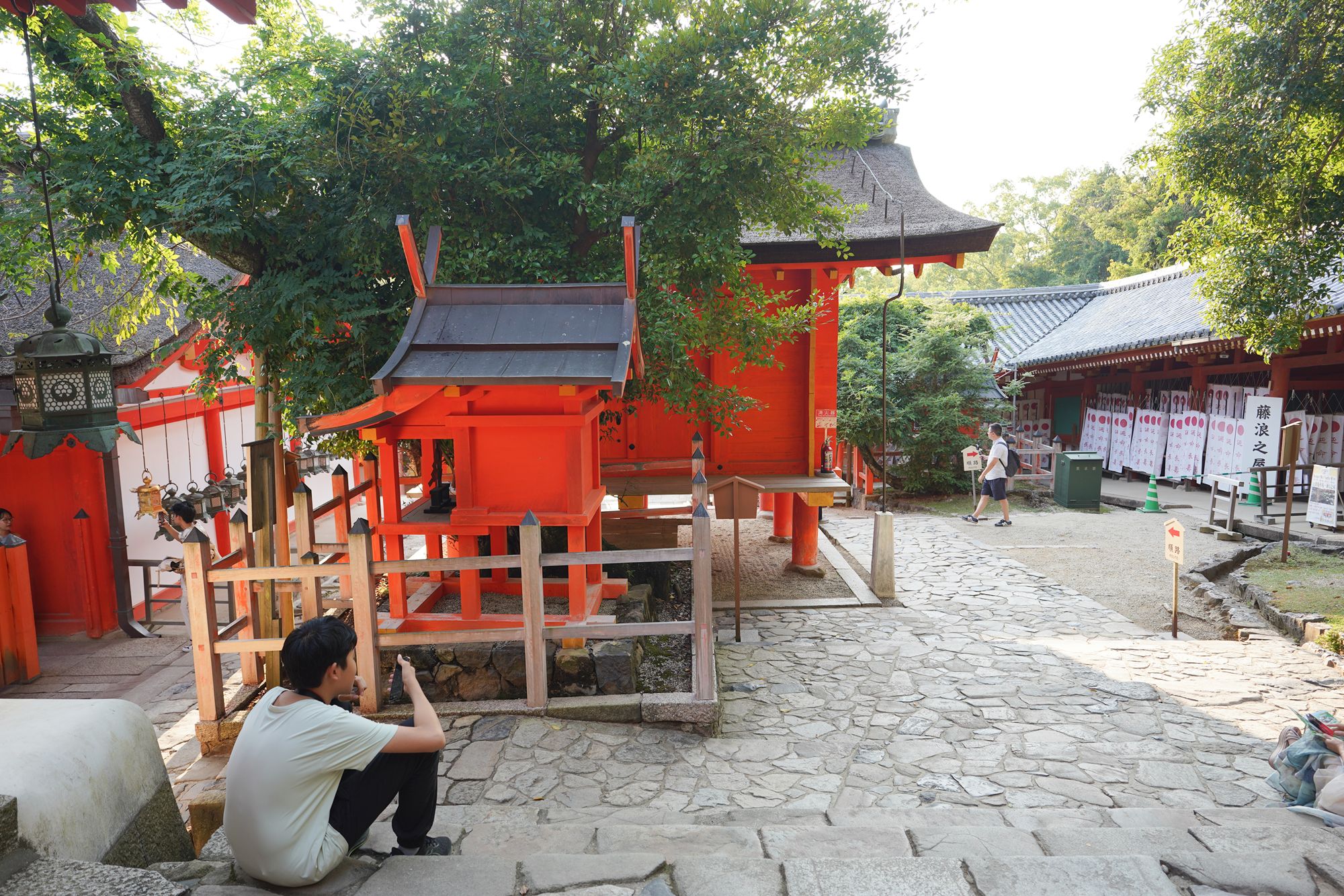
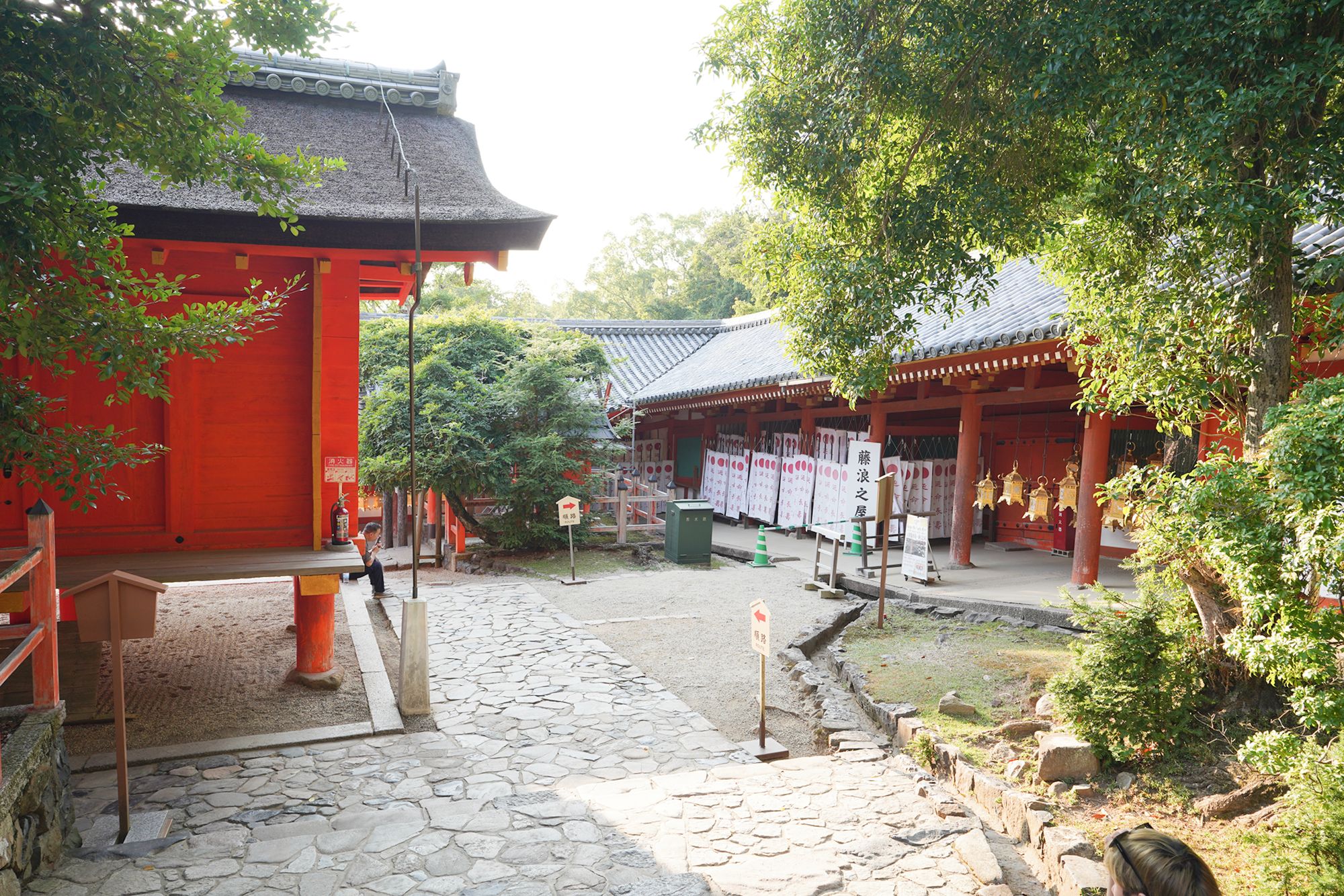
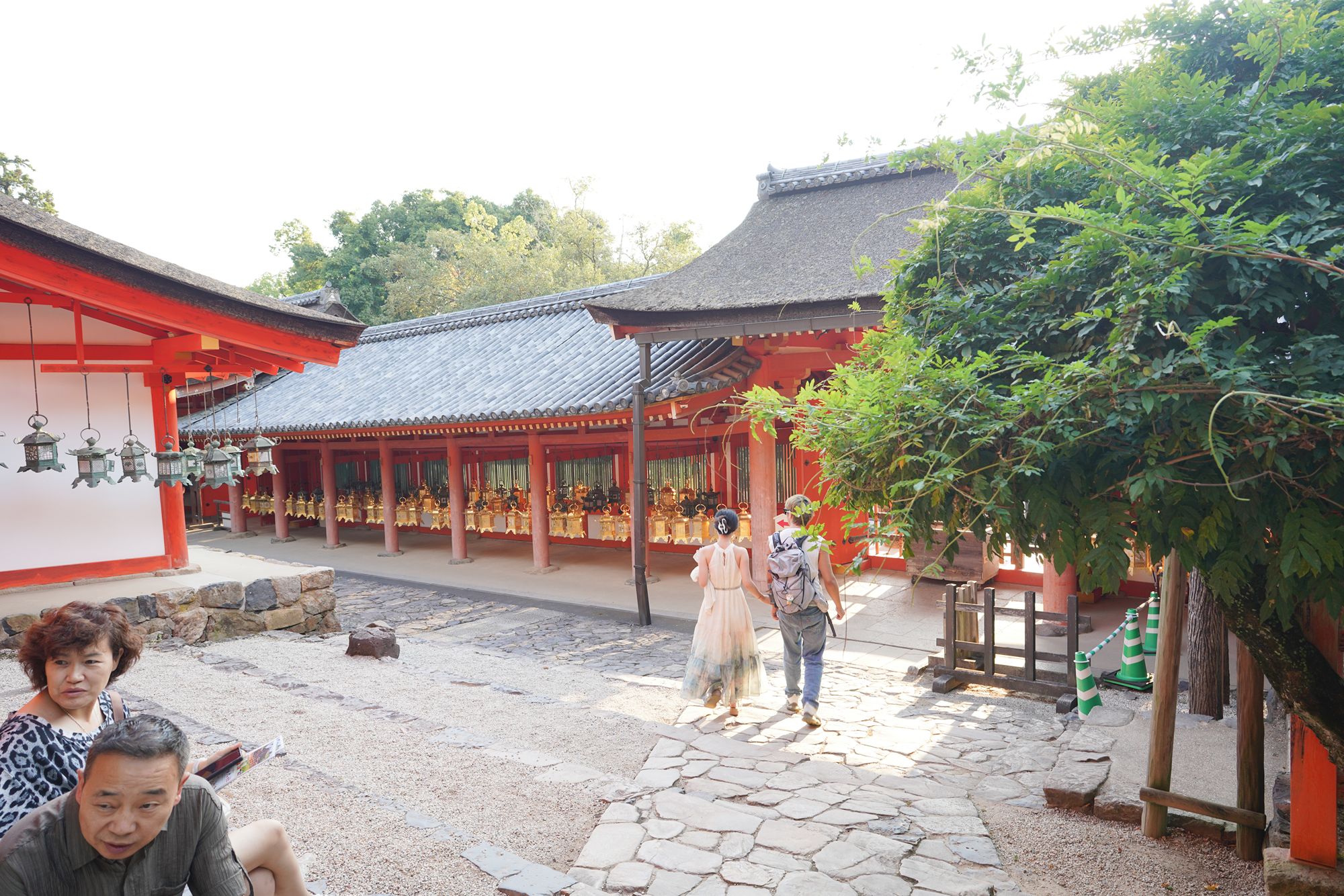
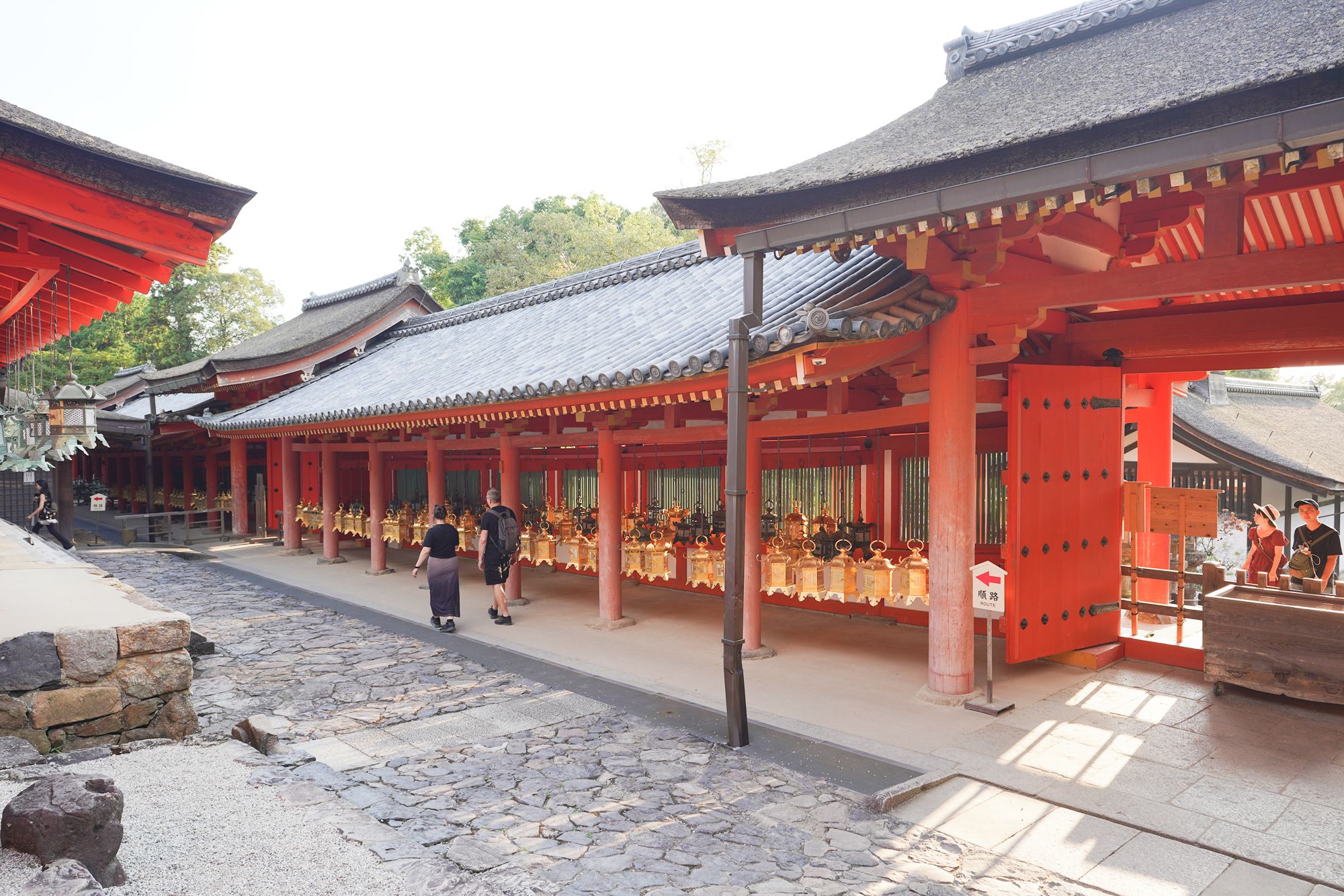
A smaller entrance near the main entrance
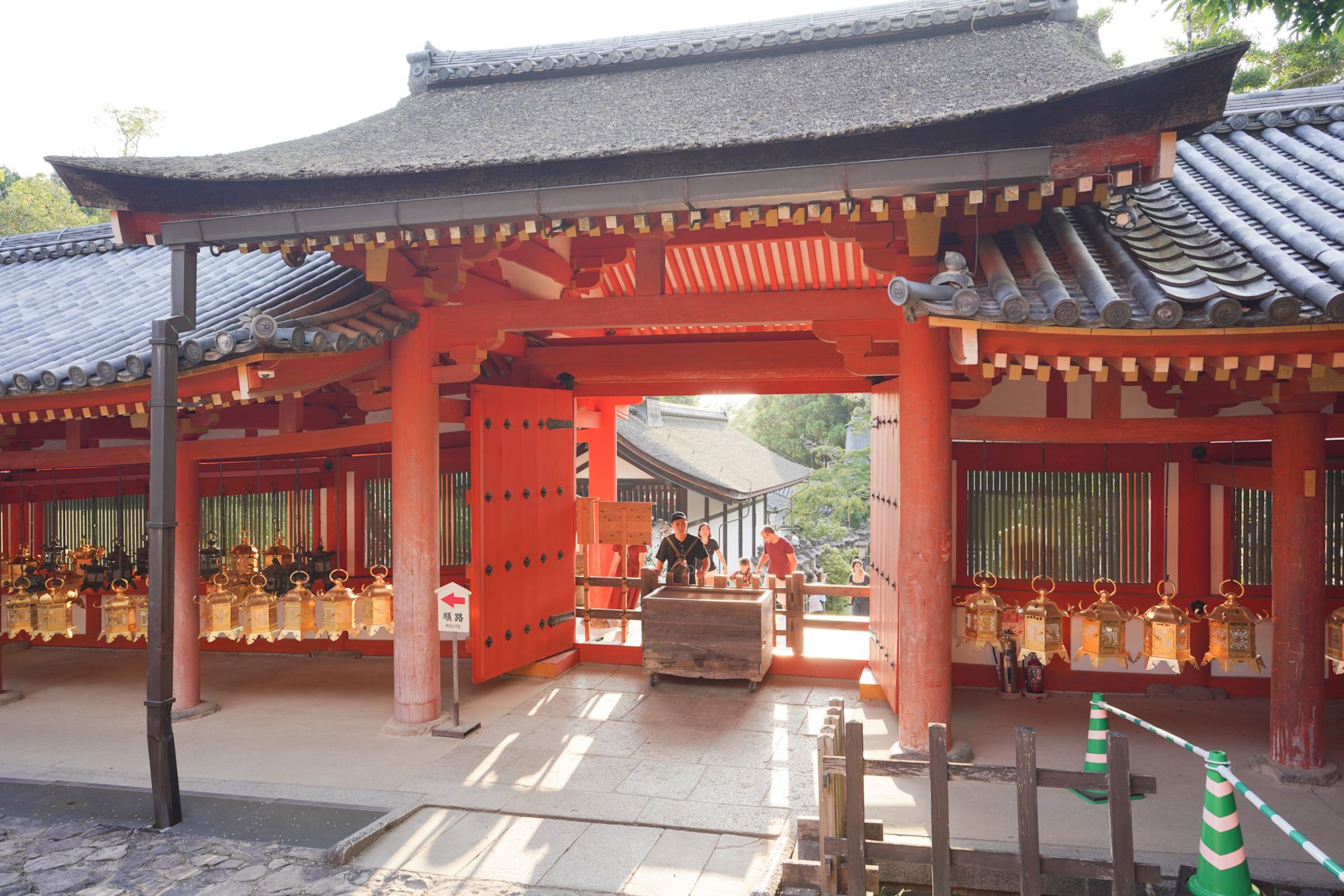
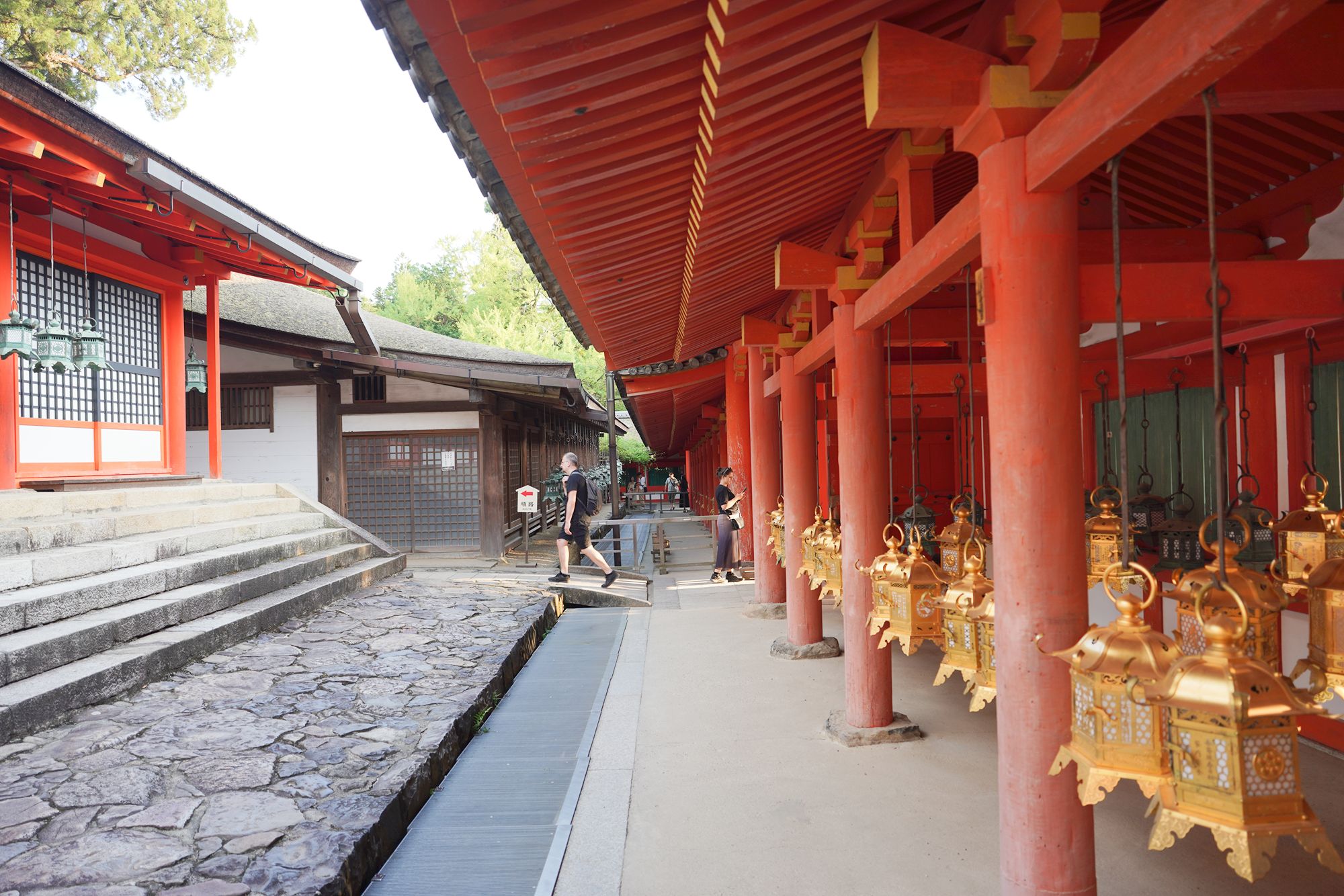
View of the temple from the left side
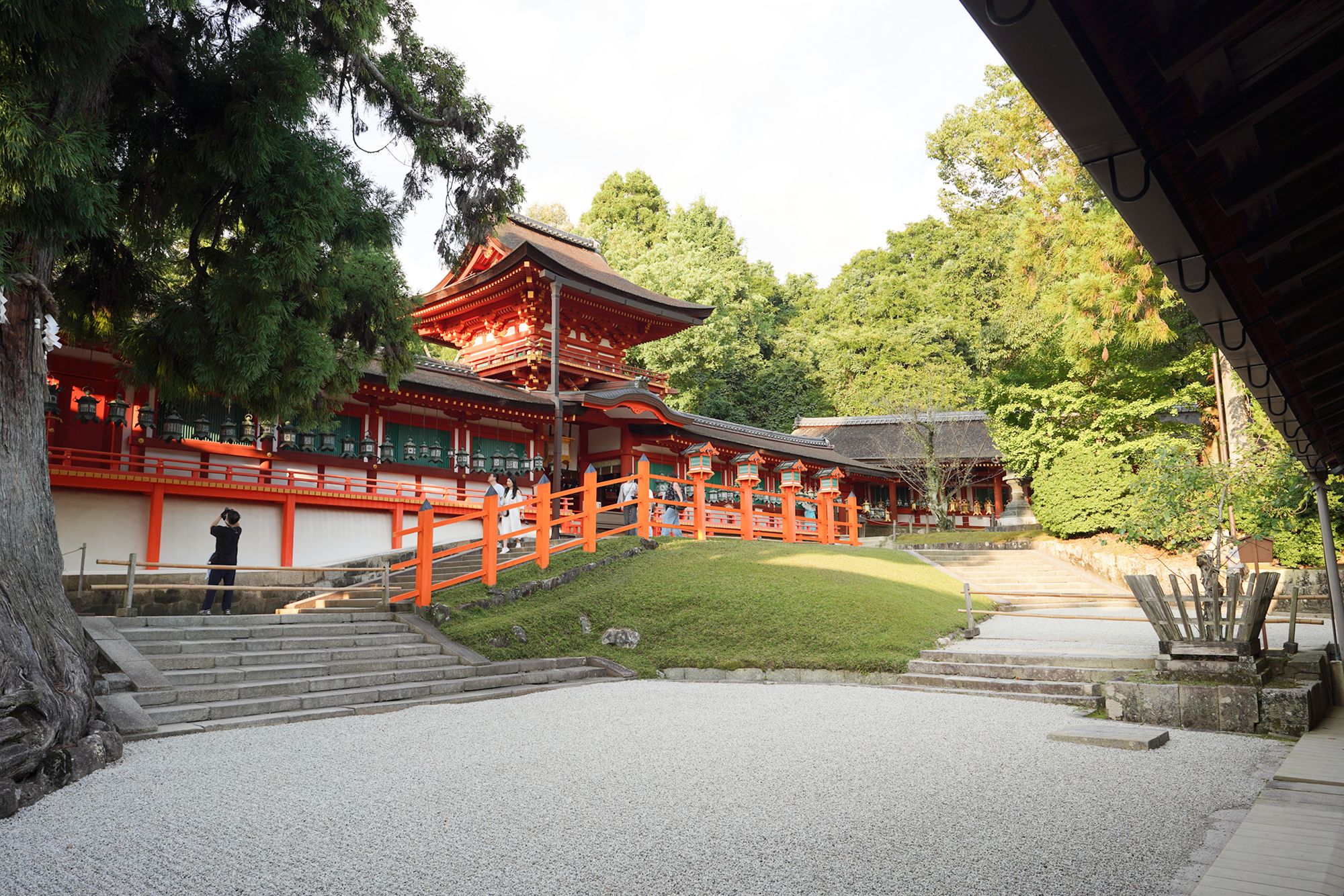
A gate on the left side of the temple served as my exit as I walked out through it.
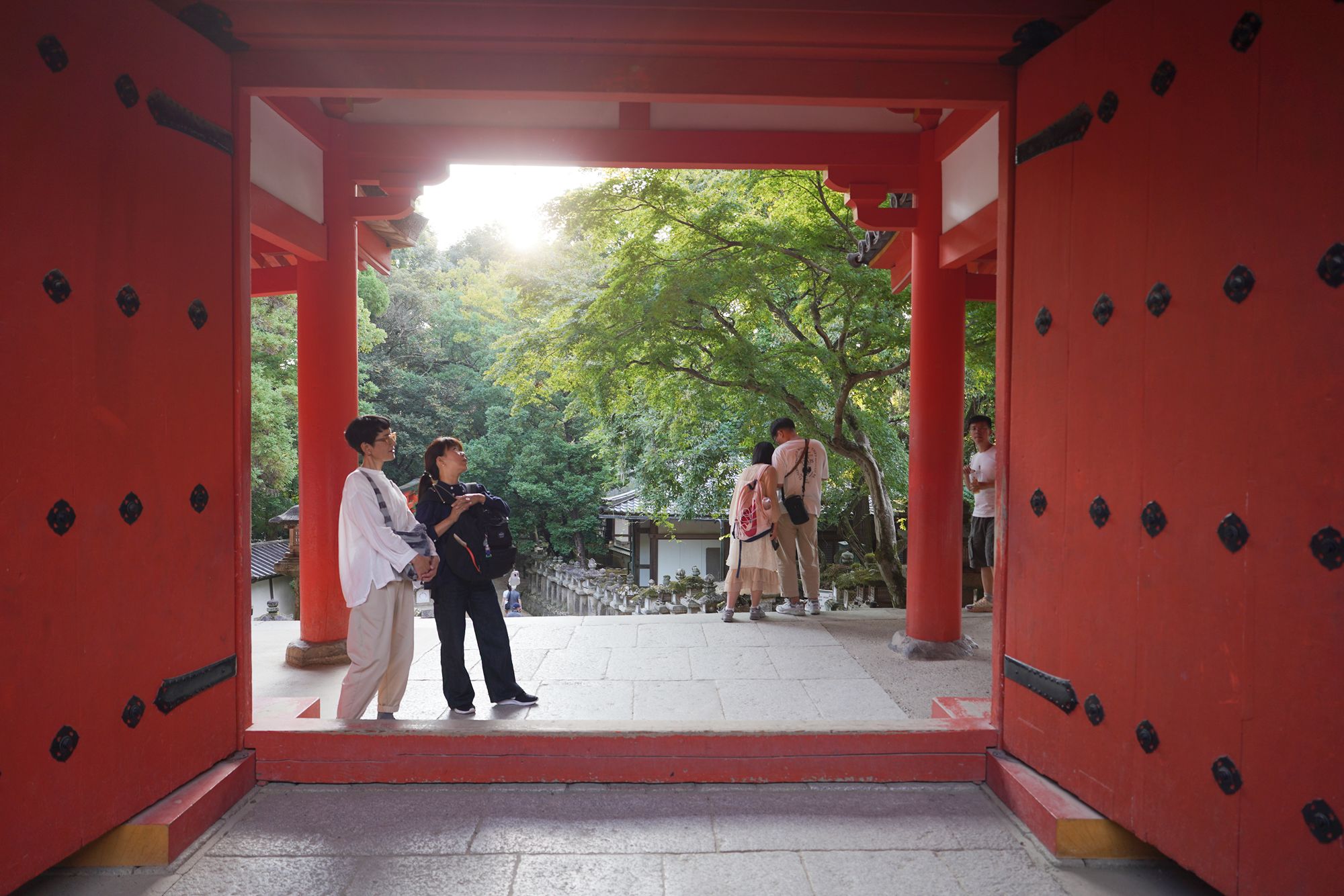
Beyond the gate lies a road leading out of the temple grounds.
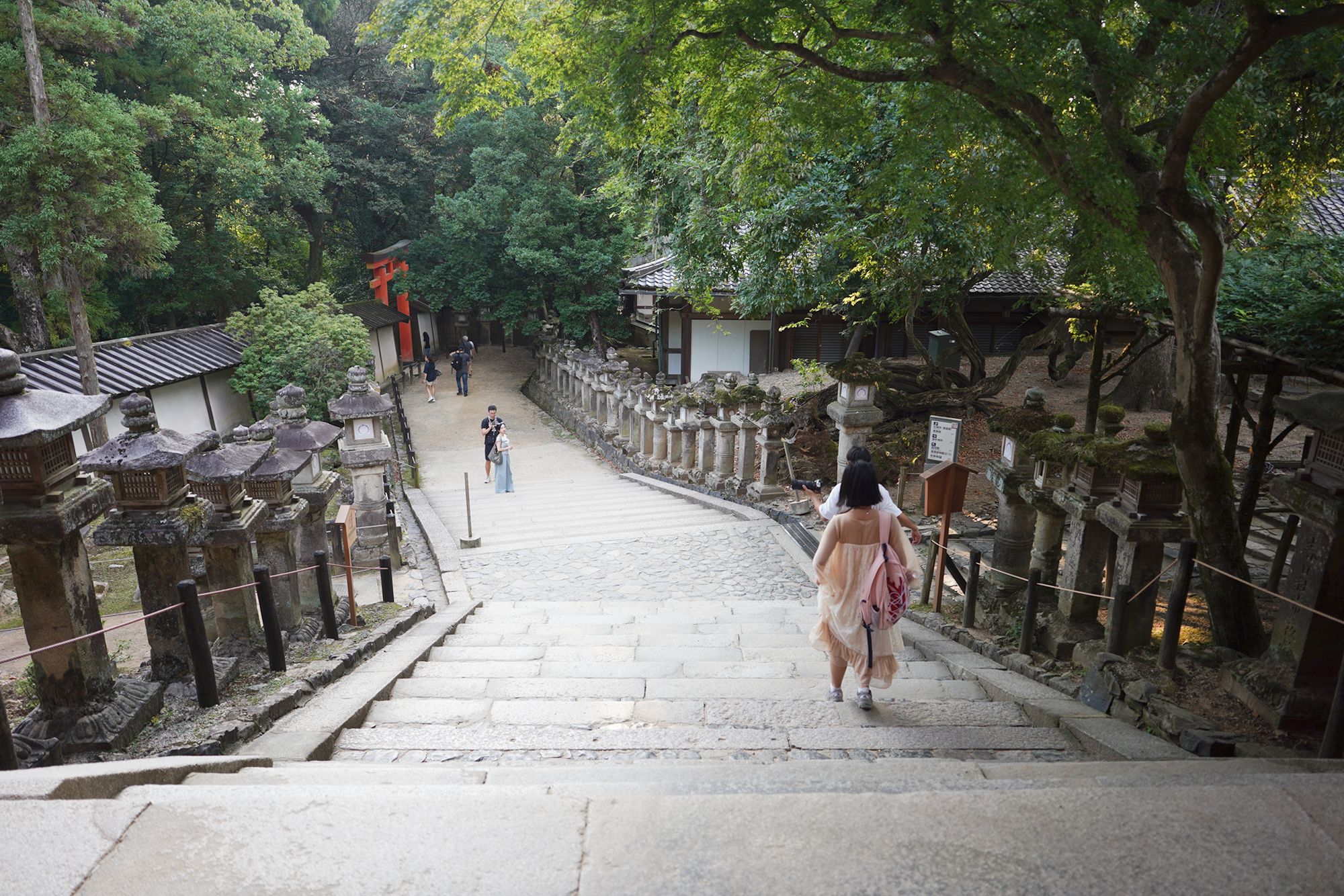
View of my right side
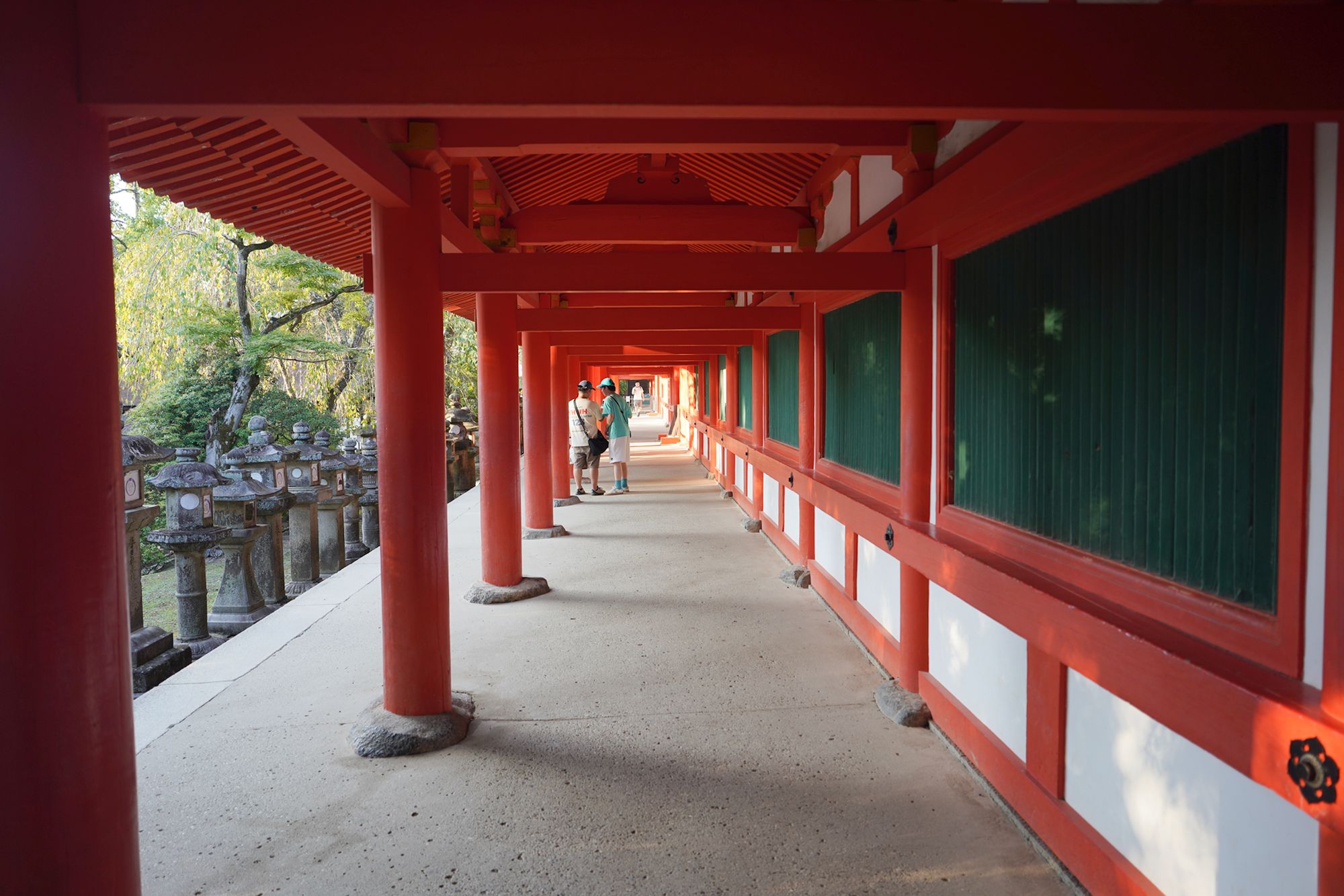
Outer temple structures
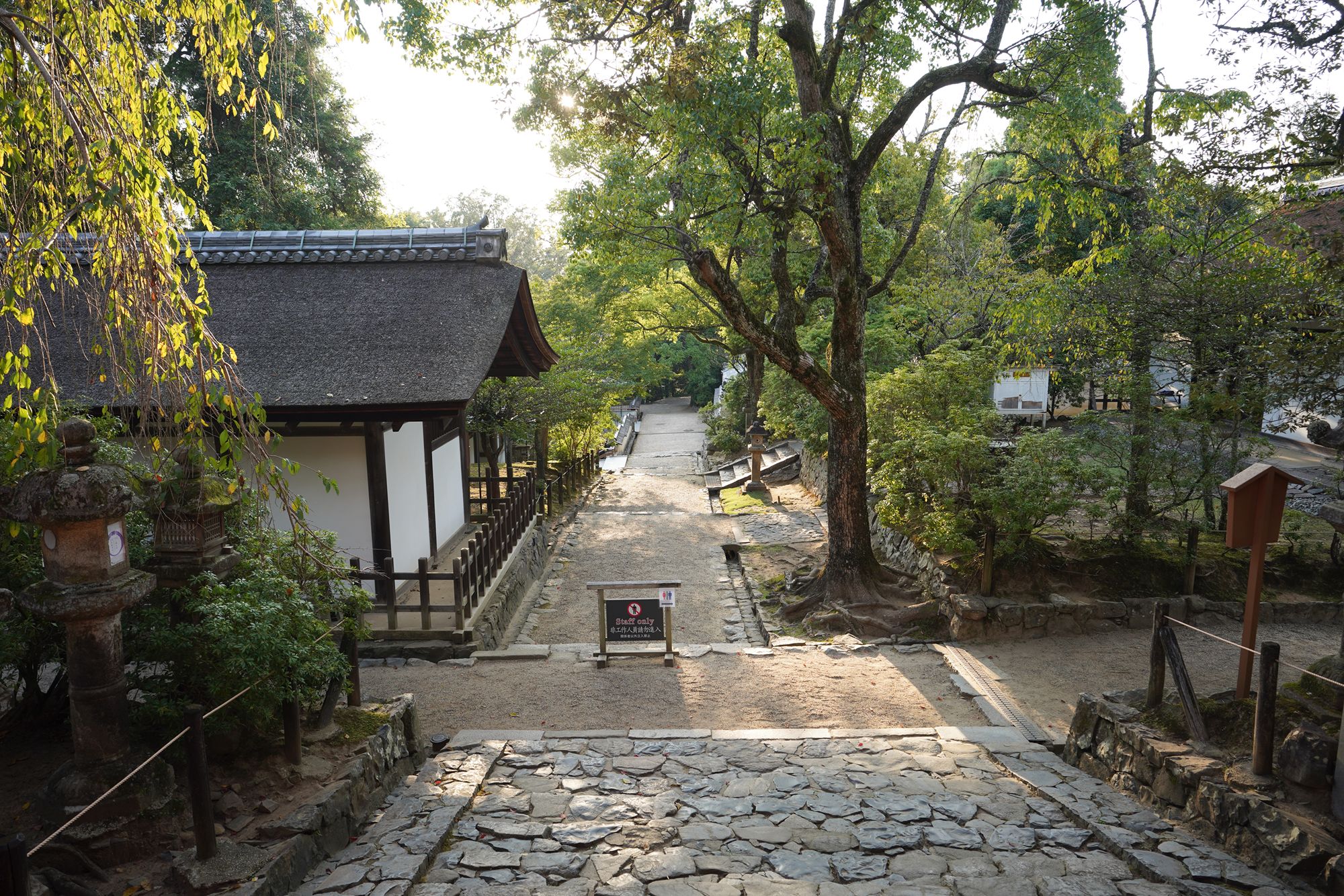
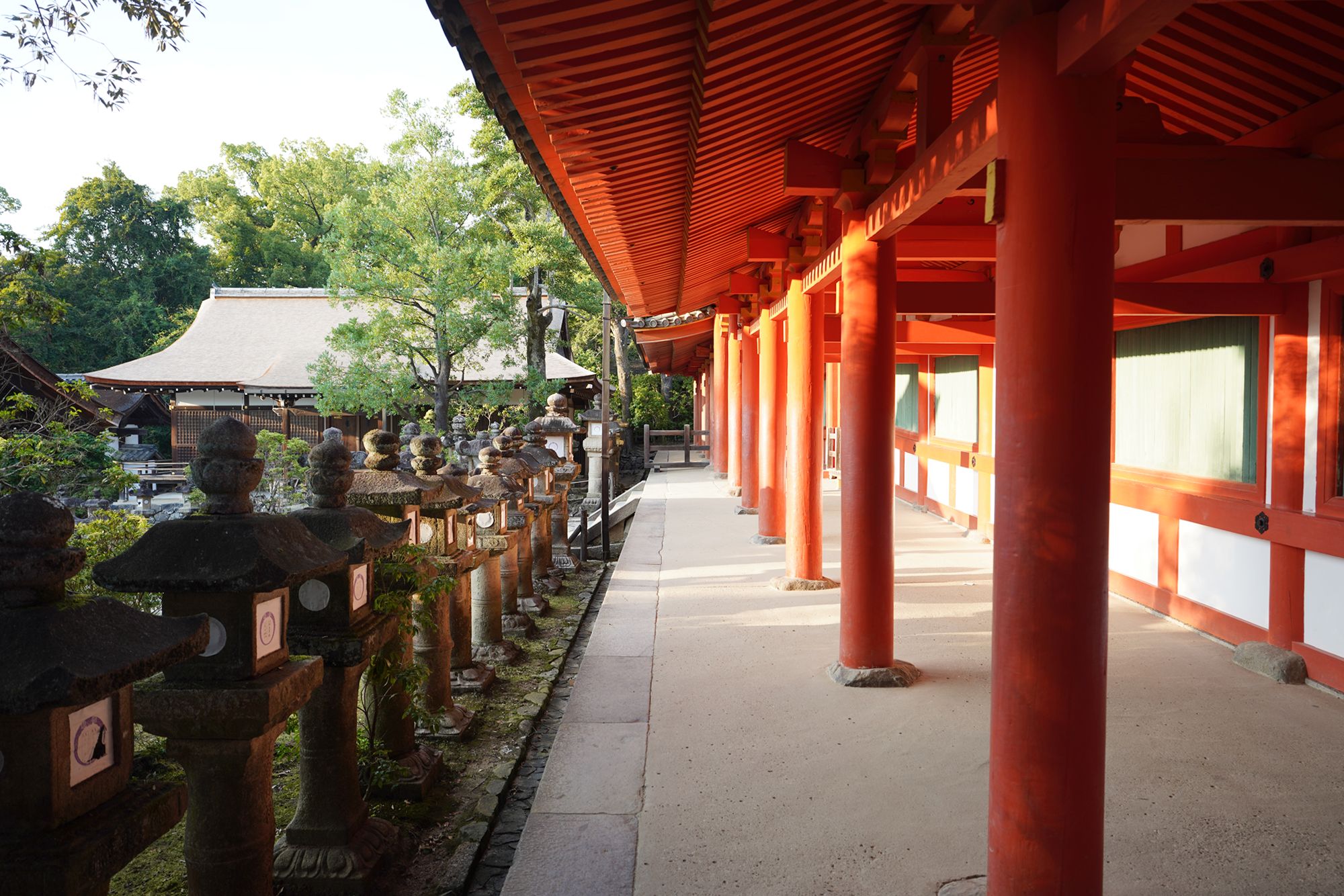
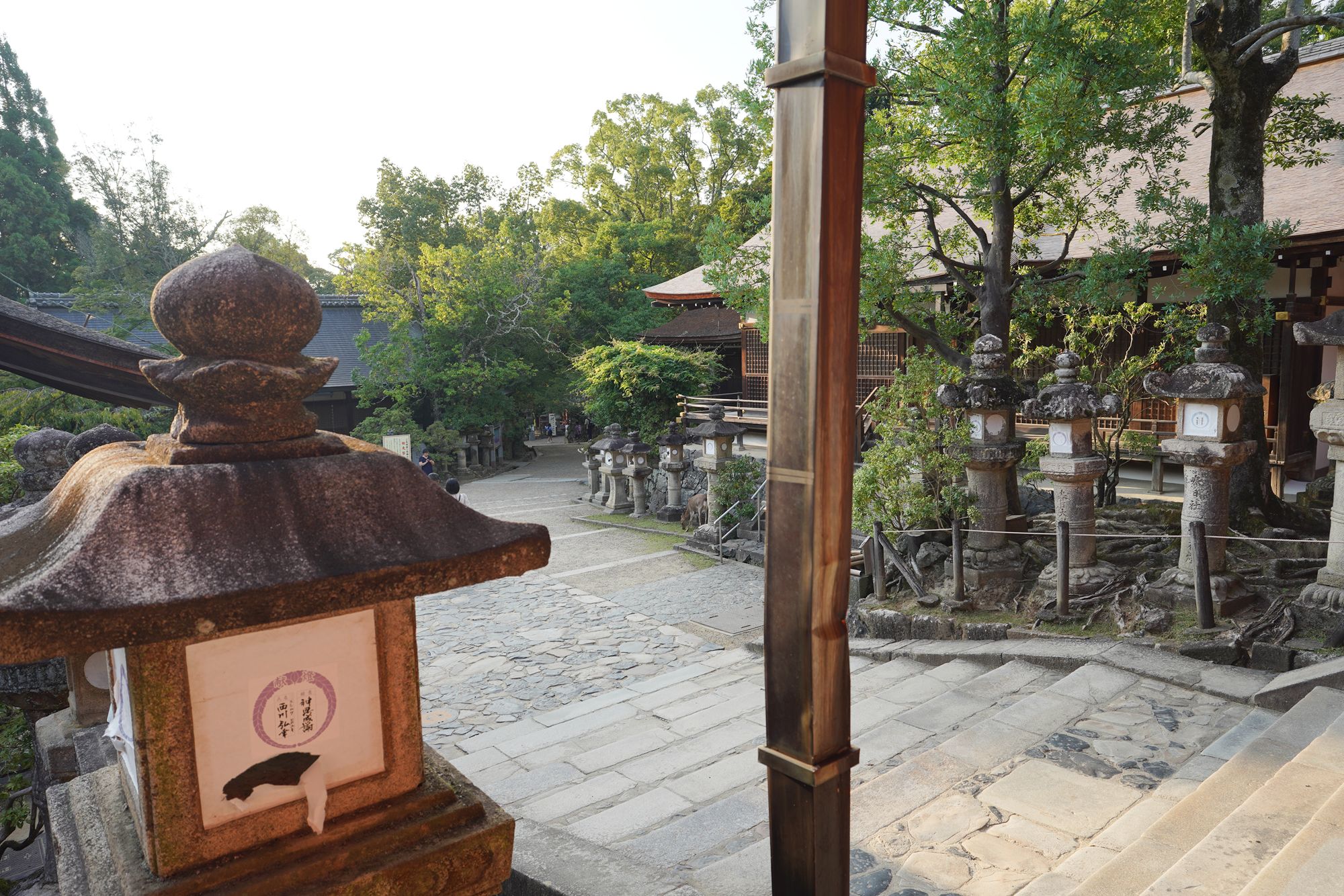

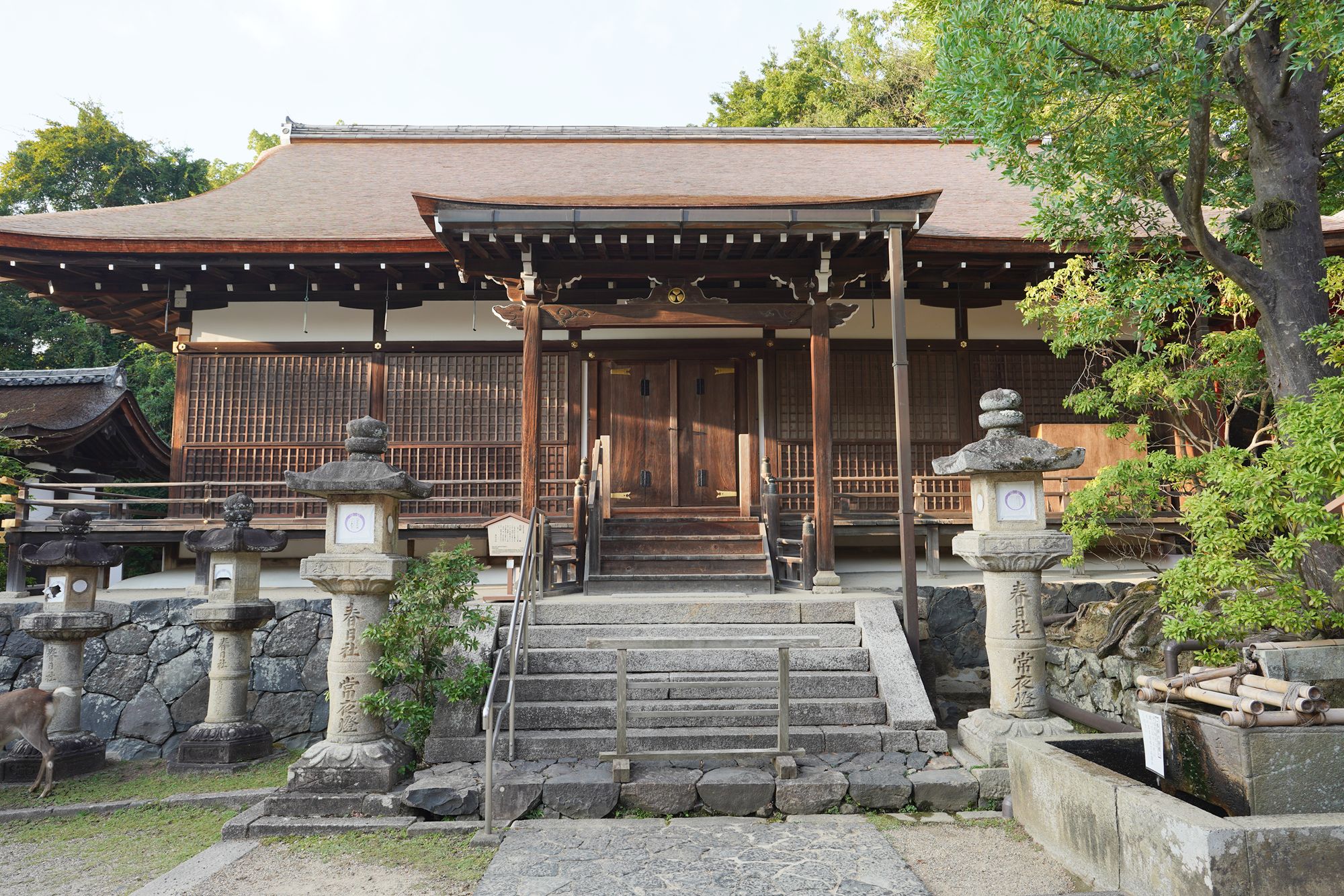
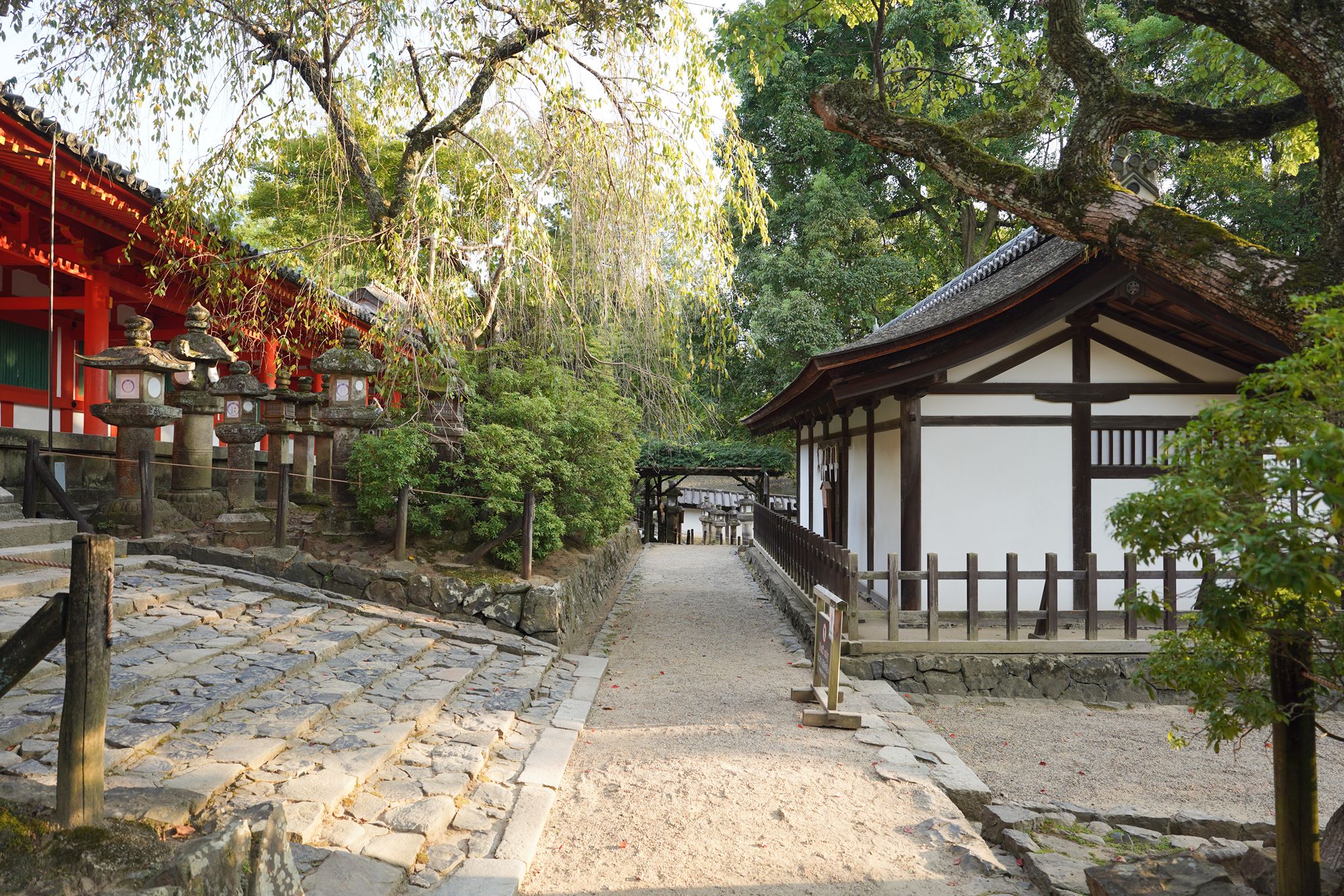
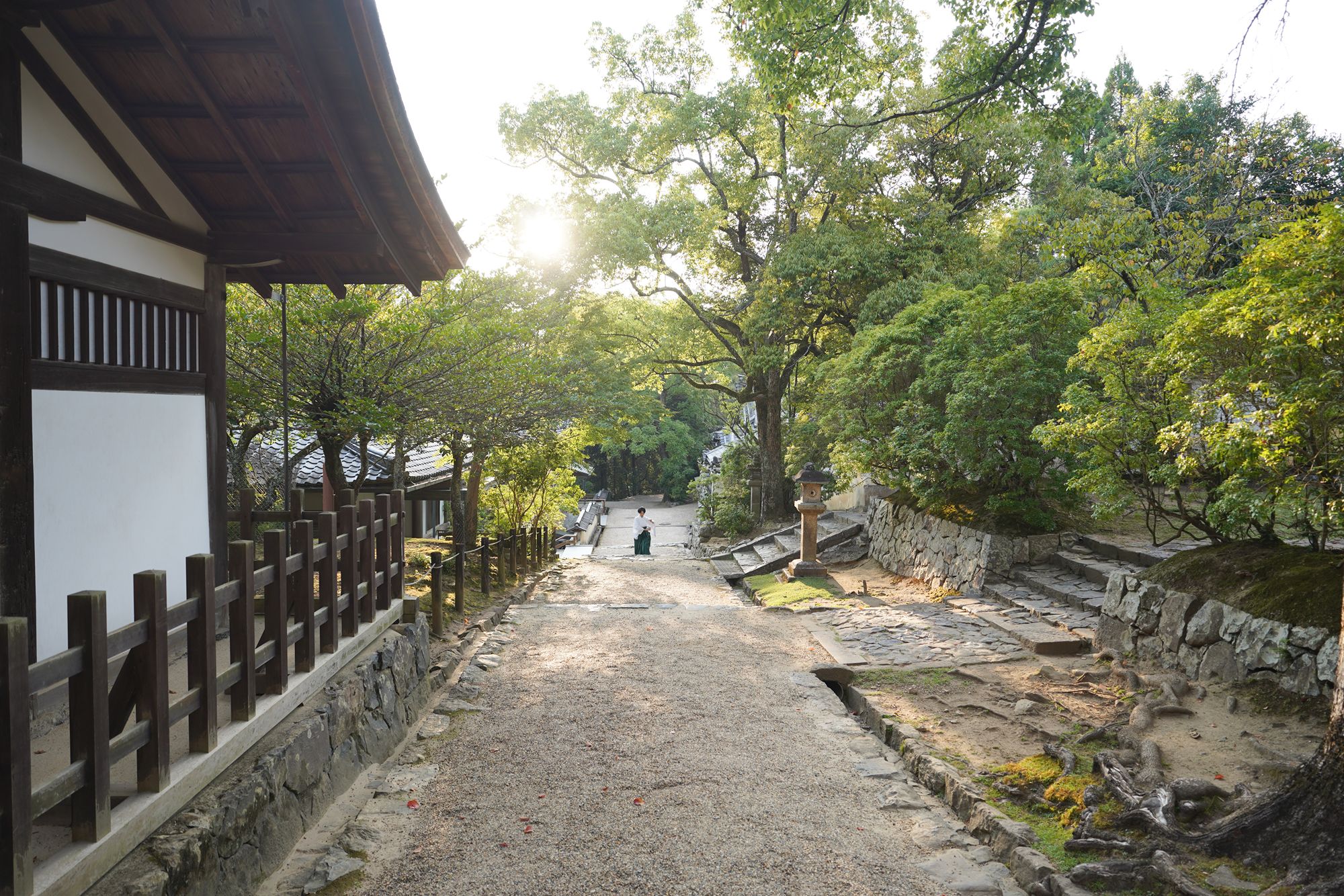
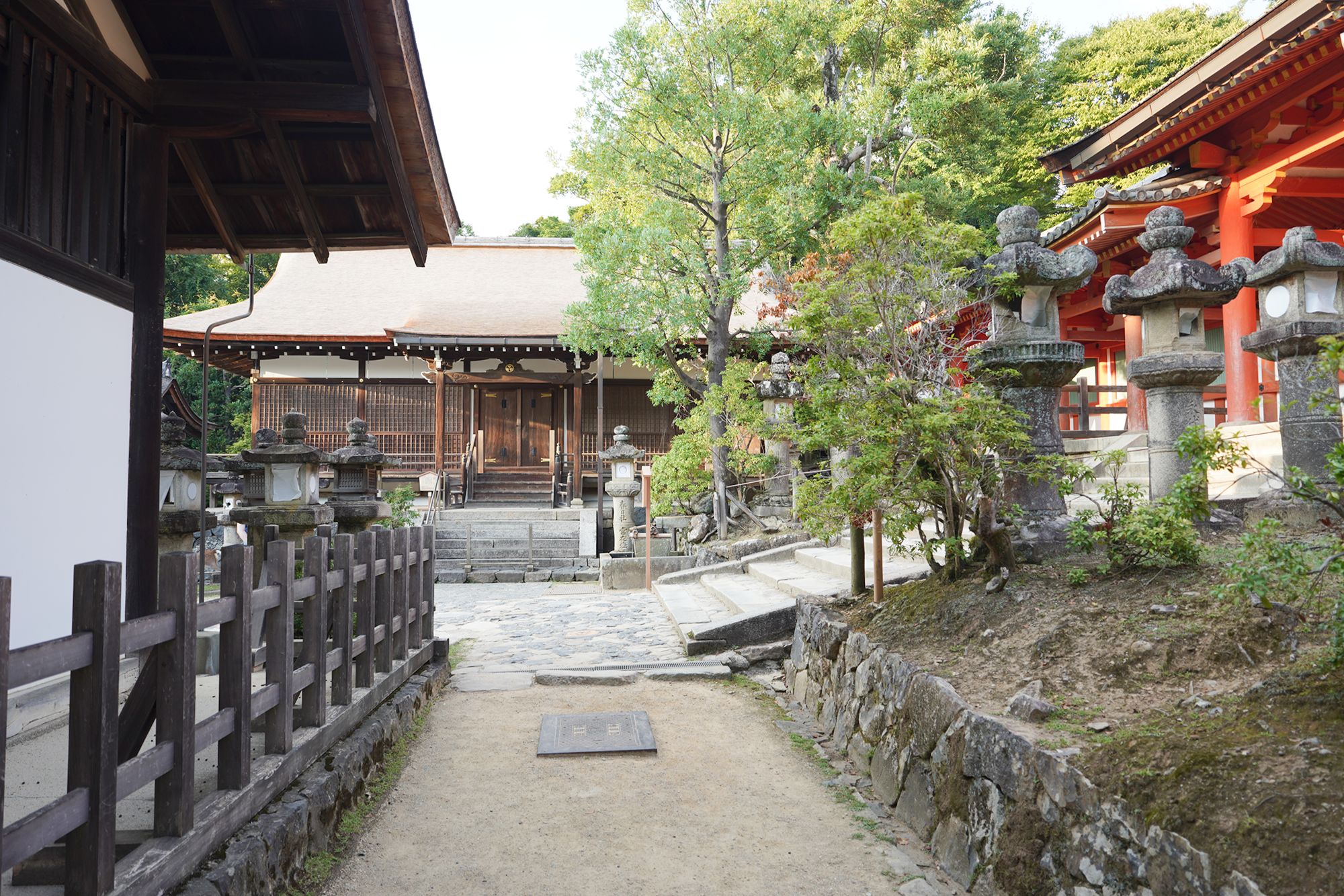
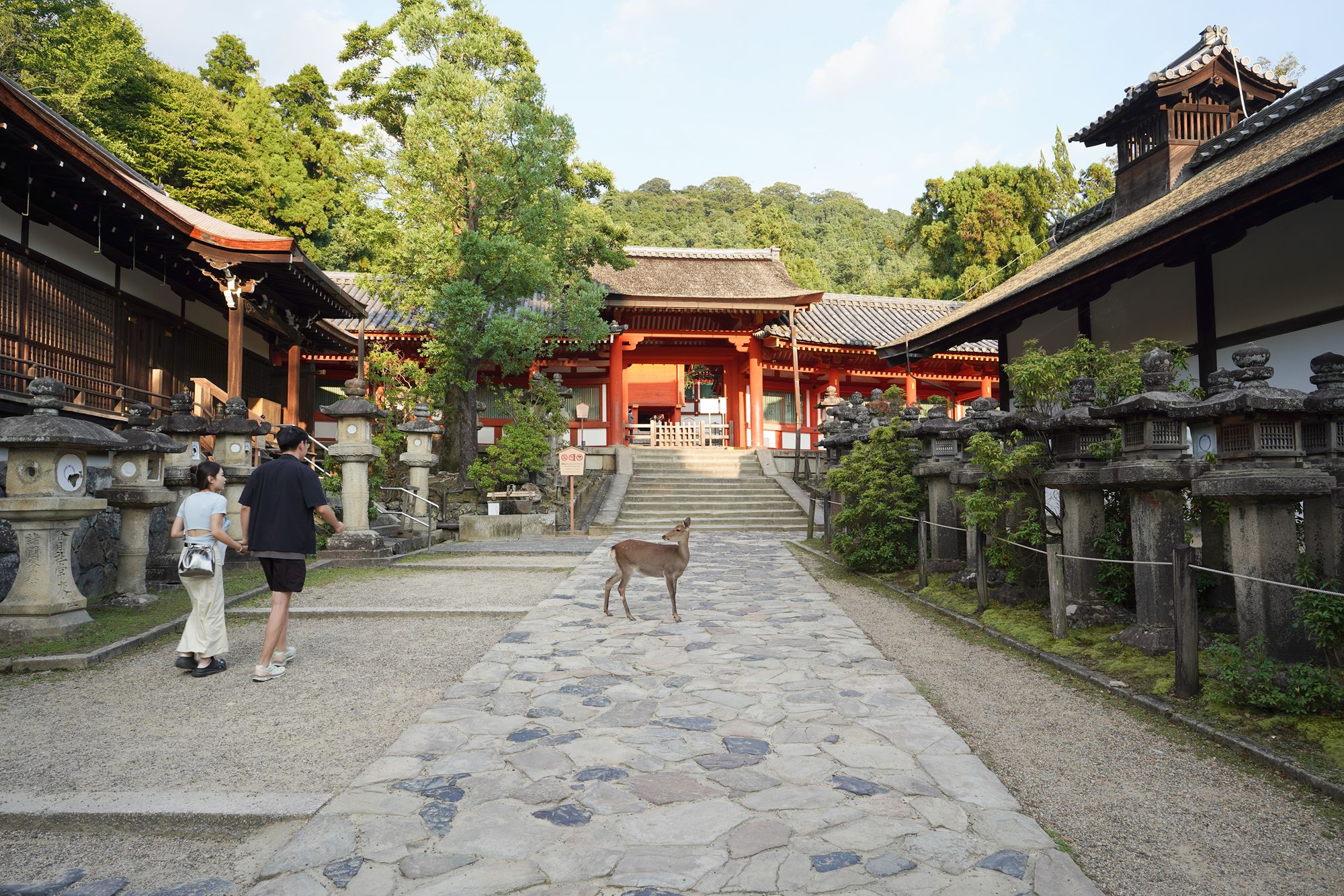
Left the temple
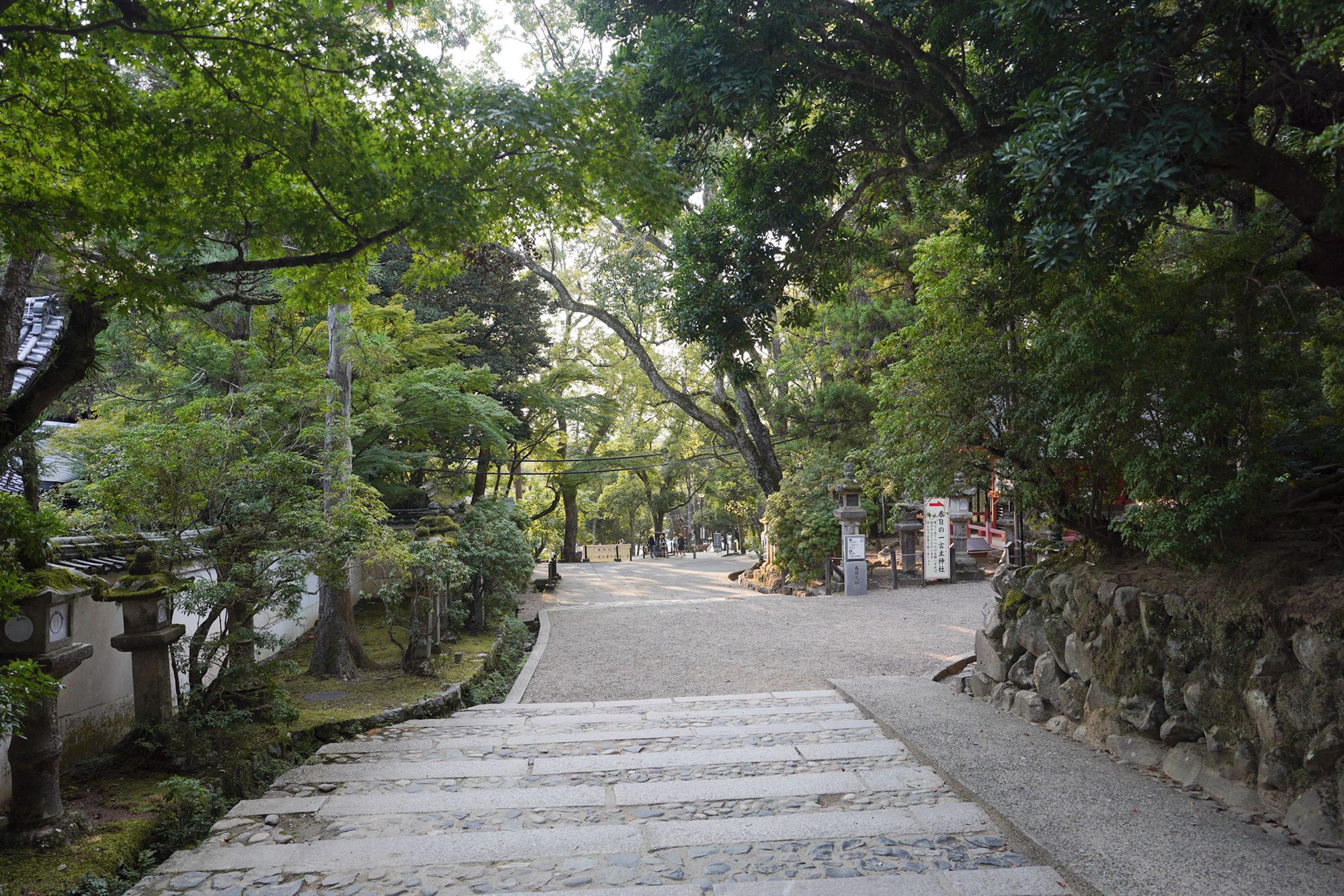
After the shrine, I rode a bus to the Naramachi district.
The Naramachi district (奈良町) in Nara is a historic area known for its well-preserved traditional Japanese townhouses (machiya) and its rich cultural heritage. Once a bustling merchant district, Naramachi offers visitors a glimpse into the daily life and architecture of the Edo period (1603–1868).
The district is famous for its machiya, traditional wooden townhouses that served as both residences and shops for merchants.
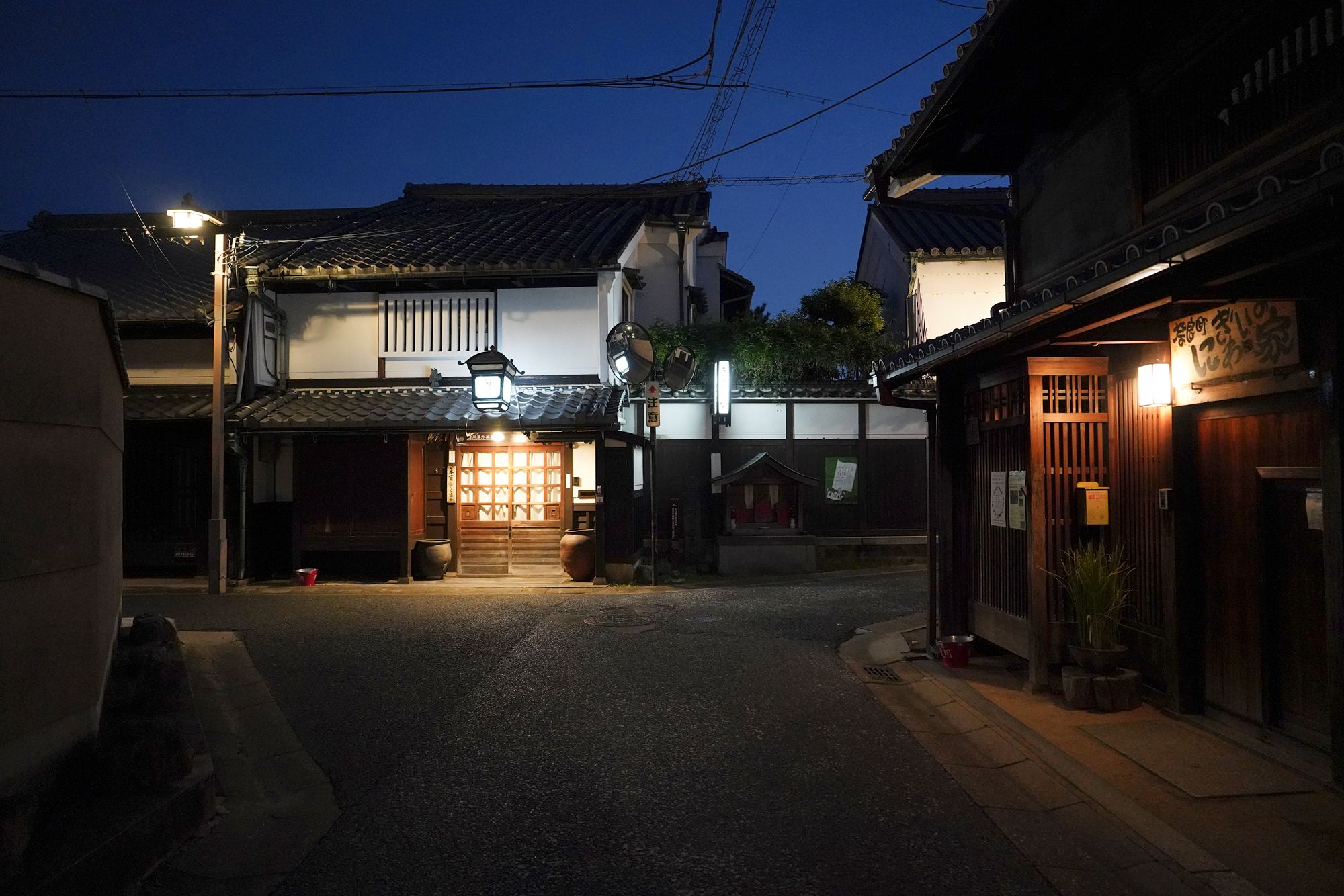
However, I was late and it was too dark to walk around, so I took pictures quickly and left the area.
